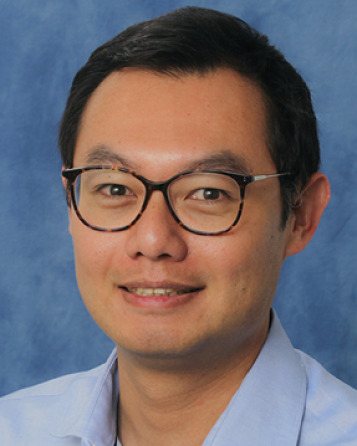Hold the Date
July 14-18: 87th Annual Meeting of the Meteoritical Society
×The 87th annual meeting of The Meteoritical Society will take place from July 14-18, 2025 at the Perth Convention and Exhibition Center (PCEC) in Perth, Western Australia.
More Information
Combination of Cosmic Processes Shapes the Size and Location of Sub-Neptunes
× 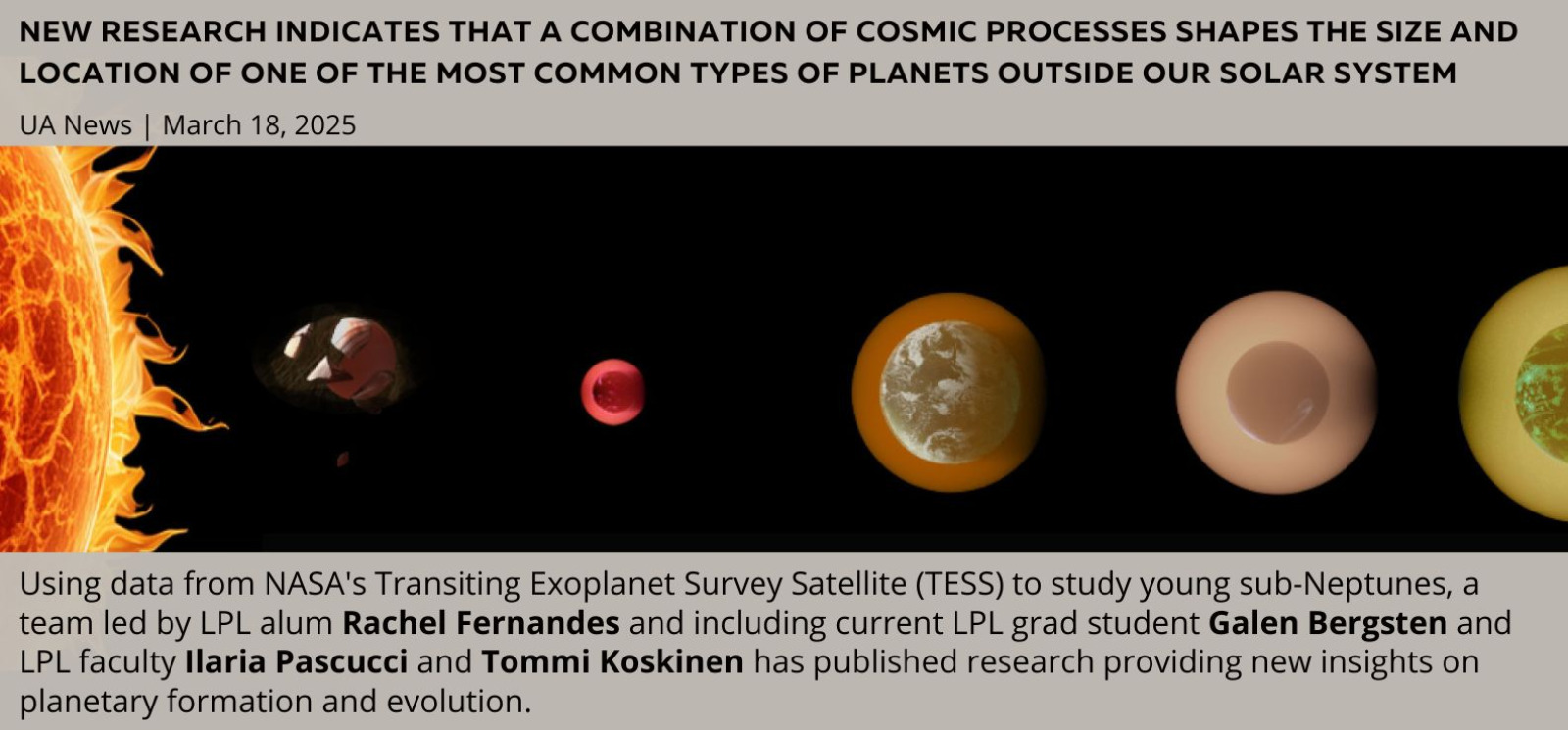
By Penn State Eberly College of Science Communications and Niranjana Rajalakshmi/University Communications - March 18, 2025
A combination of cosmic processes shapes the formation of one of the most common types of planets outside of our solar system, a new study finds.
The research team, which included University of Arizona planetary scientists, used data from NASA's Transiting Exoplanet Survey Satellite, or TESS, to study young sub-Neptunes – planets bigger than Earth but smaller than Neptune – that orbit close to their stars. The work provides insights into how these planets might migrate inward or lose their atmosphere during their early stages.
A paper describing the research was published Monday in the Astronomical Journal. The findings offer clues about the properties of sub-Neptunes and help address long-standing questions about their origins.
"The majority of the 5,500 or so exoplanets discovered to date have a very close orbit to their stars, closer than Mercury to our sun, which we call ‘close-in’ planets," said Rachel Fernandes, a U of A alumnus who led the research team and is now a President's Postdoctoral Fellow in the Department of Astronomy and Astrophysics at Penn State University. "Many of these are gaseous sub-Neptunes, a type of planet absent from our own solar system. While our gas giants like Jupiter and Saturn formed farther from the sun, it’s unclear how so many close-in sub-Neptunes managed to survive near their stars, where they are bombarded by intense stellar radiation."
The project began when Fernandes was a graduate student at the U of A Lunar and Planetary Laboratory.
"Our work provides one of the first glimpses into young planet populations, about which we haven't had a lot of insights so far," said study co-author Galen Bergsten, a graduate student at the U of A Lunar and Planetary Laboratory.
The research gives a peek into what was happening very early on for these planets, said Bergesten, who handled the statistics and modeling for the study.
To better understand how sub-Neptunes form and evolve, the researchers turned to planets around young stars, which only recently became observable thanks to TESS.
"Comparing the frequency of exoplanets of certain sizes around stars of different ages can tell us a lot about the processes that shape planet formation," Fernandes said. "If planets commonly form at specific sizes and locations, we should see a similar frequency of those sizes across different ages. If we don't, it suggests that certain processes are changing these planets over time."
Observing planets around young stars, however, has traditionally been difficult. Young stars emit bursts of intense radiation, rotate quickly and are highly active, creating high levels of "noise" that make it challenging to observe planets around them.
"These stellar tantrums cause a lot of noise in the data, so we spent the last six years developing a computational tool called Pterodactyls to see through that noise and actually detect young planets in TESS data," Fernandes said.
The research team used Pterodactyls to evaluate TESS data and identify planets with orbital periods of 12 days or less – for reference, much less than Mercury's 88-day orbit – with the goal of examining the planet sizes, as well as how the planets were shaped by the radiation from their host stars. Because the team's survey window was 27 days, the researchers were able to see two full orbits from potential planets. They focused on planets between a radius of 1.8 and 10 times the size of Earth, allowing the team to see if the frequency of sub-Neptunes is similar or different in young systems versus older systems previously observed with TESS and NASA's retired Kepler Space Telescope.
The researchers found that the frequency of close-in sub-Neptunes changes over time, with fewer sub-Neptunes around stars between 10 million and 100 million years of age compared to those between 100 million and 1 billion years of age. However, the frequency of close-in sub-Neptunes is much less in older, more stable systems.
"I found particularly striking that the occurrence rate wasn't uniformly high in the past. Instead, it started off lower, then increased, only to drop significantly when stars are billions of years in age – strongly suggesting that different physical processes shape planetary populations at different stages," said study co-author Ilaria Pascucci, a professor at the U of A Lunar and Planetary Laboratory.
It's possible that many sub-Neptunes originally formed farther away from their stars and slowly migrated inward over time, so we see more of them at this orbital period in the intermediate age. In later years, it's possible that planets are more commonly shrinking when radiation from the star essentially blows away its atmosphere, a process called atmospheric mass loss, that could explain the lower frequency of sub-Neptunes. But it's likely a combination of cosmic processes shaping these patterns over time rather than one dominant force, Fernandes said.
"Combining studies of individual planets with the population studies like we conducted here would give us a much better picture of planet formation around young stars," Fernandes said. "The more solar systems and planets we discover, the more we realize that our solar system isn't really the template; it’s an exception. Future missions might enable us to find smaller planets around young stars and give us a better picture of how planetary systems form and evolve with time, helping us better understand how our solar system, as we know it today, came to be."
Funding from NASA, Chile’s National Fund for Scientific and Technological Development, and the U.S. National Science Foundation supported this research. Additional support was provided by the Penn State Center for Exoplanets and Habitable Worlds and the Penn State Extraterrestrial Intelligence Center. Computations for this research were performed with Penn State University’s Institute for Computational and Data Sciences’ Roar supercomputer.
UA News - Combination of Cosmic Processes Shapes the Size and Location of Sub-Neptunes
Contact Information
1629 E University Blvd. Tucson, AZ 85721-0092
Main office: 520-621-6963
| Lastname, Firstname | Office(s) | Phone | Title |
|---|---|---|---|
| Abbate, Ash | Kuiper 353 | 520-621-6943 | Undergraduate Student Employee, Teaching Teams |
| Abdelmaksoud, Ganna she/her |
Sonnet, PIRL Lab | Undergraduate Student Employee | |
| Admissions, LPL | Kuiper 321 | 520-621-6954 | |
| Agarwal, Simran | Kuiper 220/222 | 520-621-3595 | Lab User, ASPERA |
| Aguilar, Roberto | Sonett 10F | PTYS Graduate Student | |
| Akers, Kris | Sonett 209 | 520-626-5403 | Research Engineering Technician |
| Alday, Javier he/him |
Kuiper 212 | Research Engineering Mechanical Technician | |
| Alevy, Elana she/her |
Kuiper 214 | PTYS Graduate Student, Research Technician | |
| Alley, Jonna | Kuiper 339C | 520-626-6546 | Research Development Administrator |
| Allu, Sai Gowtham he |
Kuiper 9 | Raman User | |
| Andrews-Hanna, Jeffrey | Kuiper 438 | 520-626-6528 | Professor |
| Apai, Dániel | Steward N208B | 520-621-6534 | Interim Associate Dean for Research, College of Science, Principal Investigator, Alien Earths, Professor |
| Arciniaga, Luis | Kuiper 19D | 520-621-1125 | Graduate Student Assistant, Raman Spectroscopy |
| Arora, Rahul | Kuiper 334 | PTYS Graduate Student | |
| Asphaug, Erik | Kuiper 424 | Professor | |
| Avalos, Andrew | Kuiper 243 | Undergraduate Student Employee | |
| Avsar, Arin | Kuiper 316 | 520-621-1485 | PTYS Graduate Student |
| Ayaz, Hamad he/him |
Kuiper 450A | Undergraduate Student Employee | |
| Baijal, Namya | Kuiper 316 | 520-626-6448 | PTYS Graduate Student |
| Bailey, Hop | Sonett 208 | 520-626-0753, 520-270-0532 | Program Manager, UA Space Institute |
| Baird, Mitchell | Kuiper 531 | Undergraduate Student Employee | |
| Bajaj, Naman | Kuiper 324 | 520-626-6727 | PTYS Graduate Student |
| Baker, Victor | Kuiper 409B, HAR 246A | 520-405-8976 | Regents Professor |
| Ballester, Gilda | Sonett 135 | 520-621-4305, 520-743-3538 | Research Professor (Retired) |
| Bardabelias, Nicole she/her |
Sonett 212 | 520-626-3856 | Science Operations Engineer, HiRISE |
| Barman, Travis | Kuiper 436 | 520-621-6940 | Professor |
| Barnes, Jessica She/Her |
Kuiper 540 | Associate Professor | |
| Battle, Adam he/him/his |
Kuiper 245 | R&D Software Engineer, SPACE 4 Center | |
| Baugh, Nicole | Sonett 210 | 520-626-0342, 520-836-2278 | Uplink Operations Lead, HiRISE |
| Becker, Kris | Kuiper 429H | 520-626-1634 | Senior Data Analyst, OSIRIS-REx |
| Benner, Maizey she/they |
Kuiper 318 | 520-626-5520 | PTYS Graduate Student |
| Bennett, Carina | Kuiper 533 | 520-626-3126 | Project Manager and Software Engineer, SAMIS |
| Bergsten, Galen | Kuiper 324 | 520-626-3814 | PTYS Graduate Student |
| Bernal, Jacob | Kuiper 216 | 520-626-3906 | DCC Postdoctoral Research Associate (Zega), NSF Postdoctoral Fellow |
| Beuden, Tracie she/her |
Kuiper 509J | 520-621-6899 | Survey Operations Specialist, Catalina Sky Survey |
| Bhat, Vinyas he/him |
Kuiper 243 | Undergraduate Student Employee | |
| Blanchard, Sarina she/her |
Kuiper 220-222 | Undergraduate Student Employee | |
| Bliss, Graham he/him |
Kuiper 353 | 520-621-6943 | Undergraduate Student Employee, Teaching Teams |
| Bloch, Elias | Kuiper 19F | 520-626-6944 | Researcher/Scientist |
| Block, Kristin she/her |
Offsite, Silicon Valley | 520-626-6586, 312-772-2352 | Principal Science Operations Engineer, HiRISE |
| Bloomenthal, H. Philip he / him |
Kuiper 219 | 520-621-1864 | System Administrator |
| Blum, Denise | Kuiper 427 | 520-626-1985 | Business Manager, OSIRIS-REx |
| Bolton, Marsha | Kuiper 339C | 520-626-6550 | Grant and Contract Administrator |
| Booher, Dean | 520-626-1314 | Engineer, Mission Assurance, NEOS | |
| Boynton, William | Drake 104Q | 520-621-6941, 520-299-1147 | Professor Emeritus |
| Bray, Veronica She/Her |
Sonett 214 | 520-626-1967 | Associate Research Professor |
| Brenton, Amy | Kuiper 321 | 520-621-6954 | Academic Advisor |
| Bressi, Terrence | Kuiper 223 | 520-621-2876 | Engineer/Observer, Spacewatch |
| Briggs, Ian | Kuiper 11 | FIB-SEM User | |
| Brown, Robert | Professor Emeritus | ||
| Brown, Zarah she/her |
Kuiper 239 | 520-621-2127 | Postdoctoral Research Associate |
| Brucker, Melissa she/her |
Kuiper 217 | 520-621-1039 | Principal Investigator, Spacewatch, Research Scientist |
| Byrne, Shane He/Him |
Kuiper 524 | 520-626-0407 | Professor |
| Campbell, Catherine | Kuiper 9 | Raman User | |
| Campbell, Tanner | Kuiper 243 | 520-621-2692 | |
| Campos, Fabian he/him |
Sonett 215 | Undergraduate Student Employee | |
| Cantillo, David | Kuiper 338 | 520-621-6960 | PTYS Graduate Student |
| Cantin, Chad he/him/his |
Kuiper 450 | Research Data Support Specialist | |
| Carr, Brett he/him/his |
Offsite | Researcher/Scientist | |
| Carter, Lynn she/her |
Kuiper 533A | 520-626-1993 | Associate Department Head, Professor, University Distinguished Scholar |
| Carvajal, Vivian she/her |
Kuiper 509J | 520-621-6899 | Survey Operations Specialist, Catalina Sky Survey |
| Castro, Daniel | Graduate PTYS Minor | ||
| Chandra, Rishi | Kuiper 338 | 520-626-6509 | PTYS Graduate Student |
| Chang, Yao-Jen (Jerry) | Kuiper 19A | 520-621-2974 | Research Scientist/Assistant Staff Scientist, TEM and SEM Lab Manager |
| Chaves, Laura she/her/hers |
Kuiper 509M | Postdoctoral Research Associate | |
| Chiang, Shang-Tung | Kuiper 11 | FIB-SEM User | |
| Choi, Heejoo | Kuiper 220/222 | 520-621-3595 | Lab User, ASPERA |
| Chojnacki, Matthew | DCC Associate Research (McEwen) | ||
| Christensen, Maddy | Kuiper 351 | PTYS Graduate Student | |
| Christoffersen, Michael | Research Technologist | ||
| Chung, Haeun | Kuiper 220/222 | 520-621-3595 | Lab User, ASPERA |
| Clark, Sophie | Kuiper 351 | PTYS Graduate Student | |
| Coe, Michelle she/her |
Kuiper 349 | 520-621-8556 | Program Manager, Arizona Space Grant Consortium |
| Connolly, Harold | DCC Visiting Research Scientist (Lauretta) | ||
| Cook, Claire she/her |
Kuiper 332 | 520-621-1611 | PTYS Graduate Student |
| Cooper, Avery they/them |
Sonett | Undergraduate Student Employee, HiRISE | |
| Cooper, Chase he/him/his |
Kuiper 417 | Undergraduate Student Employee | |
| Corliss, Jason | Kuiper 229 | 520-621-6956 | Research Scientist/Senior Staff Scientist |
| Cornish, Eleanor | Kuiper 417 | Space Grant Intern | |
| Cox, Olivia | Undergraduate Student Employee | ||
| Crossley, Samuel he/him |
Kuiper 249 | 520-621-8259 | Researcher/Scientist |
| d'Aubigny, Christian | Drake 113 | 520-621-4076 | DCC Deputy Instrument Scientist, OCAMS (Byrne) |
| Daluisio, Franco | Kuiper 11 | FIB-SEM User | |
| Daniel, Michael | Sonett 10C | PTYS Graduate Student | |
| Danley, Matt | Kuiper 11 | FIB-SEM User | |
| Das, Heerok | Kuiper 229 | Undergraduate Space Grant Intern | |
| Davidson, Glinda | Kuiper 345 | 520-621-4155 | Manager, Grants-Contracts |
| Dean, David | Kuiper 542 | 520-626-2712 | Systems Programmer, Principal |
| DellaGiustina, Dani Mendoza she/her |
Kuiper 526 | 520-626-3493 | Assistant Professor, Deputy Principal Investigator, OSIRIS-REx, Principal Investigator, OSIRIS-APEX |
| Deng, Dingshan | Kuiper 334 | 520-626-5641 | PTYS Graduate Student |
| Dickenshied, Scott | DCC Visiting Research Assistant (Nolan) | ||
| Dickinson, Cameron | DCC Visiting Scientist (Nolan) | ||
| DiPasquale, Paul | Kuiper 9 | Raman User | |
| Domanik, Kenneth | Kuiper 023 | 520-621-2959 | Manager, Electron Microprobe Lab |
| Doose, Lyn he/him |
520-885-2516 | Senior Research Associate (Retired) | |
| Drimalas, Manolis he/him/his |
Kuiper 509E | UA Employee, Non-LPL | |
| Duhamel, Solange | Life Sciences 354 | 520-621-6057 | Associate Professor |
| Edmeades, David he/him |
Sonett 102C | 520-621-2197 | Systems Administrator, PIRL/HiRISE |
| Edmundson, Kenneth | DCC Associate Research (Lauretta) | ||
| Edwards, Hannah | Kuiper 353 | 520-621-3991 | Instructional Specialist Coordinator |
| Elalaoui-Pinedo, Dora | Sonett 207 | Undergraduate Space Grant Intern | |
| Elliott, Emma | Kuiper 450A | Undergraduate Student Employee | |
| Espinoza, Ari | Sonett 101 | 520-626-7432, 520-818-4933 | Outreach Coordinator, HiRISE |
| Fay, Don | Kuiper 509F | 520-621-7210 | R&D Systems Engineer, Catalina Sky Survey |
| Fazekas, Jacqueline | Kuiper 509J | 520-621-6899 | Research Technologist, Catalina Sky Survey |
| Feller, Sophia | Kuiper 243 | Research Technologist, Space 4 Center | |
| Fennema, Gregory | Sonett 102A | 520-626-5435 | Research Technician |
| Fennema, Audrie | Sonett 213 | 520-626-0756 | Engineer, Satellite Payload Operations, HiRISE |
| Ferro, Tony | Kuiper 429C, Drake 107F | System Administrator, OSIRIS-REx/SPOC | |
| Figueroa, Kari | Kuiper 339B | 520-626-9007 | Accountant, Senior |
| Fine, Kenny | Sonett 106 | 520-621-8284 | Senior Systems Administrator, PIRL/HiRISE |
| Fink, Uwe | Sonett 102D | 520-621-2736, 520-795-0155 | Professor Emeritus |
| Fitzgibbon, Michael | Kuiper 523B | 520-626-1789 | Software Engineer, Lead Calibration & Validation, OSIRIS-REx |
| Foka, Sosthene | Kuiper 534 | 520-626-5490 | Database Administrator, OSIRIS-REx |
| Foote, Searra she/her |
Kuiper 316 | 520-626-6145 | PTYS Graduate Student |
| Fraschetti, Federico | DCC Research Scientist (Giacalone) | ||
| Fulford, Ruby She/Her |
Kuiper 201 | PTYS Graduate Student | |
| Fuls, Carson | Kuiper 501A | 520-621-3800 | Director, Catalina Sky Survey, PTYS Graduate Student |
| Gallegos, Cesar | Kuiper 519C | Undergraduate Student Employee, OSIRIS-REx | |
| Garcia, Elijah | Kuiper 220 | 520-621-3595 | Laboratory Coordinator |
| Garcia, Rose | Kuiper 429D | R&D Engineer Scientist, OSIRIS-REx | |
| Gardner, Andrew he/him/él |
Offsite | 520-626-5496 | Systems Programmer, Principal |
| Gatto, Anwar | Kuiper 11 | FIB-SEM User | |
| Giacalone, Joe | Kuiper 411 | 520-626-8365 | Professor |
| Giampapa, Mark | 520-621-2288 | DCC Visiting Research Scholar (Giacalone) | |
| Gibbs, Alex | Kuiper 511 | 520-621-6899 | Principal Engineer, Catalina Sky Survey |
| Godinez, Grace she/her |
Kuiper 243 | Undergraduate Student Employee | |
| Golish, Dathon he/him |
Kuiper 429E, Drake 104J | 520-626-6749 | Mission Instrument and Observation Scientist |
| Gonglewski, Kiki | Kuiper 351 | PTYS Graduate Student | |
| Goodwin, Alfred | Sonett 161 | 520-626-5368 | Manager, GUSTO Quality Assurance |
| Gosiak, Rori she/her |
Kuiper 353 | 520-621-6943 | Undergraduate Student Employee, Teaching Teams |
| Gowman, Gabriel | Kuiper 320 | PTYS Graduate Student | |
| Grauer, Albert | Kuiper 501B | 520-621-4497 | Technical Expert, Catalina Sky Survey |
| Greenberg, Richard | Professor Emeritus | ||
| Griffith, Caitlin | Kuiper 525 | 520-621-6243 | Professor Emeritus |
| Grijalva, Cathy Marie | Kuiper 323 | 520-621-4954 | Building Manager, Kuiper Space Sciences, Executive Assistant |
| Gröller, Hannes | Kuiper 509J | 520-621-6899 | Research Scientist/Assistant Staff Scientist |
| Guerra De Lima, Eneida | Kuiper 347 | 520-621-5462 | IT Architecture Manager |
| Guerrieri, Mary | Kuiper 317 | 520-621-2828 | Manager, Academic Affairs |
| Gulick, Virginia she/her |
Kuiper 542 | 520-626-2712 | Research Professor |
| Hadland, Nathan He/Him |
Sonett 10A | 520-626-5381 | PTYS Graduate Student |
| Haenecour, Pierre he/him |
Kuiper 530 | 520-621-6708 | Assistant Professor |
| Hall, Kylie | Kuiper 351 | PTYS Graduate Student | |
| Hamara, David | Kuiper 516 | 520-626-6729 | Lead Engineer, Gamma Ray Spectrometer Electronics |
| Hamden, Erika | Kuiper 220/222 | 520-621-3595 | Lab User, ASPERA |
| Hamilton, Christopher | Kuiper 430 | 520-626-6254, 301-305-3818 | Associate Professor |
| Hammond, Damian | Kuiper 528 | 520-626-5541 | Software Engineer, OSIRIS-REx Telemetry Processing |
| Hansen-Koharcheck, Candice | DCC Associate Research (McEwen) | ||
| Hanson, Kelsey she/her |
Kuiper 9 | Raman User | |
| Hardesty, Joanna | Kuiper 351 | PTYS Graduate Student | |
| Harris, Walter | Kuiper 221 | 520-626-6416, 530-574-4377 | Professor |
| Harshman, Karl | Kuiper 518 | 520-626-7469, | Manager, OSIRIS-REx/SPOC |
| Harvey, Jack | DCC Visiting Research Scholar (Giacalone) | ||
| Henley, Shae she/her |
Kuiper 220, Kuiper 423 | Graduate Student, Other, Space Grant Intern | |
| Heyd, Rod | Sonett 102B | 520-626-0764 | Project Manager, HiRISE |
| Hickcox, Samuel | Sonett 102A | 520-626-5459 | Research Technician |
| Hill, Dolores | Kuiper 523D | 520-621-6106 | Research Specialist, Senior |
| Hill, CeeCee | Kuiper 528 | 520-626-5541 | R&D Software Engineer, OSIRIS-APEX |
| Hogan, Joshua | Kuiper 509J | 520-621-6899 | Research Technologist, Catalina Sky Survey |
| Holberg, Jay | Sonett 164 | 520-621-4571 | Senior Research Scientist (Retired) |
| Hollings, Carter he/him |
Undergraduate Student Employee | ||
| Holt, Jack | Kuiper 432 | Professor, EDO Director | |
| Hon, Orion | Kuiper 326 | 520-626-6512 | PTYS Graduate Student |
| Hood, Lon | Kuiper 509B | 520-621-6936 | Research Professor |
| Hoover, Devin | Kuiper 338 | PTYS Graduate Student | |
| Hopkins, Rachel | Kuiper 339A | 520-621-6967 | Accountant |
| Howell, Ellen | Drake 115, Kuiper 218 | 520-626-2880, 520-621-1854 | Research Professor |
| Huang, Rowan she/her |
Kuiper 326 | 520-621-1594 | PTYS Graduate Student |
| Hubbard, William | Kuiper 415 | 520-621-6942 | Professor Emeritus |
| Huseby, Lori | Kuiper 316 | 520-626-6159 | PTYS Graduate Student |
| Ishimaru, Kana | Kuiper 332 | 520-626-5530 | PTYS Graduate Student |
| Jacobo Bojorquez, Rocio she/her |
Sonett 10A | PTYS Graduate Student | |
| Jacobs, Julie | Kuiper 409 | 520-621-2870 | LPL Librarian |
| Johnsen, Tim | Offsite | Research Professional | |
| Joseph, Emily | Research Specialist | ||
| Kantarges, Joshua he/him/his |
Kuiper 528 | 520-626-6182 | SAMIS Software Engineer, OSIRIS-REx |
| Karkoschka, Erich | Kuiper 215 | 520-621-3994 | Research Scientist/Senior Staff Scientist |
| Kelly, Adriana | Kuiper 339A | 520-621-4497 | Manager, Personnel Services and Business Affairs |
| Kerrison, Nicole she/they |
Kuiper 318 | PTYS Graduate Student | |
| Kestay, Laszlo | DCC Associate Research (McEwen) | ||
| Khan, Aafaque | Kuiper 220/222 | 520-621-3595 | Lab User, ASPERA |
| Kim, Euibin | Kuiper 332 | PTYS Graduate Student | |
| Klein, Kristopher | Kuiper 431 | 520-621-2806 | Associate Professor |
| Knox, Oddisey | Kuiper 509L | Research Data Support Specialist | |
| Komanapalli, Zachary | Kuiper 429 | Research Technician, OSIRIS-APEX | |
| Kontogiannis, Melissa she/her |
Kuiper 201 | PTYS Graduate Student | |
| Kortenkamp, Steve | Kuiper 353 | 520-621-6943 | Professor of Practice |
| Koskinen, Tommi | Kuiper 421 | 520-621-6939 | Associate Department Head, Associate Professor |
| Kota, Jozsef | Kuiper 419 | 520-621-4396 | Senior Research Scientist (Retired) |
| Kowalski, Richard | Kuiper 509J | 520-621-6899 | Research Specialist, Senior, Catalina Sky Survey |
| Kubendran Sumathi, Mruthyunjay | Graduate Astrobiology Minor | ||
| Kuo, Genevieve | Graduate Student, Other | ||
| Lane, Lynn | Kuiper 343 | 520-621-6966 | Department Administrator |
| Lane-Gaxiola, Sarah | Kuiper 339B | 520-626-5677 | Program Coordinator, Senior |
| Langbert, Chaucer they/them |
Kuiper 201 | PTYS Graduate Student | |
| Larsen, Jeffrey | Kuiper 223 | 520-621-2902 | Technical Expert, Spacewatch |
| Larson, Steve | Kuiper 521 | 520-621-4973 | Research Scientist/Senior Staff Scientist |
| Larson, Linae | Kuiper 450 | Undergraduate Space Grant Intern | |
| Lauretta, Dante | Kuiper 536 | Director, Arizona Astrobiology Center, Principal Investigator, OSIRIS-REx, Regents Professor | |
| Lawrie, Brett | Research Engineering Instrument Maker | ||
| Lebofsky, Larry | Senior Research Scientist (Retired) | ||
| Ledford, Scott | Graduate Astrobiology Minor | ||
| Lee, Derek | Kuiper 508 | Undergraduate Student Employee, OSIRIS-REx | |
| Lehnert, Kerstin | DCC Research Associate (Lauretta) | ||
| Leibacher, John | Kuiper 235B | 520-243-3687 | DCC Visiting Research Scholar (Giacalone) |
| Leis, Richard | Sonett 209 | 520-626-6561 | Staff Technician, Senior, HiRISE |
| Lejoly, Cassandra She/Her/Hers |
Kuiper 213 | 520-621-2824 | Research Scientist/Observer, Spacewatch |
| Leonard, Gregory | Kuiper 509J | 520-621-6899 | Research Specialist, Senior, Catalina Sky Survey |
| Lersch, Rebecca | Kuiper 243/245 | 520-621-2692 | Undergraduate Student Employee |
| Lewis, John | Professor Emeritus | ||
| Li, Yanan | Kuiper 11 | FIB-SEM User | |
| Li, Jessica | Kuiper 220/222 | 520-621-3595 | Lab User, ASPERA |
| Long, Feng | Kuiper 425 | 520-626-0367 | Postdoctoral Research Associate, Sagan Fellow |
| Lucas, Pierre | Kuiper 11 | FIB-SEM User | |
| Mack, John | Kuiper 11 | FIB-SEM User | |
| Malhotra, Renu | Kuiper 515 | Louise Foucar Marshall Science Research Professor, Regents Professor | |
| Manga, Venkateswara Rao | Kuiper 509C | 520-626-7042 | Assistant Research Professor (MSE) |
| Mani, Mohanbabu | Kuiper 19A | FIB-SEM User | |
| Marchinek, Hayden | Kuiper 229 | Undergraduate Space Grant Intern | |
| Marley, Mark S. he/him/his |
Kuiper 323 | 520-621-8623 | Director, Department Head, Professor |
| Marshall, Rochelle | Kuiper 339 | 520-621-0326 | Administrative Associate |
| Martinez, Berenice she/her |
Kuiper 339 | 520-621-4676 | Administrative Assistant |
| Martinez Castillo, Jasmine | Kuiper 212 | Undergraduate Space Grant Intern | |
| Martinović, Mihailo | Kuiper 413 | 520-626-9810 | Researcher/Scientist |
| Marusiak, Angela | Kuiper 401 | 520-626-5507 | Assistant Research Professor |
| Mastaler, Ronald | Kuiper 223 | 520-626-6988 | Observer, Spacewatch |
| Matheson, Iggy | Graduate PTYS Minor | ||
| Matsuyama, Isamu | Kuiper 527A | 520-621-4002 | Professor |
| Mattison, Kane | Kuiper 220/222 | Undergraduate Student Employee | |
| McArthur, Guy | Sonett 102H | 520-626-0765 | Data Applications Developer, HiRISE |
| McBride, Vrinda | Kuiper 243 | Undergraduate Student Employee | |
| McCray, Aaron | Kuiper 509B | Undergraduate Space Grant Intern | |
| McEwen, Alfred | Sonett 204 | 520-621-4573 | Regents Professor |
| McFadden, Kiana | Kuiper 322 | 520-626-6160 | PTYS Graduate Student |
| McKenna, Thea | Kuiper 351 | PTYS Graduate Student | |
| Mcmahon, Thomas | Kuiper 220/222 | 520-621-3595 | Lab User, ASPERA |
| McMillan, Robert (Bob) | Kuiper 225 | 520-621-6968 | Research Professor (Retired) |
| Media/Outreach, LPL | Kuiper 317 | 520-621-2828 | |
| Medina, Fabian | Kuiper 11 | FIB-SEM User | |
| Melikyan, Robert | Kuiper 320 | 520-626-5876 | PTYS Graduate Student |
| Melso, Nicole | Kuiper 220/222 | 520-621-3595 | Lab User, ASPERA |
| Meyer, Cole he/him/his |
Kuiper 351 | PTYS Graduate Student | |
| Miranda, Miren they/he |
Kuiper 243 | Undergraduate Student Employee | |
| Molaro, Jamie | DCC Visiting Scientist (Nolan) | ||
| Montano, Megan | Kuiper 429 | Research Technician, OSIRIS-APEX | |
| Moradi, Ashraf | Kuiper 409A | Postdoctoral Research Associate | |
| Moruzzi, Samantha | Kuiper 320 | 520-626-5479 | PTYS Graduate Student |
| Mucha, Carter | Kuiper 351 | PTYS Graduate Student | |
| Muldowney, Liam | ARB 244A | Undergraduate Student Employee | |
| Muralidharan, Krishna | Mines 125E | 520-626-8997 | Professor |
| Myers, Samuel he/him |
Kuiper 334 | 520-621-1632 | PTYS Graduate Student |
| Nagle, Peyton | Kuiper 243 | Undergraduate Student Employee | |
| Nasreldine, Sam | Graduate Astrobiology Minor | ||
| Neish, Catherine | DCC Associate Research (Hamilton) | ||
| Nerozzi, Stefano he/him/his |
Sonett 25 | Assistant Research Professor | |
| Neugebauer, Marcia | 520-647-3833 | DCC Visiting Research Scientist (Giacalone) | |
| Nguyen, Fuda he/they |
Kuiper 322 | 520-621-1485 | PTYS Graduate Student |
| Nielsen, Sarah | Undergraduate Student Employee, OSIRIS-REx | ||
| Nolan, Michael | Kuiper 429B | 520-626-1978 | Deputy Principal Investigator, OSIRIS-APEX, Research Professor |
| O'Brien, Patrick | Kuiper 523C | DCC Research Associate | |
| O'Connell, James | Sonett 25 | 520-626-9487 | Undergraduate Student Employee |
| Okubo, Chris | 520-626-1458 | DCC Visiting Scholar (McEwen) | |
| Ong, Iunn | Kuiper 241 | PTYS Graduate Student | |
| Orosco, Bertha she/her |
Kuiper 325 | 520-626-6713 | Administrative Associate |
| Oved, Jesse he/him |
Kuiper 450A | Undergraduate Student Employee | |
| Papendick, Singleton | Sonett 218 | 520-626-6715 | Science Operations Engineer, HiRISE |
| Pascucci, Ilaria | Kuiper 532 | 520-626-5373 | Professor |
| Paton, Henry he/him/his |
Kuiper 231 | Undergraduate Student Employee | |
| Pearson, Neil | Kuiper 243/245 | 520-626-5610 | DCC Lab Manager (Reddy) |
| Pedroza, Francisco | Kuiper 339 | 520-621-6967 | Undergraduate Student Employee |
| Pelletier, Jon | Gould-Simpson 360 | 520-621-2126 | Professor |
| Perry, Jason | Sonett 119H | 520-621-2498 | Staff Technician, HiRISE |
| Petersen, Scott he/him |
Kuiper 231 | Undergraduate Student Employee | |
| Philbrick, Jeremy | Kuiper 9 | Raman User | |
| Phillips, Michael | Kuiper 450 | Researcher/Scientist | |
| Plassmann, Joe | Sonett 205 | 520-621-6946 | Computing Systems Manager, PIRL/HiRISE |
| Polit, Anjani she/her |
Kuiper 429F | 520-626-1138 | Deputy Principal Investigator, OSIRIS-APEX |
| Prince, Beau he/him |
Kuiper 318 | 520-626-5464 | PTYS Graduate Student |
| Qureshi, Ahmad he/him/his |
Space Grant Intern | ||
| Ranjan, Sukrit he/him |
Kuiper 428 | 520-626-5874 | Assistant Professor |
| Rankin, David | Kuiper 509J | 520-621-6899 | R&D Operations Engineer, Catalina Sky Survey |
| Ravi, Rajat | Graduate Astrobiology Minor | ||
| Read, Michael | Kuiper 211 | 520-621-2876 | Chief Engineer/Observer, Spacewatch |
| Reddy, Vishnu | Kuiper 233 | 1-808-342-8932, 520-621-6969 | Professor |
| Reese, Tyler | Kuiper 351 | PTYS Graduate Student | |
| Register, Ashley she/her |
Kuiper 353 | 520-621-6943 | Teaching Teams Intern |
| Rieke, George | Steward 272 | 520-621-2832 | Regents Professor |
| Rinaldi, Stephanie | Kuiper 9 | Raman User | |
| Rizk, Bashar | Kuiper 429G | 520-621-1160, 520-240-5988 | Research Scientist/Senior Staff Scientist, OSIRIS-REx/OCAMS |
| Robinson, Tyler he/him/his |
Kuiper 417 | 520-626-6077 | Associate Professor |
| Robinthal, Lily she/her |
Kuiper 326 | PTYS Graduate Student | |
| Robison, Sue | Sonett 107 | Business Manager, Senior, HiRISE | |
| Robison, Marcela she/her |
Kuiper 339C | 520-621-4505 | Grant and Contract Administrator |
| Roy, Arkadeep | Graduate PTYS Minor | ||
| Russell, Joellen | Gould-Simpson 309 | 520-626-2194 | Department Head, Geosciences, University Distinguished Professor |
| Ryan, Andrew | Kuiper 519D | 520-626-6966 | Researcher/Scientist, OSIRIS-REx |
| Saedi-Marghmaleki, Isaac | Sonett 10B | R&D Engineer (Bray) | |
| Salazar, Savannah she/her/hers |
Kuiper 519E | 520-621-2343 | Administrative Associate |
| Saltzman, Tisha | Sonett 163 | 520-621-2065 | Manager, Business-Finance, GUSTO, Manager, Business-Finance, NEO Surveyor |
| Sanchez, Juan | Kuiper 243 | 520-621-2692 | Visiting Scientist |
| Sandel, Bill | Sonett 145 | 520-621-4073 | Senior Research Scientist (Retired) |
| Santander, Erma | Manager, Faculty Affairs | ||
| Santra, Pratik | Graduate PTYS Minor | ||
| Schaller, Christian | Sonett 102E | 520-626-0767 | Spacecraft Operations Software Engineer, HiRISE |
| Scheidt, Stephen | DCC Associate Staff Scientist (Hamilton) | ||
| Schools, Joseph | Kuiper 237 | 520-626-3806 | Researcher/Scientist |
| Schwartz, Stephen | DCC Associate Staff Scientist (Asphaug) | ||
| Scotti, James | Kuiper 209 | 520-621-2717, 520-578-8739 | Observer, Spacewatch |
| Seaman, Robert | Kuiper 517 | 520-621-4077 | Data Engineer, Senior, Data Engineer, Senior, Catalina Sky Survey |
| Shah, Manav Kamlesh | TEM User | ||
| Shankarappa, Niranjana | Kuiper 423 | 520-626-6589 | Graduate PTYS Minor |
| Sharma, Kunal he/him/his |
Kuiper 11 | FIB-SEM User | |
| Sheeley, Neil | Kuiper 423 | 520-626-5065 | DCC Visiting Research Scientist (Giacalone) |
| Shelly, Frank | Kuiper 501B | 520-621-6899 | Senior Systems Programmer, Catalina Sky Survey |
| Siegler, Matthew | DCC Associate Research (Marley) | ||
| Sing, David | DCC Visiting Associate Professor (Marley) | ||
| Singh, Christina she/her |
Kuiper 351 | PTYS Graduate Student | |
| Smith, Lucas | Kuiper 235A | PTYS Graduate Student | |
| Smith, Peter | Professor Emeritus | ||
| Smith, Kayla | Kuiper 351 | PTYS Graduate Student | |
| Smith, Cade he/him |
Kuiper 531 | Undergraduate Space Grant Intern | |
| Smith, Savannah | Kuiper 519D | Scientific Analyst | |
| Sorich, Aviana | Kuiper 9 | Raman User | |
| Soto Robles, Paulina she/her |
Kuiper 436 | Research Data Support Specialist | |
| Spitale, Joseph | Kuiper 423A | Instructional Specialist | |
| Spring, Isaiah | Graduate PTYS Minor | ||
| Stephenson, Peter | Kuiper 239 | 520-621-2127 | Postdoctoral Research Associate |
| Strom, Robert | Professor Emeritus | ||
| Sutton, Sarah she/her |
Sonett 207 | 520-626-0759 | Photogrammetry Program Lead, HiRISE, Researcher/Scientist |
| Swindle, Timothy | Kuiper 422 | 520-621-4128 | Professor Emeritus |
| Systems, LPL | Kuiper 444 | 520-621-5462 | |
| Tanquary, Hannah | Kuiper 220/222 | 520-621-3595 | Lab User, ASPERA |
| Taylor, Anna She/Her |
Kuiper 201 | PTYS Graduate Student | |
| Tomasko, Martin | Research Professor (Retired) | ||
| Troike, RC | Kuiper 339, Kuiper 347 | Undergraduate Student Employee | |
| Truong, Daniel | Kuiper 220 | 520-621-3595 | R&D Engineer/Scientist |
| Tubbiolo, Andrew | Kuiper 211 | 520-621-2876 | Engineer/Observer, Spacewatch |
| Tucker, Wesley | Kuiper 440 | Postdoctoral Research Associate | |
| Tuohy, Madison | Kuiper 201 | Graduate Student, Other | |
| Uppnor, Sumedha | Kuiper 220/222 | 520-621-3595 | Lab User, ASPERA |
| Van Auken, Robin | Kuiper 351 | PTYS Graduate Student | |
| Vance, Leonard | Graduate PTYS Minor | ||
| Vargas, Carlos | Kuiper 220/222 | 520-621-3595 | Lab User, ASPERA |
| Varnam, Matthew | DCC Research Associate (Hamilton) | ||
| Vega Santiago, Nathalia | Kuiper 201 | PTYS Graduate Student | |
| Verts, Bill | Kuiper 220/222 | 520-621-3595 | Lab User, ASPERA |
| Vider, Jacob | Kuiper 220/222 | 520-621-3595 | Lab User, ASPERA |
| Voigt, Joana | DCC Research Associate (Hamilton) | ||
| Wang, Jingyu | Kuiper 322 | PTYS Graduate Student | |
| Webmaster, LPL | 520-621-2828 | ||
| Wehbi, Sawsan | Graduate Astrobiology Minor | ||
| Wells, Mathew | Kuiper 519C | 520-626-9098 | Administrative Associate |
| Westermann, Mathilde | Kuiper 534 | 520-621-4382 | Lead GIS Development Engineer, OSIRIS-REx |
| Wheeler, Andrew | Graduate Astrobiology Minor | ||
| Wierzchos, Kacper | Kuiper 509J | 520-621-6899 | Research Specialist, Senior, Catalina Sky Survey |
| Williams, Michael | Lead Engineer, Spaceflight | ||
| Wilmarth, Lindsay she/her |
Undergraduate Student Employee | ||
| Windsor, James He/Him/His |
Postdoctoral Research Associate | ||
| Wolner, Catherine she/they |
Kuiper 519B | 520-621-6095 | Editor, OSIRIS-REx |
| Wondrak, Philip | Kuiper 9 | Raman User | |
| Woodney, Laura | DCC Visiting Professor (Harris) | ||
| Wray, James | DCC Associate Research (McEwen) | ||
| Wu, Bo-Han | TEM User | ||
| Xie, Chengyan | Kuiper 324 | 520-626-3814 | PTYS Graduate Student |
| Ye, Piaoran | Kuiper 9 | Raman User | |
| Yelle, Roger | Kuiper 525 | 520-621-6243, 520-320-0386 | Professor |
| Yescas, Naomi She/Her |
Kuiper 220, Kuiper 423 | 520-626-6626 | R&D Electrical Engineer |
| Youdin, Andrew | Steward Obs N418 | 520-626-4731 | Professor |
| Yusufoglu, Muhammed | Kuiper 9 | Raman User | |
| Zega, Tom | Kuiper 522 | 520-626-1356 | Professor |
| Zeszut, Zoe | Kuiper 19D | 520-621-5944 | Researcher/Scientist |
| Zhang, Liang | Kuiper 11 | FIB-SEM User |
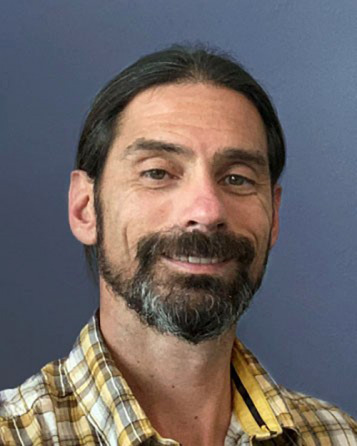
PTYS/LPL Faculty
×
Kuiper 438
Jeffrey Andrews-Hanna
Professor
Lunar Studies, Planetary Geophysics, Planetary Surfaces, Titan & Outer Solar System
My research focuses on understanding the processes acting on the surfaces and interiors of the solid-surface planets and moons in our solar system. I am interested in geodynamic, tectonic, magmatic, hydrologic, and climatic processes, at scales ranging from local to global. To this end, I combine the analysis of gravity, topography, and other remote sensing datasets with numerical modeling. Current research interests include terrestrial planet tectonics, volcanism, impact basins, and hydrology; with projects on the Moon, Mars, Venus, and Pluto.
Ph.D., 2006, Washington University
Years with LPL: 2017
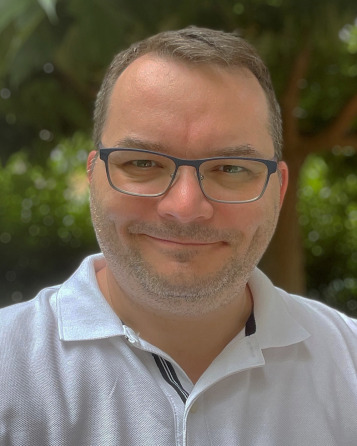
PTYS/LPL Faculty
×
Steward N208B
Dániel Apai
Interim Associate Dean for Research, College of Science, Principal Investigator, Alien Earths, Professor
Astrobiology, Exoplanets, Planetary Atmospheres, Planetary Formation and Evolution
Dr. Apai’s research focuses on exoplanetary systems, including planet formation, planetary atmospheres, exoplanet discovery and characterization. His work covers habitable and non-habitable small exoplanets, gas giant exoplanets, and brown dwarfs.
Read more about Dr. Apai's research on his website and blog on exoplanet exploration and astrobiology.
Ph.D., 2004, University of Heidelberg
Years with LPL: 2011 to present
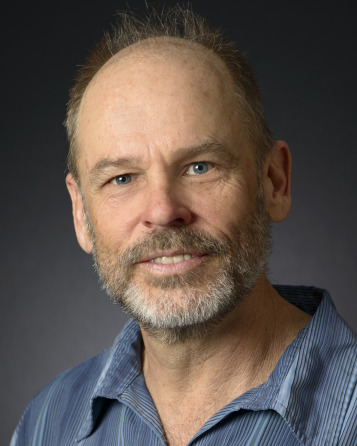
Erik Asphaug
PTYS/LPL Faculty
×
Kuiper 424
Erik Asphaug
Professor
Lunar Studies, Planetary Analogs, Planetary Geophysics, Planetary Surfaces, Small Bodies, Theoretical Astrophysics, Titan & Outer Solar System
I study giant impacts that dominate the late stage of planet and satellite formation, such as that which formed the Moon, that can explain why planets are so diverse and sometimes hemispherically dichotomous. I also study the geophysics of asteroids, comets and small moons, the 'small bodies' left over from accretion. I study the strength properties of meteorites and the origin of chondrules. Motivated students have led me to study other topics such as lakes and patterned ground on Mars, the delivery of volatiles to the lunar surface, and Saturn's rings. I am on the science team of NASA's Psyche mission, and ESA's Hera mission to Didymos, and JAXA's MMX mission to the Martian moons. I am Science PI of the SpaceTREx laboratory at U Arizona that is advancing miniaturized space exploration and small cubesat laboratories for low-gravity research.
B.S., 1984, Rice University; Ph.D., 1993, University of Arizona
Years with LPL: 2017

PTYS/LPL Faculty
×
Kuiper 436
Travis Barman
Professor
Exoplanets
My research delves into both theoretical and observational aspects of extrasolar planets. As a lead developer of the PHOENIX model atmosphere code, I am responsible for maintaining and expanding its abilities to predict and interpret the atmospheric properties of exoplanets and brown dwarfs. My theoretical work is used extensively in ground-based direct-imaging planet search programs, in particular as a lead investigator for the new Gemini Planet Imager Survey. I am also heavily involved in programs focused on spectroscopy of extrasolar planets, from transiting to directly imaged. By comparing theoretical model spectra to real photometric and spectroscopic observations, a variety of planet properties can be deduced. Atmospheric structure (horizontal and vertical run of temperature and pressure), surface gravities, chemical composition, and global wind patterns are a few examples of the kinds of planet properties we seek through model observation comparisons.
Ph.D., 2002, University of Georgia
Years with LPL: 2013 to present
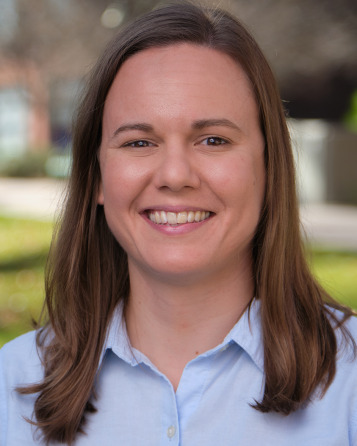
Jessica Barnes (She/Her)
PTYS/LPL Faculty
×
Kuiper 540
Jessica Barnes (She/Her)
Associate Professor
Cosmochemistry, Lunar Studies, Planetary Analogs
My research focuses on understanding the origin and evolution of volatiles in the solar system. I utilize a combination of nano and microanalytical techniques in the Kuiper-Arizona Laboratory for Astromaterials Analysis to study mineralogy, geochemistry, isotopes and petrological histories of a wide range of extraterrestrial materials.
My group is currently engaged in a project under the umbrella of Apollo Next-Generation Sample Analysis (ANGSA) program. The release of sample 71036 presents a unique opportunity to study volatiles in a basalt that has been frozen and specially preserved since its return and to compare those results with basalts of similar bulk chemistries that have been stored at room temperature. This exceptional suite of basalts also offers a chance to unravel the history of volatile loss on the Moon, from the onset of mineral crystallization through vesicle formation, sampling, and subsequent curation. We are conducting a detailed study of the major, minor, and volatile element chemistry (including H isotopes) of H-bearing minerals and melt inclusions in four Apollo 17 basalts, and to determine the U-Pb and Ar ages of the basalts.
Other ongoing projects include investigating the petrology of igneous lunar samples, coordinated microanalysis of meteorites to investigate the evolution of water in the Martian crust, and studies aimed at assessing the inventories and origins of volatiles on primitive chondritic and achondritic asteroids. The latter includes studies of samples recently returned from asteroid Bennu by the OSIRIS-REx space mission.
Ph.D., 2015, The Open University and The Natural History Museum, London UK
Years with LPL: Fall 2019
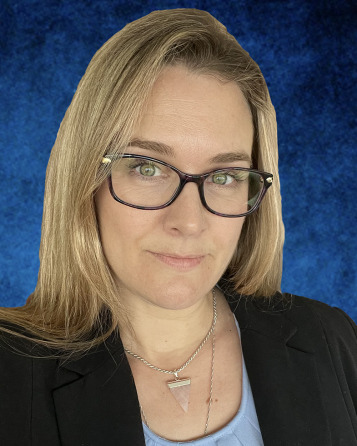
PTYS/LPL Faculty
×
Sonett 214
Veronica Bray (She/Her)
Associate Research Professor
Lunar Studies, Planetary Analogs, Planetary Surfaces
Dr. Veronica Bray is Planetary Scientist and Spacecraft Science Operations Engineer at the University of Arizona. Dr Bray's past and current research projects focus on impact cratering, channel formation, fracturing and landscape evolution on a variety of planetary bodies - both rocky and icy. She uses observations at multiple wavelengths, computer modeling, terrestrial fieldwork and theoretical analysis to study the surface processes themselves and also the surface/sub-surface properties of planetary bodies.
Please note I am not planning to accept new graduate students in 2024-2025. You can find opportunities being advertised with other LPL faculty here: Current Research Opportunities.
Ph.D., 2008, Imperial College London
Years with LPL: 2008-present
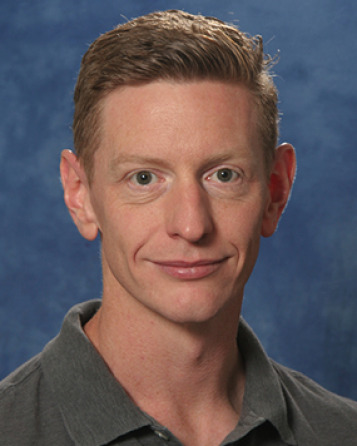
PTYS/LPL Faculty
×
Kuiper 524
Shane Byrne (He/Him)
Professor
Astrobiology, Photogrammetry, Planetary Analogs, Planetary Geophysics, Planetary Surfaces, Titan & Outer Solar System
I am interested in surface processes on planetary bodies throughout the solar system, especially those processes that affect, or are driven by, planetary ices. I enjoy working with a diverse group of graduate students and postdocs. Our areas of activity include Martian ice stability, polar stratigraphy and connection to past climates; Ceres ice, both cryovolcanic and as a source of water vapor; and ice-sublimation landforms on a variety of bodies.
Missions are a big part of what we do. I’m a co-Investigator on the HiRISE and CaSSIS cameras at Mars and a Guest Investigator on the Dawn mission at Ceres. I’m also the director of the Space Imagery Center, a NASA Regional Planetary Image Facility. We archive planetary spacecraft and telescopic data not available online and conduct many outreach events.
Ph.D., 2003, California Institute of Technology
Years with LPL: 2007 to present
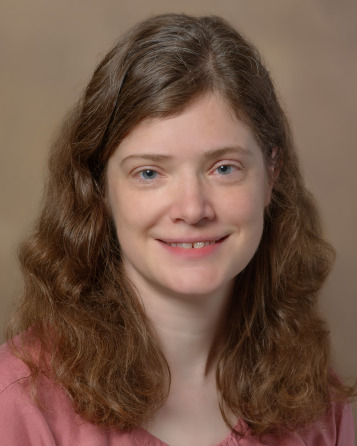
PTYS/LPL Faculty
×
Kuiper 533A
Lynn Carter (she/her)
Associate Department Head, Professor, University Distinguished Scholar
Earth, Lunar Studies, Planetary Analogs, Planetary Geophysics, Planetary Surfaces, Titan & Outer Solar System
Dr. Carter’s research interests include volcanism and impact cratering on the terrestrial planets and Moon, surface properties of asteroids and outer Solar System moons, planetary analog field studies, climate change, and the development of radar remote sensing techniques. She is currently the Science Team Lead for the NASA-provided VenSAR radar on the ESA EnVision mission to Venus. She is also a team member on the RIMFAX radar on Mars2020/Perseverance, the Shadowcam camera on Korea Pathfinder Lunar Orbiter, the REASON radar on Europa Clipper, the Shallow Radar (SHARAD) radar on Mars Reconnaissance Orbiter, and the Mini-RF radar on Lunar Reconnaissance Orbiter. She also uses Earth-based telescopic radar data to study polarimetric synthetic aperture images of planets, the Moon and asteroids. She has previously used ground penetrating radar at multiple field sites including Kilauea lava flows and pyroclastics in Hawaii, Sunset crater and Meteor crater in Arizona, and permafrost sites near Bonanza Creek outside of Fairbanks Alaska. She is also part of a team at NASA Goddard Space Flight Center developing a polarimetric digital beamforming radar system for planetary or Earth orbiter missions. This radar system was recently awarded First Runner Up for the NASA Government Invention of the Year Award.
Ph.D., 2005, Cornell University
Years with LPL: 2016 to present

PTYS/LPL Faculty
×
Kuiper 526
Dani Mendoza DellaGiustina (she/her)
Assistant Professor, Deputy Principal Investigator, OSIRIS-REx, Principal Investigator, OSIRIS-APEX
Earth, Photogrammetry, Planetary Analogs, Planetary Geophysics, Planetary Surfaces, Small Bodies
Ph.D., 2021, University of Arizona
Years with LPL: 2014 to present
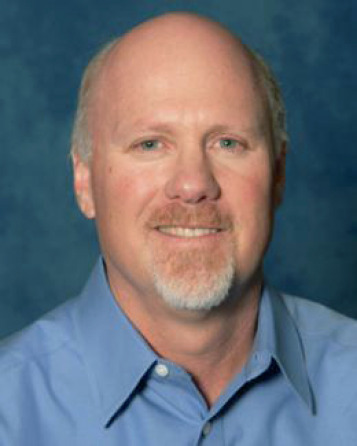
PTYS/LPL Faculty
×
Kuiper 411
Joe Giacalone
Professor
Solar and Heliospheric Research, Theoretical Astrophysics
Dr. Giacalone's core research interests include understanding the origin, acceleration, and propagation of cosmic rays, and other charged-particle species in the magnetic fields of space, and general topics in space plasma physics, and astrophysics.
He develops physics-based theoretical and computational models which are used to interpret in situ spacecraft observations. He is interested in the general properties of solar, interplanetary, and galactic magnetic fields.
Currently, he is studying the origin of large solar-energetic particle events (a.k.a. solar cosmic rays) which involves a number of diverse aspects of solar physics and space physics. He has written papers describing the propagation of solar-flare particles from the Sun to the Earth where they are observed by spacecraft such as ACE, Ulysses, Wind, etc.
He is also interested in the general topic of particle acceleration in astrophysical plasmas.
Ph.D. 1991, University of Kansas
Years with LPL: 1993 to present
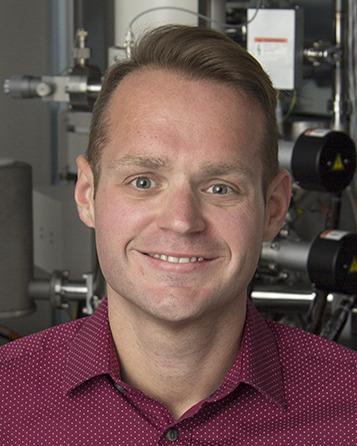
PTYS/LPL Faculty
×
Kuiper 530
Pierre Haenecour (he/him)
Assistant Professor
Astrobiology, Cosmochemistry, Planetary Astronomy, Small Bodies
“Where the telescope ends, the microscope begins. Which of the two has the grander view?” Victor Hugo (Les Misérables, 1862)
My research focus on the building blocks and early history of the Solar System history, and the origin of life through coordinated in-situ laboratory analyses of circumstellar and interstellar dust grains and organic molecules in unequiliberated planetary materials (e.g., meteorites, micrometeorites and interplanetary dust particles) using nano and microanalytical techniques in the Kuiper-Arizona Laboratory for Astromaterials Analysis and Planetary Materials Research Group. Circumstellar dust grains, also called stardust or presolar grains, formed in previous generations of stars, were included in the materials in the molecular cloud from which our solar system formed, and were preserved in asteroids and comets. As bona fide dust grains from stars, the laboratory analysis of presolar grains provides a 'snapshot' of conditions (e.g., nucleosynthesis, temperature, pressure and dust condensation process) in their parent stars at the time of the grain's formation. Furthermore, as building blocks our own Solar System, the comparison of the chemical composition, abundance and distribution of presolar grains provide us insight into the early stages of solar system formation.
I also use in-situ heating experiments inside electron microscopes (both SEM and TEM) to constrain variations in elemental and isotopic compositions, mineralogies, microstructures, textures and morphologies of bioessential compounds in function of the conditions (e.g., temperature and time) of thermal processes on asteroids. As prebiotic components, understanding the thermal history of these materials is crucial to unveil their origin(s) and evolution, as well as to constrain the delivery of bioessential elements to the Earth.
My group is also actively working on getting ready for the analysis of samples from asteroid (101955) Bennu that are being returned to Earth by the NASA OSIRIS-REx mission, and on the NASA Alien Earths project to advance our understanding of how nearby planetary systems formed and which systems are more likely to harbor habitable worlds.
Ph.D., 2016 Washington University in St. Louis
Years with LPL: 2017 to present
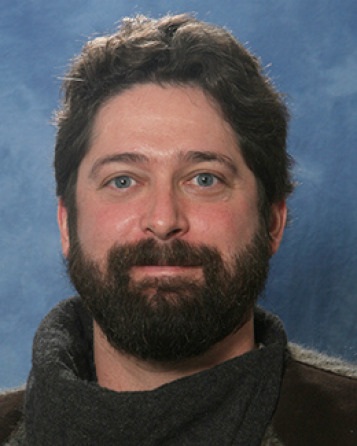
PTYS/LPL Faculty
×
Kuiper 430
Christopher Hamilton
Associate Professor
Astrobiology, Earth, Lunar Studies, Photogrammetry, Planetary Analogs, Planetary Geophysics, Planetary Surfaces
Dr. Hamilton's research focuses on geological surface processes to better understand the evolution of the Earth and other planetary bodies. His specialty relates to volcanology and specifically to lava flows, magma-water interactions, and explosive eruptions using a combination of field observations, remote sensing, geospatial analysis, machine learning, and geophysical modeling. These topics provide insight into the evolution of planetary interiors, surfaces, and atmospheres through magma production, ascent, and volcanism.
Ph.D., 2010, University of Hawaii
Years with LPL: 2014 to present
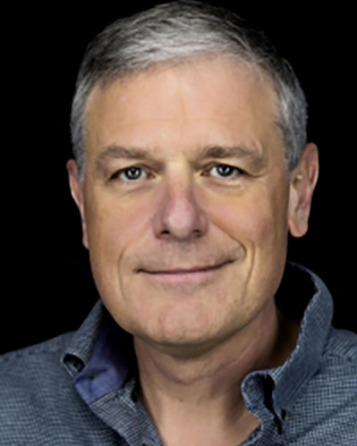
PTYS/LPL Faculty
×
Kuiper 221
Walter Harris
Professor
Planetary Astronomy, Planetary Atmospheres, Small Bodies, Solar and Heliospheric Research
Dr. Harris' research is focused on the structure of thin atmospheres and their transition to and interactions with the space environment. He is particularly interested the information that comet atmospheres provide about basic photochemical processes, the formation of the solar system, and the characteristics of the solar wind. He is also engaged in an ongoing study of the plasma interface between the solar wind and interstellar medium via remote sensing of interstellar neutral material as it passes through the solar system.
In addition to their observational program, Dr. Harris' group has an active instrument development effort in the area of spatial heterodyne spectroscopy, or SHS. SHS instruments occupy a special observational niche by providing very high velocity resolution of angularly extended emission line targets with much higher sensitivity than classical spectroscopy. Current funding for SHS development has led to new instruments for both ground (visible band) and suborbital (far ultraviolet) observations of comets and the interplanetary medium.
Ph.D., 1993, University of Michigan
Years with LPL: 2013 to present
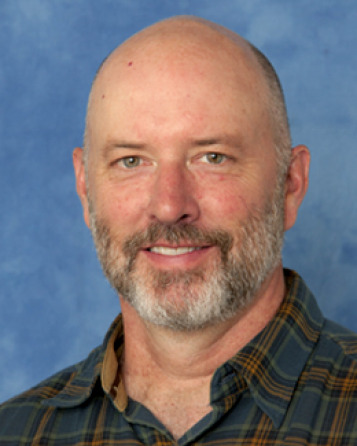
Jack Holt
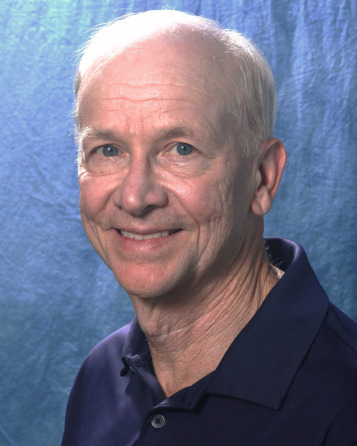
PTYS/LPL Faculty
×
Kuiper 509B
Lon Hood
Research Professor
Earth, Planetary Geophysics
My research is currently focused on two interdisciplinary areas: (1) Coupling between the Earth's stratosphere and troposphere; and (2) mapping and interpretation of planetary crustal magnetic fields. The stratosphere / troposphere coupling work is oriented toward understanding the effects of stratospheric processes (mainly the QBO and solar forcing) on tropospheric circulation and climate. The planetary crustal magnetic field work is most recently aimed at mapping newly acquired orbital magnetometer data at Mercury and at resolving long-standing issues relating to the origin of lunar crustal magnetism.
Ph.D., 1979, UCLA
Years with LPL: 1979 to present
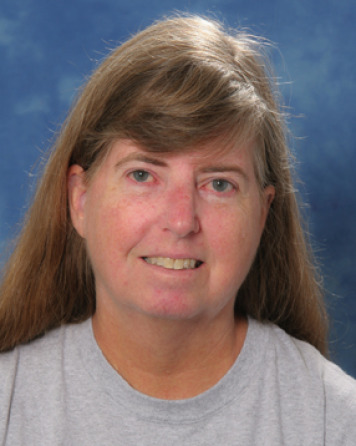
PTYS/LPL Faculty
×
Drake 115, Kuiper 218
Ellen Howell
Research Professor
Small Bodies
Dr. Howell's research interests are small solar system bodies, asteroids and comets. She uses a variety of observational tools at wavelengths ranging from visible to radio to study the composition, size, shape, and surface structures of these bodies.
Ph.D., 1995, University of Arizona
Years with LPL: 2015 to present
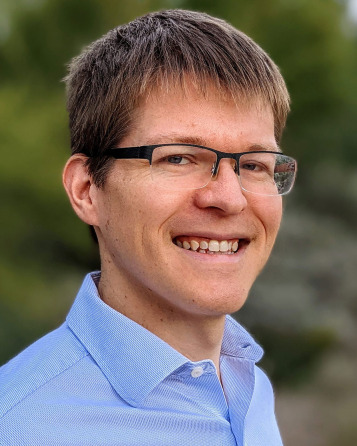
PTYS/LPL Faculty
×
Kuiper 431
Kristopher Klein
Associate Professor
Solar and Heliospheric Research, Theoretical Astrophysics
Dr. Klein's research focuses on studying fundamental plasma phenomena that governs the dynamics of systems within our heliosphere as well as more distant astrophysical bodies. He has particular interest in identifying heating and energization mechanisms in turbulent plasmas, such as the Sun's extended atmosphere known as the solar wind, as well as evaluating the effects of the departure from local thermodynamic equilibrium on nearly collisionless plasmas which are ubiquitous in space environments. As part of this work, Prof. Klein is a co-developer of the Arbitrary Linear Plasma Solver (ALPS) numerical dispersion solver, an open source code used for quantifying the behavior of such non-equilibrium systems.
These systems are studied with a combination of analytic theory and numerical simulation, including large-scale nonlinear turbulence codes such as AstroGK, HVM, and gkeyll. These theoretical predictions are compared to in situ observations from spacecraft including NASA's Wind, MMS and Parker Solar Probe mission, as well as the upcoming HelioSwarm mission, which will fly nine spacecraft between the Earth and moon to characterize the transport and dissipation of turbulent energy in space plasmas. By comparing theory with local plasma measurements, we aim to answer a variety of questions about the behavior of plasma in our solar system.
Ph.D., 2013, University of Iowa
Years with LPL: 2017
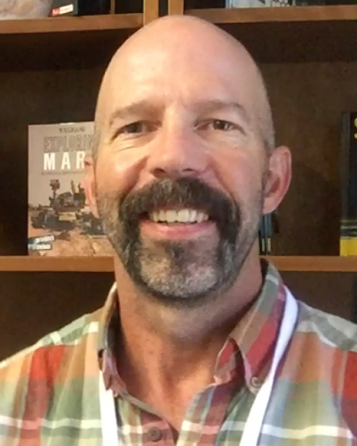
PTYS/LPL Faculty
×
Kuiper 353
Steve Kortenkamp
Professor of Practice
Science education, with an emphasis on developing and exploring techniques for teaching astronomy to students who are blind (developed 3D tactile resources in image below). Planet formation and orbital dynamics of asteroids, dust particles, planetesimals. Children's science author for struggling readers in grades K-8.
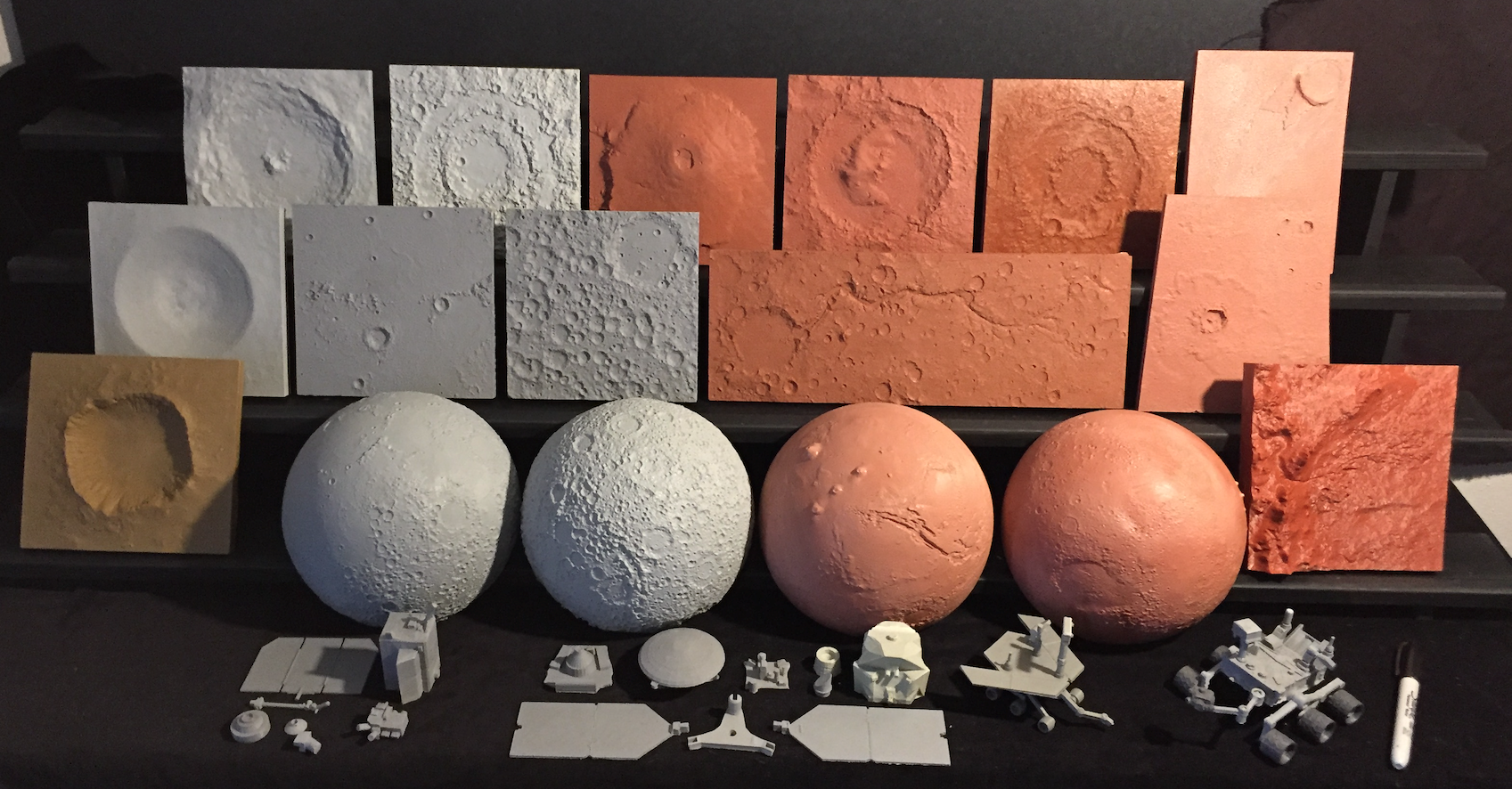
Ph.D., 1996, University of Florida
Years with LPL: 2001 to present
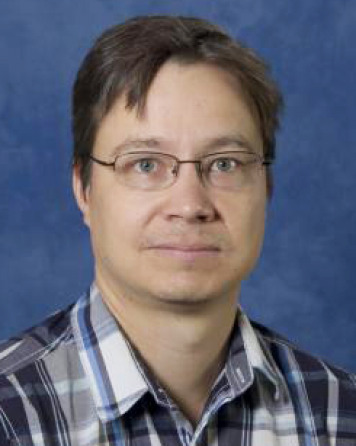
PTYS/LPL Faculty
×
Kuiper 421
Tommi Koskinen
Associate Department Head, Associate Professor
Exoplanets, Planetary Atmospheres, Planetary Formation and Evolution, Titan & Outer Solar System
Dr. Koskinen’s research focuses on the structure and evolution of planet and satellite atmospheres in the solar system and extrasolar planetary systems. He is particularly interested in the physics and chemistry of the middle and upper atmosphere that he studies through both the analysis of observations and theoretical modeling. His research covers a wide range of different objects and techniques in the spirit of comparative planetology, which is critical to our understanding of the evolution of planetary atmospheres and environments in general. Dr. Koskinen served as a participating scientist on the Cassini mission and he is still actively involved in research on the atmospheres of Saturn and Titan. In addition, he develops and maintains models of exoplanet atmospheres that are required to interpret current and planned observations as well as to simulate mass loss and address questions on long-term evolution.
Ph.D., 2008, University College London
Years with LPL: 2009 to present
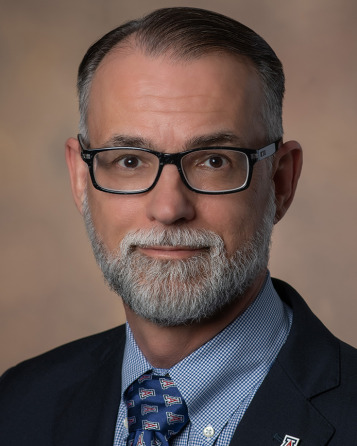
Dante Lauretta
PTYS/LPL Faculty
×
Kuiper 536
Dante Lauretta
Director, Arizona Astrobiology Center, Principal Investigator, OSIRIS-REx, Regents Professor
Astrobiology, Cosmochemistry, Small Bodies
Arizona Astrobiology Center
Dante Lauretta is a Regents Professor of Planetary Science and Cosmochemistry at the University of Arizona's Lunar and Planetary Laboratory and the Director of the Arizona Astrobiology Center. He is an expert in near-Earth asteroid formation and evolution and serves as the Principal Investigator of NASA's OSIRIS-REx Asteroid Sample Return mission. OSIRIS-REx is the United States' flagship mission to explore a potentially hazardous near-Earth asteroid, Bennu, to study its physical and chemical properties, assess its impact risk, evaluate its resource potential, and return a pristine sample to Earth for detailed scientific analysis.
The spacecraft launched in September 2016, reached Bennu in 2018, and successfully collected a sample in October 2020. On September 24, 2023, the mission achieved a major milestone when the sample capsule returned to Earth. The analysis of these samples is currently underway, offering groundbreaking insights into the origin of life, the processes that shaped the early solar system, and Earth's development as a habitable world.
Dante is also affiliated with NASA's OSIRIS-APEX mission, which builds on OSIRIS-REx's success by extending its exploration of asteroids. Having led the OSIRIS-REx mission to its historic sample return, Dante has since handed the leadership of OSIRIS-APEX to the next generation, ensuring the continued exploration of the solar system by fostering new talent and ideas.
In addition to his leadership roles, he maintains an active research program in cosmochemistry and astrobiology, focusing on understanding the chemical evolution of the solar system and the formation of organic molecules essential for life.
View Dante Lauretta’s TEDx Talk: How asteroid hunters are solving Earth's greatest mysteries
Ph.D., 1997, Washington University
Years with LPL: 2001 to present

Renu Malhotra
PTYS/LPL Faculty
×
Kuiper 515
Renu Malhotra
Louise Foucar Marshall Science Research Professor, Regents Professor
Astrobiology, Exoplanets, Orbital Dynamics, Planetary Formation and Evolution, Small Bodies, Theoretical Astrophysics
Professor Malhotra's research spans orbital dynamics in the solar system and in exo-solar planetary systems. Current topics of research are: theory of orbital resonances, stability and chaos in the asteroid belt and in the Kuiper belt, orbital evolution mechanisms of near-Earth asteroids, the orbital migration history of the giant planets, and the dynamics of exo-solar planetary systems.
Ph.D., 1988, Cornell University
Years with LPL: 2000 to present
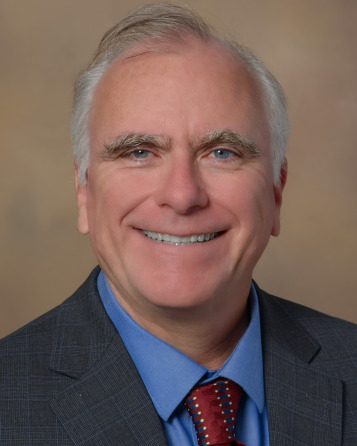
PTYS/LPL Faculty
×
Kuiper 323
Mark S. Marley (he/him/his)
Director, Department Head, Professor
Exoplanets
Exoplanets; Planetary Formation and Evolution, Extrasolar planets, planetary and brown dwarf atmospheres, ring seismology.
Ph.D., 1990, University of Arizona
Years with LPL: 2021 to present
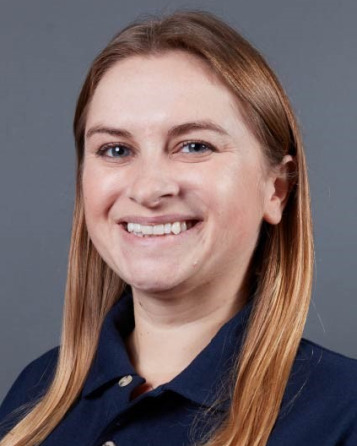
PTYS/LPL Faculty
×
Kuiper 401
Angela Marusiak
Assistant Research Professor
Lunar Studies, Planetary Analogs, Planetary Geophysics, Small Bodies, Titan & Outer Solar System
I study how seismology and seismic instrumentation can be used to explore bodies in our solar system. As a member of the InSight team I was focused on detecting deep structure, including the size of the martian core. For the Dragonfly mission, I'm interested in how clathrates may alter the internal structure and seismic response of Titan. As a member of the LEMS team, I'll be helping to build the next astronaut-deployed seismometers on the Moon. Once LEMS is deployed, we'll be able to study the Moon's seismicity and learn about its interior structure.
Ph.D., 2020 University of Maryland
Years with LPL: 2023 to present
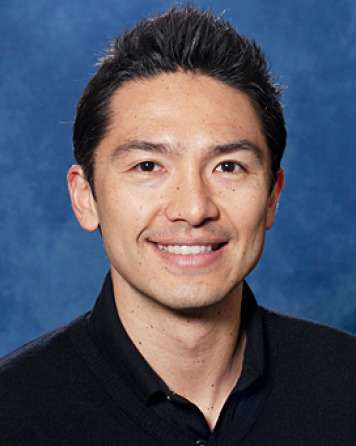
PTYS/LPL Faculty
×
Kuiper 527A
Isamu Matsuyama
Professor
Astrobiology, Exoplanets, Lunar Studies, Planetary Formation and Evolution, Planetary Geophysics, Theoretical Astrophysics, Titan & Outer Solar System
Dr. Matsuyama is interested in the physics of planetary interiors and evolution, with an emphasis on understanding the processes that led to the extraordinary diversity of the solar system. He develops theoretical models which are used to interpret spacecraft and ground-based observations.
Current research interests involve improving our understanding of (1) the formation and evolution of the Moon by analysis of the global lunar figure, which provides a record of prior orbital and rotational states; and (2) characterization of the thermal and orbital evolution of icy satellites, with particular emphasis on determining the long-term survivability of their subsurface oceans.
Ph.D., 2005, University of Toronto
Years with LPL: 2011 to present
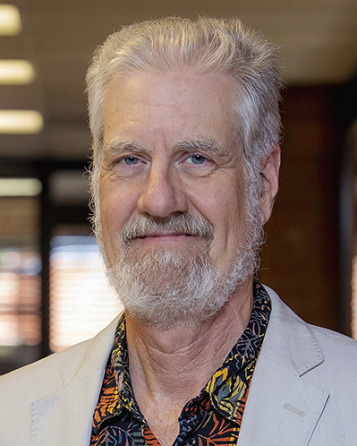
PTYS/LPL Faculty
×
Sonett 204
Alfred McEwen
Regents Professor
Astrobiology, Lunar Studies, Photogrammetry, Planetary Analogs, Planetary Geophysics, Planetary Surfaces
Dr. McEwen is a planetary geologist and director of the Planetary Image Research Laboratory (PIRL). He is working on several active spacecraft experiments, listed below.
His major research interest is understanding active geologic processes such as volcanism, impact cratering, and slope processes. For Mars and the Moon he is studying a broad range of topics in planetary geology. He is also pursuing studies and proposals for future missions and experiments at Earth and to Jupiter's moons Io and Europa.
Ph.D., 1988, Arizona State University
Years with LPL: 1996 to present
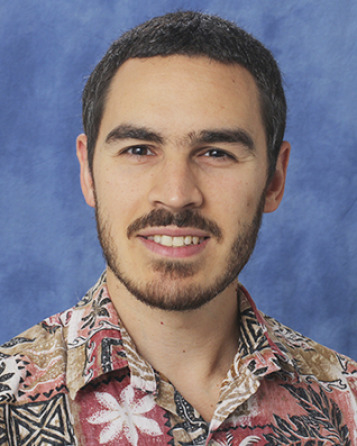
Stefano Nerozzi (he/him/his)
PTYS/LPL Faculty
×
Sonett 25
Stefano Nerozzi (he/him/his)
Assistant Research Professor
Earth, Planetary Analogs, Planetary Geophysics, Planetary Surfaces
I'm an Italian planetary geologist interested in surface processes and near-subsurface geology and geophysics. My main area of expertise is remote sensing with a focus on radar sounding. I study a wide variety of geological features on Mars, ranging from polar deposits to low-latitude outflow channels systems. On Earth, I study debris covered glaciers as analogs to mid-latitude glaciers on Mars via ground penetrating radar, passive seismic techniques, and thermal profilers. I have a strong interest in instrument development, which ranges from modification of commercial seismometers to the design and construction of thermal profilers and environmental sensors.
Ph.D., 2019, The University of Texas at Austin
Years with LPL: 2025 to present
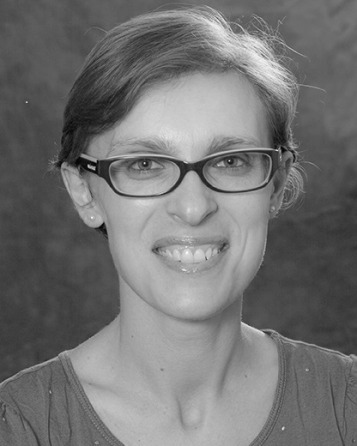
PTYS/LPL Faculty
×
Kuiper 532
Ilaria Pascucci
Professor
Astrobiology, Exoplanets, Planetary Astronomy, Planetary Formation and Evolution
My research is directed towards understanding how planets form and evolve and how common are planetary systems like our own Solar system. To this end, my group carries out observations aimed at characterizing the physical and chemical evolution of gaseous dust disks around young stars, the birth sites of planets. In addition, we use exoplanet surveys to re-construct the intrinsic frequency of planets around mature stars. By linking the birth sites of planets to the exoplanet populations, we contribute to building a comprehensive and predictive planet formation theory, a necessary step in identifying which nearby stars most likely host a habitable planet like Earth.
Ph.D., 2004, Max Planck Institute for Astronomy Heidelberg
Years with LPL: 2011 to present

PTYS/LPL Faculty
×
Kuiper 428
Sukrit Ranjan (he/him)
Assistant Professor
Astrobiology, Earth, Exoplanets, Planetary Atmospheres, Planetary Formation and Evolution, Theoretical Astrophysics
Astrobiology, Earth, Early Earth, Exoplanets; Planetary Formation and Evolution, Origin of Life, Planetary Atmospheres, Photochemistry, Theoretical Astrophysics
Ph.D., 2017, Harvard University
Years with LPL: 2022 to present

PTYS/LPL Faculty
×
Kuiper 233
Vishnu Reddy
Professor
Cosmochemistry, Planetary Astronomy, Planetary Surfaces, Small Bodies, Space Situational Awareness
Dr. Reddy’s research focuses on understanding the behavior of space objects (natural and artificial) using a range of Earth and space-based assets. His work on natural moving objects (asteroids, near-Earth objects) is directed towards their characterization for impact hazard assessment/mitigation, asteroid-meteorite link and resource utilization. To this effort, Dr. Reddy uses the NASA Infrared Telescope Facility on Mauna Kea, Hawai’i.
The orbital space around the Earth is an invaluable resource that is increasingly becoming congested, contested, and competitive with the ever increasing threat from artificial and our adversaries. Dr. Reddy uses the same techniques used to characterize asteroid to study the behavior of artificial objects to identify their nature, intent and origin. He is setting up a space material characterization lab to observe the reflectance properties of natural (meteorites/minerals) and artificial space material in space like conditions.
Ph.D., 2009, University of North Dakota
Years with LPL: Spring 2016
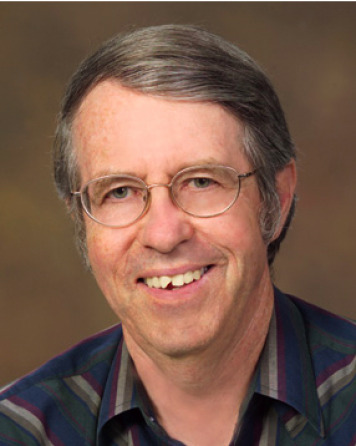
PTYS/LPL Faculty
×
Steward 272
George Rieke
Regents Professor
Planetary Astronomy
Dr. Rieke is currently conducting research programs in planetary debris disks and their relation to the evolution of planetary systems, and in the evolution of star formation in infrared galaxies.
Ph.D., 1969, Harvard
Years with LPL: 1970 to present
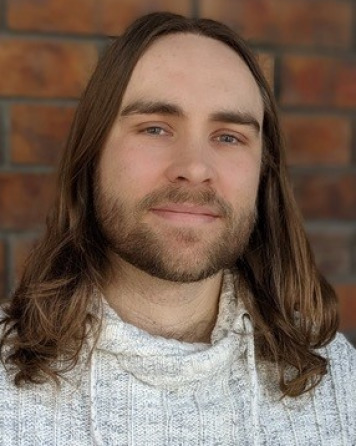
PTYS/LPL Faculty
×
Kuiper 417
Tyler Robinson (he/him/his)
Associate Professor
Exoplanets
Tyler uses sophisticated radiative transfer and climate tools to study the atmospheres of Solar System worlds, exoplanets, and brown dwarfs. Tyler also develops instrument models for exoplanet direct imaging. He combines these areas of expertise in his work on the Habitable Exoplanet Observatory (HabEx) Science and Technology Definition Team, and in his contributions to the LUVOIR, WFIRST/Rendezvous, and Origins Space Telescope mission concept studies. Tyler is a Cottrell Scholar, as well as a former NASA Sagan Fellow and NASA Postdoctoral Program Fellow.
Ph.D., 2012, University of Washington
Years with LPL: Since 2022
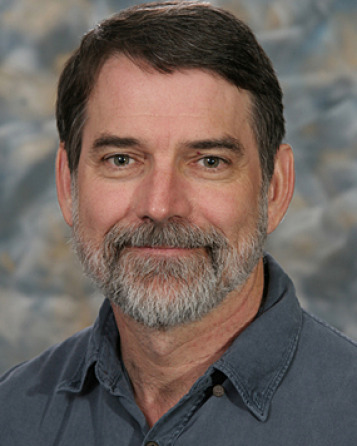
PTYS/LPL Faculty
×
Kuiper 525
Roger Yelle
Professor
Astrobiology, Exoplanets, Planetary Atmospheres, Titan & Outer Solar System
Professor Yelle studies the atmospheres in our solar system and the atmospheres of extra-solar planets. He analyzes telescopic and spacecraft data and constructs theories and models to determine the composition and structure of atmospheres and their interaction with surfaces and interplanetary space. Current projects include the study of chemical, thermal and dynamical processes in Titan’s upper atmosphere using primarily data from the Cassini mission to the Saturn system, escape processes on Titan, Mars, and extra-solar planets, and the composition and chemistry of the martian atmosphere. Yelle is a member of the Cassini Ion Neutral Mass Spectrometer Team and a co-I on the planned Maven mission to study the upper atmosphere of Mars.
Ph.D., 1984, University of Wisconsin-Madison
Years with LPL: 2001 to present
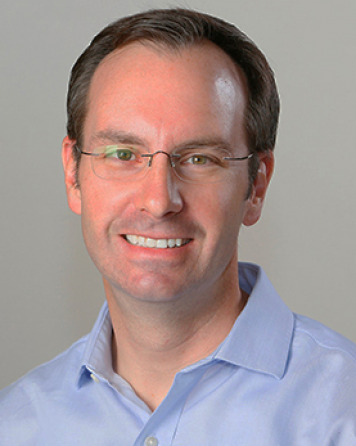
PTYS/LPL Faculty
×
Kuiper 522
Tom Zega
Professor
Astrobiology, Cosmochemistry, Small Bodies
Dr. Zega applies a microscopy- and microanalysis-based approach to study the chemical and physical evolution of the early solar system. He uses ultrahigh-resolution ion- and electron-microscopy, including focused-ion-beam scanning-electron microscopy and transmission electron microscopy, to determine the composition and structure of planetary materials at scales ranging from millimeters down to the atomic. Such information is supported by computational thermodynamics to gain novel insights materials origins. His current research is focused on origin of refractory inclusions that formed the first solar-system solids and sulfides that formed in the early solar nebula. He is also involved in the analysis of samples returned by the JAXA Hayabusa missions to asteroid Itokawa and Ryugu, and those returned from asteroid Bennu by NASA’s OSIRIS-REx mission.
Ph.D., 2003, Arizona State University
Years with LPL: 2011 to present
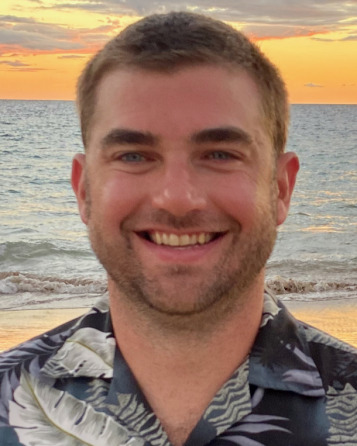
Brett Carr (he/him/his)
PTYS/LPL Faculty
×
Offsite
Brett Carr (he/him/his)
Researcher/Scientist
Earth, Lunar Studies, Photogrammetry, Planetary Analogs, Planetary Surfaces
I am a volcanologist studying the physical processes driving volcanic eruptions. I combine observational and numerical modeling techniques towards my primary goal of building a more complete understanding of active volcanism. I develop new ways to collect and analyze remote sensing observations to better capture volcanic eruption processes. I am particularly interested in the eruptive cycles of persistently active volcanoes and the drivers of changes in activity style. This broad topic includes projects investigating lava dome growth and collapse, lava flow emplacement, and transitions between effusive and explosive activity. By understanding how and why a volcano erupts, I aim to help improve assessment of the numerous hazards associated with eruptions. I also specialize in applications of unoccupied aircraft systems (UAS) and photogrammetry in volcanic environments. My recent work has included field campaigns to Indonesia, the Galápagos Islands, Hawaii, Italy, and Iceland.
Ph.D., 2016, Arizona State University
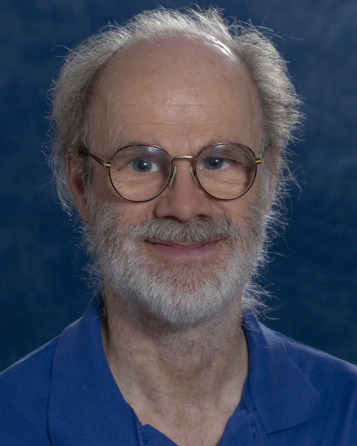
PTYS/LPL Faculty
×
Kuiper 215
Erich Karkoschka
Research Scientist/Senior Staff Scientist
Planetary Astronomy, Planetary Atmospheres, Planetary Surfaces, Titan & Outer Solar System
Spectroscopy, photometry, development of astronomical instruments, data reduction techniques, modeling planetary atmospheres (chemical composition, vertical and horizontal structure of aerosol distribution, aerosol properties), methane and ammonia absorption spectra, interpretation of planetary ring and satellite photometry, Titan surface.
Ph.D., 1990, The University of Arizona
Years with LPL: 1983-
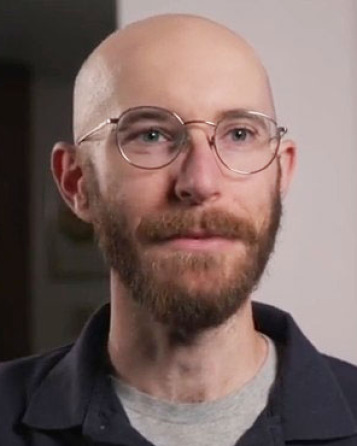
Michael Phillips
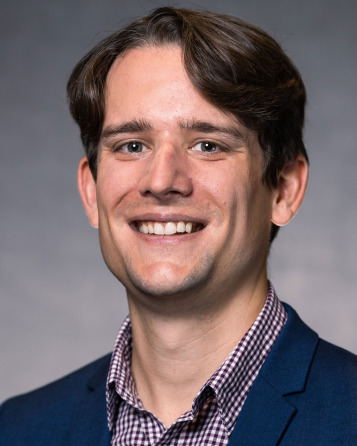
PTYS/LPL Faculty
×
Kuiper 237
Joseph Schools
Researcher/Scientist
My research focuses on the study of planetary interiors through geodynamic and petrological modeling. I create models of silicate melt processes in the lithosphere of planetary bodies in order to constrain their interior structures in the absence of instrumentation. I am particularly interested in the tectonic-magmatic processes of Venus and Jupiter's moon Io.
Ph.D., 2020, University of Maryland, College Park
Years with LPL: 2023 to present
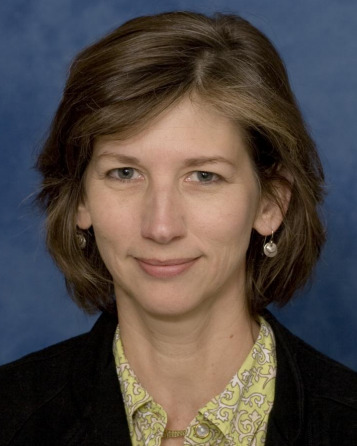
PTYS/LPL Faculty
×
Sonett 207
Sarah Sutton (she/her)
Photogrammetry Program Lead, HiRISE, Researcher/Scientist
Earth, Lunar Studies, Photogrammetry, Planetary Analogs, Planetary Surfaces, Small Bodies
Ph.D., 2022, The University of Arizona
Years with LPL: 19
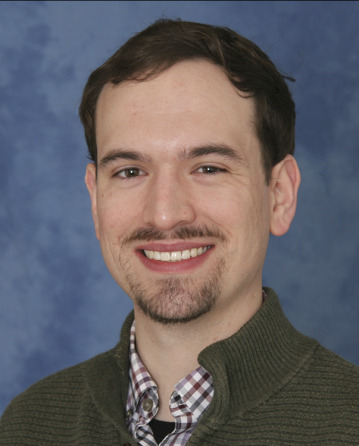
Adam Battle (he/him/his)
PTYS/LPL Postdocs
×
Kuiper 245
Adam Battle (he/him/his)
R&D Software Engineer, SPACE 4 Center
Asteroid Surveys, Small Bodies, Space Situational Awareness
Photometric and visible to near-infrared spectral characterization of space objects as applied to both Space Situational Awareness and the study of small bodies in the solar system.
Advisor(s): Vishnu Reddy
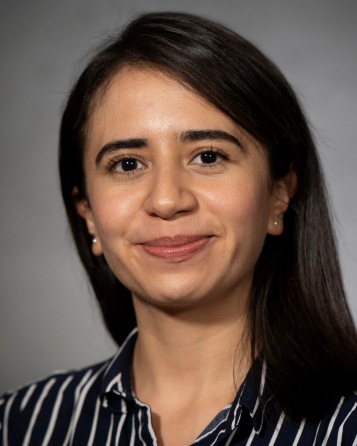
Laura Chaves (she/her/hers)
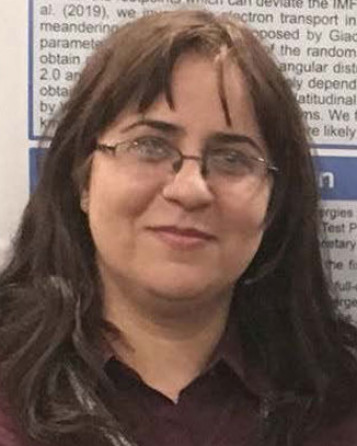
Ashraf Moradi
PTYS/LPL Postdocs
×
Kuiper 409A
Ashraf Moradi
Postdoctoral Research Associate
Solar and Heliospheric Research
The effect of the Interplanetary Transport on the Ground-level Enhancement (GLE) events.
Transport of Solar Energetic Particles into the Interplanetary Space.
Modeling the Photospheric Surface Flows.
Expansion of the open magnetic fluxtubes into the inner corona.
Advisor(s): Joe Giacalone

Wesley Tucker
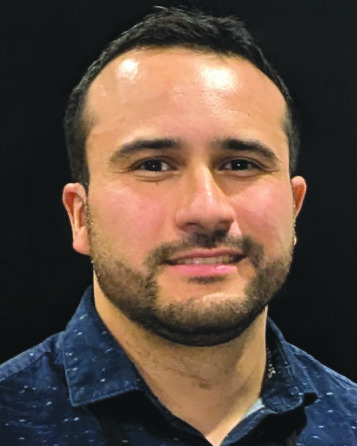
Roberto Aguilar
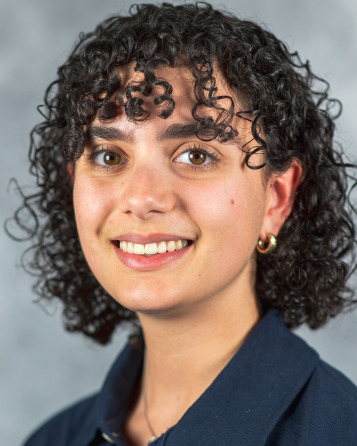
Elana Alevy (she/her)

Rahul Arora
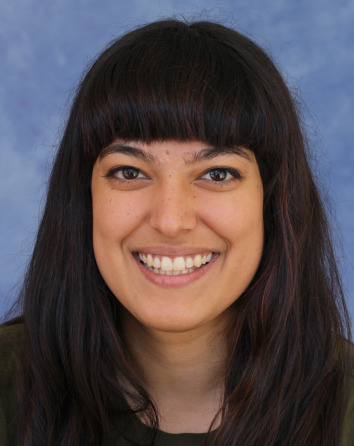
PTYS/LPL Graduate Students
×
Kuiper 316
Namya Baijal
PTYS Graduate Student
Planetary Geophysics, Planetary Surfaces, Small Bodies
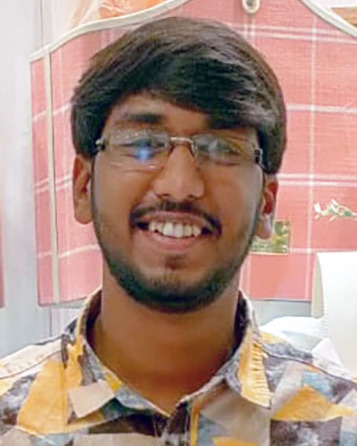
PTYS/LPL Graduate Students
×
Kuiper 324
Naman Bajaj
PTYS Graduate Student
Exoplanets, Planetary Formation and Evolution
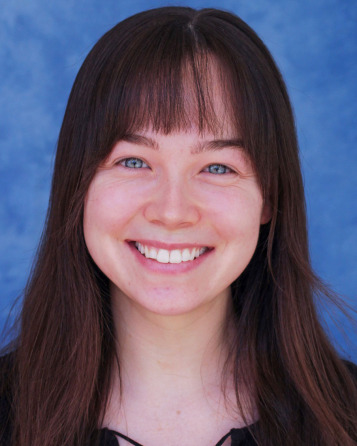
PTYS/LPL Graduate Students
×
Kuiper 318
Maizey Benner (she/they)
PTYS Graduate Student
Cosmochemistry
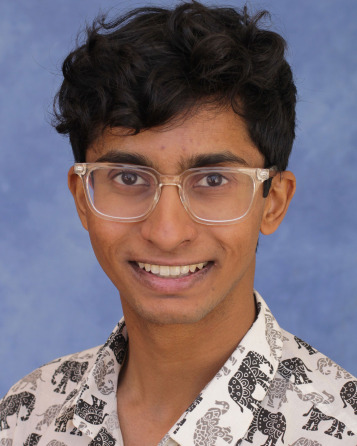
PTYS/LPL Graduate Students
×
Kuiper 338
Rishi Chandra
PTYS Graduate Student
Earth, Lunar Studies, Planetary Analogs, Planetary Geophysics, Planetary Surfaces, Small Bodies
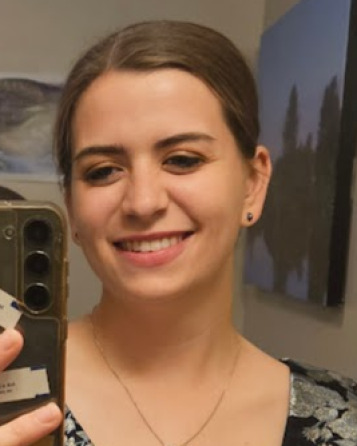
Maddy Christensen
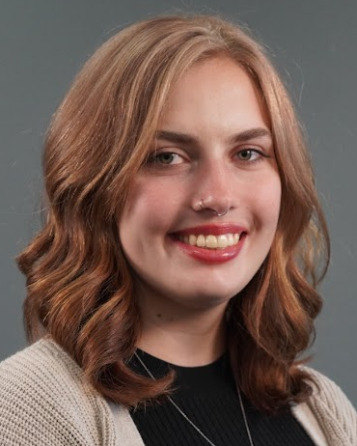
Sophie Clark
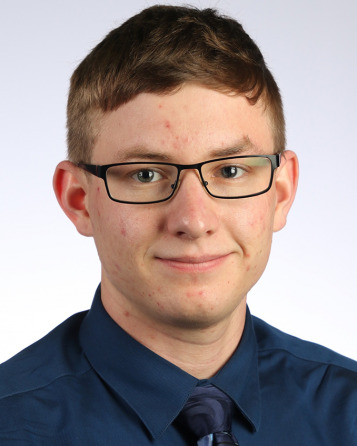
Michael Daniel
PTYS/LPL Graduate Students
×
Sonett 10C
Michael Daniel
PTYS Graduate Student
Earth, Planetary Surfaces
Interests: My primary interests are in glaciology, mass accumulation on glaciers, and climate change impacts on glaciers.
Research: My current research project is mapping out snow depths in the Gulf of Alaska to better understand glacier mass balance in this region. This is done by interpreting radar results from airborne and surface-coupled ground penetrating radar to extract seasonal snow accumulation amounts. Additional work is being done to compare these ground penetrating radar results to satellite and re-analysis products.
Field Experience: I have done field work on; Seward Glacier (Yukon, Canada), Galena Creek Rock Glacier (Wyoming, USA), and Sulphur Creek Rock Glacier (Wyoming, USA) to collect ground penetrating radar data and other geophysical data.
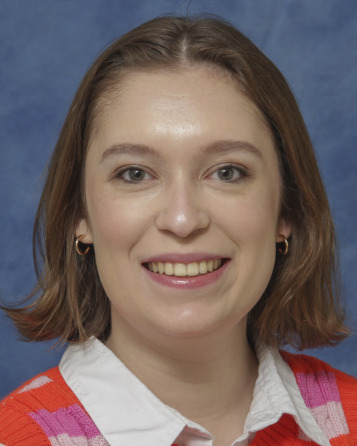
PTYS/LPL Graduate Students
×
Kuiper 316
Searra Foote (she/her)
PTYS Graduate Student
Astrobiology, Exoplanets, Planetary Atmospheres
I study exoplanet atmospheres with an astrobiological perspective
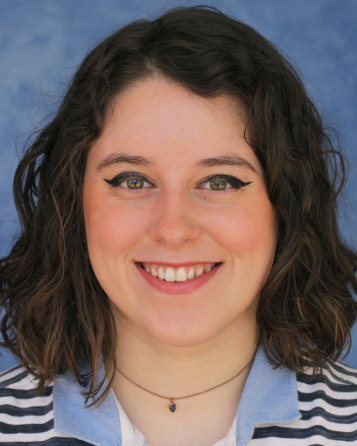
Ruby Fulford (She/Her)
PTYS/LPL Graduate Students
×
Kuiper 201
Ruby Fulford (She/Her)
PTYS Graduate Student
Astrobiology, Planetary Geophysics, Planetary Surfaces, Small Bodies, Titan & Outer Solar System
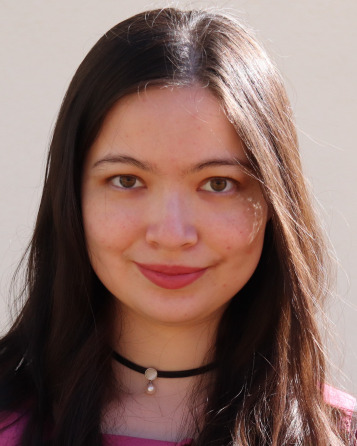
Kiki Gonglewski
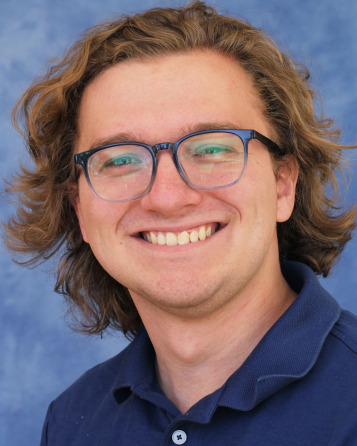
Gabriel Gowman
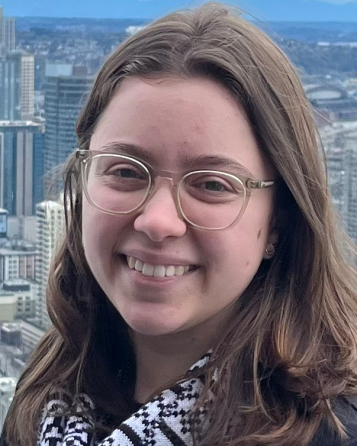
Kylie Hall
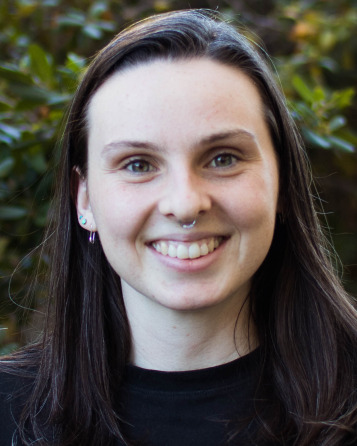
Joanna Hardesty
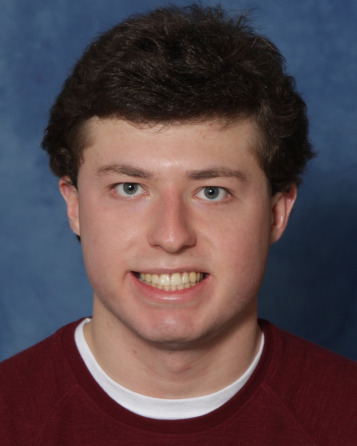
Devin Hoover
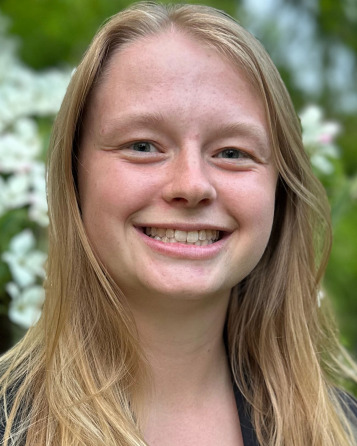
PTYS/LPL Graduate Students
×
Kuiper 316
Lori Huseby
PTYS Graduate Student
Exoplanets, Planetary Atmospheres
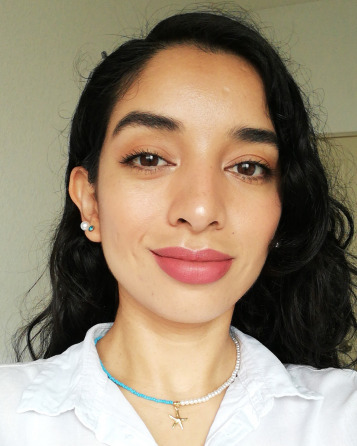
Rocio Jacobo Bojorquez (she/her)

Nicole Kerrison (she/they)
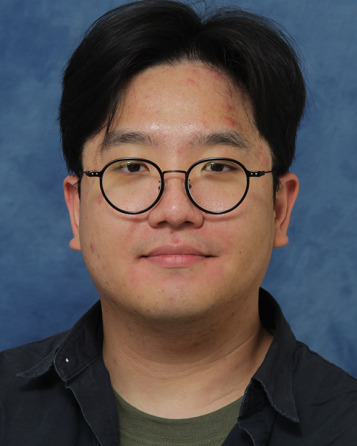
Euibin Kim
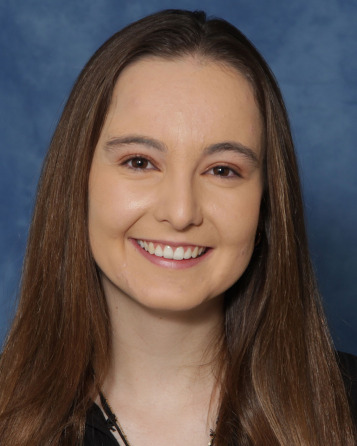
Melissa Kontogiannis (she/her)
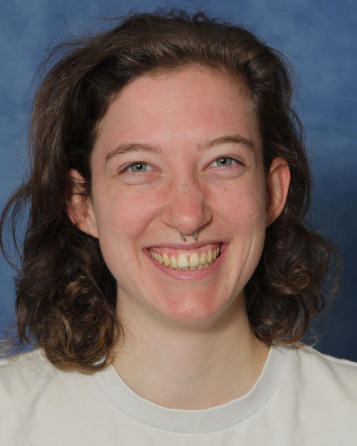
Chaucer Langbert (they/them)
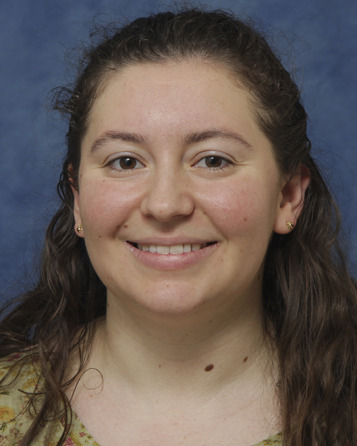
Thea McKenna
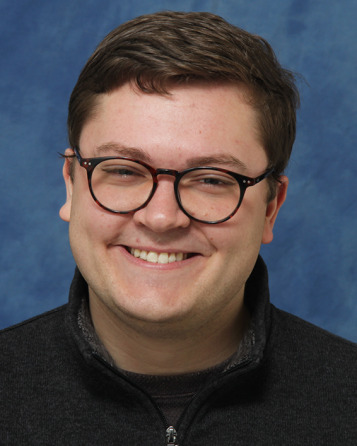
Cole Meyer (he/him/his)
PTYS/LPL Graduate Students
×
Kuiper 351
Cole Meyer (he/him/his)
PTYS Graduate Student
Planetary Atmospheres, Planetary Surfaces, Solar and Heliospheric Research
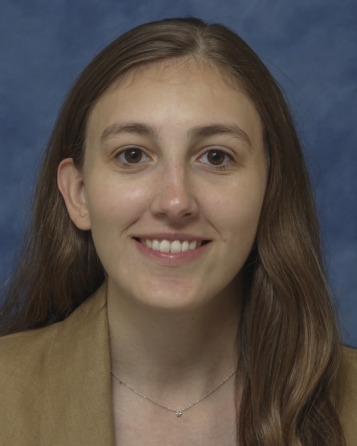
PTYS/LPL Graduate Students
×
Kuiper 320
Samantha Moruzzi
PTYS Graduate Student
Planetary Analogs, Planetary Geophysics, Planetary Surfaces, Titan & Outer Solar System
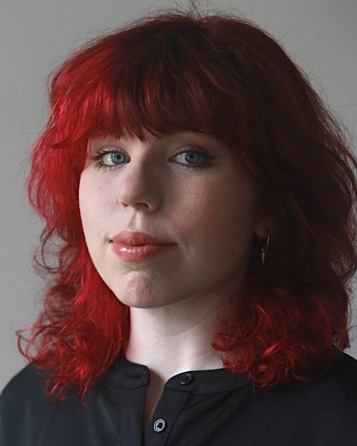
Carter Mucha
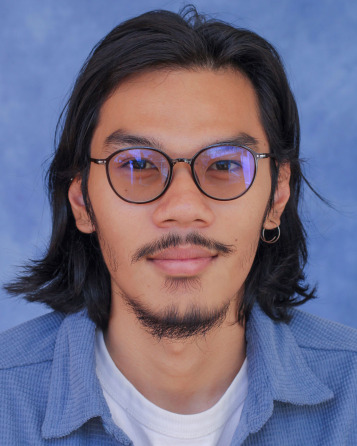
PTYS/LPL Graduate Students
×
Kuiper 322
Fuda Nguyen (he/they)
PTYS Graduate Student
Exoplanets, Planetary Atmospheres, Planetary Formation and Evolution, Theoretical Astrophysics
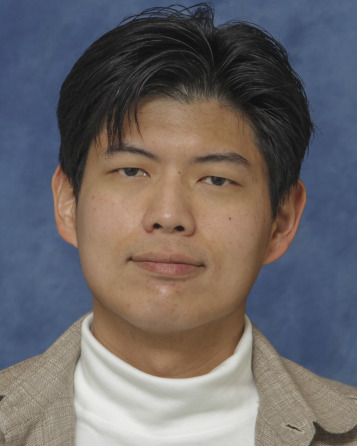
Iunn Ong
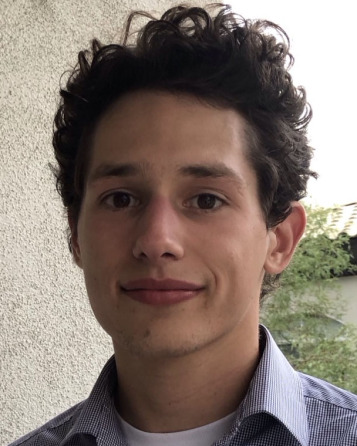
Tyler Reese
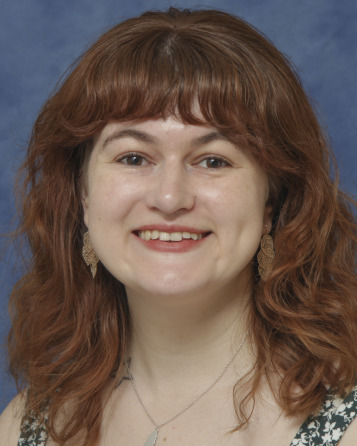
Lily Robinthal (she/her)
PTYS/LPL Graduate Students
×
Kuiper 326
Lily Robinthal (she/her)
PTYS Graduate Student
Astrobiology, Exoplanets, Planetary Astronomy, Planetary Atmospheres
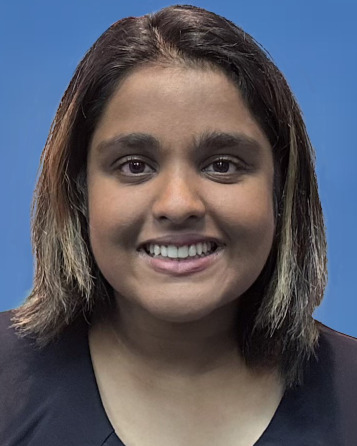
Christina Singh (she/her)
PTYS/LPL Graduate Students
×
Kuiper 351
Christina Singh (she/her)
PTYS Graduate Student
Astrobiology, Photogrammetry, Planetary Analogs, Planetary Surfaces
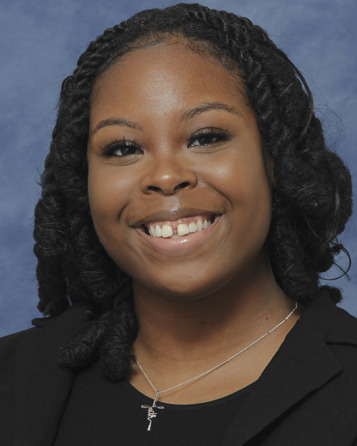
Kayla Smith
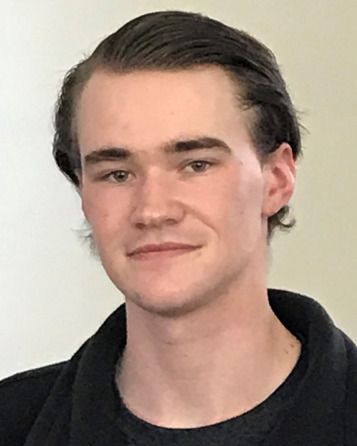
Lucas Smith
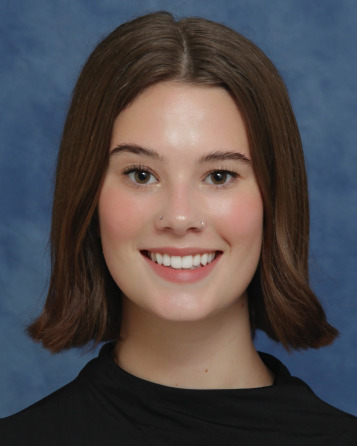
Anna Taylor (She/Her)
PTYS/LPL Graduate Students
×
Kuiper 201
Anna Taylor (She/Her)
PTYS Graduate Student
Exoplanets, Planetary Atmospheres, Theoretical Astrophysics
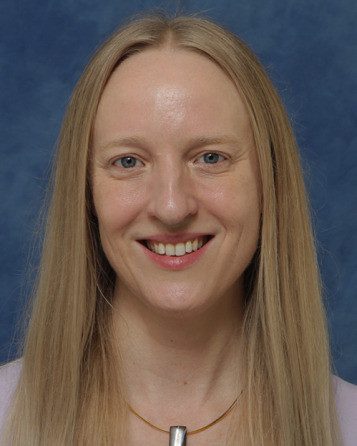
Robin Van Auken
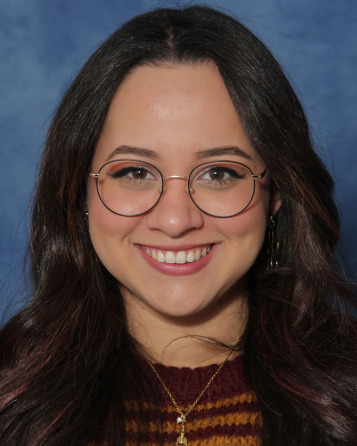
Nathalia Vega Santiago
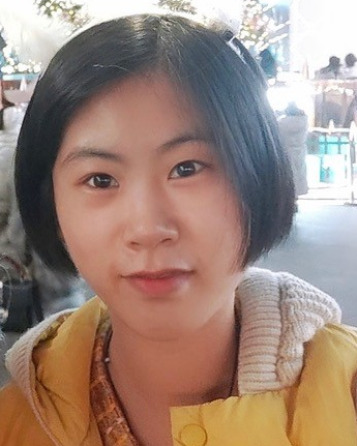
Jingyu Wang
PTYS/LPL Graduate Students
×
Kuiper 322
Jingyu Wang
PTYS Graduate Student
Astrobiology, Exoplanets, Planetary Astronomy, Planetary Atmospheres
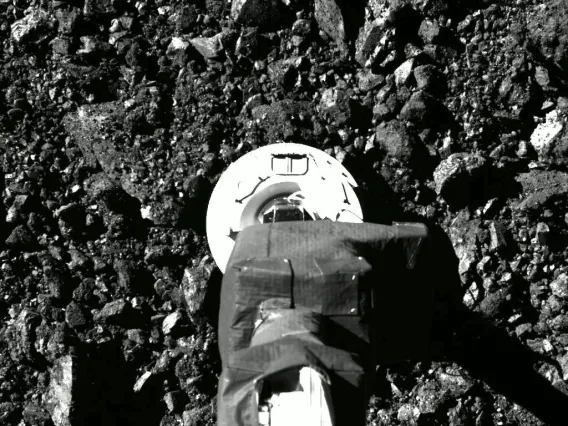
Watch: OSIRIS-REx Touchdown Causes a Stir on Asteroid Bennu
The sampling arm of NASA's OSIRIS-REx spacecraft made contact with asteroid Bennu to stir up surface material and capture some of it for return to Earth in 2023.
Watch: OSIRIS-REx Touchdown Causes a Stir on Asteroid Bennu
×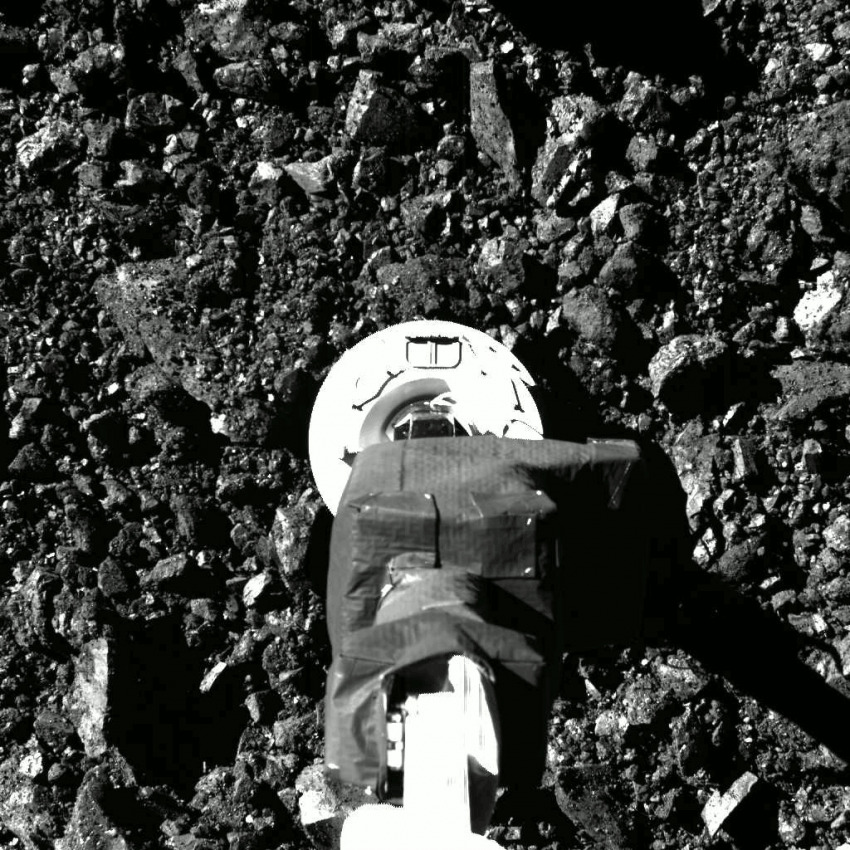
By Daniel Stolte, University Communications - October 22, 2020
With a flick of its "wrist" and a blast from a nitrogen gas bottle, the sampling arm of NASA's OSIRIS-REx spacecraft made contact with asteroid Bennu yesterday to stir up surface material and capture some of it for return to Earth in 2023.
More than 200 million miles from Earth, the spacecraft touched down within 3 feet of the targeted location for about six seconds, then performed a back-away burn.
During the Touch-And-Go, or TAG, sample collection event, the spacecraft's sampling camera, or SamCam, recorded video of the sampling process. Once that footage was downloaded from the spacecraft, scientists at the University of Arizona OSIRIS-REx Science Operations Center went to work to process the footage.
The images were captured over an approximately five-minute period. The imaging sequence begins at about 82 feet above the surface and runs through the back-away maneuver. The sequence was created using 82 SamCam images, with one and a quarter seconds between frames. In the middle of the image sequence, the sampling head can be seen positioning itself on the "wrist" of the sampling arm to contact the asteroid's surface head on.
UArizona's Bashar Rizk, OSIRIS-REx camera suite instrument scientist, said the SamCam TAG image sequence – acquired just before, during and after sampling – is "simply remarkable."
"The TAGSAM arm and head plunged into the surface of Bennu and seemed to crush a small boulder, as if it were made of chocolate," he said. "When the nitrogen gas released, it created a cloud of particles so thick that it blocked the sunlight from the neighborhood of the Nightingale sampling site."
The mission's image processing team is now anxiously awaiting the first peek into the sampling head to get an idea what type of material and how much was captured during the TAG event. While the spacecraft has backed away to a safe distance from Bennu's surface, it will maneuver and tilt the sampling head into various positions while SamCam takes pictures. The mission team will also measure the amount of material collected through various spacecraft activities, such as a "pirouette" in space.
Media can access videos and GIFs at https://arizona.box.com/v/OsirisRExTAG-FirstImages.
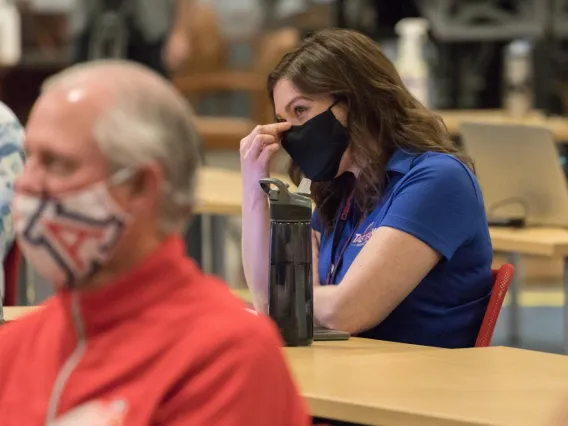
UArizona Mission Members Celebrate OSIRIS-REx Success
Members of the LPL-led OSIRIS-REx mission, along with UArizona leadership, gathered to watch NASA's live broadcast of the mission's much-anticipated Touch-and-Go, or TAG, sampling event.
UArizona Mission Members Celebrate OSIRIS-REx Success
×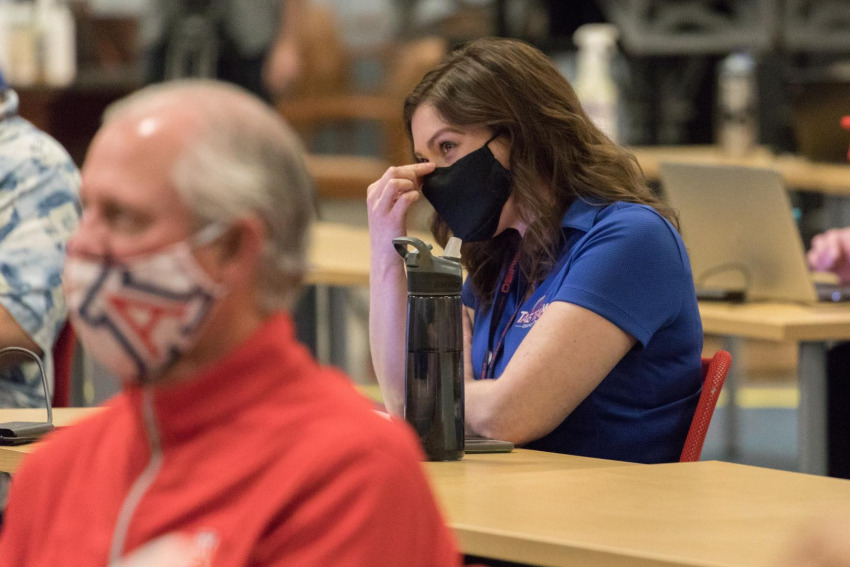
By Daniel Stolte, University Communications - October 20, 2020
If NASA's OSIRIS-REx spacecraft could talk, today it might have said, "Finally!"
At 10:50 a.m. Tucson time, the van-sized spacecraft fired its thrusters to leave the safe-home orbit around asteroid Bennu and began descending toward the asteroid's surface, which the spacecraft spent two years photographing and mapping in tremendous detail. Its mission: Touch the asteroid for a few seconds and collect a sample to be later brought back to Earth.
Members of the University of Arizona-led OSIRIS-REx mission, along with UArizona leadership, gathered at the university's Michael J. Drake Building, where the mission is headquartered, to watch NASA's live broadcast of the mission's much-anticipated Touch-and-Go, or TAG, event and listen to status updates from the spacecraft.
At 3:13 p.m. Tucson time, the atmosphere inside the building changed from one of subdued anticipation to elation and relief as a physically distanced, masked crowd started to clap and cheer.
At that time, the mission's spacecraft confirmed that it had touched the surface of asteroid Bennu for 4.7 seconds and triggered a flush of nitrogen gas with the goal of collecting the largest sample of extraterrestrial material since the Apollo moon landings.
"I can't believe we pulled this off," Dante Lauretta, principal investigator of the OSIRIS-REx mission and a UArizona professor of planetary sciences, said from the mission control room at Lockheed Martin in Denver, where NASA's broadcast was based. "This is history. This is amazing."
Shortly after touching Bennu, the spacecraft communicated that it had backed safely away from the asteroid to return into orbit and await the next phase of the mission, in which the team will pore over images taken by the spacecraft's onboard sampling camera and perform a series of measurements and maneuvers to assess whether the sampling process was successful and how much material was collected. According to the data available to the mission team immediately after TAG, the spacecraft had touched down with amazing precision – less than three feet from its target site, according to Lauretta.
"We couldn't have asked for a better outcome," he said. "The spacecraft did everything it was supposed to do. It's up to Bennu now to see how the event went."
Collecting a sample from Bennu involved what essentially amounted to parallel parking a 15-passenger van and dodging hazards including a boulder as tall as a two-story building – all 200 million miles away from Earth. Because of the time delay between Bennu and Earth, the spacecraft had been programmed to steer itself during the entire sequence.
"We spent many late nights and weekends writing commands to go up to our instruments, so it's exciting to see them execute flawlessly," said Sara Knutson, the mission's science operations lead engineer, who watched the broadcast from the Drake Building in Tucson.
"I was definitely holding my breath today," said OSIRIS-REx image processing lead scientist Daniella DellaGiustina, who was also at Drake. "But what stands out to me is just how much according to plan everything went, and that has been a standard on this mission. The fact that we have been so spot on with every first-time event on this mission is a testament to the incredible engineering and scientific efforts of so many people that have worked tirelessly to make this happen."
"This kind of fundamental discovery and the research opportunities it creates make the University of Arizona the premier institution that it is," said UArizona President Robert C. Robbins, who joined the mission members at the Drake Building. "This work fulfills something at the core of who we are as a species, and as an institution, and you should all be very proud of what you've accomplished."
Elizabeth "Betsy" Cantwell, UArizona senior vice president for research and innovation, who has a long career in space systems engineering, praised the team's work with complex engineering.
"Massive kudos to the systems engineers who made this miracle happen. ... It is incredible that we have people like that here to support the science," she said.
While TAG was the most critical moment of the entire mission, the OSIRIS-REx team members will barely have time to catch their breath. The coming days will be spent analyzing images taken during the event and recreating the descent trajectory to get an idea of where exactly the spacecraft tagged the surface, which will provide clues to the quality and quantity of the sample that may have been caught in the spacecraft's sampling head.
"OSIRIS-REx is kind of like a relay race," said Carl Hergenrother, OSIRIS-REx lead astronomer. "First, you get the proposal; then, you have the people who build the spacecraft and the instruments, then the people who planned the mission, made the observations to study the asteroid up close; and now, the mission isn't over. We're just handing off the baton to the next leg – to the people who are going to study the samples on the ground and really learn what really is the goal of the mission: the history of the solar system."
EXTRA INFO
For the latest news on the OSIRIS-REx mission, visit news.arizona.edu/news/osirisrex.
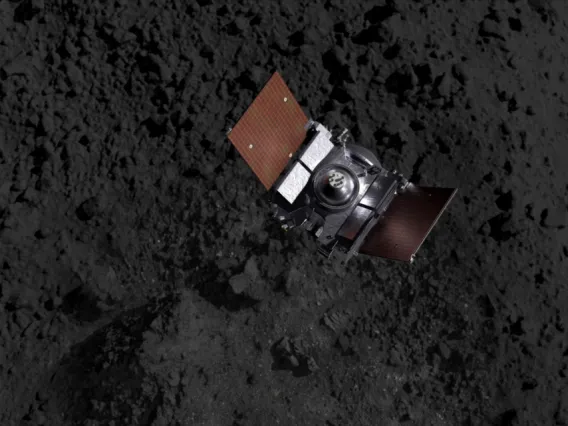
OSIRIS-REx Successfully Touches Asteroid Bennu in Sample Grab
Ten years after NASA selected LPL to lead the OSIRIS-REx mission, the spacecraft successfully completed its most treacherous and rewarding task: sample collection.
OSIRIS-REx Successfully Touches Asteroid Bennu in Sample Grab
×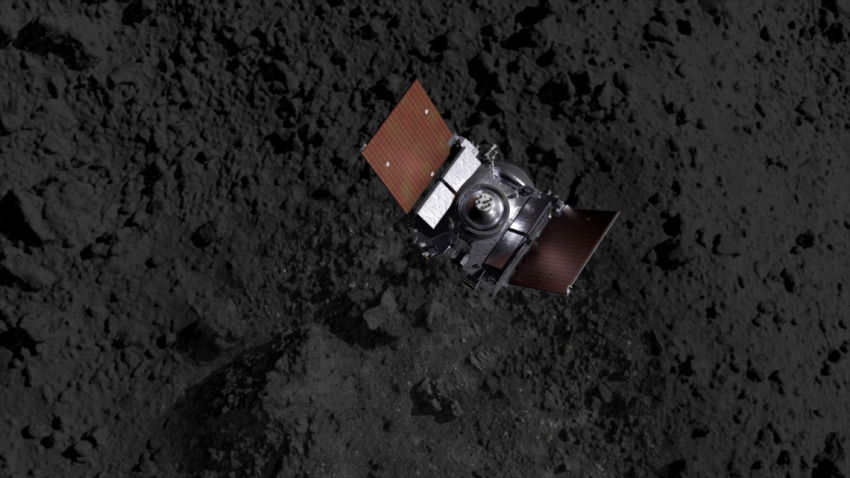
NASA Goddard Space Flight Center and University Communications - October 20, 2020
NASA's OSIRIS-REx spacecraft unfurled its robotic arm today, and in a first for the agency, briefly touched an asteroid in an attempt to collect dust and pebbles from the surface for delivery to Earth in 2023.
"After over a decade of planning, the team is overjoyed at the success of today’s sampling attempt," said Dante Lauretta, OSIRIS-REx principal investigator and a professor of planetary sciences at the University of Arizona. "Even though we have some work ahead of us to determine the outcome of the event – the successful contact, the TAGSAM (Touch-and-Go Sample Acquisition Mechanism) gas firing and back-away from Bennu are major accomplishments for the team. I look forward to analyzing the data to determine the mass of sample collected."
The well-preserved, ancient asteroid, known as Bennu, is currently more than 200 million miles from Earth. Bennu offers scientists a window into the early solar system as it was first taking shape billions of years ago and flinging ingredients that could have helped seed life on Earth. If today’s contact with the surface provided enough of a sample, teams will command the spacecraft to begin stowing the precious primordial cargo to begin its journey to Earth in March 2021. Otherwise, they will prepare for another attempt in January.
"This amazing first for NASA demonstrates how an incredible team from across the country came together and persevered through incredible challenges to expand the boundaries of knowledge," said NASA Administrator Jim Bridenstine. "Our industry, academic and international partners have made it possible to hold a piece of the most ancient solar system in our hands."
At 10:50 a.m. Tucson time on Oct. 20, the OSIRIS-REx spacecraft fired its thrusters to nudge itself out of orbit around Bennu. It extended the shoulder, then elbow, then wrist of its 11-foot sampling arm, known as the Touch-and-Go Sample Acquisition Mechanism, or TAGSAM, and transited across Bennu while descending about half a mile toward the surface. After a four-hour descent, at an altitude of approximately 410 feet, the spacecraft executed the "Checkpoint" burn, the first of two maneuvers to allow it to precisely target the sample collection site called Nightingale.
Ten minutes later, the spacecraft fired its thrusters for the second "Matchpoint" burn to slow its descent and match the asteroid's rotation at the time of contact. It then continued on a treacherous, 11-minute coast past a boulder the size of a two-story building, nicknamed "Mount Doom," to touch down in a clear spot in a crater on Bennu's northern hemisphere. The size of a small parking lot, site Nightingale is one of the few relatively clear spots on this unexpectedly boulder-covered space rock.
"This was an incredible feat – and today we've advanced both science and engineering and our prospects for future missions to study these mysterious ancient storytellers of the solar system," said Thomas Zurbuchen, associate administrator for NASA's Science Mission Directorate at the agency's headquarters in Washington, D.C. "A piece of primordial rock that has witnessed our solar system's entire history may now be ready to come home for generations of scientific discovery, and we can’t wait to see what comes next."
Next Steps
All spacecraft telemetry indicates that today's sample collection event, known as TAG, which stands for Touch-and-Go, executed as expected. However, it will take about a week for the OSIRIS-REx team to confirm how much sample the spacecraft collected.
Real-time data indicates the TAGSAM successfully contacted the surface and fired a burst of nitrogen gas. The gas should have stirred up dust and pebbles on Bennu's surface, some of which should have been captured in the TAGSAM sample collection head. OSIRIS-REx engineers also confirmed that shortly after the spacecraft made contact with the surface it fired its thrusters and safely backed away from Bennu.
"Today's TAG maneuver was historic," said Lori Glaze, Planetary Science Division director at NASA Headquarters in Washington, D.C. "The fact that we safely and successfully touched the surface of Bennu, in addition to all the other milestones this mission has already achieved, is a testament to the living spirit of exploration that continues to uncover the secrets of the solar system."
"It's hard to put into words how exciting it was to receive confirmation that the spacecraft successfully touched the surface and fired one of the gas bottles," said Michael Moreau, OSIRIS-REx deputy project manager at NASA's Goddard Space Flight Center in Greenbelt, Maryland. "The team can't wait to receive the imagery from the TAG event late tonight and see how the surface of Bennu responded to the TAG event."
The spacecraft carried out TAG autonomously, with pre-programmed instructions from engineers on Earth. Now, the OSIRIS-REx team will begin to assess whether the spacecraft grabbed any material, and, if so, how much; the goal is at least 60 grams, which is roughly equivalent to a full-sized candy bar.
OSIRIS-REx engineers and scientists will use several clever techniques to identify and measure the sample remotely. First, they'll compare images of the Nightingale site before and after TAG to see how much surface material moved around in response to the burst of gas.
"Our first indication of whether we were successful in collecting a sample will come on Oct. 21 when we downlink the back-away movie from the spacecraft," Moreau said. "If TAG made a significant disturbance of the surface, we likely collected a lot of material."
Next, the team will try to determine the amount of sample collected. One method involves taking pictures of the TAGSAM head with a camera known as SamCam, which is devoted to documenting the sample-collection process and determining whether dust and rocks made it into the collector head. One indirect indication will be the amount of dust found around the sample collector head. But OSIRIS-REx engineers will also attempt to snap photos that could show the inside of the head, given the right lighting conditions, so engineers can look for evidence of sample inside of it.
A couple of days after the SamCam images are analyzed, the spacecraft will attempt yet another method to measure the mass of the sample collected by determining the change in the spacecraft's "moment of inertia," a phrase that describes how mass is distributed and how it affects the rotation of the body around a central axis. This maneuver entails extending the TAGSAM arm out to the side of the spacecraft and slowly spinning the spacecraft about an axis perpendicular to the arm. This technique is analogous to a person spinning with their arm extended while holding a string with a ball attached to the end; the person can sense the mass of the ball by the tension in the string. Having done this maneuver before TAG, and now after, engineers can measure the change in the mass of the collection head as a result of the sample inside.
"We will use the combination of data from TAG and the post-TAG images and mass measurement to assess our confidence that we have collected at least 60 grams of sample," said Rich Burns, OSIRIS-REx project manager at Goddard. "If our confidence is high, we'll make the decision to stow the sample on Oct. 30."
To store the sample, engineers will command the robotic arm to place the sample collector head into the Sample Return Capsule located in the body of the spacecraft. The sample arm will then retract to the side of the spacecraft for the final time, the Sample Return Capsule will close, and the spacecraft will prepare for its departure from Bennu in March 2021 — this is the next time Bennu will be properly aligned with Earth for the most fuel-efficient return flight.
If, however, it turns out that the spacecraft did not collect enough sample at Nightingale, it will attempt another TAG on Jan. 12, 2021. Next time, it'll touch down at the back-up site called Osprey, which is another relatively boulder-free area inside a crater near Bennu’s equator.
NASA's University of Arizona-led OSIRIS-REx mission, which stands for Origins, Spectral Interpretation, Resource Identification, Security-Regolith Explorer, launched from the Cape Canaveral Air Force Station in Florida on Sept. 8, 2016. It arrived at Bennu on Dec. 3, 2018, and began orbiting the asteroid for the first time on Dec. 31, 2018. The spacecraft is scheduled to return to Earth on Sept. 24, 2023, when it will parachute the Sample Return Capsule into Utah's west desert where scientists will be waiting to collect it.
Goddard provides overall mission management, systems engineering and the safety and mission assurance for OSIRIS-REx. Lauretta of the University of Arizona is the principal investigator, and UArizona also leads the science team and the mission's science observation planning and data processing. Lockheed Martin Space in Denver built the spacecraft and is providing flight operations. Goddard and KinetX Aerospace are responsible for navigating the OSIRIS-REx spacecraft. OSIRIS-REx is the third mission in NASA's New Frontiers Program, which is managed by NASA's Marshall Space Flight Center in Huntsville, Alabama for the agency's Science Mission Directorate in Washington.
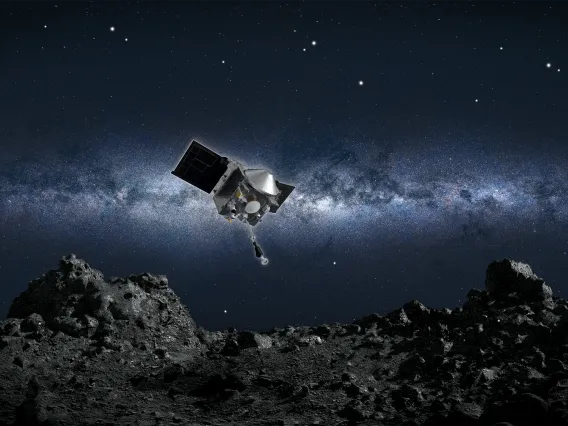
What Touching an Asteroid Can Teach Us
NASA will make history on Oct. 20 by attempting its first-ever sample collection maneuver at an asteroid. LPL professor Dante Lauretta, principal investigator for the OSIRIS-REx mission, discusses the significance of the mission for science and society.
What Touching an Asteroid Can Teach Us
×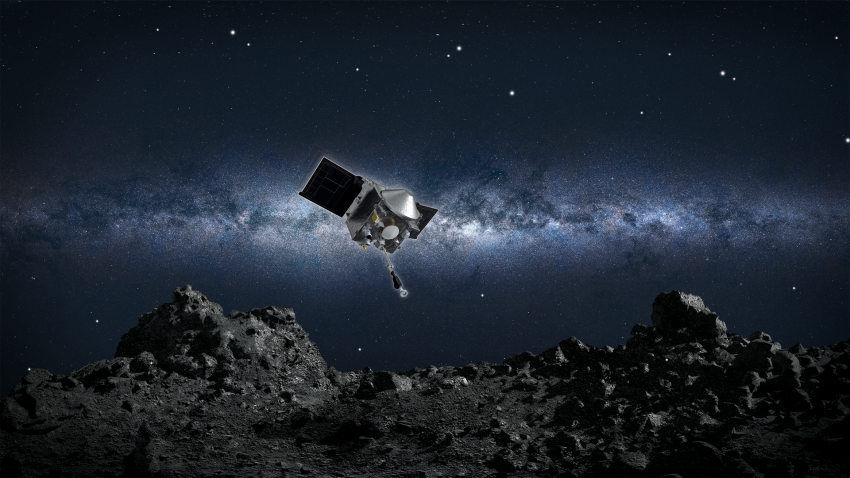
By Mikayla Mace, University of Arizona - October 19, 2020
The University of Arizona-led OSIRIS-REx mission will make NASA's first attempt at collecting a sample from an asteroid on Oct. 20. The sample, which will be returned to Earth in 2023, has the potential to shed light on the origins of life and the solar system.
NASA's UArizona-led OSIRIS-REx mission is the agency's first attempt to bring back a sample from an asteroid.NASA
As the spacecraft prepares for its Touch-and-Go, or TAG, maneuver at asteroid Bennu, UArizona News spoke with Dante Lauretta, the mission's principal investigator and a professor of planetary science at the UArizona Lunar and Planetary Laboratory, about the significance of the mission and it impact on science and society.
Q: We often hear that the mission will shed light on the origins of life and the solar system, but how will it do that?
A: Bennu is a fragment from the earliest stages of solar system formation. It escaped the fate of so many other asteroids by not becoming a piece of a planet. Earth itself formed from asteroids like Bennu; Bennu just happened to survive that process. So, Bennu is like a fossil from a time in the solar system before life or Earth even formed.
Since life as we know it is made from DNA, we want to know if the building blocks of DNA are on Bennu. If the building blocks that make up DNA formed early in the solar system and were preserved in carbon-rich asteroids, then they could have been delivered to Earth, Mars, Europa, Titan and all these other places we're looking for life. It would mean the seeds of life were not unique to the Earth, so our search for life in the solar system gets more exciting.
If we don't find them on Bennu, it might mean that those life-seeding molecules had to form in Earth's early environment.
Also, we think water plays a key role in that life-forming chemistry. For example, advanced life first took hold in the oceans before moving to land, and we now know that Bennu is a water-rich asteroid. So, we think that the water that made Earth habitable came from asteroids like Bennu. If that's the case, then other planets, like Mars and definitely the icy worlds in the outer solar system, can trace their water linage and organic chemistry in the same way.
Q: One thing I hear a lot about is how pristine these samples will be. Why is that so important? Am I wrong in thinking that just because you burnt the pancake doesn't mean you can't scrape it off and eat it?
A: We have hints at the chemistry of the early solar system from meteorites, which are fragments of asteroids that land on Earth. The problem is that they are immediately contaminated: Bacteria crawl on them and eat the carbon-rich meteorites; people handle them and don't collect them in the cleanest way in the field. So, it's not just burning the pancake; it's like mixing dirt into the batter once it's on the surface.
So, when we say "pristine," we are removing that level of contamination from the problem. I like to compare it to a forensic investigation; you're trying to convince the jury in a court of law that this DNA was from a crime scene, but if that evidence wasn't in your control that entire time, the defense would say it could have been contaminated and you can't link to the crime scene. In our case, if we want to say the organic molecules from the sample came from the asteroid and aren't contaminants, then we have to control the full chain of history, from asteroid to sample return capsule to lab.
Q: What are you expecting to find in these samples that we haven't already found in meteorites that fall to Earth?
A: A bunch of our new published research is finding that the rocks on Bennu look different than meteorites in a couple of ways. Bennu's rocks are actually really weak, unlike meteorites found on Earth that you have to whack with hammer. Only the strongest fragments survive the fall to Earth, so what we collect from Bennu will be the material that would have likely burned up on entry. Back to the pancake analogy: The pancake could have had caramel glaze that went up in smoke and you wouldn't know. We're hoping to find something more delicate and fragile that's not in the meteorite collection.
Another really exciting thing we found are these veins of carbonate minerals – the white stuff that forms around faucets – on Bennu. These are like a meter long and tens of centimeters thick. We do find them in meteorites but they're tiny, like strands of hair. This material forms by the precipitation by hot water, similar to when a tea kettle boils water off and leaves behind white crud at the bottom. That white crud was dissolved minerals, like what we found on Bennu. If we can get these back in a sample, we speculate – and hope – that we might find pockets of water trapped inside. In any case, we'll have a detailed record of the chemistry of water on Bennu.
Q: This all touches on why sampling Bennu is important for science, but why is this important for society?
A: There are two big reasons. The first is that Bennu is a potentially hazardous asteroid. Pre-launch analysis showed that there was a 1 in 2,700 chance that Bennu will impact Earth in 150 years. It's still a low-likelihood event, but it's of big enough consequence that we should be mitigating and characterizing the risk. By 2135, when Bennu makes its next close approach between the Earth and the moon, we will be able to confirm that it won't hit. Should any asteroid pose an impact threat to Earth, data about the asteroid, like the data we've collected at Bennu, would be valuable to prepare. We've set the standard for characterizing the properties of an asteroid. This is like our gift to the future.
The second is the asteroid mining angle. The No. 1 commodity is water. You can break it into liquid oxygen and hydrogen to make rocket fuel. We've proven the value of Bennu as an ore deposit and water resource, and Bennu is very accessible from the Earth. It could eventually become a gas station in space.
Q: What is most exciting to you about the mission?
A: Sample science is my background, so I'm most excited to be transitioning to the sample science phase of the mission. Now, I get to think about all the fun things we're going to do with the sample once it's back on Earth and partnering with labs all over the world. I think of this as the third science campaign of OSIRIS-REx: The first was astronomy, where we determined its size, shape and orbital path. Then, we arrived and began remote sensing; the recent six papers are culmination of that work. Now, we're in the sample science phase. So, from telescope to spacecraft to microscope, it's a cool arch, scientifically and career-wise, to go through.
I'm also excited to think about what's next. I'm still three years out from sample return, but I'm starting to think about what I might do after OSIRIS-REx. I haven't had that thought for 20 years.
And, lastly, I'm excited to inspire the next generation, and I think we really nailed that. I'm proud of the students who grew up in this program. Some have even been hired on after graduation. And there's a lot of value to the education of school-age kids following along with this mission.
EXTRA INFO
NASA will provide live coverage of the Touch-and-Go, or TAG, event starting at 2 p.m. (PT) on Oct. 20, with sample collection schedule for 3:12 p.m. (PT). Viewers can tune in at https://www.nasa.gov/nasalive.
Hosted by Dante Lauretta, the mission's principal investigator and UArizona professor of lunar and planetary sciences, and Michelle Thaller, science communicator at NASA's Goddard Space Flight Center, the broadcast will cover milestones in the 90 minutes leading up to TAG and spacecraft back-away.
For the latest news on the OSIRIS-REx mission, visit news.arizona.edu/news/osirisrex.
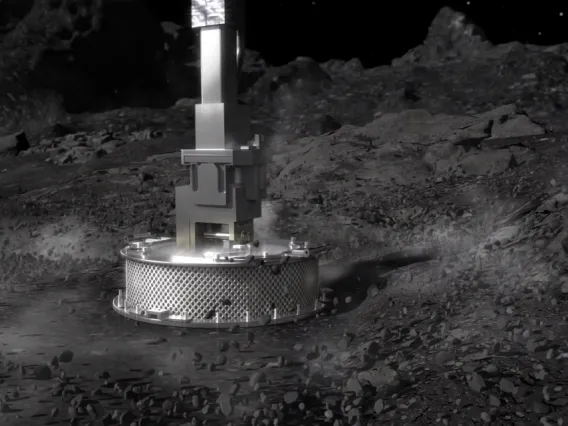
Why Scooping a Sample from an Asteroid is Harder than it Looks
Here's what will happen on Oct. 20, when NASA's OSIRIS-REx spacecraft will descend to asteroid Bennu and pick up a sample of pristine material left over from the formation of our solar system.
Why Scooping a Sample from an Asteroid is Harder than it Looks
×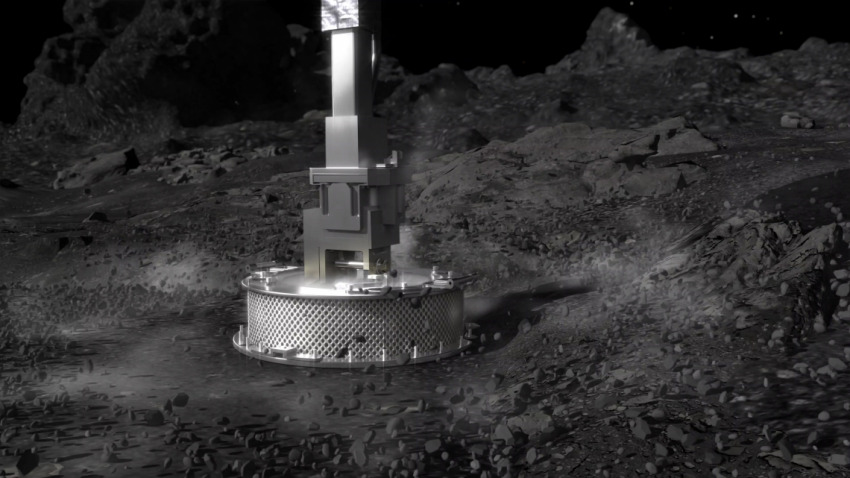
By Daniel Stolte, University Communications - October 15, 2020
When NASA's OSIRIS-REx spacecraft descends toward the surface of Bennu on Oct. 20, it will be the first time that a U.S.-led mission attempts to pick up a sample of pristine material from an asteroid. Bennu is likely an extraterrestrial accumulation of the original leftovers from the formation of our solar system.
The University of Arizona-led mission to sample an asteroid many millions of miles from Earth is anything but a walk on the beach. As a matter of fact, Bennu "is not nearly the sandy beach we hoped and were expecting," said Thomas Zurbuchen, associate administrator for the Science Mission Directorate at NASA, during a Sept. 24 media event. Once the spacecraft moved closer and began sending back the first detailed images of Bennu's surface, it surprised the mission team and the public alike by revealing a rocky surface littered with house-sized boulders.
Since its arrival on Dec. 3, 2018, the OSIRIS-REx spacecraft has spent its time flying around the asteroid while scanning, photographing, measuring and studying the dark, rocky rubble pile below – from afar at first, then up close. Using its laser altimeter instrument, or OLA, combined with the data from images taken with the spacecraft's PolyCam instrument, the mission has produced maps of unprecedented detail, better than those of any planetary body visited by spacecraft. The mission's primary sample site, which sits inside a crater dubbed Nightingale, was selected based on those maps.
"We selected Nightingale because, by far, it has the most fine-grained material of all the four sample site candidates," said Dante Lauretta, the mission's principal investigator and a professor at the UArizona Lunar and Planetary Laboratory, during the press event. "We spent early 2020 doing low-altitude reconnaissance passes over this site, ultimately imaging at about an eighth of an inch per pixel. We basically have incredibly detailed images covering the entire crater, and we counted all of those rocks."
Shortly before 11 a.m. Arizona time on Oct. 20, thrusters on the spacecraft will fire and gently nudge OSIRIS-REx out of its orbit around Bennu and steer it down toward the rugged surface. That burn will set in motion a sequence of events that has been planned meticulously by the mission team.
What Happens if Everything Goes as Planned? And if it Doesn't?
Once the spacecraft has set off on the descent to its target, it will rely on what the mission team calls a "hazard map" – a detailed representation of areas within the sample site that may present a risk to the spacecraft due to the presence of large rocks or uneven terrain.
Just prior to touching the surface, the spacecraft will compare images from one of its cameras with the hazard map stored in the spacecraft's memory. If the descent path would result in the spacecraft touching down in a potentially unsafe spot, the system would automatically trigger the spacecraft to back away, a scenario that has a probability of less than 6% based on simulations.
If everything goes well, the spacecraft will extend its Touch-and-Go Sample Acquisition Mechanism, or TAGSAM, which is suspended at the tip of an 11-feet-long arm. Reminiscent of an air filter used in an older car, it is designed to collect fine grained material, but is capable of ingesting material up to about three quarters of an inch.
The sample will be collected during a "touch-and-go" maneuver, or TAG, during which the sampling head will make contact with Bennu's surface for around 10 seconds. When the spacecraft detects contact, it will fire one of three nitrogen gas bottles, and much like a reverse vacuum cleaner, stir up surface material – called regolith – inside the sampler head, before the spacecraft backs away.
As a backup, the sampling head features a series of small discs designed to pick up dust like sticky pads, in case something were to go wrong with the gas-powered sampling process.
The team will examine footage taken by the spacecraft's sampling camera, or SamCam, of the sampling head as it makes contact with the surface. SamCam is one of three cameras aboard the spacecraft that were built at UArizona.
"We'll be able to tell if we were tilted, if gas blew out to the side, if material was sufficiently stirred up," Lauretta said. "We also will have a very good indication of the exact location in Nightingale where we made contact and we can compare that to our samplability map, to assess if we touched down in an area where there is abundant samplable material or one of the rockier locations."
SamCam also will be able to take images of the sampling head after the spacecraft has departed Nightingale crater and is a safe distance from the asteroid. Because the sampling head is mounted on a wrist joint, the team will be able to examine it at a different orientations relative to the sun and the sampling camera. The team also will see any dust or material on any other area of the TAGSAM, on the arm or on the blanketing over the gas bottles, Lauretta explained.
"This will tell us whether we moved enough material around when we made contact, and maybe, just maybe, we'll be able to see some of the particles in the interior of TAGSAM, if the particles are in the right location inside the head and if we get the right illumination conditions."
After TAG, the team will then spend one week assessing how much sample was collected. It will use several methods to estimate the amount of sample, beginning with imaging the sample collection head for visual inspection. The team will also be performing checkouts of the spacecraft and instruments to verify that didn't result in degradation to either.
A Pirouette in Space
Next, the spacecraft is prepared to perform a maneuver designed to give the scientists on the ground an estimate of how much sample was collected. With its sampling arm extended, it will slowly spin around an axis perpendicular to TAGSAM to measure the change in mass attributable to the collected sample by comparison to a previous measurement taken with the sampling head empty.
Due to uncertainty in the technique, the result of the measurement needs to exceed the required sample mass to have high confidence that an adequate sample is present.
"We'll be looking for a 90% chance that we have 60 actual grams or more," Lauretta said. "Anything below that, we'll have conversations with NASA to assess the status of the spacecraft, its ability to go in for a second TAG, and to decide whether we want to return with what we have or go for a second TAG attempt."
The spacecraft can make multiple sampling attempts, as it is equipped with three bottles of nitrogen gas. For example, if it were to touch down in a safe location but failed to come up with a good sample, the team has developed contingency measures to ensure the mission still meets its primary science objective: collect at least 60 grams (just under 2 ounces) of surface material and return it to Earth.
"In case the decision is made we need to go in again, we have to get the spacecraft back into orbit and conduct a series of burns to line up its position in orbit for the next tag attempt," said Mike Moreau, deputy project manager at NASA's Goddard Space Flight Center in Maryland.
While Nightingale was identified as the best place to get a sample on all of Bennu, it still presents a lot of challenges, Lauretta said.
"By far, the most likely outcome we will have on Oct. 20 is we will contact the surface and came away with a large sample that exceeds our requirements. But Bennu has thrown us a number of curve balls already, which is why we are fully prepared to tag at Osprey (the backup site) if that becomes necessary," he said.
Once the decision is made to stow the sample, the team will proceed to place the head inside the sample return capsule and seal it for return to Earth in 2023. And when that time comes, chances are that it'll bring back even more than the minimum of 60 grams, as TAGSAM was designed to capture at least 150 grams, and under optimal conditions up to 4 pounds – enough to keep generations of researchers busy in laboratories on Earth.
EXTRA INFO
Watch a video about the sampling process and possible what-if scenarios here.
NASA will provide live coverage of the Touch-and-Go, or TAG, event starting at 2 p.m. (PT) on Oct. 20, with sample collection schedule for 3:12 p.m. (PT). Viewers can tune in at https://www.nasa.gov/nasalive.
Hosted by Dante Lauretta, the mission's principal investigator and UArizona professor of lunar and planetary sciences, and Michelle Thaller, science communicator at NASA's Goddard Space Flight Center, the broadcast will cover milestones in the 90 minutes leading up to TAG and spacecraft back-away.
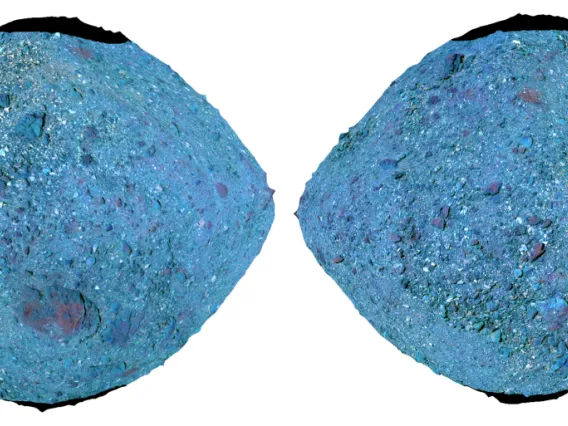
An Asteroid of a Different Color … and Other Secrets of Bennu Unlocked
The LPL-led OSIRIS-REx mission is gearing up for its first attempt to collect a sample from asteroid Bennu this month. But before even touching the surface, scientists are learning more than ever about the material that makes up the asteroid.
An Asteroid of a Different Color … and Other Secrets of Bennu Unlocked
×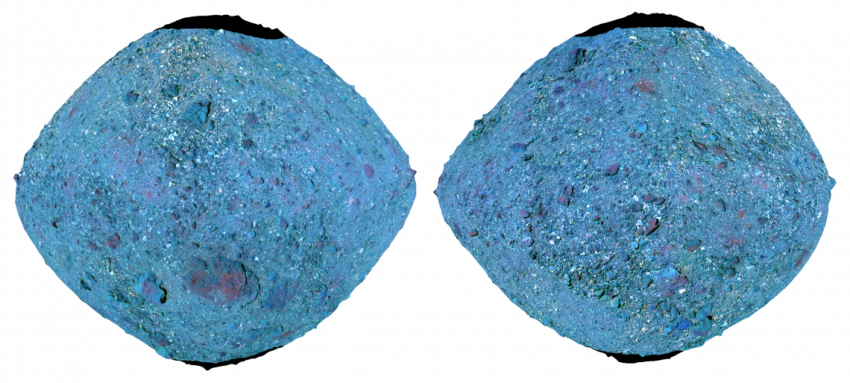
By University Communications and OSIRIS-REx - October 8, 2020
Scientists now know much more about the material NASA's first asteroid sample return mission will be collecting in just a few weeks.
In a special collection of six papers published today in the journals Science and Science Advances, scientists with the University of Arizona-led OSIRIS-REx mission present new findings on asteroid Bennu's surface material, geological characteristics and dynamic history. They also say that the sample delivered from Bennu may be unlike anything we have in the meteorite collection on Earth.
These discoveries complete the OSIRIS-REx mission's pre-sample collection science requirements and offer insight into an asteroid sample that scientists will study for generations to come.
Rocks in Rouge
One of the papers – published in Science and led by Dani DellaGiustina, lead scientist on the mission's image processing team and senior staff scientist at the UArizona Lunar and Planetary Laboratory – details a striking discovery at the mission's primary sample site, Nightingale, where OSIRIS-REx will make its first sample collection attempt on Oct. 20. The rocky debris covering the site has only recently been exposed to the harsh space environment. That means the mission will be collecting and returning some of the most pristine material on the asteroid.
Using spectroscopy – a technique that reveals a material's composition based on the pattern of reflected wavelengths of light – the scientists found that Nightingale is part of a population of young craters whose composition reflects mostly red light. Bennu's colors, as revealed through spectroscopy, are much more diverse than originally anticipated. This diversity results from a combination of different materials inherited from Bennu's parent body and different durations of exposure to the space environment.
While Bennu appears quite black to the naked eye, the authors illustrate the diversity of Bennu's surface by using false-color renderings of spectral data collected by the mission's MapCam camera. The freshest material on Bennu, such as that found at the Nightingale site, is spectrally redder than average and thus appears red in the images. Surface material turns vivid blue when it has been exposed to space weathering for an intermediate period of time. As the surface material continues to weather over long periods of time, it ultimately brightens across all wavelengths, becoming a less intense blue – the average spectral color of Bennu.
"When a material is exposed to the space environment, its surface weathers, but in a very different way than things do on Earth," DellaGiustina said. "In space, weathering is caused by exposure to solar wind and the rain of tiny micrometeorites. On the moon's surface and many asteroids, we have observed that space weathering darkens and reddens surfaces. On Bennu, however, the opposite is true. We see that over time Bennu has become brighter and bluer in response to space weathering. This is an exciting finding because it tells us that something about Bennu is quite different than other planetary surfaces we've observed."
The paper led by DellaGiustina also distinguishes two main types of boulders on Bennu's surface: dark and rough, and, less commonly, bright and smooth. The different types may have formed at different depths in the parent asteroid of Bennu.
A 'Scientific Triumph'
Another paper published in Science, led by Amy Simon from NASA's Goddard Space Flight Center in Greenbelt, Maryland, shows that carbon-bearing, organic material is widespread on the asteroid's surface, including at the Nightingale site. These findings indicate that hydrated minerals and organic material will likely be present in the collected sample.
This organic matter may contain carbon in a form often found in biology or in compounds associated with biology. Scientists are planning detailed experiments on these organic molecules and expect that the returned sample will help answer complex questions about the origins of water and life on Earth.
"The abundance of carbon-bearing material is a major scientific triumph for the mission. We are now optimistic that we will collect and return a sample with organic material – a central goal of the OSIRIS-REx mission," said Dante Lauretta, OSIRIS-REx principal investigator and UArizona planetary science professor, who co-authored all six papers in the collection.
History Hidden in Rocks
During fall 2019, NASA’s OSIRIS-REx spacecraft captured this image, which shows one of asteroid Bennu’s boulders with a bright vein that appears to be made of carbonate. The image within the circle (lower right) shows a focused view of the vein.NASA/Goddard/University of Arizona
Another study in the collection, published in Science and led by Hannah Kaplan from Goddard, found that carbonate minerals – which are compounds containing special combinations of carbon, oxygen and metals – make up some of the asteroid's geological features and might be present in the returned sample. Because these carbonate minerals form under certain conditions, scientists theorize that Bennu's parent asteroid likely hosted an environment where water interacted with and altered the rock on Bennu's parent body.
A Science Advances paper led by Ben Rozitis from The Open University in the U.K. shows that the dark boulders are weaker and more porous, whereas the bright boulders are stronger and less porous. However, both boulder types are weaker than scientists expected. Rozitis and colleagues suspect that Bennu's dark boulders – the weaker, more porous and more common type – would not survive the journey through Earth's atmosphere. It's therefore likely that the returned samples of asteroid Bennu will provide a missing link for scientists, as this type of material is not currently represented in meteorite collections.
A Surprising Shape
Bennu is a diamond-shaped pile of rubble floating in space, but there's more to it than meets the eye. Data obtained by the OSIRIS-REx Laser Altimeter, or OLA, has allowed the mission team to develop a 3D digital terrain model of the asteroid that, at nearly 8-inch resolution, is unprecedented in detail and accuracy.
In a Science Advances paper led by Michael Daly of York University, scientists explain how detailed analysis of the asteroid's shape revealed ridge-like mounds on Bennu that extend from pole-to-pole but are subtle enough that they could be easily missed by the human eye. Their presence has been hinted at before but only became clear when the northern and southern hemispheres were split apart in the OLA data for comparison.
The digital terrain model also shows that Bennu's northern and southern hemispheres have different shapes. The southern hemisphere appears to be smoother and rounder, which the scientists believe is a result of loose material getting trapped by the region's numerous large boulders.
What's at the Center of Bennu?
Another Science Advances paper in the special collection, led by Daniel Scheeres of University of Colorado Boulder, examines the gravity field of Bennu, which has been determined by tracking the trajectories of the OSIRIS-REx spacecraft and the particles that are naturally ejected from Bennu's surface.
The reconstructed gravity field shows that the interior of Bennu is not uniform. Instead, there are pockets of higher and lower density material inside the asteroid. It's as if there is a void at its center, within which you could fit a couple of football fields.
All six publications in the special collection use global and local datasets collected by the OSIRIS-REx spacecraft from February through October 2019. The special collection underscores that sample return missions like OSIRIS-REx are essential to fully understanding the history and evolution of the solar system.
The mission is less than two weeks away from fulfilling its biggest goal – collecting a piece of a pristine, hydrated, carbon-rich asteroid. OSIRIS-REx will depart Bennu in 2021 and deliver the sample to Earth on Sept. 24, 2023.
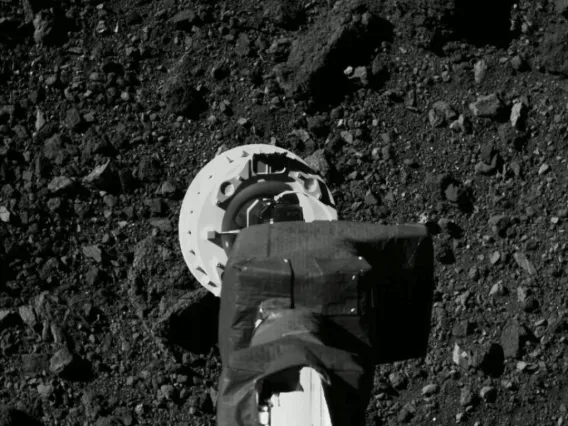
25 Days of 'O-REx'
There are T minus 25 days until the LPL-led NASA OSIRIS-REx mission attempts to collect its first-ever asteroid sample. Here are facts for each day of the countdown.
25 Days of 'O-REx'
×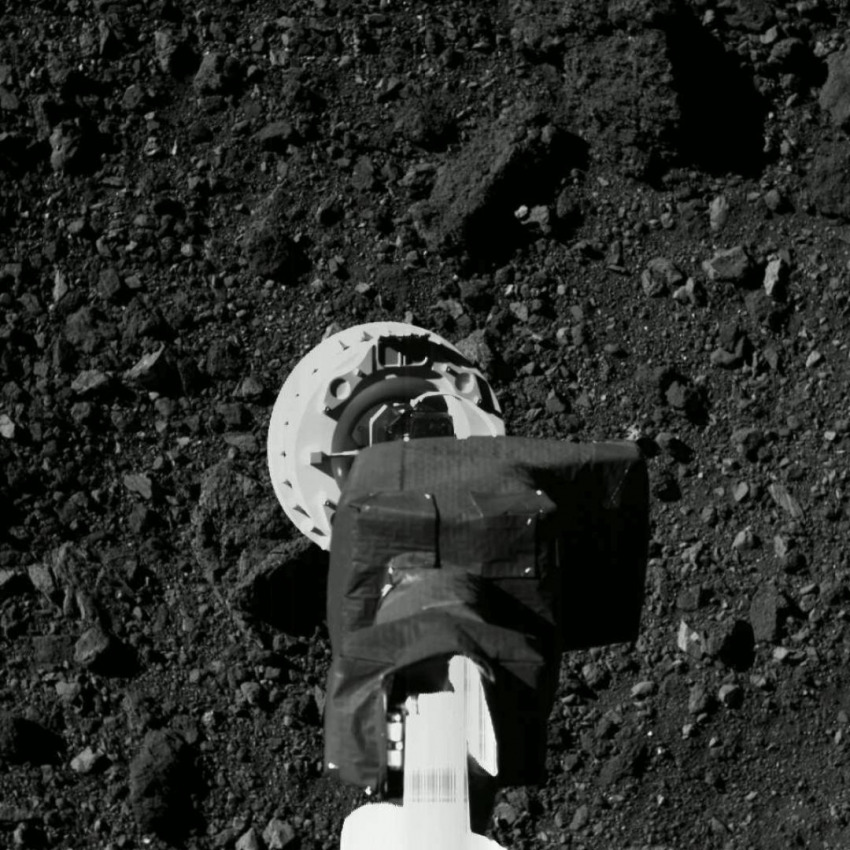
By Mikayla Mace, University of Arizona - September 25, 2020
The University of Arizona-led OSIRIS-REx mission is poised to accomplish a first for NASA in planetary science: collect a sample from a near-Earth asteroid and bring it back home. The composition of the asteroid Bennu could shed more light on the origins and evolution of the 4.5 billion-year-old solar system.
On Oct. 20, the spacecraft will begin a flight trajectory to descend to the asteroid’s surface. Then, it will extend a sample collection arm that will briefly touch the surface, fire a small puff of compressed nitrogen to kick up debris and capture it before storing it in the body of the spacecraft for safekeeping on the two-year journey home.
Sept. 26 marks 25 days until the Touch-And-Go, or TAG, sample collection event, after which the spacecraft will stow the sample for its return to Earth on Sept. 24. 2023.
To celebrate the historic moment, UANews is counting down the 25 Days of "O-REx" with 25 facts.
25. This mission is a first for NASA. Several NASA spacecraft have studied asteroids from a distance, but none have touched an asteroid and returned with material. The mission was designed to return at least 60 grams (slightly over 2 ounces) of pristine asteroid material to Earth for analysis.
24. This image shows sample site Nightingale Crater, OSIRIS-REx’s primary sample collection site on asteroid Bennu. The image is overlaid with a graphic of the OSIRIS-REx spacecraft to illustrate the scale of the site.NASA/Goddard/University of Arizona
While scientists had predicted the asteroid's shape with uncanny accuracy, the surface of Bennu was unexpectedly rocky. The mission team spent over 18 months extensively surveying the surface for a boulder-free area before identifying Nightingale as the primary sample collection site and Osprey as the backup sample site.
23. The primary sample site, Nightingale, is located in a crater in Bennu's northern hemisphere and was determined to be the safest spot for the Touch-And-Go sample collection maneuver. For scale, the spacecraft's brief touchdown will be like parking a shuttle van in an area about as wide as three parking spaces. The site is one-tenth as large as the original mission plan envisioned.
22. On the journey back to Earth, the spacecraft will eject its sample return capsule containing the bits of Bennu for landing in the Utah desert on Sept. 24, 2023. The entire trip from launch to landing will have spanned seven years and 4.4 billion miles of space travel.
21. The asteroid is a time capsule from the early solar system. Made from the crumbs of what was left over after the formation of the solar system, it is rich with organic compounds that may have seeded life on Earth.
20. Bennu is about the same size as Pusch Ridge in the Santa Catalina Mountains, measuring about 500 meters, or about one-third of a mile, in diameter.
19. The asteroid Bennu is a near-Earth asteroid – meaning it is not part of the main asteroid belt – and is situated between 241,000 and 209 million miles away, depending on its orbit relative to Earth's. Right now, the asteroid and spacecraft are about 200 million miles from Earth.
18. Bennu is in an unstable orbit, meaning it likely won't last more than 10 million years before it collides with a planet or falls into the sun.
17. Evidence of water was discovered locked within the clays that make up the asteroid. While Bennu itself is too small to have ever hosted liquid water, liquid water was likely present at some time on Bennu's parent body, a much larger asteroid.
16. Bennu's temperatures range from 240 degrees Fahrenheit during the day to 100 below zero at night.
15. The mission marked a milestone recognized by the Guinness World Records. The spacecraft made the closest orbit of a planetary body and made the asteroid the smallest planetary object ever orbited by a spacecraft.
14. Bennu is shedding. It regularly ejects particles from its surface, highlighting just how dynamic the miniature world can be.
13. This global map of asteroid Bennu’s surface was created by stitching and correcting 2,155 PolyCam images. At 2 inches (5 cm) per pixel, this is the highest resolution at which a planetary body has been globally mapped.NASA/Goddard/University of Arizona.
The OSIRIS-REx mission's science team, headquartered at UArizona, created the most detailed image of any body in the solar system with its global mosaic of the asteroid Bennu. The mosaic was created by stitching together 2,155 images at a scale of 2 inches per pixel. The map was used to choose the primary and secondary sample sites.
12. When the spacecraft touches down for sampling, it will do so on autopilot due to the 18.5-minute time delay between Earth and the spacecraft.
11. The UArizona-built PolyCam is so named because it is a master of all trades and the world's best zoom lens – it can be a microscope and a telescope, and anything in between. It captured OSIRIS-REx's first image of the asteroid, helped with mapping large boulders and rocks and is expected to microscopically scrutinize tiny rocks and pebbles on the surface to ensure that they are small enough for sample collection.
10. UArizona also built the two other on-board cameras – MapCam, which was used to map the surface of the asteroid, and SamCam, which will record the entire sample collection event and verify that a sample was collected.
9. During its descent to site Nightingale, OSIRIS-REx could encounter several hazardous scenarios that would prevent it from collecting a sample of asteroid Bennu on its first attempt.NASA/Goddard/CI Lab
The spacecraft can navigate the asteroid using what's called natural feature tracking. By comparing the surface features found within the high-resolution image catalog with the surface, the spacecraft can autonomously guide itself to the surface for sample collection.
8. O-REx will perform a pirouette in space to weigh how much material was collected during the Touch-and-Go sample collection event.
7. While flying through space, the OSIRIS-REx spacecraft navigates using the stars, similar to ocean-going explorers.
6. Bits of the asteroid Vesta were recently found on Bennu.
5. A total of 150 UArizona undergraduate and graduate students have worked on OSIRIS-REx. More than 30 alumni have been hired to join the mission as staff after graduating.
4. The mission's economic impact on Arizona is around $230.5 million. Of that, approximately $173 million comes to Tucson.
3. UArizona professor Dante Lauretta is the principal investigator of the OSIRIS-REx mission, a $1 billion project led by the University of Arizona. The mission's science operations command center is at the UArizona Lunar and Planetary Laboratory.
2. OSIRIS-REx builds on the university's long legacy of successful planetary exploration. The university has been part of almost every major NASA planetary mission since they began. The most recent NASA missions include HiRISE (Alfred McEwen, principal investigator), Dawn Mission (Mark Sykes, co-investigator, and Shane Byrne, guest investigator); Juno Mission (William Hubbard, co-investigator); and the New Horizons Mission to Pluto (Veronica Bray, science team member). UArizona was the first public university to be awarded a principal investigator-led mission when it was chosen to lead the Phoenix Mars mission.
1. The mission is officially named the Origins, Spectral Interpretation, Resource Identification, Security-Regolith Explorer. Osiris is the Egyptian god of the underworld and "rex" means king in Latin. The mission objectives to return asteroid samples and analyze them in lab around the world loosely matches the mythological story of Osiris, whose body was cut into pieces and sprinkled all over Egypt, marking the spread of agriculture.
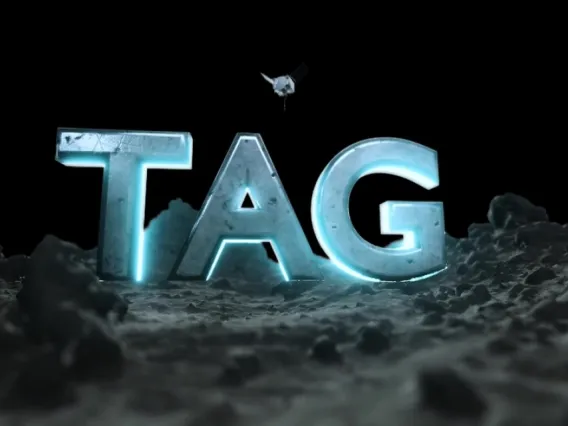
OSIRIS-REx Begins its Countdown to TAG
On Oct. 20, the LPL-led OSIRIS-REx mission will make its first sample collection attempt. Because of the communication delay, the spacecraft must pilot itself to the surface while avoiding hazardous boulders before backing away safely with the sample.
OSIRIS-REx Begins its Countdown to TAG
×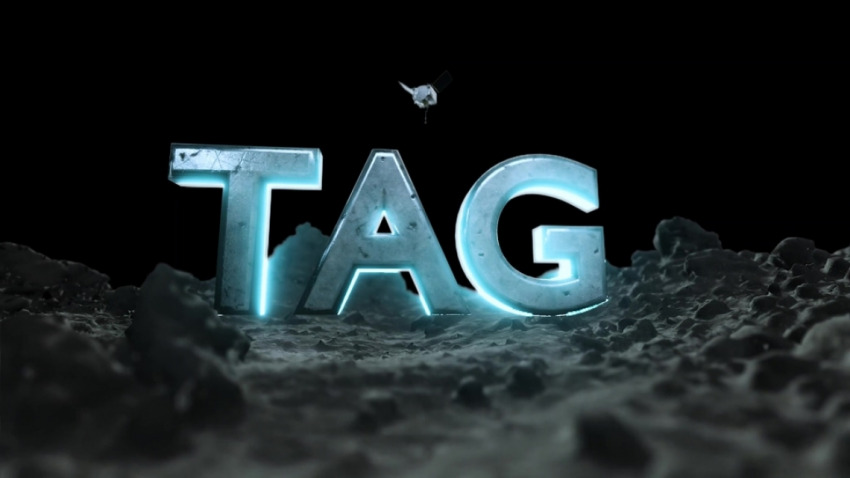
By Brittany Enos, OSIRIS-REx - September 24, 2020
A historic moment is on the horizon for the University of Arizona-led NASA OSIRIS-REx mission. In just a few weeks, the robotic OSIRIS-REx spacecraft will descend to asteroid Bennu's boulder-strewn surface, touch down for a few seconds and collect a sample of the asteroid's rocks and dust – marking the first time NASA has grabbed pieces of an asteroid, which will be returned to Earth for study.
"This is all about understanding our origins and addressing some of the most fundamental questions that we ask ourselves as human beings: Where did we come from and are we alone in the universe?" Dante Lauretta, OSIRIS-REx principal investigator at the UArizona Lunar and Planetary Laboratory, said during a media event Thursday.
The university leads the science team and the mission's science observation planning and data processing.
The science team chose the dark, low-reflectance asteroid Bennu early in the mission design because it is likely full of the organic material and hydrated minerals that could have led to water on Earth.
"That information was based on a technique called spectroscopy. One aspect of the OSIRIS-REx science program is to understand these dark, low-reflectance asteroids and try to infer composition from that information," Lauretta said. "There are over 1 million asteroids in the solar system, so we're not going to send spacecraft to every one of those. …We're going to use the spectra and OSIRIS-REx samples to better understand the spectra of these objects."
Touch-And-Go
On Oct. 20, the mission will perform the first attempt of its Touch-And-Go, or TAG, sample collection event. This series of maneuvers will bring the spacecraft down to a site named Nightingale, a rocky area 52 feet in diameter in Bennu's northern hemisphere, where the spacecraft's robotic sampling arm will attempt to collect a sample. Nightingale was selected as the mission's primary sample site because it holds the greatest amount of unobstructed fine-grained material, but the region is surrounded by building-sized boulders. During the sampling event, the spacecraft, which is the size of a large van, will attempt to touch down in an area that is only the size of a few parking spaces and just a few steps away from some of these large boulders.
During the 4 1/2-hour sample collection event, the spacecraft will perform three separate maneuvers to reach the asteroid's surface. The descent sequence begins with OSIRIS-REx firing its thrusters for an orbit departure maneuver to leave its safe-home orbit approximately 2,500 feet from Bennu's surface. After traveling four hours on this downward trajectory, the spacecraft performs the "checkpoint" maneuver at an approximate altitude of 410 feet. This thruster burn adjusts OSIRIS-REx's position and speed to descend steeply toward the surface. About 11 minutes later, the spacecraft performs the "matchpoint" burn at an approximate altitude of 177 feet, slowing its descent and targeting a path to match the asteroid's rotation at the time of contact. The spacecraft then descends to the surface, touches down for less than 16 seconds and fires one of its three pressurized nitrogen bottles. The gas agitates and lifts Bennu's surface material, which is then caught in the spacecraft's collector head. After this brief touch, OSIRIS-REx fires its thrusters to back away from Bennu's surface and navigates to a safe distance from the asteroid.
After the orbit departure maneuver, the spacecraft undertakes a sequence of reconfigurations to prepare for sampling. First, OSIRIS-REx extends its robotic sampling arm – the Touch-And-Go Sample Acquisition Mechanism, or TAGSAM – from its folded storage position out to the sample collection position. The spacecraft's two solar panels then move into a "Y-wing" configuration over the spacecraft's body, which positions them safely up and away from the asteroid's surface during touchdown. This configuration also places the spacecraft's center of gravity directly over the TAGSAM collector head, which is the only part of the spacecraft that will contact Bennu's surface during the sample collection event.
Because the spacecraft and Bennu are approximately 207 million miles from Earth during TAG, it will take about 18 1/2 minutes for signals to travel between them. This time lag prevents the live commanding of flight activities from the ground during the TAG event, so the spacecraft is designed to perform the entire sample collection sequence autonomously. Prior to the event's start, the OSIRIS-REx team will uplink all of the commands to the spacecraft and then send a "go" command to begin.
To autonomously navigate to Nightingale, OSIRIS-REx uses the natural feature tracking navigation system. The spacecraft begins collecting navigation images about 90 minutes after orbit departure. It then compares these real-time images to an onboard image catalog, using identified surface features to make sure that it's on the right course toward the site. As the spacecraft approaches the surface, OSIRIS-REx updates the checkpoint and matchpoint maneuvers based on the navigation system's estimate of the spacecraft's position and velocity. OSIRIS-REx continues to use the system estimates as it descends to the surface after the matchpoint maneuver to monitor its position and descent rate. The spacecraft will autonomously abort should its trajectory vary outside of predefined limits.
To ensure that the spacecraft touches down on a safe area that avoids the region's many boulders, the navigation system is equipped with a hazard map of site Nightingale, which delineates areas within the sample site that could potentially harm the spacecraft. If the spacecraft's navigation system detects that it is on course to touch one of these hazardous zones, the spacecraft will autonomously wave off its approach once it reaches an altitude of 16 feet. This keeps the spacecraft safe and allows for a subsequent sample collection attempt at a future date.
As the spacecraft performs each event in the sample collection sequence, it will send telemetry updates back to the OSIRIS-REx team, albeit at an extremely slow data rate. The team will monitor the telemetry during the excursion and will be able to confirm that the spacecraft has successfully touched down on Bennu's surface soon after TAG occurs. The images and other science data collected during the event will be downlinked after the spacecraft has backed away from the asteroid and can point its larger antenna back to Earth to transmit at higher communication rates.
OSIRIS-REx is charged with collecting at least 2 ounces of Bennu's rocky material to deliver back to Earth – the largest sample return from space since the Apollo program – and the mission developed two methods to verify that this sample collection occurred. On Oct. 22, OSIRIS-REx's SamCam camera will capture images of the TAGSAM head to see whether it contains Bennu's surface material. The spacecraft will also perform a spin maneuver on Oct. 24 to determine the mass of collected material. If these measures show successful collection, the decision will be made to place the sample in the sample return capsule for return to Earth. If sufficient sample has not been collected from Nightingale, the spacecraft has onboard nitrogen charges for two more attempts. A TAG attempt at the backup site, Osprey, would be made no earlier than January 2021.
"On the day of TAG, Oct. 20, we will have slow data rate coming in. The spacecraft will be talking to us at 40 bits per second, so we're not getting a lot of information about how much sample we collected," Lauretta said. "Over the next week or so, we will do series of activities to understand how the TAG event worked and do as much as we can to verify that we collect our minimum of 60 grams – 2 ounces – of sample or more."
The team will start by looking at images snapped of the sample head itself and recordings of the sample collection process.
"We'll be able to tell if we were tilted, if the gas blew out to the side or if material was significantly mobilized. We'll also have good indication of the exact location in Nightingale where we made contact, and we can compare it to the samplability map to indicate if we landed in an area with abundant sample material or in one of the more rocky locations with larger fragments," Lauretta said. "I'm confident that we'll have abundant material based on the nature of the Nightingale site and the extensive testing we did with our TAGSAM."
The mission team has spent the last several months preparing for the sample collection event while maximizing remote work as part of its COVID-19 response. On the day of TAG, a limited number of team members will monitor the spacecraft from Lockheed Martin Space's Mission Support Area, taking appropriate safety precautions. Other members of the team will be at other locations on-site to cover the event, while also observing safety protocols.
The spacecraft is scheduled to depart Bennu in 2021 and deliver the collected sample to Earth on Sept. 24, 2023.
NASA's Goddard Space Flight Center in Greenbelt, Maryland, provides overall mission management, systems engineering, and the safety and mission assurance for OSIRIS-REx. Lockheed Martin Space in Denver built the spacecraft and provides flight operations. Goddard and KinetX Aerospace are responsible for navigating the OSIRIS-REx spacecraft. OSIRIS-REx is the third mission in NASA's New Frontiers program, which is managed by NASA's Marshall Space Flight Center in Huntsville, Alabama, for the agency's Science Mission Directorate in Washington.
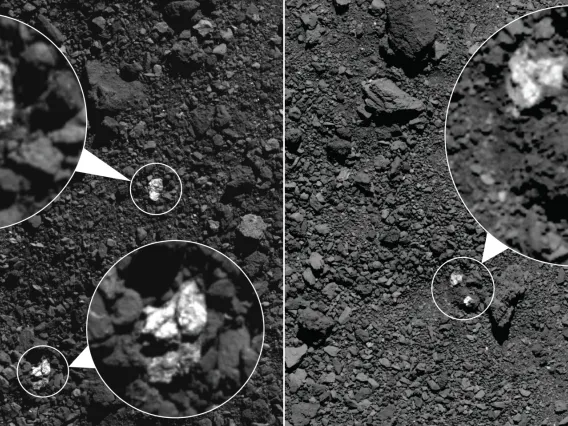
NASA's OSIRIS-REx to Asteroid Bennu: 'You've Got a Little Vesta on You...'
Bits of the asteroid Vesta found on Bennu highlight the variety of asteroids in the solar system.
NASA's OSIRIS-REx to Asteroid Bennu: 'You've Got a Little Vesta on You...'
×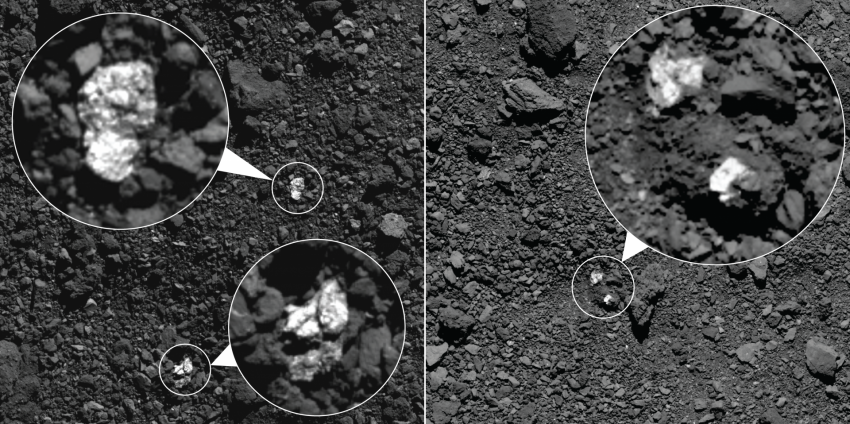
By NASA Goddard Space Flight Center and University Communications - September 21, 2020
In an interplanetary faux pas, it appears some pieces of asteroid Vesta ended up on asteroid Bennu, according to observations from the University of Arizona-led OSIRIS-REx mission. The new result sheds light on the intricate orbital dance of asteroids and on the violent origin of Bennu, which is a "rubble pile" asteroid that coalesced from the fragments of a massive collision.
"We found six boulders ranging in size from 5 to 14 feet (about 1.5 to 4.3 meters) scattered across Bennu's southern hemisphere and near the equator," said Daniella DellaGiustina, the NASA mission's image processing lead scientist and senior staff scientist at the university's Lunar and Planetary Laboratory. "These boulders are much brighter than the rest of Bennu and match material from Vesta."
"Our leading hypothesis is that Bennu inherited this material from its parent asteroid after a vestoid (a fragment from Vesta) struck the parent," said Hannah Kaplan of NASA's Goddard Space Flight Center in Greenbelt, Maryland. "Then, when the parent asteroid was catastrophically disrupted, a portion of its debris accumulated under its own gravity into Bennu, including some of the pyroxene from Vesta."
DellaGiustina and Kaplan are primary authors of a paper on this research, published in Nature Astronomy.
The unusual boulders on Bennu first caught the team's eye in images from the OSIRIS-REx Camera Suite, or OCAMS. They appeared extremely bright, with some almost 10 times brighter than their surroundings. They analyzed the light from the boulders using the OSIRIS-REx Visible and Infrared Spectrometer, or OVIRS, instrument to get clues to their composition. A spectrometer separates light into its component colors. Since elements and compounds have distinct, signature patterns of bright and dark across a range of colors, they can be identified using a spectrometer. The signature from the boulders was characteristic of the mineral pyroxene, similar to what is seen on Vesta and the vestoids – smaller asteroids that are fragments blasted from Vesta when it sustained significant asteroid impacts.
Of course, it's possible that the boulders actually formed on Bennu's parent asteroid, but the team thinks this is unlikely based on how pyroxene typically forms. The mineral typically forms when rocky material melts at high temperature. However, most of Bennu is composed of rocks containing water-bearing minerals, so it – and its parent – couldn't have experienced very high temperatures. Next, the team considered localized heating, perhaps from an impact. An impact needed to melt enough material to create large pyroxene boulders would be so significant that it would have destroyed Bennu's parent-body. So, the team ruled out these scenarios, and instead considered other pyroxene-rich asteroids that might have implanted this material to Bennu or its parent.
Observations reveal it's not unusual for an asteroid to have material from another asteroid splashed across its surface. Examples include dark material on crater walls seen by the Dawn spacecraft at Vesta, a black boulder seen by the Hayabusa spacecraft on Itokawa and, very recently, material from S-type asteroids observed by Hayabusa2 at Ryugu. This indicates many asteroids are participating in a complex orbital dance that sometimes results in cosmic mashups.
As asteroids move through the solar system, their orbits can be altered in many ways, including the pull of gravity from planets and other objects, meteoroid impacts and even the slight pressure from sunlight. The new result helps pin down the complex journey Bennu and other asteroids have traced through the solar system.
Several studies indicate that Bennu, based on its orbit, was delivered from the inner region of the main asteroid belt via a well-known gravitational pathway that can take objects from the inner main belt to near-Earth orbits. There are two inner main belt asteroid families – Polana and Eulalia – that look like Bennu: dark and rich in carbon, making them likely candidates for Bennu's parent. Likewise, the formation of the vestoids is tied to the formation of the Veneneia and Rheasilvia impact basins on Vesta, at roughly about two billion years ago and approximately one billion years ago, respectively.
"Future studies of asteroid families, as well as the origin of Bennu, must reconcile the presence of Vesta-like material, as well as the apparent lack of other asteroid types. We look forward to the returned sample, which hopefully contains pieces of these intriguing rock types," said Dante Lauretta, OSIRIS-REx principal investigator and UArizona professor of planetary science and cosmochemistry. "This constraint is even more compelling given the finding of S-type material on asteroid Ryugu. This difference shows the value in studying multiple asteroids across the solar system."
The OSIRIS-REx spacecraft will make its first attempt to collect a sample from Bennu in October and will return it to Earth in 2023 for detailed analysis. The mission team closely examined four potential sample sites on Bennu to determine their safety and science value before making a final selection in December 2019. DellaGiustina and Kaplan's team thinks they might find smaller pieces of Vesta in images from these close-up studies.
The research was funded by the NASA New Frontiers Program. The primary authors acknowledge significant collaboration with the French space agency CNES and Japan Society for the Promotion of Science Core-to-core Program on this paper. NASA's Goddard Space Flight Center in Greenbelt, Maryland, provides overall mission management, systems engineering, and the safety and mission assurance for OSIRIS-REx. Lauretta is the principal investigator, and the University of Arizona also leads the science team and the mission's science observation planning and data processing. The late Michael Drake of UArizona pioneered the study of vestoid meteorites and was the first principal investigator for OSIRIS-REx. Lockheed Martin Space in Denver built the spacecraft and is providing flight operations. Goddard and KinetX Aerospace are responsible for navigating the OSIRIS-REx spacecraft. OSIRIS-REx is the third mission in NASA's New Frontiers Program, which is managed by NASA's Marshall Space Flight Center in Huntsville, Alabama, for the agency's Science Mission Directorate in Washington, D.C.
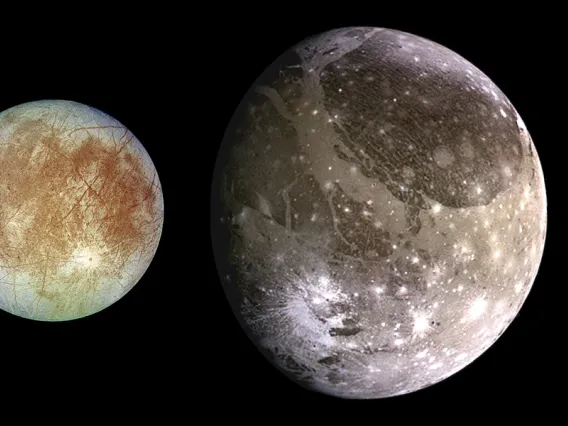
Jupiter's Moons Could be Warming Each Other
The gravitational push and pull by Jupiter's moons could account for more warming than the gas giant Jupiter alone.
Jupiter's Moons Could be Warming Each Other
×
By Mikayla Mace, University Communications - September 10, 2020
Jupiter's moons are hot.
Well, hotter than they should be, for being so far from the sun. In a process called tidal heating, gravitational tugs from Jupiter's moons and the planet itself stretch and squish the moons enough to warm them. As a result, some of the icy moons contain interiors warm enough to host oceans of liquid water, and in the case of the rocky moon Io, tidal heating melts rock into magma.
Researchers previously believed that the gas giant Jupiter was responsible for most of the tidal heating associated with the liquid interiors of the moons, but a new study published in Geophysical Research Letters found that moon-moon interactions may be more responsible for the heating than Jupiter alone.
"It's surprising because the moons are so much smaller than Jupiter. You wouldn't expect them to be able to create such a large tidal response," said the paper's lead author Hamish Hay, a postdoctoral fellow at the Jet Propulsion Laboratory in Pasadena, California, who did the research when he was a graduate student in the University of Arizona Lunar and Planetary Laboratory.
Understanding how the moons influence each other is important because it can shed light on the evolution of the moon system as a whole. Jupiter has nearly 80 moons, the four largest of which are Io, Europa, Ganymede and Callisto.
"Maintaining subsurface oceans against freezing over geological times requires a fine balance between internal heating and heat loss, and yet we have several pieces of evidence that Europa, Ganymede, Callisto and other moons should be ocean worlds," said co-author Antony Trinh, a postdoctoral research fellow in the Lunar and Planetary Lab. "Io, the Galilean moon closest to Jupiter, shows widespread volcanic activity, another consequence of tidal heating, but at a higher intensity likely experienced by other terrestrial planets, like Earth, in their early history. Ultimately, we want to understand the source of all this heat, both for its influence on the evolution and habitability of the many worlds across the solar system and beyond."
Tidal Resonance
The trick to tidal heating is a phenomenon called tidal resonance.
"Resonance creates loads more heating," Hay said. "Basically, if you push any object or system and let go, it will wobble at its own natural frequency. If you keep on pushing the system at the right frequency, those oscillations get bigger and bigger, just like when you're pushing a swing. If you push the swing at the right time, it goes higher, but get the timing wrong and the swing's motion is dampened."
Each moon's natural frequency depends on the depth of its ocean.
"These tidal resonances were known before this work, but only known for tides due to Jupiter, which can only create this resonance effect if the ocean is really thin (less than 300 meters or under 1,000 feet), which is unlikely," Hay said. "When tidal forces act on a global ocean, it creates a tidal wave on the surface that ends up propagating around the equator with a certain frequency, or period."
According to the researchers' model, Jupiter's influence alone can't create tides with the right frequency to resonate with the moons because the moons' oceans are thought to be too thick. It's only when the researchers added in the gravitational influence of the other moons that they started to see tidal forces approaching the natural frequencies of the moons.
When the tides generated by other objects in Jupiter's moon system match each moon's own resonant frequency, the moon begins to experience more heating than that due to tides raised by Jupiter alone, and in the most extreme cases, this could result in the melting of ice or rock internally.
For moons to experience tidal resonance, their oceans must be tens to hundreds of kilometers – at most a few hundred miles – thick, which is in range of scientists' current estimates. However, there are some caveats to the researchers' findings.
Their model assumes that tidal resonances never get too extreme, Hay said. He and his team want to return to this variable in the model and see what happens when they lift that constraint.
Hay also is hoping that future studies will be able to infer the true depth of the oceans within these moons.
This study was funded by NASA's Habitable Worlds program.
Mt. Lemmon SkyCenter
×
Mt. Lemmon SkyCenter is an exceptional science learning facility located at Steward Observatory's "sky island" observing site. The SkyCenter builds upon the uniqueness of the 9,157 foot summit of Mt. Lemmon and the extensive knowledge base at the University of Arizona to deliver educational programs, including:
- SkyNights StarGazing Program: open to the public most nights of the year using the Southwest's largest dedicated public telescope! This unique, awe-inspiring opportunity allows guests to peer beyond the blue horizons of our southwestern skies and explore the astronomical wonders of the Universe. The five hour program lets visitors navigate the night sky with binoculars and sky charts, and view spectacular planets, galaxies, and nebulae with our Schulman 32-inch telescope, the largest dedicated public observing telescope in Arizona.
- UA Sky School: year-round residential science programs (1-5 days) open to Arizona 4th -12th grade students at a 25-acre campus on Mt. Lemmon and in the Coronado National Forest. Programs focus on core University of Arizona science areas such as sky island ecology, geology, tree ring science, and astronomy, and meet state and national science standards.
Space Drafts
×
Space Drafts is Tucson’s flavor of Astronomy on Tap. Talks are held one Wednesday of every month at one of Tucson’s finest microbreweries, The Borderlands Brewing Company (119 E. Toole Ave., Tucson) at 7.00pm.
Space Drafts is free and open to all ages (of humans and dogs alike).
The Art of Planetary Science (TAPS)
×
The Art of Planetary Science is an annual art exhibition run by UA's Lunar and Planetary Laboratory that celebrates the beauty and elegance of science. It was founded by graduate students in 2013 as a public outreach project to engage the local community in our work, and continues to be organized and run by volunteer students each year. The goal behind the show is to present a different side of science to the public, and to show you what we think is beautiful about the solar system. As scientists, it is our job to create knowledge, a process that requires thought, creativity, attention to detail, and imagination. Scientists are encouraged to produce artwork for the show that is created from scientific data, or incorporates scientific ideas, to give you new perspective on why we are passionate about our work. We also ask artists to submit artwork that is inspired by those same themes, and to show us how they view science from their own lens. This event is a very powerful way to bridge the gap between the local science and art communities, and to show how very interconnected the scientific and artistic processes are.

Artemis III
Artemis III
×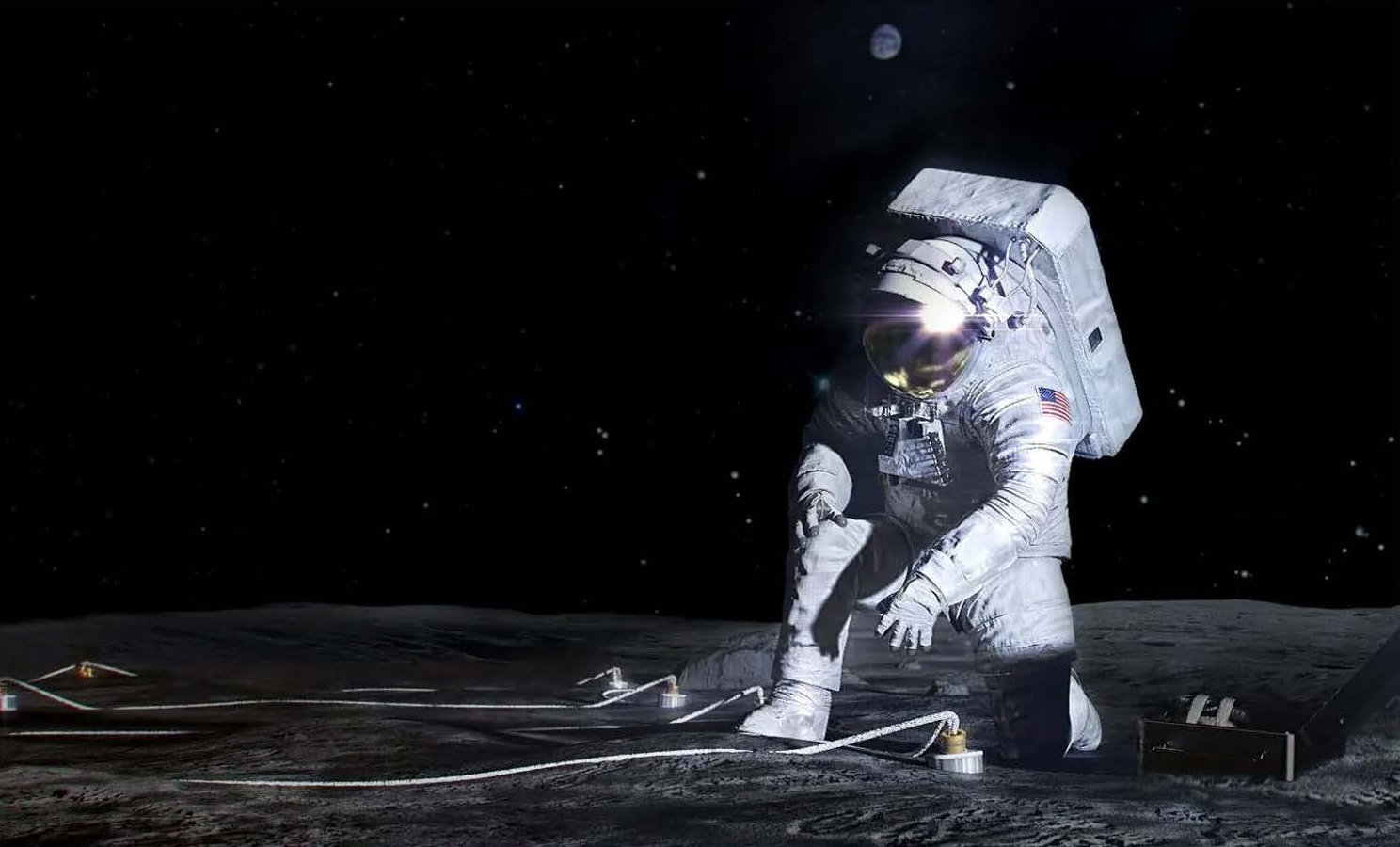
Artemis III will be the first time humans have set foot on the Moon since the Apollo missions 50 years ago. The Lunar Environmental Monitoring Station (LEMS) is a seismometer package that will study moonquakes to determine current rates of activity and study the Moon’s interior from the crust down to the core. LEMS includes both a triaxial short-period seismometer and a triaxial broadband seismometer.
- Humans Will Again Set Foot on the Moon; This Time, They'll Have UArizona Science in Tow - April 12, 2024
Artemis III Faculty

Veronica Bray
Associate Research Professor
Lunar Studies, Planetary Analogs, Planetary Surfaces
Dani Mendoza DellaGiustina
Assistant Professor, Deputy Principal Investigator, OSIRIS-REx, Principal Investigator, OSIRIS-APEX
Earth, Photogrammetry, Planetary Analogs, Planetary Geophysics, Planetary Surfaces, Small Bodies
Angela Marusiak
Assistant Research Professor
Lunar Studies, Planetary Analogs, Planetary Geophysics, Small Bodies, Titan & Outer Solar SystemArtemis III Support Staff
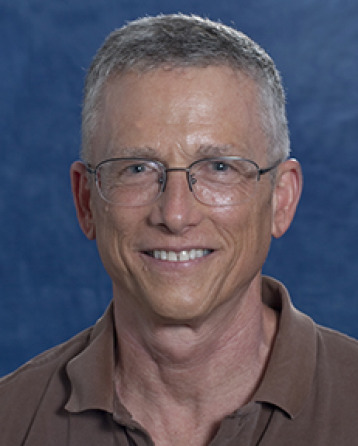
Hop Bailey
Program Manager, UA Space Institute
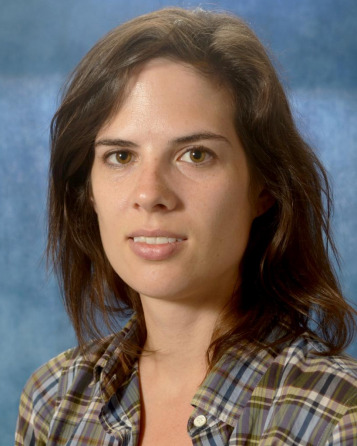
Carina Bennett
Project Manager and Software Engineer, SAMIS
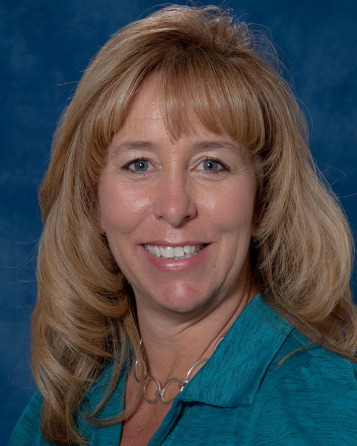
Tisha Saltzman
Manager, Business-Finance, GUSTO, Manager, Business-Finance, NEO Surveyor
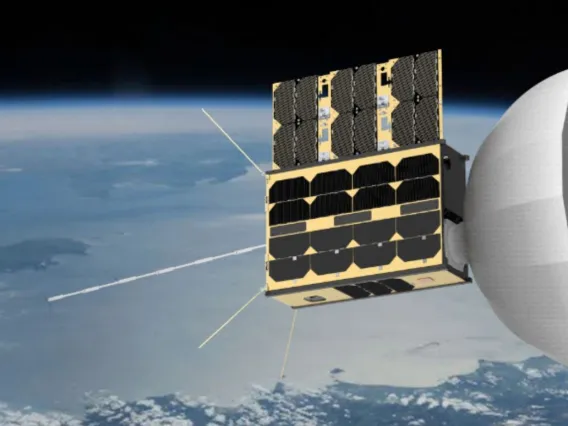
CatSat
CatSat
×
CatSat is a 6U CubeSat built and tested by University of Arizona students, faculty, and staff.
The satellite will launch atop a Firefly Alpha rocket into a nearly sun synchronous orbit around the Earth. Thanks to some trickery on behalf of orbital mechanics, this peculiar orbit ensures that the satellite will remain constantly in daylight, maximizing the capabilities of the mission.
During the mission’s six month expected lifetime, CatSat will detect high frequency signals from HAM radio operators all around the globe with its WSPR antenna, demonstrate an inflatable antenna for high bandwidth transmission, and provide high resolution imaging of the Earth. The data this satellite provides will give insights on the variation of the ionosphere and the technical capabilities of the new systems being tested.
CatSat Researchers
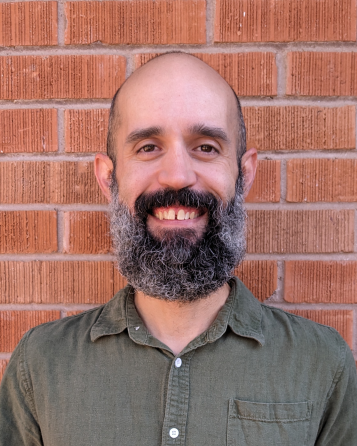
Dathon Golish
Mission Instrument and Observation Scientist
Photogrammetry, Small Bodies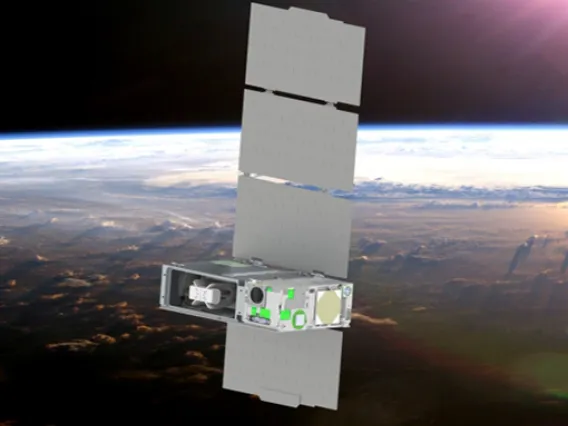
CUTE
Colorado Ultraviolet Transit Experiment (CUTE)
×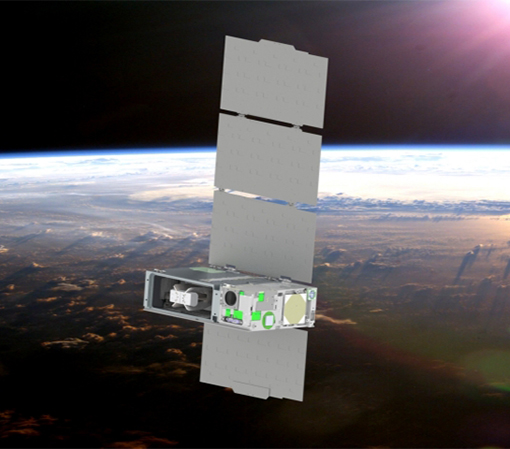
Colorado Ultraviolet Transit Experiment
Dr. Tommi Koskinen is a Co-Investigator on the Colorado Ultraviolet Transit Experiment (CUTE), which is a four-year, NASA-funded project to design, build, integrate, test, and operate a 6-unit CubeSat (30 cm x 20 cm x 10 cm). CUTE will have a 1-year mission lifetime and will launch in 2020 and use near-ultraviolet (NUV) transmission spectroscopy from 255 to 330 nanometers (nm) to characterize the composition and mass-loss rates of exoplanet atmospheres. CUTE measures how the NUV light from the host star is changed as the exoplanet transits in front of the star and passes through the planet’s atmospheres. CUTE’s spectrally resolved lightcurve will provide constraints on the composition and escape rates of these atmospheres.
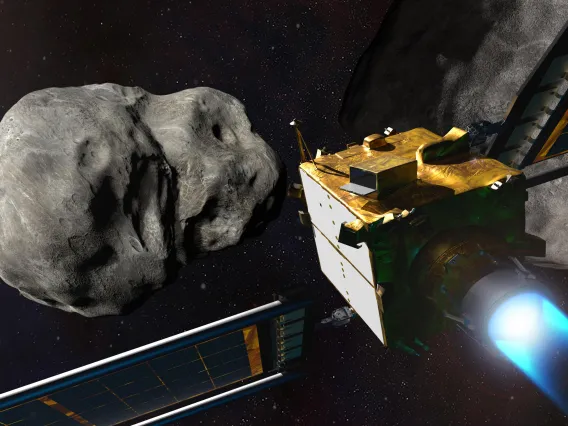
DART
Double Asteroid Redirection Test (DART)
×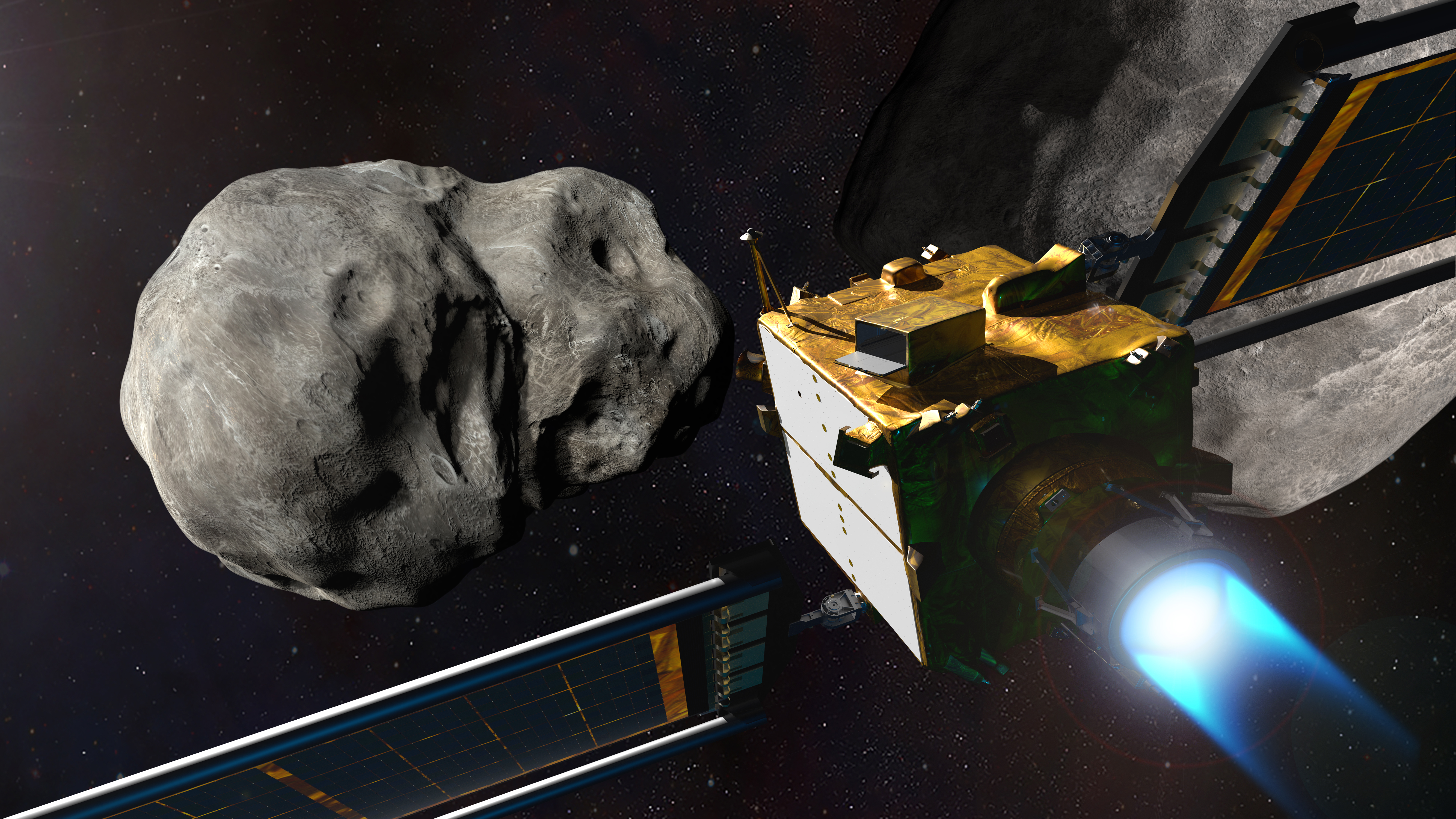
Double Asteroid Redirection Test
The DART mission is NASA's demonstration of kinetic impactor technology, impacting an asteroid to adjust its speed and path. DART will be the first-ever space mission to demonstrate asteroid deflection by kinetic impactor.
DART's target is the binary asteroid system Didymos, which means "twin" in Greek (and explains the word "double" in the mission's name). Didymos is the ideal candidate for humankind's first planetary defense experiment, although it is not on a path to collide with Earth and therefore poses no actual threat to the planet. The system is composed of two asteroids: the larger asteroid Didymos (diameter: 780 meters, 0.48 miles), and the smaller moonlet asteroid, Dimorphos (diameter: 160 meters, 525 feet), which orbits the larger asteroid. Currently, the orbital period of Dimorphos around Didymos is 11 hours and 55 minutes, and the separation between the centers of the two asteroids is 1.18 kilometers (0.73 miles). The DART spacecraft will impact Dimorphos nearly head-on, shortening the time it takes the small asteroid moonlet to orbit Didymos by several minutes.
The Didymos system is an eclipsing binary as viewed from Earth, meaning that Dimorphos passes in front of and behind Didymos as it orbits the larger asteroid as seen from Earth. Consequently, Earth-based telescopes can measure the regular variation in brightness of the combined Didymos system to determine the orbit of Dimorphos. After the impact, this same technique will reveal the change in the orbit of Dimoprhos by comparison to measurements prior to impact. The timing of the DART impact in September 2022 was chosen to be when the distance between Earth and Didymos is minimized, to enable the highest quality telescopic observations. Didymos will still be roughly 11 million kilometers (7 million miles) from Earth at the time of the DART impact, but telescopes across the world will be able to contribute to the global international observing campaign to determine the effect of DART's impact.
- NASA Sets Up Collision With Far-away Asteroid - September 21, 2022
- UArizona Spacewatch Discovered the Larger of the Twin Asteroids Targeted in NASA's Upcoming DART Mission Encounter - September 19, 2022
DART Faculty

Erik Asphaug
Professor
Lunar Studies, Planetary Analogs, Planetary Geophysics, Planetary Surfaces, Small Bodies, Theoretical Astrophysics, Titan & Outer Solar System
Ellen Howell
Research Professor
Small Bodies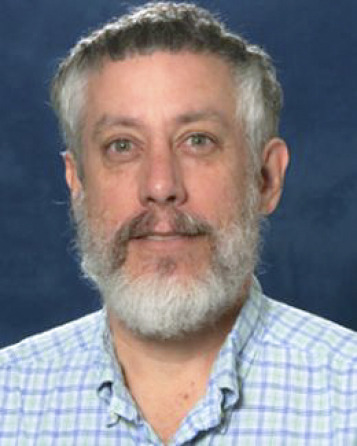
Michael Nolan
Deputy Principal Investigator, OSIRIS-APEX, Research Professor
Small BodiesDART Researchers
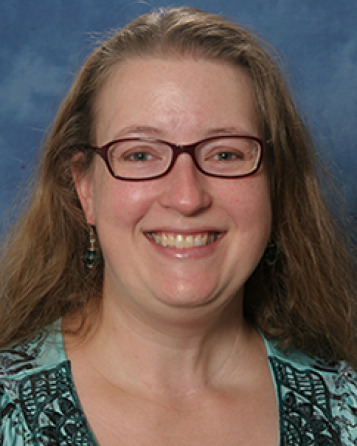
Melissa Brucker
Principal Investigator, Spacewatch, Research Scientist
Asteroid Surveys, Small Bodies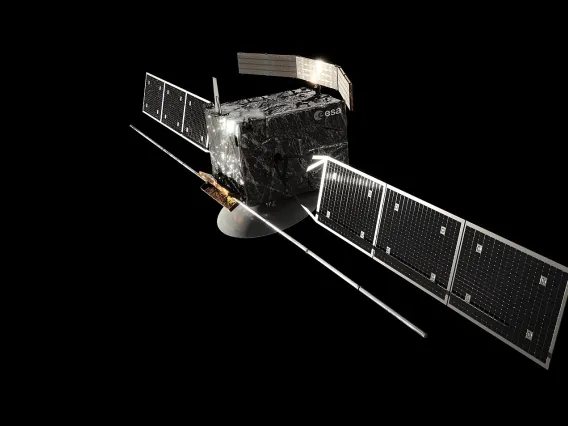
ENVISION
EnVision
×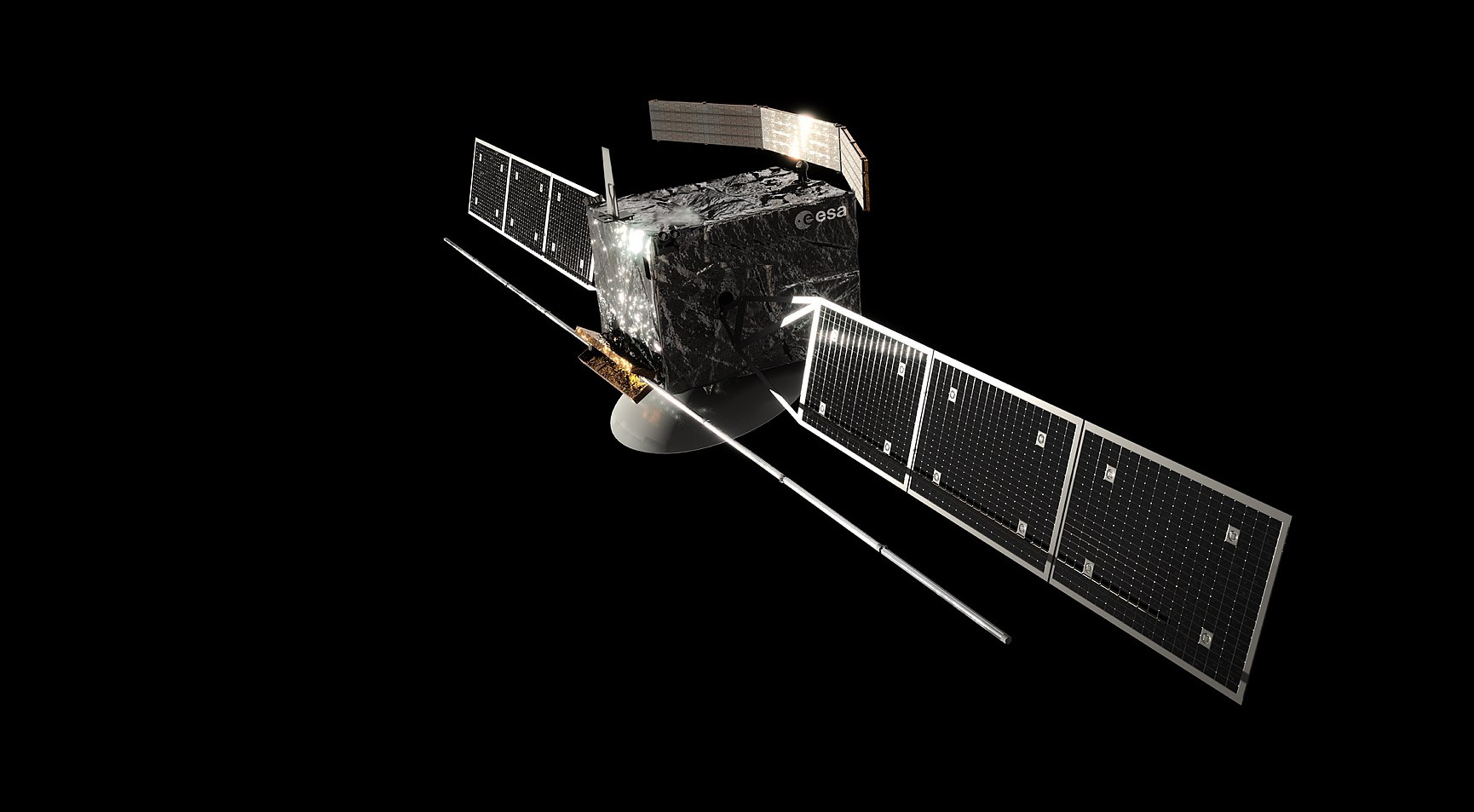
EnVision, a low-altitude polar orbiter, is the M5 mission candidate in the ESA Science Programme. It will carry 5 instruments and 1 experiment (an S-band Synthetic Aperture Radar, a Subsurface Radar, 3 spectrometers and a radio science experiment). EnVision will investigate Venus from its inner core to its atmosphere at an unprecedented scale of resolution, characterising in particular, core and mantle structure, signs of active and past geologic processes and looking for evidence of the past existence of oceans. EnVision will help understanding why the most Earth-like planet in the solar system has turned out so differently, opening a new era in the exploration of our closest neighbour.
ENVISION Faculty

Lynn Carter
Associate Department Head, Professor, University Distinguished Scholar
Earth, Lunar Studies, Planetary Analogs, Planetary Geophysics, Planetary Surfaces, Titan & Outer Solar System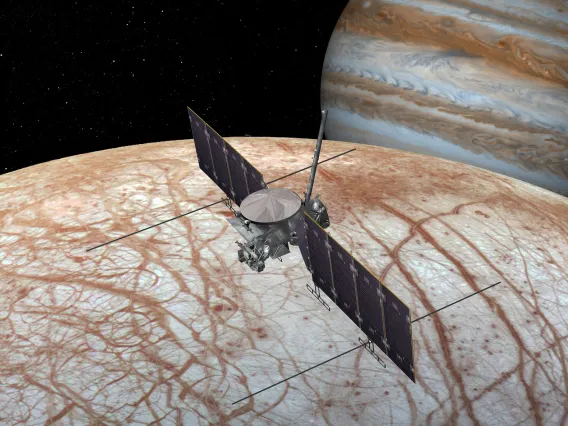
Europa Clipper
Europa Clipper
×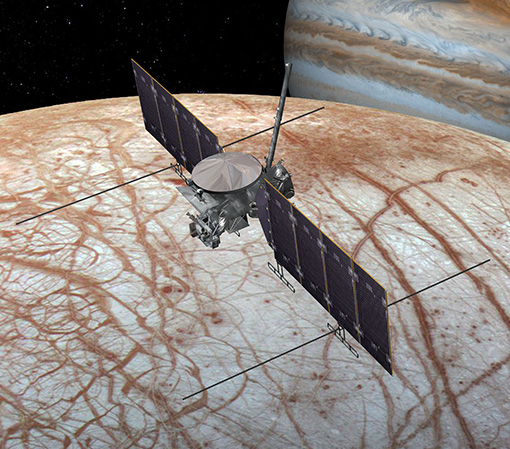
Europa Clipper will perform repeated flybys of Jupiter’s moon and use a suite of instruments to investigate whether habitable environments could exist. Europa is one of the Solar System’s “ocean worlds”, with a subsurface liquid water ocean beneath an icy, deformed crust. Camera and spectrometer instruments will study Europa’s surface features and composition and search for erupting plumes, and a thermal instrument will search for regions that are still warm from recent activity. Magnetometers and plasma instruments will study Jupiter’s magnetic interactions to probe the ocean, and a dual-frequency radar will map the subsurface stratigraphy and search for liquid water. Mass spectrometers will analyze the composition of Europa’s exosphere, perhaps detecting organic materials.
Europa Clipper Faculty

Lynn Carter
Associate Department Head, Professor, University Distinguished Scholar
Earth, Lunar Studies, Planetary Analogs, Planetary Geophysics, Planetary Surfaces, Titan & Outer Solar System
Alfred McEwen
Regents Professor
Astrobiology, Lunar Studies, Photogrammetry, Planetary Analogs, Planetary Geophysics, Planetary SurfacesEuropa Clipper Researchers

Sarah Sutton
Photogrammetry Program Lead, HiRISE, Researcher/Scientist
Earth, Lunar Studies, Photogrammetry, Planetary Analogs, Planetary Surfaces, Small BodiesEuropa Clipper Support Staff
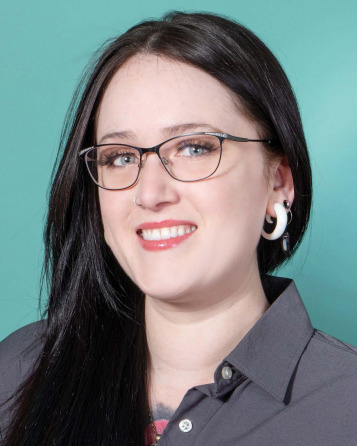
Kris Akers
Research Engineering Technician
Photogrammetry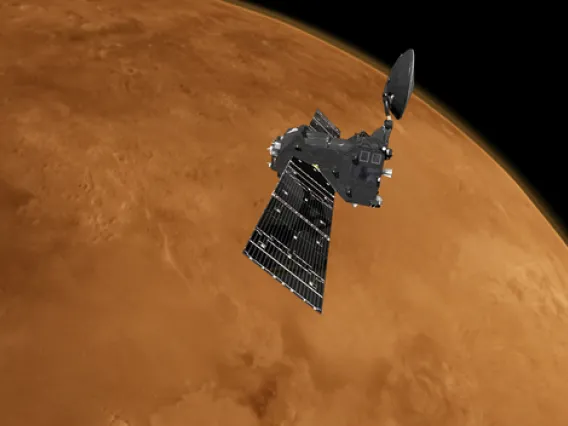
ExoMars Trace Gas Orbiter
ExoMars Trace Gas Orbiter
×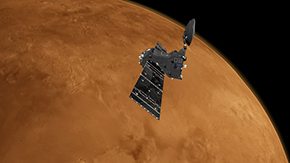
The 2016 ExoMars Trace Gas Orbiter (TGO) is the first in a series of Mars missions to be undertaken jointly by the two space agencies, ESA and Roscosmos. A key goal of this mission is to gain a better understanding of methane and other atmospheric gases that are present in small concentrations (less than 1% of the atmosphere) but nevertheless could be evidence for possible biological or geological activity.
The Colour and Stereo Surface Imaging System (CaSSIS) is part of the instrument payload on the TGO. CaSSIS will characterise sites that have been identified as potential sources of trace gases and investigate dynamic surface processes – for example, sublimation, erosional processes and volcanism – which may contribute to the atmospheric gas inventory. The instrument will also be used to certify potential landing sites by characterising local slopes, rocks and other possible hazards.
ExoMars Trace Gas Orbiter Faculty

Shane Byrne
Professor
Astrobiology, Photogrammetry, Planetary Analogs, Planetary Geophysics, Planetary Surfaces, Titan & Outer Solar System
Alfred McEwen
Regents Professor
Astrobiology, Lunar Studies, Photogrammetry, Planetary Analogs, Planetary Geophysics, Planetary SurfacesExoMars Trace Gas Orbiter Researchers

Sarah Sutton
Photogrammetry Program Lead, HiRISE, Researcher/Scientist
Earth, Lunar Studies, Photogrammetry, Planetary Analogs, Planetary Surfaces, Small BodiesExoMars Trace Gas Orbiter Support Staff
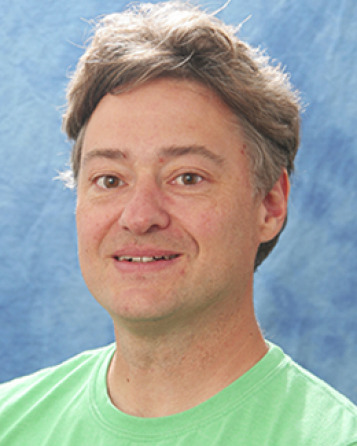
Guy McArthur
Data Applications Developer, HiRISE
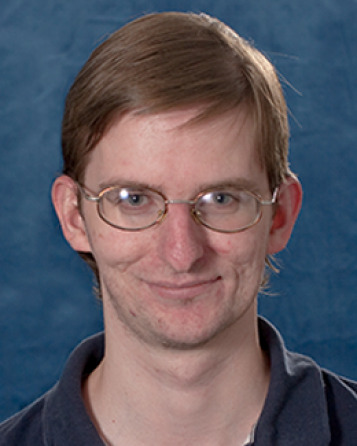
Jason Perry
Staff Technician, HiRISE
Photogrammetry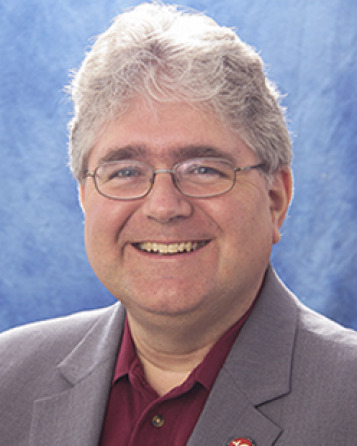
Christian Schaller
Spacecraft Operations Software Engineer, HiRISE
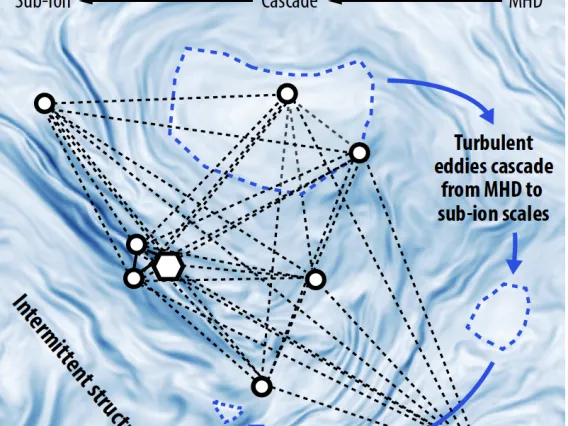
HelioSwarm
HelioSwarm
×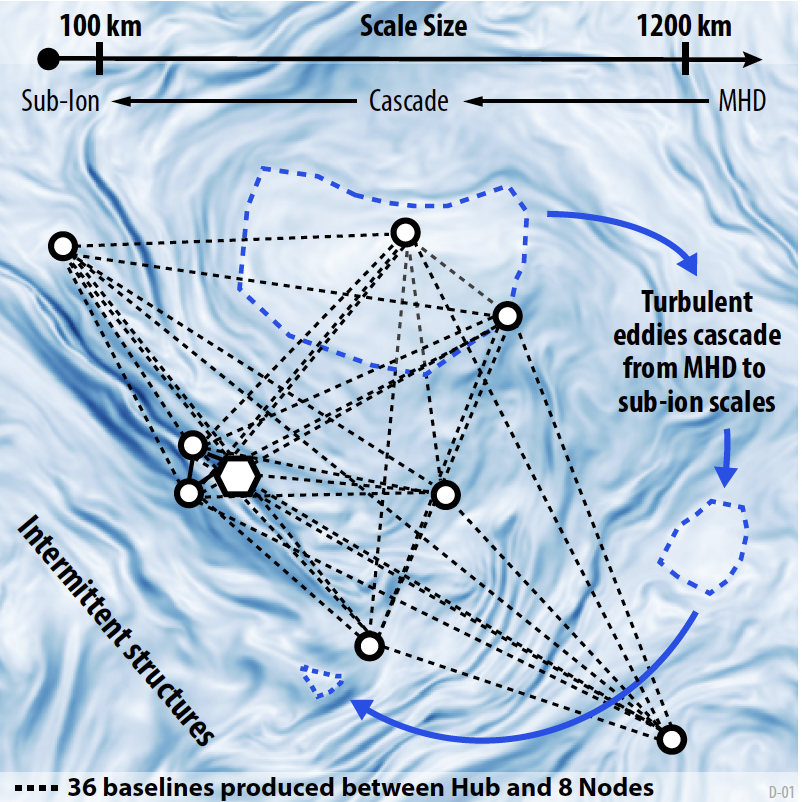
HelioSwarm, a NASA MidEx mission comprised of nine spacecraft selected for launch in 2028, has been designed to reveal the three-dimensional, dynamic mechanisms controlling the physics of turbulence, a universal process driving the transport of mass, momentum, and energy in plasmas throughout our solar system and the Universe. The HelioSwarm Observatory measures the plasma and magnetic fields with a novel configuration of spacecraft in the solar wind, magnetosheath, and magnetosphere. These simultaneous multi-point, multi-scale measurements span MHD, transition, and ion-scales, allowing us to address two overarching science goals: 1) Reveal the 3D spatial structure and dynamics of turbulence in a weakly collisional plasma and 2) Ascertain the mutual impact of turbulence near boundaries and large-scale structures. Addressing these goals is achieved using a first-ever "swarm" of nine spacecraft, consisting of a "hub" spacecraft and eight "node" spacecraft. The nine spacecraft co-orbit in a lunar resonant Earth orbit, with a 2-week period and an apogee/perigee of ~60/11 Earth radii. Flight dynamics design and on-board propulsion produce ideal inter-spacecraft separations ranging from fluid scales (1000's of km) to sub-ion kinetic scales (10's of km) in the necessary geometries to enable the application of a variety of established analysis techniques that distinguish between proposed models of turbulence. Each node possesses an identical instrument suite that consists of a Faraday cup, a fluxgate magnetometer, and a search coil magnetometer. The hub has the same instrument suite as the nodes, plus an ion electrostatic analyzer. With these measurements, the HelioSwarm Observatory promises an unprecedented view into the nature of space plasma turbulence.
HelioSwarm Faculty

Kristopher Klein
Associate Professor
Solar and Heliospheric Research, Theoretical Astrophysics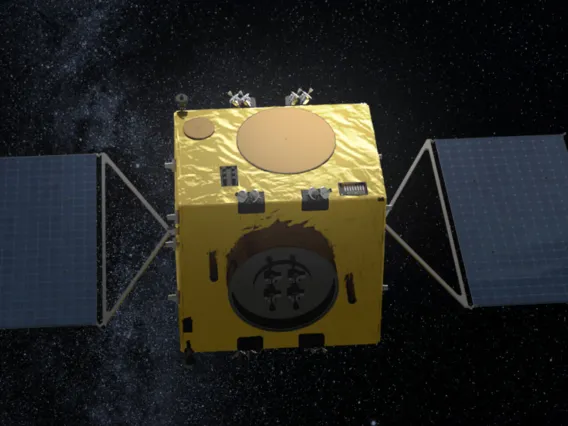
Hera
Hera
×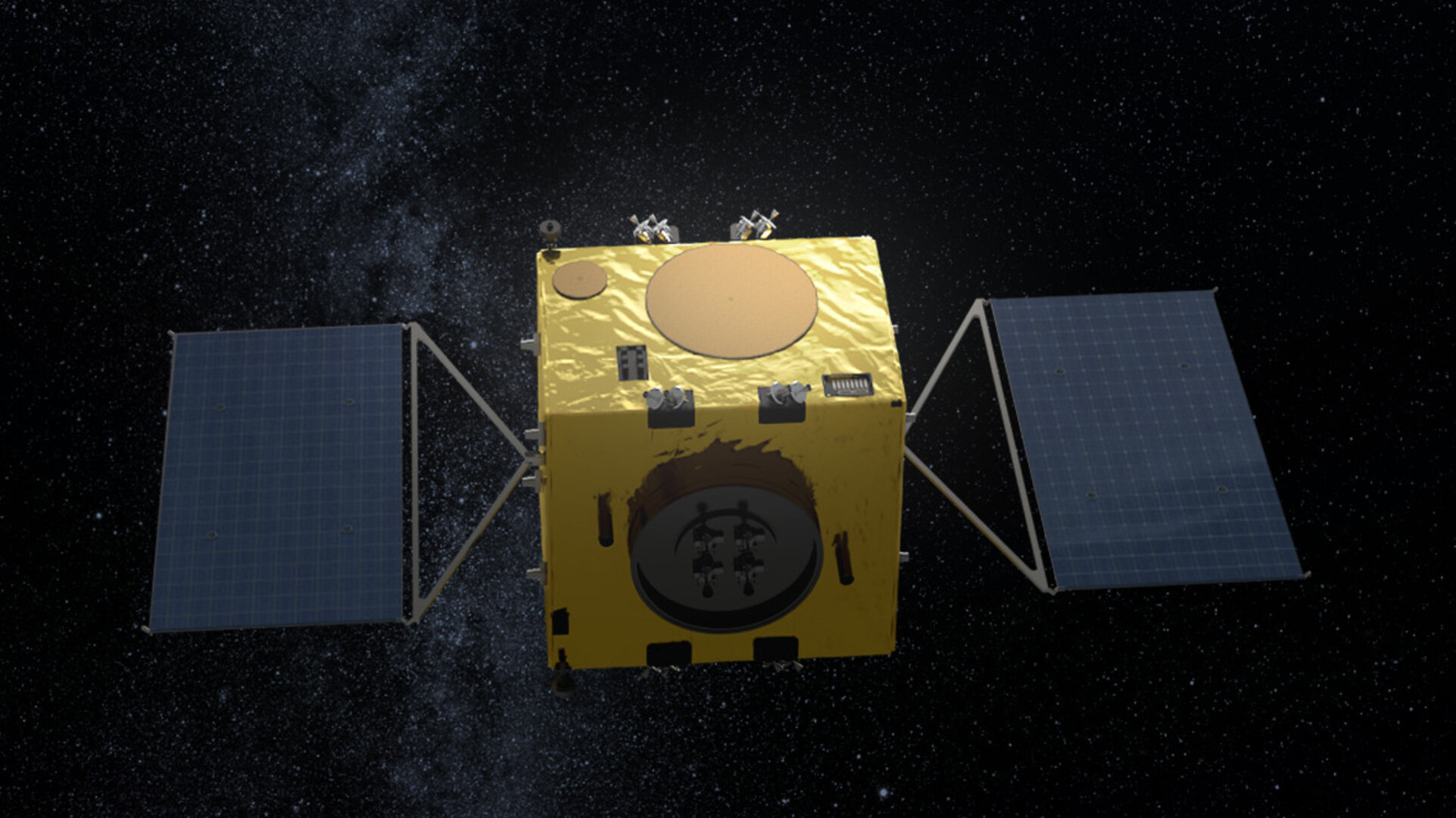
Hera is the European contribution to an international double-spacecraft collaboration. NASA will first perform a kinetic impact on the smaller of the two bodies, then Hera will follow-up with a detailed post-impact survey that will turn this grand-scale experiment into a well-understood and repeatable planetary defence technique.
While doing so, Hera will also demonstrate multiple novel technologies, such as autonomous navigation around the asteroid - like modern driverless cars on Earth, and gather crucial scientific data, to help scientists and future mission planners better understand asteroid compositions and structures.
Due to launch in 2024, Hera would travel to a binary asteroid system - the Didymos pair of near-Earth asteroids. The 780 m-diameter mountain-sized main body is orbited by a 160 m moon, formally christened 'Dimorphos' in June 2020, about the same size as the Great Pyramid of Giza.
Hera will be humanity's first-ever spacecraft to visit a double asteroid, the Didymos binary system. First, NASA will crash its DART spacecraft into the smaller asteroid - known as Didymoon - before ESA's Hera comes in to map the resulting impact crater and measure the asteroid's mass. Hera will carry two CubeSats on board, which will be able to fly much closer to the asteroid's surface, carrying out crucial scientific studies, before touching down. Hera's up-close observations will turn asteroid deflection into a well-understood planetary defence technique.
Hera Faculty

Erik Asphaug
Professor
Lunar Studies, Planetary Analogs, Planetary Geophysics, Planetary Surfaces, Small Bodies, Theoretical Astrophysics, Titan & Outer Solar System
Dante Lauretta
Director, Arizona Astrobiology Center, Principal Investigator, OSIRIS-REx, Regents Professor
Astrobiology, Cosmochemistry, Small Bodies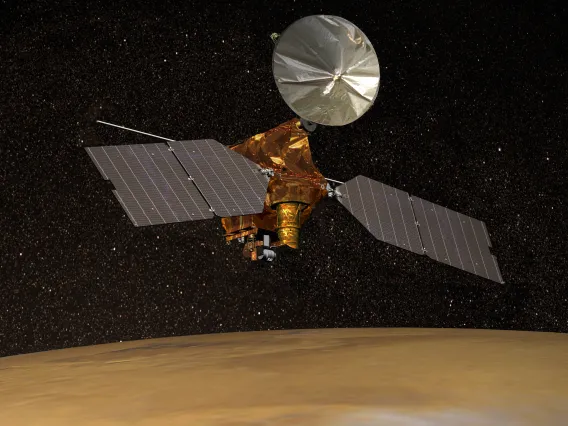
HiRISE (MRO)
HiRISE, High Resolution Science Experiment (MRO)
×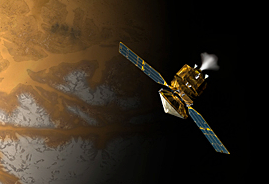
High Resolution Imaging Science Experiment
HiRISE, the high-resolution imaging science experiment onboard the Mars Reconnaissance Orbiter, is the most powerful camera ever sent to another planet. The resolution of the camera allows us to see the Red Planet in amazing detail, and lets other missions, like the Mars Science Laboratory, find a safe place to land and carry out amazing science. The operations center, which includes not only observation planning, but the execution of commands sent to the spacecraft along with actual image processing, is located within LPL at the University of Arizona.
HiRISE (MRO) Faculty

Veronica Bray
Associate Research Professor
Lunar Studies, Planetary Analogs, Planetary Surfaces
Shane Byrne
Professor
Astrobiology, Photogrammetry, Planetary Analogs, Planetary Geophysics, Planetary Surfaces, Titan & Outer Solar System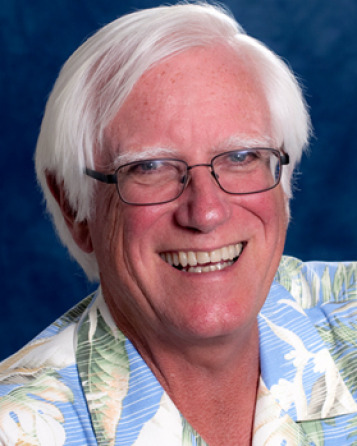
Peter Smith
Professor Emeritus
AstrobiologyHiRISE (MRO) Researchers
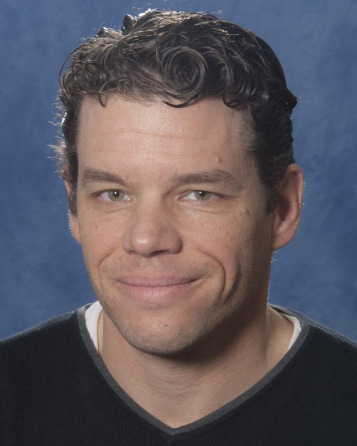
Matthew Chojnacki
DCC Associate Research (McEwen)
Photogrammetry, Planetary Surfaces, Small Bodies
Sarah Sutton
Photogrammetry Program Lead, HiRISE, Researcher/Scientist
Earth, Lunar Studies, Photogrammetry, Planetary Analogs, Planetary Surfaces, Small BodiesHiRISE (MRO) Support Staff

Kris Akers
Research Engineering Technician
Photogrammetry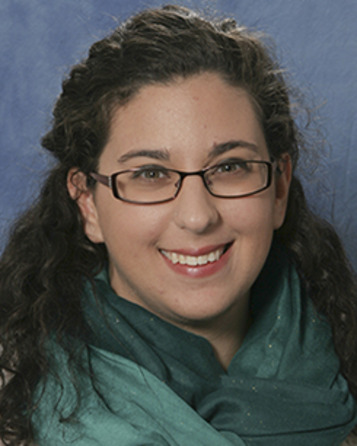
Nicole Bardabelias
Science Operations Engineer, HiRISE
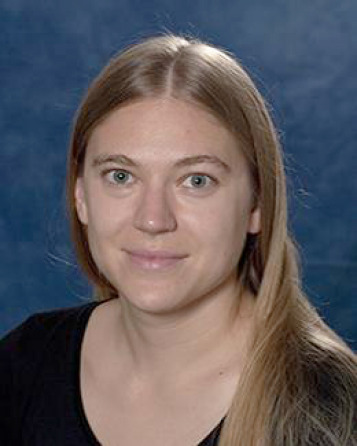
Nicole Baugh
Uplink Operations Lead, HiRISE

Kristin Block
Principal Science Operations Engineer, HiRISE

David Edmeades
Systems Administrator, PIRL/HiRISE
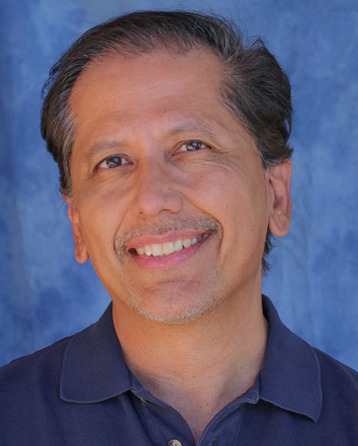
Ari Espinoza
Outreach Coordinator, HiRISE
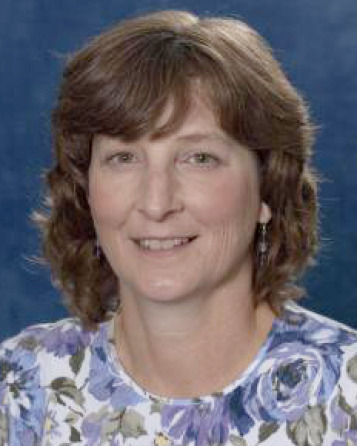
Audrie Fennema
Engineer, Satellite Payload Operations, HiRISE
Photogrammetry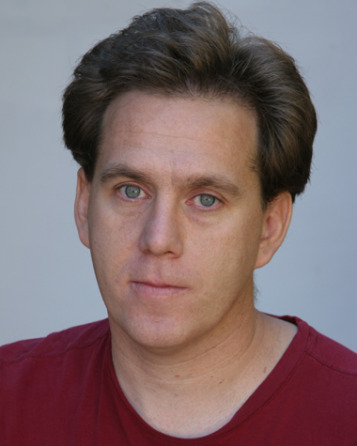
Kenny Fine
Senior Systems Administrator, PIRL/HiRISE
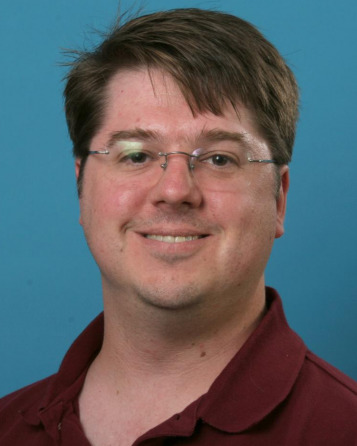
Rod Heyd
Project Manager, HiRISE
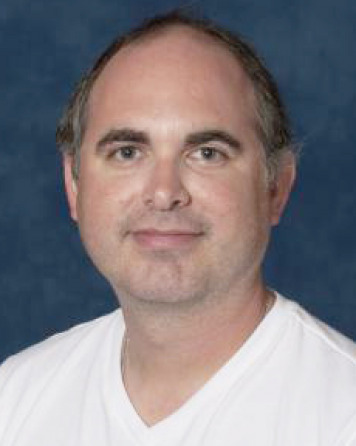
Richard Leis
Staff Technician, Senior, HiRISE

Guy McArthur
Data Applications Developer, HiRISE
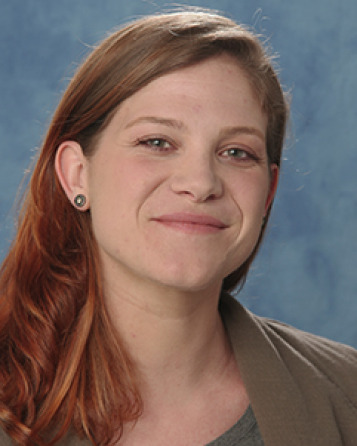
Singleton Papendick
Science Operations Engineer, HiRISE
Earth, Planetary Surfaces
Jason Perry
Staff Technician, HiRISE
Photogrammetry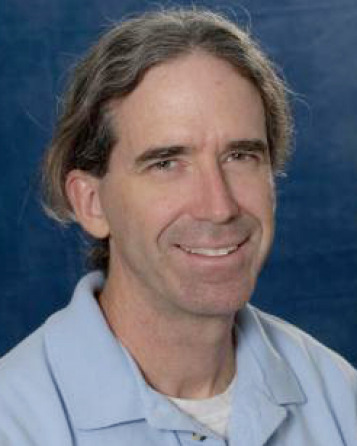
Joe Plassmann
Computing Systems Manager, PIRL/HiRISE
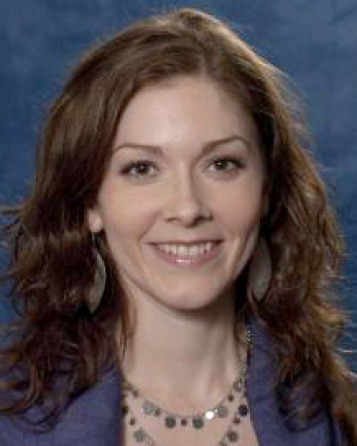
Anjani Polit
Deputy Principal Investigator, OSIRIS-APEX
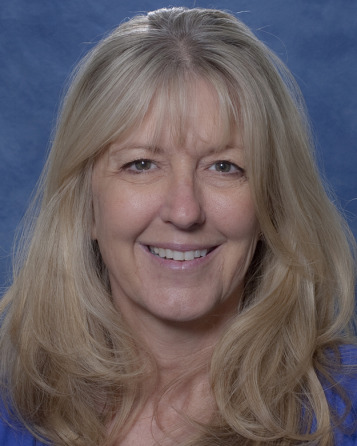
Sue Robison
Business Manager, Senior, HiRISE

Christian Schaller
Spacecraft Operations Software Engineer, HiRISE
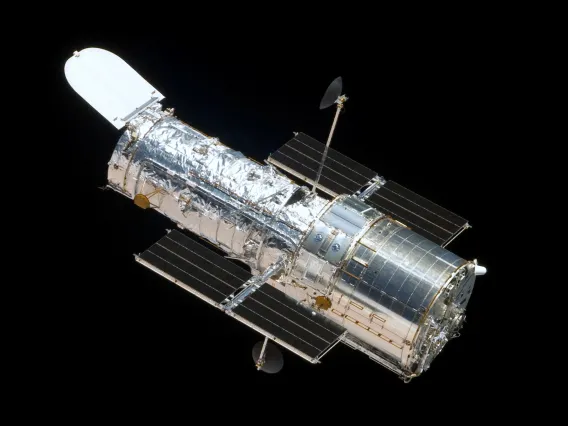
Hubble
Hubble Space Telescope
×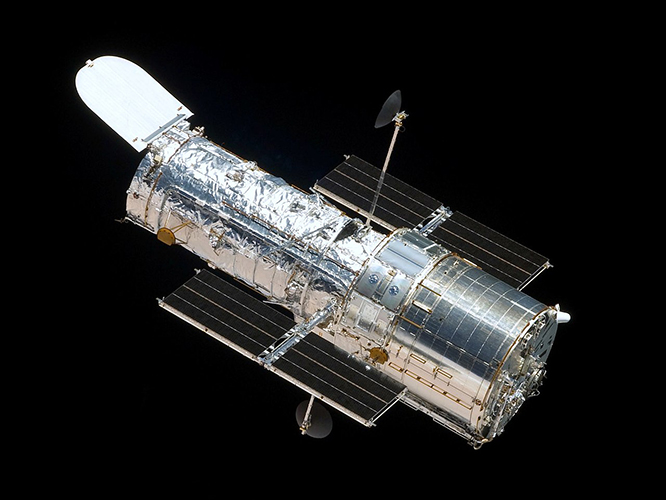
Studying the cosmos for over a quarter century, the Hubble Space Telescope has made more than a million observations and changed our fundamental understanding of the universe. Still at the peak of its investigative capabilities and in high demand from astronomers worldwide, Hubble remains one of the most productive scientific instruments ever built. As Hubble continues seeking answers to our deepest cosmic questions, explore the resources below to learn about some of the mission’s discoveries so far.
Hubble Faculty
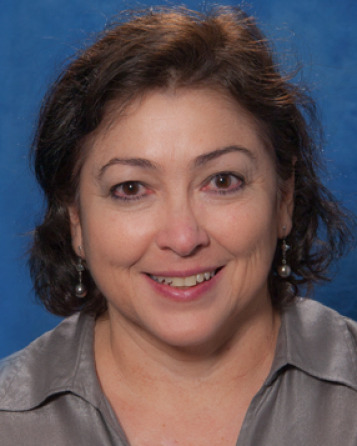
Gilda Ballester
Research Professor (Retired)
Exoplanets, Planetary Astronomy, Planetary Atmospheres
Ilaria Pascucci
Professor
Astrobiology, Exoplanets, Planetary Astronomy, Planetary Formation and Evolution
Peter Smith
Professor Emeritus
Astrobiology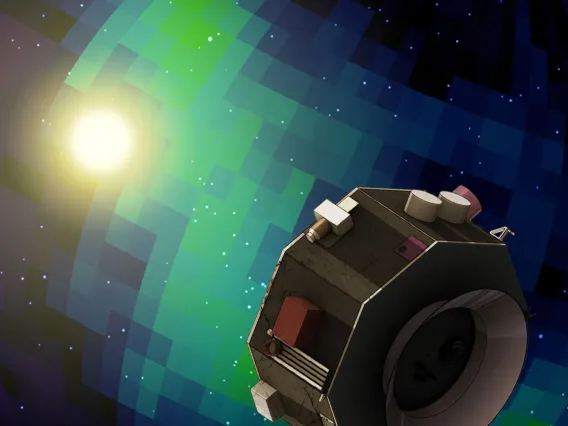
IMAP
Interstellar Mapping and Acceleration Probe (IMAP)
×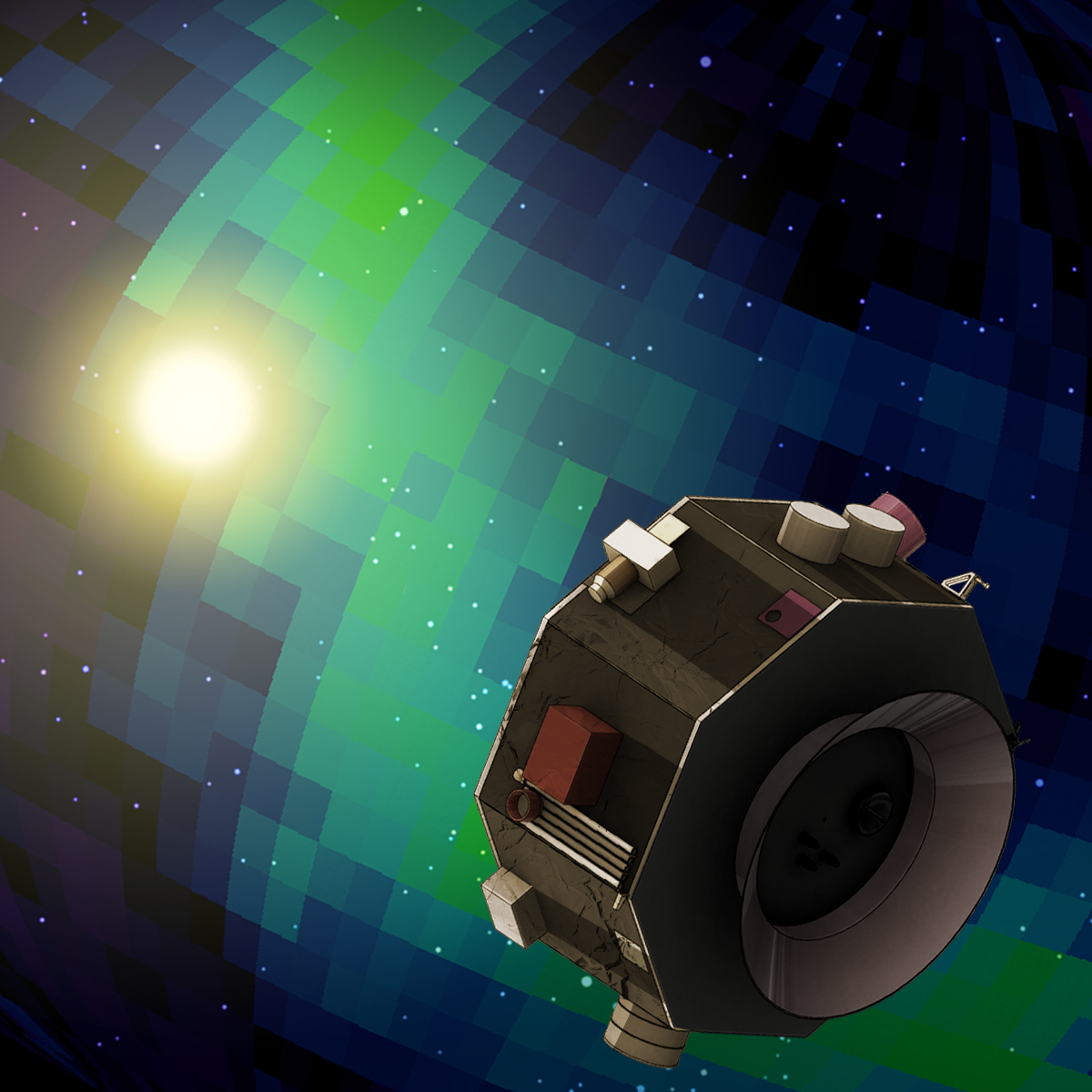
Interstellar Mapping and Acceleration Probe
The IMAP mission will help researchers better understand the boundary of the heliosphere, a sort of magnetic bubble surrounding and protecting our solar system. This region is where the constant flow of particles from our Sun, called the solar wind, collides with material from the rest of the galaxy. This collision limits the amount of harmful cosmic radiation entering the heliosphere. IMAP will collect and analyze particles that make it through.
Another objective of the mission is to learn more about the generation of cosmic rays in the heliosphere. Cosmic rays created locally and from the galaxy and beyond affect human explorers in space and can harm technological systems and likely play a role in the presence of life itself in the universe.
The spacecraft will be positioned about one million miles (1.5 million kilometers) away from Earth towards the Sun at what is called the first Lagrange point or L1. This will allow the probe to maximize use of its instruments to monitor the interactions between solar wind and the interstellar medium in the outer solar system.
IMAP Faculty

Joe Giacalone
Professor
Solar and Heliospheric Research, Theoretical Astrophysics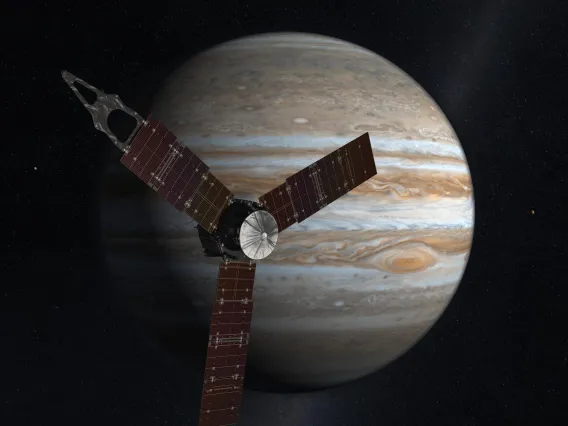
Juno
Juno: Unlocking Jupiter's Mysteries
×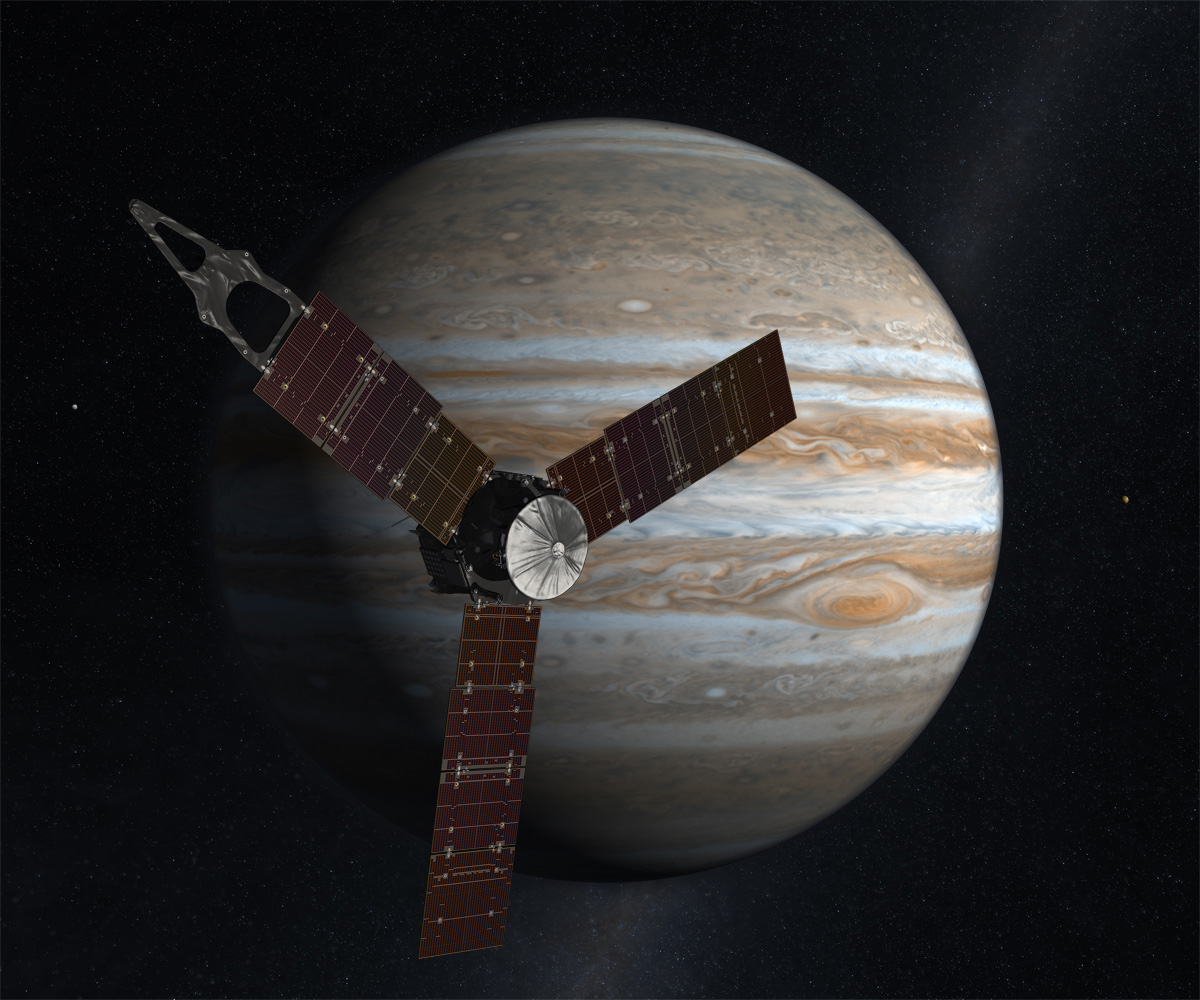
Juno will improve our understanding of the solar system's beginnings by revealing the origin and evolution of Jupiter. Specifically, Juno will:
- determine how much water is in Jupiter's atmosphere, which helps to determine which planet formation theory is correct (or if new theories are needed)
- look deep into Jupiter's atmosphere to measure composition, temperature, cloud motions and other properties
- map Jupiter's magnetic and gravity fields, revealing the planet's deep structure
- explore and study Jupiter's magnetosphere near the planet's poles, especially the auroras—Jupiter's northern and southern lights—providing new insights about how the planet's enormous magnetic force field affects its atmosphere.
Juno Faculty
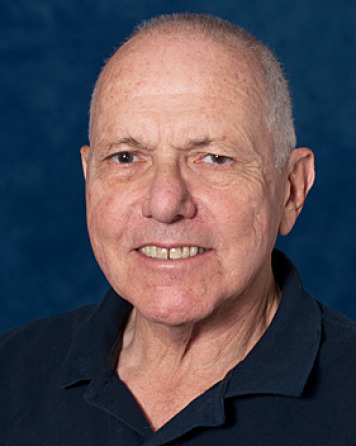
William Hubbard
Professor Emeritus
Exoplanets, Planetary Atmospheres, Planetary Formation and Evolution, Theoretical Astrophysics, Titan & Outer Solar System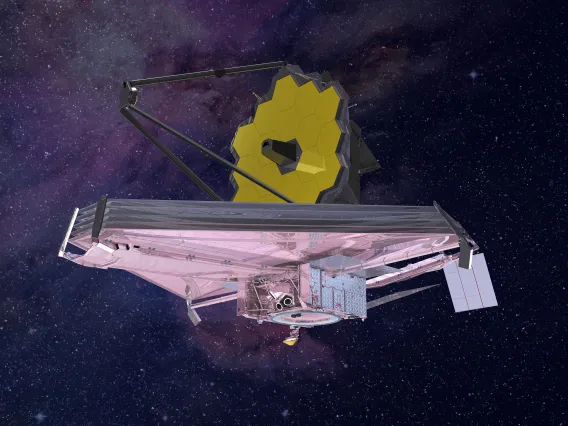
JWST
James Webb Space Telescope (JWST)
×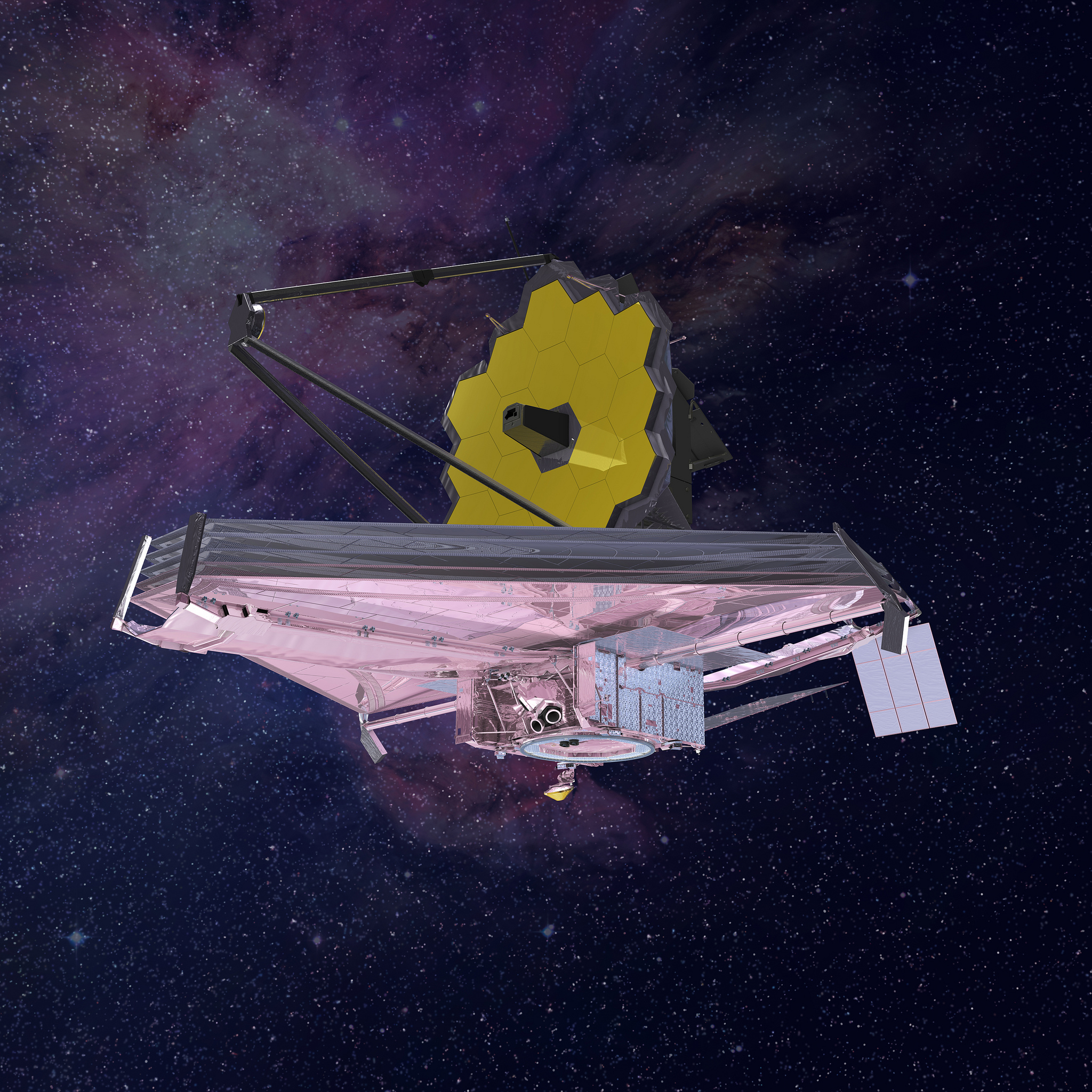
James Webb Space Telescope
The JWST or Webb is a large infrared telescope with an approximately 6.5 meter primary mirror. It is a space-based observatory, optimized for infrared wavelengths, which will complement and extend the discoveries of the Hubble Space Telescope with its longer wavelength coverage and greatly improved sensitivity. The longer wavelengths enable Webb to look further back in time to find the first galaxies that formed in the early Universe, and to peer inside dust clouds where stars and planetary systems are forming today.
Webb will be the premier observatory of the next decade. It will study every phase in the history of our Universe, ranging from the first luminous glows after the Big Bang, to the formation of solar systems capable of supporting life on planets like Earth, to the evolution of our own Solar System.
JWST Faculty

Dániel Apai
Interim Associate Dean for Research, College of Science, Principal Investigator, Alien Earths, Professor
Astrobiology, Exoplanets, Planetary Atmospheres, Planetary Formation and Evolution
Renu Malhotra
Louise Foucar Marshall Science Research Professor, Regents Professor
Astrobiology, Exoplanets, Orbital Dynamics, Planetary Formation and Evolution, Small Bodies, Theoretical Astrophysics
Mark S. Marley
Director, Department Head, Professor
Exoplanets
Ilaria Pascucci
Professor
Astrobiology, Exoplanets, Planetary Astronomy, Planetary Formation and Evolution
George Rieke
Regents Professor
Planetary Astronomy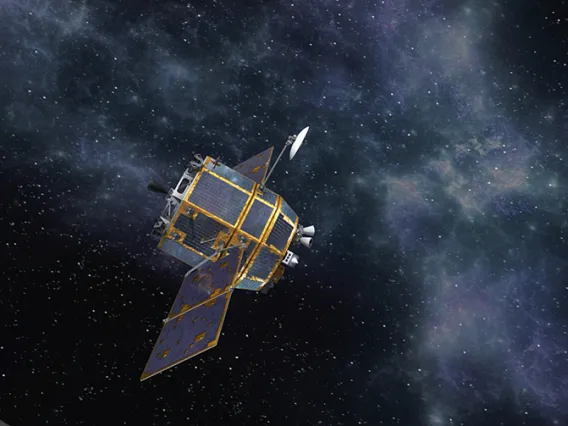
KPLO
Korea Pathfinder Lunar Orbiter (KPLO)
×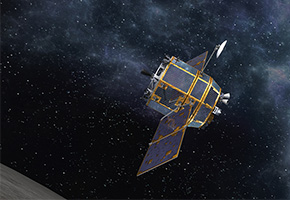
Korea Pathfinder Lunar Orbiter
The Korea Pathfinder Lunar Orbiter (KPLO) is South Korea's first lunar mission. It is developed and managed by the Korea Aerospace Reasearch Institute (KARI) and is scheduled to launch in 2019 to orbit the Moon for 1 year carrying an array of South Korean experiments and one U.S. built instrument. The objectives are to develop indigenous lunar exploration technologies, demonstrate a "space internet", and conduct scientific investigations of the lunar environment, topography, and resources, as well as identify potential landing sites for future missions.
ShadowCam is a focused investigation of the Moon’s permanently shadowed regions (PSRs) that will provide critical information about the distribution and accessibility of volatiles in PSRs at spatial scales required to both mitigate risks and maximize the results of future exploration activities. ShadowCam is a high-heritage instrument based on the successful Lunar Reconnaissance Orbiter Camera (LROC) Narrow Angle Camera (NAC) and will be over 800× more sensitive than the current NAC. ShadowCam will address three of the four strategic knowledge gaps (SKGs) through high-resolution, high signal-to-noise ratio imaging of PSRs illuminated only by reflected light, without duplicating measurements from KARI instruments (ShadowCam will saturate while imaging illuminated ground, with no harmful consequences to the shadowed portion of the image).
KPLO Faculty

Lynn Carter
Associate Department Head, Professor, University Distinguished Scholar
Earth, Lunar Studies, Planetary Analogs, Planetary Geophysics, Planetary Surfaces, Titan & Outer Solar System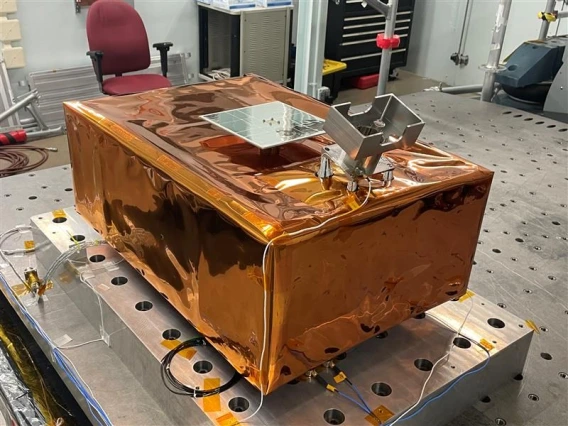
LEMS (Artemis III)
Lunar Environmental Monitoring Station (LEMS) (Artemis III)
×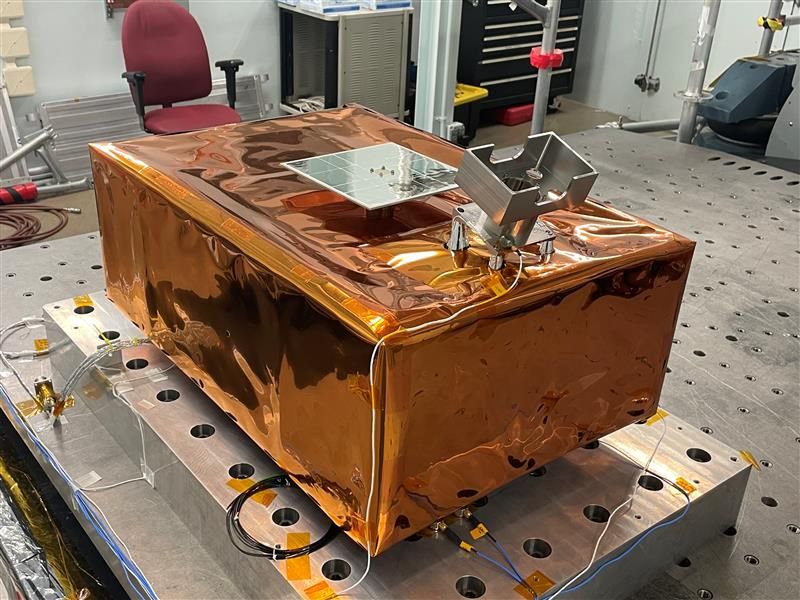
Lunar Environmental Monitoring Station (LEMS) (Artemis III)
The Lunar Environment Monitoring Station (LEMS) is a compact, autonomous seismometer suite designed to carry out continuous, long-term monitoring of the seismic environment, namely ground motion from moonquakes to meteorite impacts in the lunar south polar region. The instrument will characterize the regional structure of the Moon’s crust and mantle, which will add valuable information to lunar formation and evolution models.
LEMS (Artemis III) Faculty

Veronica Bray
Associate Research Professor
Lunar Studies, Planetary Analogs, Planetary Surfaces
Dani Mendoza DellaGiustina
Assistant Professor, Deputy Principal Investigator, OSIRIS-REx, Principal Investigator, OSIRIS-APEX
Earth, Photogrammetry, Planetary Analogs, Planetary Geophysics, Planetary Surfaces, Small Bodies
Angela Marusiak
Assistant Research Professor
Lunar Studies, Planetary Analogs, Planetary Geophysics, Small Bodies, Titan & Outer Solar SystemLEMS (Artemis III) Researchers

Dathon Golish
Mission Instrument and Observation Scientist
Photogrammetry, Small BodiesLEMS (Artemis III) Support Staff

Carina Bennett
Project Manager and Software Engineer, SAMIS
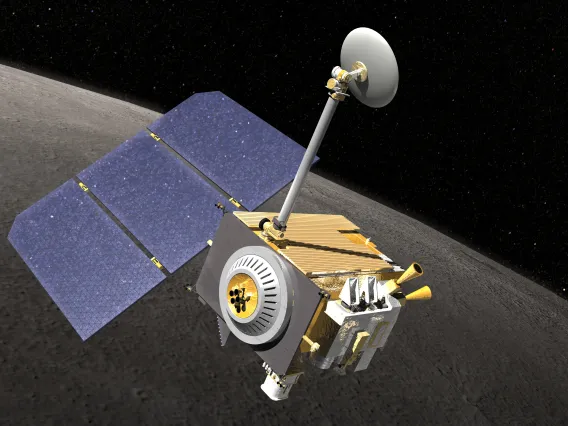
LRO
Lunar Reconnaissance Orbiter (LRO)
×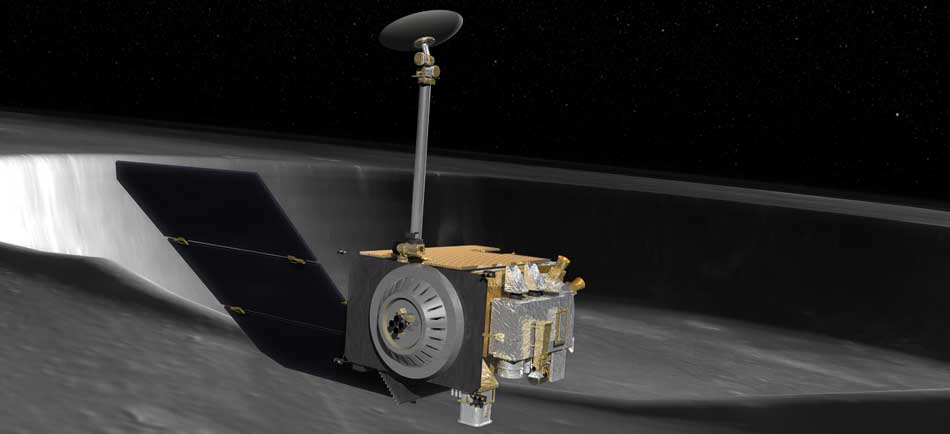
Lunar Reconnaissance Orbiter
The LRO instruments return global data, such as day-night temperature maps, a global geodetic grid, high resolution color imaging and the moon's UV albedo. However there is particular emphasis on the polar regions of the moon where continuous access to solar illumination may be possible and the prospect of water in the permanently shadowed regions at the poles may exist. Although the objectives of LRO are explorative in nature, the payload includes instruments with considerable heritage from previous planetary science missions, enabling transition, after one year, to a science phase under NASA's Science Mission Directorate.
LRO Faculty
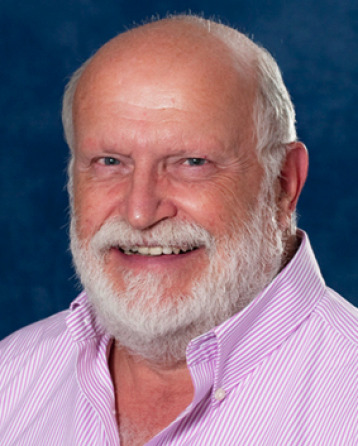
William Boynton
Professor Emeritus
Astrobiology, Cosmochemistry, Lunar Studies, Small Bodies
Veronica Bray
Associate Research Professor
Lunar Studies, Planetary Analogs, Planetary Surfaces
Lynn Carter
Associate Department Head, Professor, University Distinguished Scholar
Earth, Lunar Studies, Planetary Analogs, Planetary Geophysics, Planetary Surfaces, Titan & Outer Solar System
Alfred McEwen
Regents Professor
Astrobiology, Lunar Studies, Photogrammetry, Planetary Analogs, Planetary Geophysics, Planetary Surfaces
Michael Nolan
Deputy Principal Investigator, OSIRIS-APEX, Research Professor
Small BodiesLRO Researchers

Sarah Sutton
Photogrammetry Program Lead, HiRISE, Researcher/Scientist
Earth, Lunar Studies, Photogrammetry, Planetary Analogs, Planetary Surfaces, Small BodiesLRO Support Staff

Kris Akers
Research Engineering Technician
Photogrammetry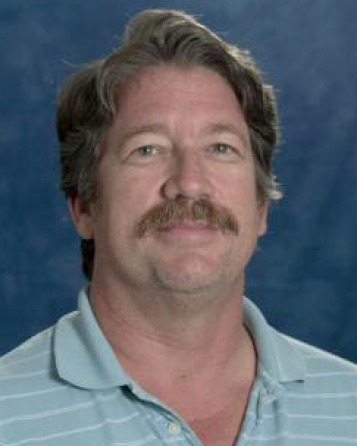
Michael Fitzgibbon
Software Engineer, Lead Calibration & Validation, OSIRIS-REx
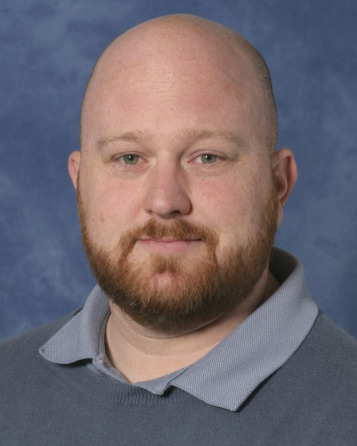
Andrew Gardner
Systems Programmer, Principal
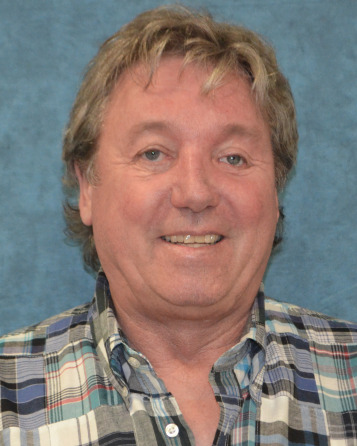
Karl Harshman
Manager, OSIRIS-REx/SPOC
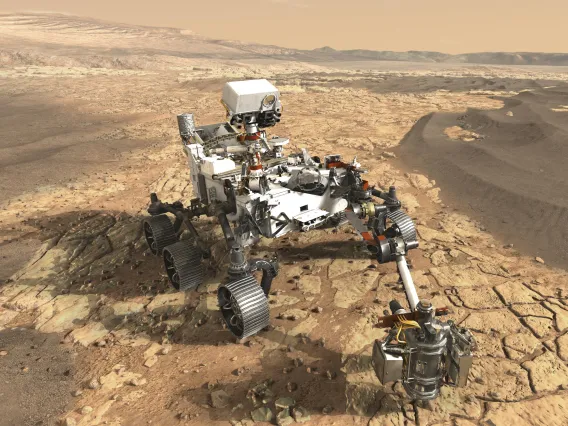
Mars 2020
Mars 2020
×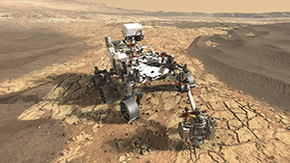
The Mars 2020 rover will characterize a region of Mars that could have once been favorable for life. It will investigate the geological history of the site, assess the possibility of past life, and search for biosignatures. The rover is equipped with a drill and will also collect a sample suite that will be cached along the traverse for a possible return to Earth by a future mission. It will have two instruments on an arm that will study the chemistry and mineralogy of rocks, two instruments on a mast for high resolution imaging and spectroscopy, an atmospheric science package, and a radar to map subsurface stratigraphy.
Mars 2020 Faculty

Lynn Carter
Associate Department Head, Professor, University Distinguished Scholar
Earth, Lunar Studies, Planetary Analogs, Planetary Geophysics, Planetary Surfaces, Titan & Outer Solar System
Peter Smith
Professor Emeritus
Astrobiology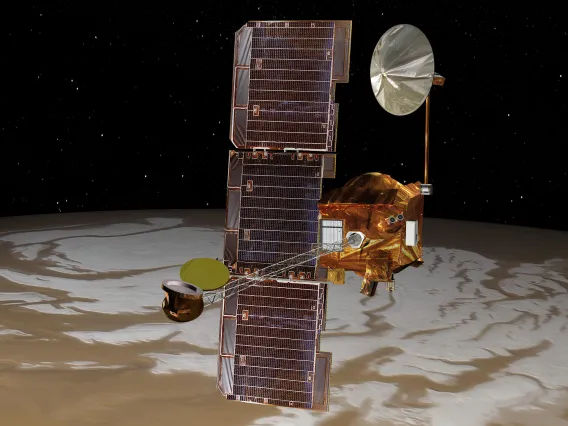
Mars Odyssey
Mars Odyssey
×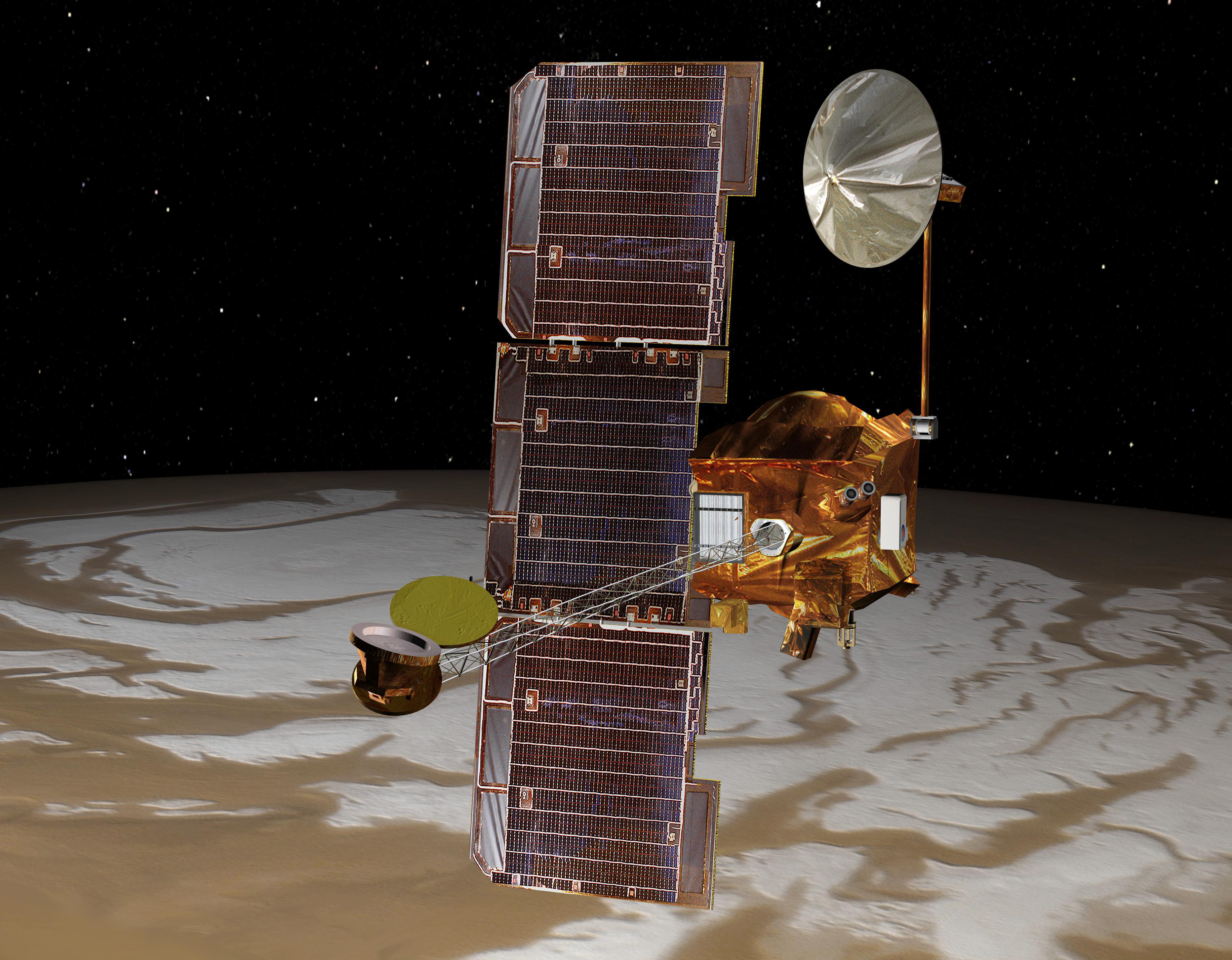
Mars Odyssey is a robotic spacecraft orbiting the planet Mars. Its mission is to use spectrometers and a thermal imager to detect evidence of past or present water and ice, as well as study the planet's geology and radiation environment. It is hoped that the data Odyssey obtains will help answer the question of whether life existed on Mars and create a risk-assessment of the radiation that future astronauts on Mars might experience. It also acts as a relay for communications between the Mars Science Laboratory, and previously the Mars Exploration Rovers and Phoenix lander, to Earth.
View GRS PDS Data Node
Mars Odyssey Faculty

William Boynton
Professor Emeritus
Astrobiology, Cosmochemistry, Lunar Studies, Small BodiesMars Odyssey Support Staff

Michael Fitzgibbon
Software Engineer, Lead Calibration & Validation, OSIRIS-REx

Andrew Gardner
Systems Programmer, Principal

Karl Harshman
Manager, OSIRIS-REx/SPOC
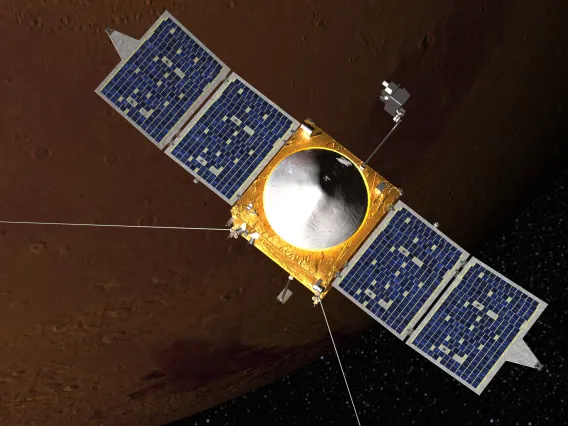
MAVEN
Mars Atmosphere and Volatile Evolution (MAVEN)
×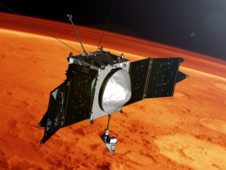
Mars Atmosphere and Volatile EvolutioN
Answers About Mars' Climate History
The Mars Atmosphere and Volatile EvolutioN (MAVEN) mission is part of NASA's Mars Scout program, funded by NASA Headquarters. Launched in Nov. 2013, the mission will explore the Red Planet’s upper atmosphere, ionosphere and interactions with the sun and solar wind. Scientists will use MAVEN data to determine the role that loss of volatiles from the Mars atmosphere to space has played through time, giving insight into the history of Mars' atmosphere and climate, liquid water, and planetary habitability.
MAVEN Faculty

Roger Yelle
Professor
Astrobiology, Exoplanets, Planetary Atmospheres, Titan & Outer Solar SystemMAVEN Researchers
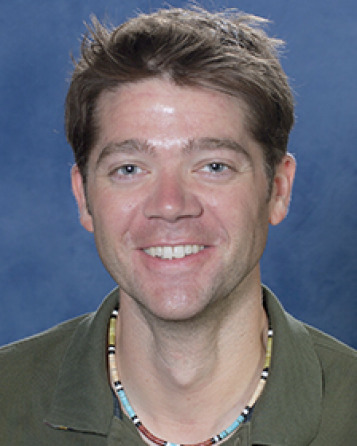
Hannes Gröller
Research Scientist/Assistant Staff Scientist
Asteroid Surveys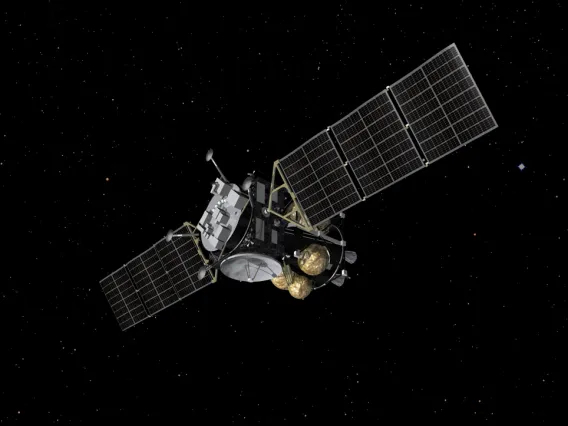
MMX
Martian Moons eXploration (MMX)
×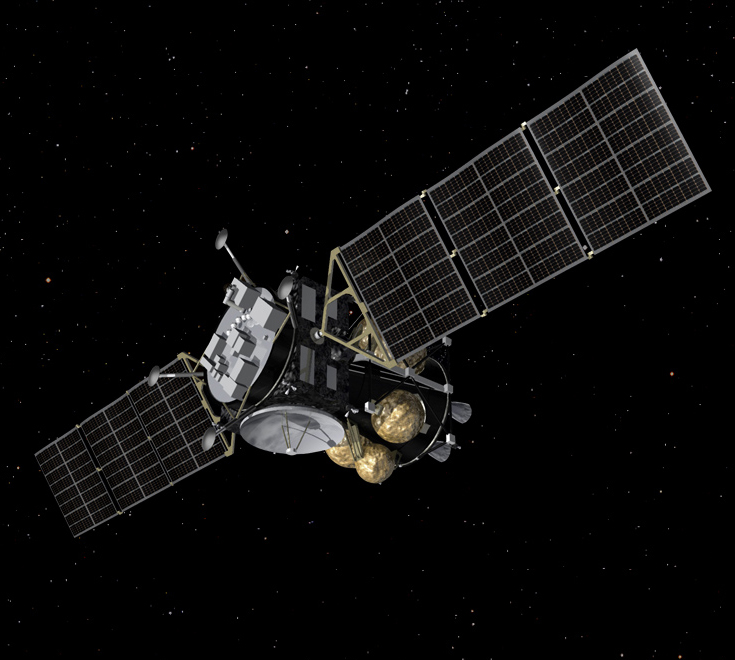
Martian Moons eXploration
Martian Moons eXploration (MMX) is a Martian moons exploration project aiming for launch in the early 2020s. After launching from the Earth, the spacecraft arrives in the Martian space over a period of about a year, and is entered into an orbit around Mars. After that, it will enter the Quasi Satellite Orbit (QSO) around the Martian moon, and get scientific data and samples from the Martian moon. After the observation and sample collection, the spacecraft will come back to the earth with samples taken from the martin moon. Currently it is assumed that it will be launched in 2024, Martian orbit insertion in 2025, and it will return to the earth in 2029.
By exploring the Martian moon, it is expected to improve technologies for future planet and satellite exploration such as, technologies required for roundtrip between the earth and Mars, the advanced sampling technique on the Martian moon surface, and the optimal communication technology using the deep space network ground station.
MMX Faculty

Erik Asphaug
Professor
Lunar Studies, Planetary Analogs, Planetary Geophysics, Planetary Surfaces, Small Bodies, Theoretical Astrophysics, Titan & Outer Solar System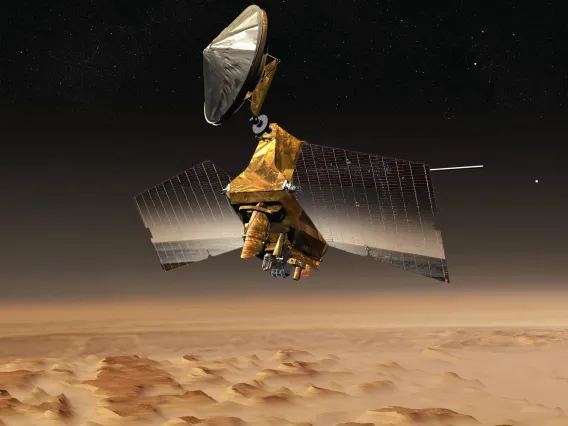
MRO
Mars Reconnaissance Orbiter (MRO)
×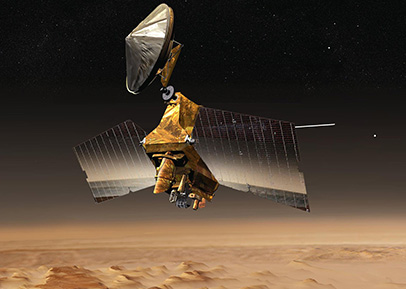
Mars Reconnaissance Orbiter
Mars Reconnaissance Orbiter (MRO) has studied the Red Planet's atmosphere and terrain from orbit since 2006 and also serves as a key data relay station for other Mars missions, including the Mars Exploration Rover Opportunity.
Equipped with a powerful camera called HiRISE that has aided in a number of discoveries, the Mars Reconnaissance Orbiter has sent back thousands of stunning images of the Martian surface that are helping scientists learn more about Mars, including the history of water flows on or near the planet's surface.
MRO Faculty

Lynn Carter
Associate Department Head, Professor, University Distinguished Scholar
Earth, Lunar Studies, Planetary Analogs, Planetary Geophysics, Planetary Surfaces, Titan & Outer Solar System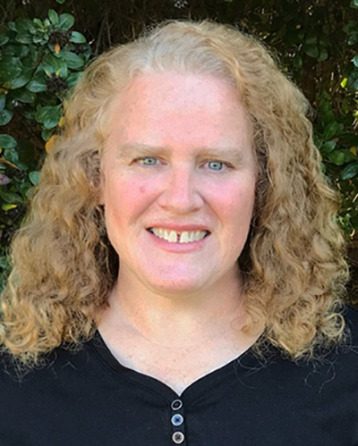
Virginia Gulick
Research Professor
Astrobiology, Planetary Analogs, Planetary Surfaces
Jack Holt
Professor, EDO Director
Earth, Planetary Analogs, Planetary Geophysics, Planetary Surfaces
Alfred McEwen
Regents Professor
Astrobiology, Lunar Studies, Photogrammetry, Planetary Analogs, Planetary Geophysics, Planetary Surfaces
Stefano Nerozzi
Assistant Research Professor
Earth, Planetary Analogs, Planetary Geophysics, Planetary SurfacesMRO Researchers

Sarah Sutton
Photogrammetry Program Lead, HiRISE, Researcher/Scientist
Earth, Lunar Studies, Photogrammetry, Planetary Analogs, Planetary Surfaces, Small BodiesMRO Support Staff

Nicole Bardabelias
Science Operations Engineer, HiRISE

Nicole Baugh
Uplink Operations Lead, HiRISE

Kristin Block
Principal Science Operations Engineer, HiRISE

Richard Leis
Staff Technician, Senior, HiRISE

Singleton Papendick
Science Operations Engineer, HiRISE
Earth, Planetary Surfaces
Anjani Polit
Deputy Principal Investigator, OSIRIS-APEX

Christian Schaller
Spacecraft Operations Software Engineer, HiRISE
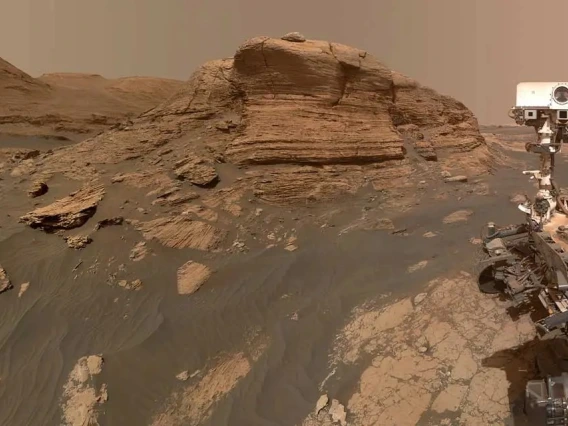
MSL
Mars Science Laboratory (MSL) (Curiosity)
×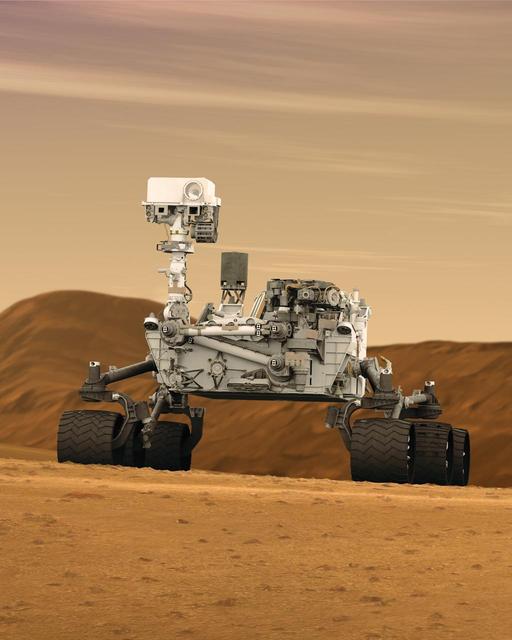
Mars Science Laboratory
Mars Science Laboratory is part of NASA's Mars Exploration Program, a long-term effort of robotic exploration of the red planet. Curiosity was designed to assess whether Mars ever had an environment able to support small life forms called microbes. In other words, its mission is to determine the planet's "habitability.
MSL Faculty

William Boynton
Professor Emeritus
Astrobiology, Cosmochemistry, Lunar Studies, Small BodiesMSL Support Staff

Michael Fitzgibbon
Software Engineer, Lead Calibration & Validation, OSIRIS-REx

Andrew Gardner
Systems Programmer, Principal

Karl Harshman
Manager, OSIRIS-REx/SPOC
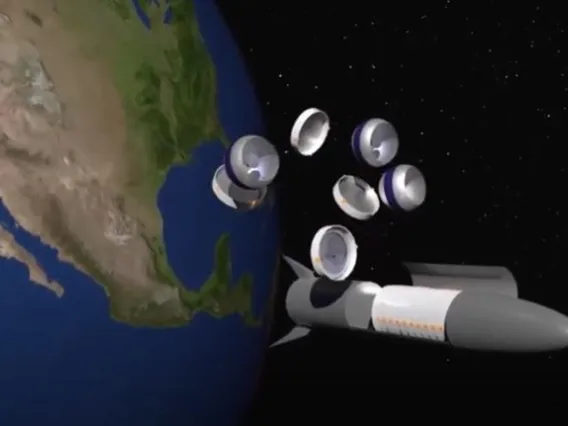
Nautilus
Nautilus
×Nautilus is a revolutionary space telescope concept that builds on a novel technology – engineered material diffractive-transmissive optical elements – to overcome the greatest limitations of space telescopes: non-scalable primary mirrors. By providing large but ultra-light telescope apertures, the Nautilus technology will enable the launch of a large fleet of identical telescopes. With a light-collecting power equivalent to a 50m diameter mirror Nautilus will be capable of surveying thousands of earth-sized habitable zone planets for atmospheric signatures of life.
Nautilus Faculty

Dániel Apai
Interim Associate Dean for Research, College of Science, Principal Investigator, Alien Earths, Professor
Astrobiology, Exoplanets, Planetary Atmospheres, Planetary Formation and Evolution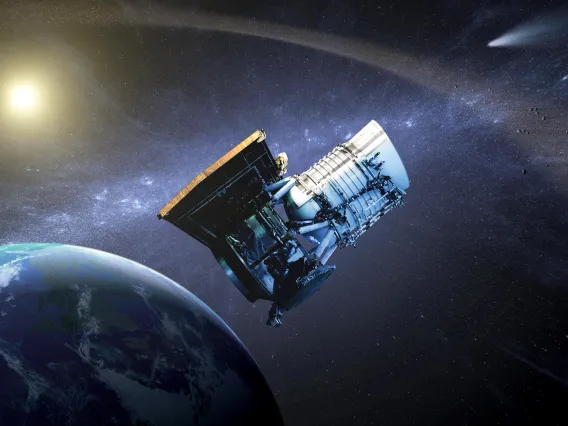
NEOWISE
Near-Earth Object Wide-field Infrared Survey Explorer (NEOWISE)
×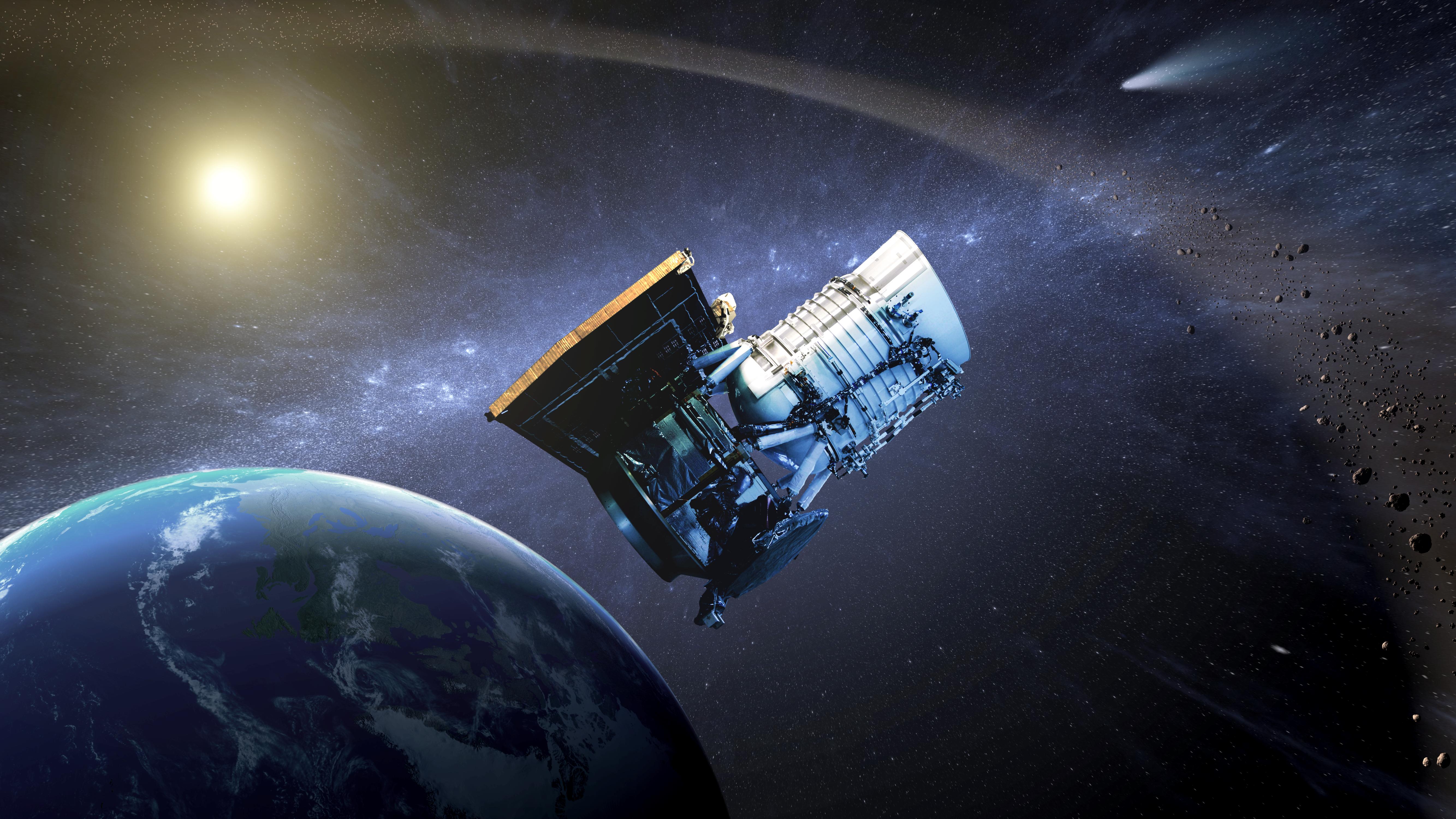
Wide-field Infrared Survey Explorer
The Wide-field Infrared Survey Explorer (WISE), a NASA infrared-wavelength astronomical space telescope, was active from December 2009 to February 2011. It was launched on December 14, 2009, and decommissioned/hibernated on February 17, 2011 when its transmitter was turned off. It performed an all-sky astronomical survey with images in 3.4, 4.6, 12 and 22 μm wavelength range bands, over 10 months using a 40 cm (16 in) diameter infrared telescope in Earth-orbit. The initial mission length was limited by its hydrogen coolant, but a secondary post-cryogenic mission continued four more months with two of the four detectors remaining operational.
In September 2013, the spacecraft was reactivated, renamed NEOWISE and assigned a new mission: to assist NASA's efforts to identify and characterize the population of near-Earth objects. NEOWISE is also characterizing more distant populations of asteroids and comets to provide information about their sizes and compositions.
NEOWISE Faculty
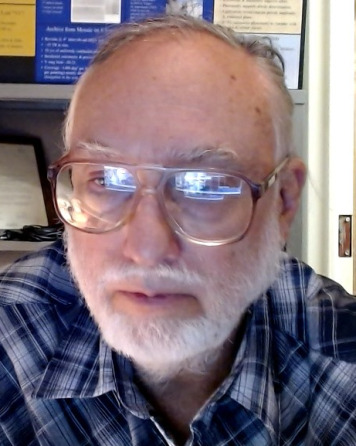
Robert (Bob) McMillan
Research Professor (Retired)
Asteroid Surveys, Planetary Astronomy, Small Bodies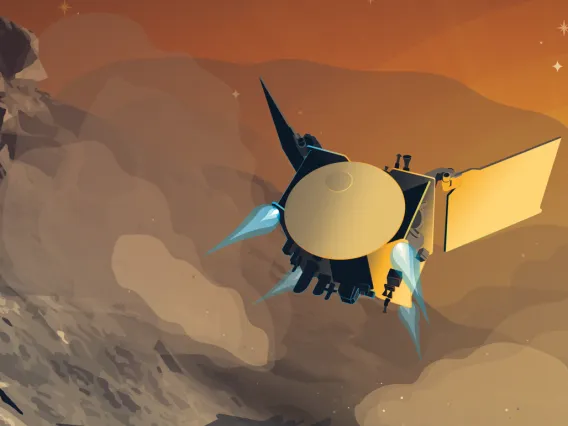
OSIRIS-APEX
OSIRIS-Apophis Explorer (OSIRIS-APEX)
×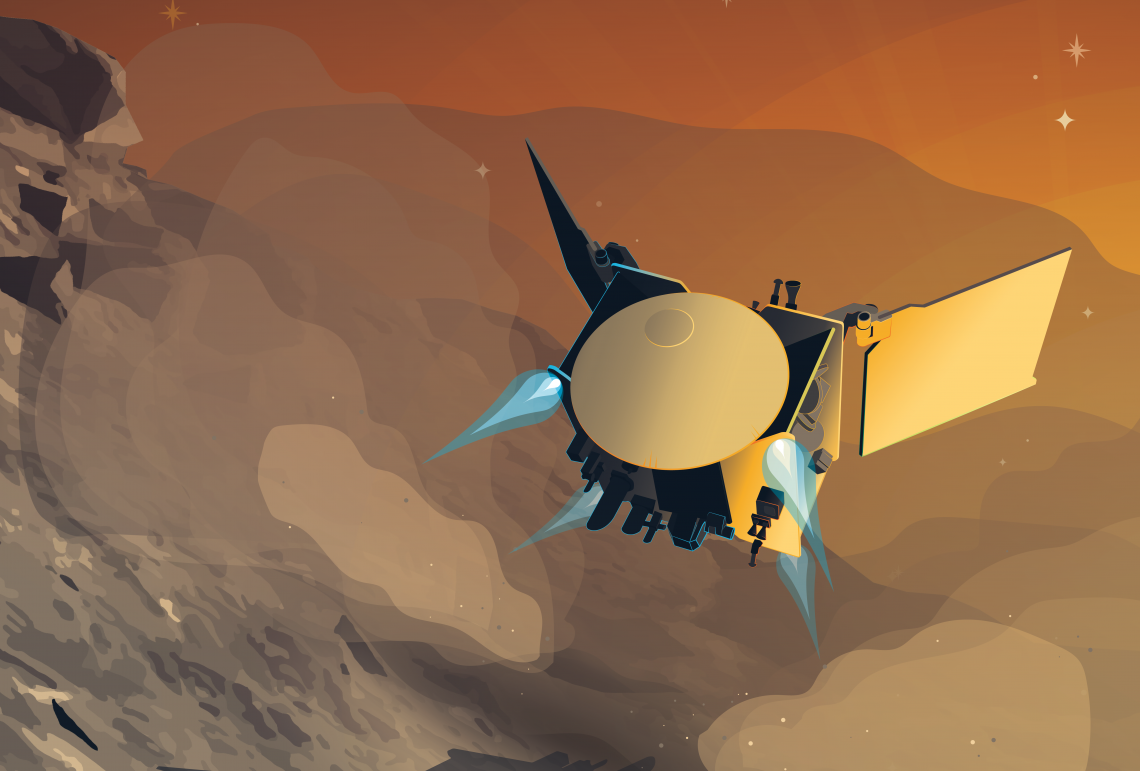
OSIRIS-APophis EXplorer
The OSIRIS-APEX mission will reprise the discoveries of the OSIRIS-REx spacecraft at a second asteroid, Apophis. An hour after Apophis’s dramatic close approach to Earth on April 13, 2029, The OSIRIS-APEX spacecraft will use Earth’s gravity to put itself on a course to rendezvous with the asteroid to begin an 18-month campaign of investigation and discovery. Having already challenged our understanding of “carbonaceous” (C-complex) asteroids during its exploration of Bennu, the spacecraft instrument suite will provide first-of-its-kind high-resolution data of a “stony” (S-complex) asteroid—dramatically advancing our knowledge of this asteroid class and its connection to the meteorite collection. After 15 months orbiting Apophis, APEX will use its thrusters to dig into the surface. This will allow us to observe subsurface material, which will provide otherwise inaccessible insight into space weathering and the surface strength of stony asteroids.
Although scientific discovery is APEX’s prime motivation, Apophis’ bulk structure and surface strength have critical implications for planetary defense. Shortly after its discovery in 2004, there was concern that Apophis could hit Earth in the 2029 encounter. Further observations ruled out that possibility, and we now know that it does not present any danger for at least 100 years. Nevertheless, as an S-complex object, Apophis represents the most common class of potentially hazardous asteroids (PHAs) and knowledge of its properties can inform mitigation strategies. Monitoring Apophis during and after Earth approach provides the first opportunity to witness any change in the surfaces and orbits of an asteroid that could influence its likelihood of striking Earth.
OSIRIS-APEX Faculty

Dani Mendoza DellaGiustina
Assistant Professor, Deputy Principal Investigator, OSIRIS-REx, Principal Investigator, OSIRIS-APEX
Earth, Photogrammetry, Planetary Analogs, Planetary Geophysics, Planetary Surfaces, Small Bodies
Dante Lauretta
Director, Arizona Astrobiology Center, Principal Investigator, OSIRIS-REx, Regents Professor
Astrobiology, Cosmochemistry, Small Bodies
Michael Nolan
Deputy Principal Investigator, OSIRIS-APEX, Research Professor
Small Bodies
Tyler Robinson
Associate Professor
Exoplanets
Peter Smith
Professor Emeritus
AstrobiologyOSIRIS-APEX Researchers

Dathon Golish
Mission Instrument and Observation Scientist
Photogrammetry, Small Bodies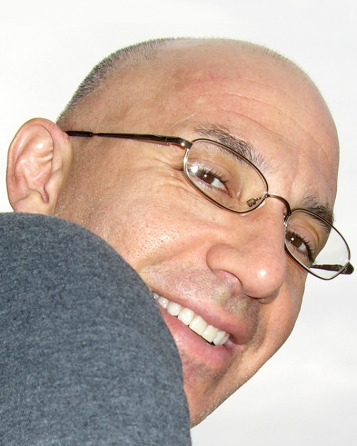
Bashar Rizk
Research Scientist/Senior Staff Scientist, OSIRIS-REx/OCAMS
Asteroid Surveys, Planetary Atmospheres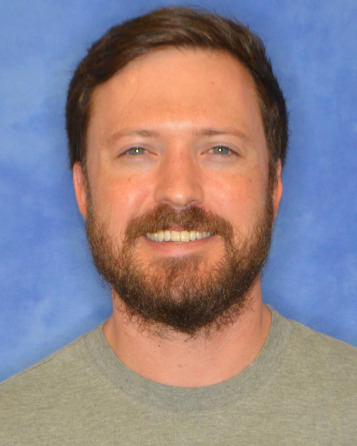
Andrew Ryan
Researcher/Scientist, OSIRIS-REx
Planetary Surfaces
Sarah Sutton
Photogrammetry Program Lead, HiRISE, Researcher/Scientist
Earth, Lunar Studies, Photogrammetry, Planetary Analogs, Planetary Surfaces, Small BodiesOSIRIS-APEX Support Staff
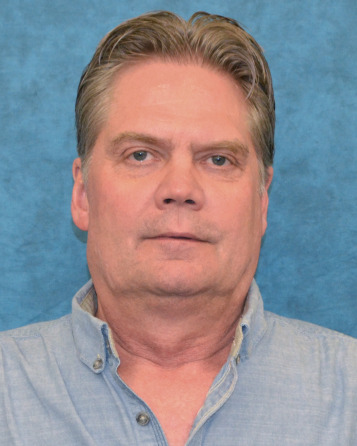
Kris Becker
Senior Data Analyst, OSIRIS-REx
Photogrammetry
Carina Bennett
Project Manager and Software Engineer, SAMIS
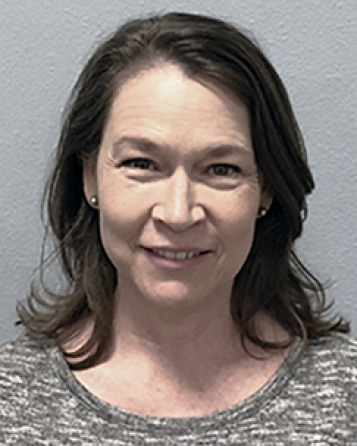
Denise Blum
Business Manager, OSIRIS-REx
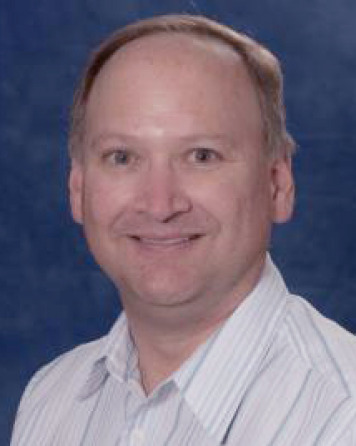
Tony Ferro
System Administrator, OSIRIS-REx/SPOC

Michael Fitzgibbon
Software Engineer, Lead Calibration & Validation, OSIRIS-REx
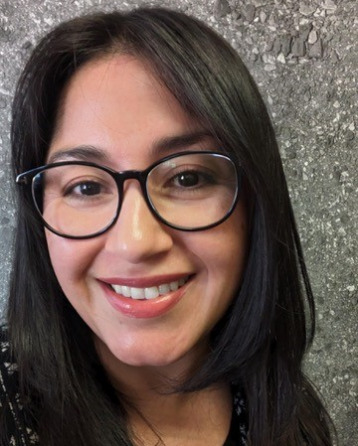
Rose Garcia
R&D Engineer Scientist, OSIRIS-REx

Andrew Gardner
Systems Programmer, Principal
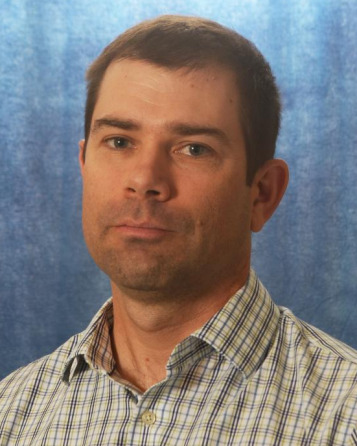
Damian Hammond
Software Engineer, OSIRIS-REx Telemetry Processing

Karl Harshman
Manager, OSIRIS-REx/SPOC

CeeCee Hill
R&D Software Engineer, OSIRIS-APEX

Zachary Komanapalli
Research Technician, OSIRIS-APEX

Megan Montano
Research Technician, OSIRIS-APEX

Anjani Polit
Deputy Principal Investigator, OSIRIS-APEX
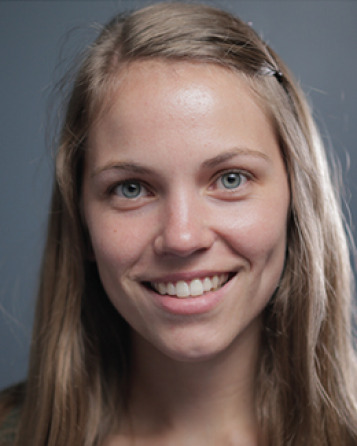
Mathilde Westermann
Lead GIS Development Engineer, OSIRIS-REx

Catherine Wolner
Editor, OSIRIS-REx
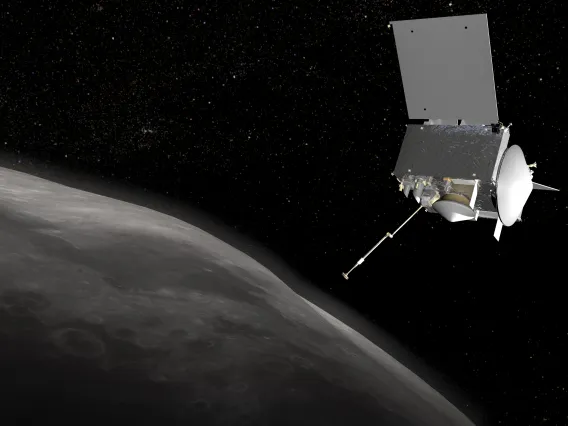
OSIRIS-REx
Origins, Spectral Interpretation, Resource Identification, Security, Regolith Explorer (OSIRIS-REx, OREx)
×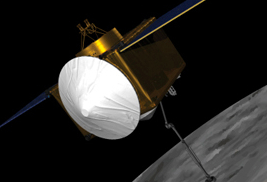
Origins, Spectral Interpretation, Resource Identification, Security, Regolith Explorer
OSIRIS-REx launched from the Cape Canaveral Air Force Station in Florida on Sept. 8, 2016. It arrived at Bennu on Dec. 3, 2018, and began orbiting the asteroid Bennu for the first time on Dec. 31, 2018. On October 20, 2020, OSIRIS-REx made history for NASA when it tagged the surface of asteroid Bennu for 4.7 seconds, triggering a flush of nitrogen gas and collecting the largest sample of extraterrestrial material since the Apollo moon landings. In preparation for the sample collection, the spacecraft had spent two years photographing and mapping the asteroid in tremendous detail. The spacecraft successfully dropped its sample return capsule to return to Earth on Sept. 24, 2023.
The OSIRIS-REx mission seeks answers to questions that are central to the human experience: Where did we come from? What is our destiny? OSIRIS-REx is going to Bennu, a carbon-rich asteroid that records the earliest history of our Solar System, and bringing a piece of it back to Earth. Bennu may contain the molecular precursors to the origin of life and the Earth’s oceans. Bennu is also one of the most potentially hazardous asteroids. It has a relatively high probability of impacting the Earth late in the 22nd century. OSIRIS-REx will determine Bennu’s physical and chemical properties. This will be critical for future scientists to know when developing an impact mitigation mission. Finally, asteroids like Bennu contain natural resources such as water, organics, and precious metals. Future space exploration and economic development will rely on asteroids for these precious materials. Asteroids may one day fuel the exploration of the Solar System by robotic and manned spacecraft.
Touching the Asteroid
OSIRIS-REx Faculty

Erik Asphaug
Professor
Lunar Studies, Planetary Analogs, Planetary Geophysics, Planetary Surfaces, Small Bodies, Theoretical Astrophysics, Titan & Outer Solar System
Jessica Barnes
Associate Professor
Cosmochemistry, Lunar Studies, Planetary Analogs
William Boynton
Professor Emeritus
Astrobiology, Cosmochemistry, Lunar Studies, Small Bodies
Dani Mendoza DellaGiustina
Assistant Professor, Deputy Principal Investigator, OSIRIS-REx, Principal Investigator, OSIRIS-APEX
Earth, Photogrammetry, Planetary Analogs, Planetary Geophysics, Planetary Surfaces, Small Bodies
Pierre Haenecour
Assistant Professor
Astrobiology, Cosmochemistry, Planetary Astronomy, Small Bodies
Ellen Howell
Research Professor
Small Bodies
Dante Lauretta
Director, Arizona Astrobiology Center, Principal Investigator, OSIRIS-REx, Regents Professor
Astrobiology, Cosmochemistry, Small Bodies
Renu Malhotra
Louise Foucar Marshall Science Research Professor, Regents Professor
Astrobiology, Exoplanets, Orbital Dynamics, Planetary Formation and Evolution, Small Bodies, Theoretical Astrophysics
Michael Nolan
Deputy Principal Investigator, OSIRIS-APEX, Research Professor
Small Bodies
Peter Smith
Professor Emeritus
Astrobiology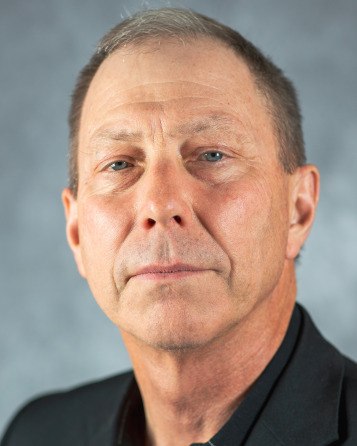
Timothy Swindle
Professor Emeritus
Cosmochemistry, Lunar Studies, Small Bodies, Theoretical Astrophysics
Tom Zega
Professor
Astrobiology, Cosmochemistry, Small BodiesOSIRIS-REx Researchers

Laura Chaves
Postdoctoral Research Associate
Cosmochemistry, Small Bodies
Matthew Chojnacki
DCC Associate Research (McEwen)
Photogrammetry, Planetary Surfaces, Small Bodies
Ruby Fulford
PTYS Graduate Student
Astrobiology, Planetary Geophysics, Planetary Surfaces, Small Bodies, Titan & Outer Solar System
Dathon Golish
Mission Instrument and Observation Scientist
Photogrammetry, Small Bodies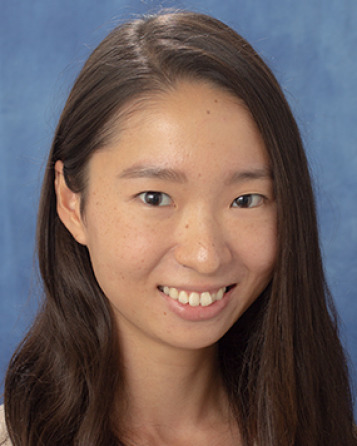
Kana Ishimaru
PTYS Graduate Student
Cosmochemistry, Small Bodies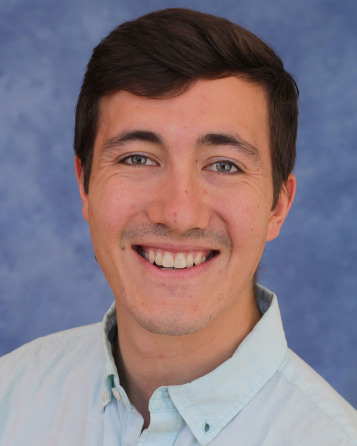
Robert Melikyan
PTYS Graduate Student
Orbital Dynamics, Small Bodies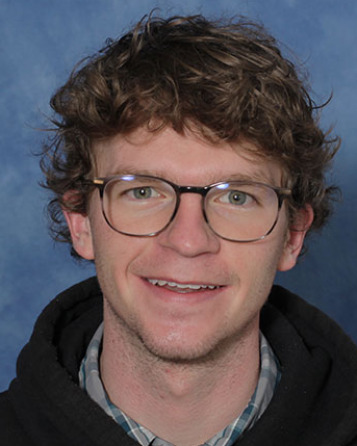
Beau Prince
PTYS Graduate Student
Cosmochemistry
Bashar Rizk
Research Scientist/Senior Staff Scientist, OSIRIS-REx/OCAMS
Asteroid Surveys, Planetary Atmospheres
Andrew Ryan
Researcher/Scientist, OSIRIS-REx
Planetary Surfaces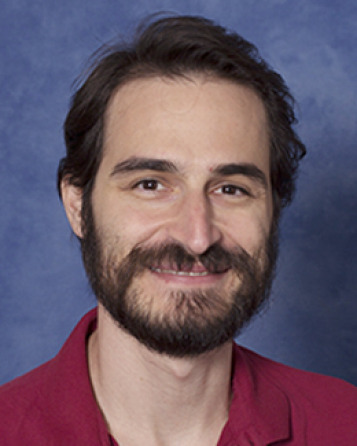
Stephen Schwartz
DCC Associate Staff Scientist (Asphaug)
Orbital Dynamics, Planetary Astronomy, Planetary Surfaces, Small Bodies, Space Situational Awareness
Sarah Sutton
Photogrammetry Program Lead, HiRISE, Researcher/Scientist
Earth, Lunar Studies, Photogrammetry, Planetary Analogs, Planetary Surfaces, Small BodiesOSIRIS-REx Support Staff

Kris Becker
Senior Data Analyst, OSIRIS-REx
Photogrammetry
Carina Bennett
Project Manager and Software Engineer, SAMIS

Denise Blum
Business Manager, OSIRIS-REx
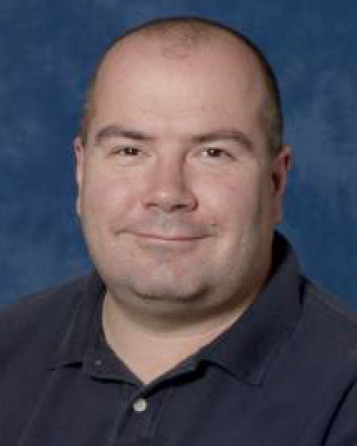
Christian d'Aubigny
DCC Deputy Instrument Scientist, OCAMS (Byrne)

Tony Ferro
System Administrator, OSIRIS-REx/SPOC

Michael Fitzgibbon
Software Engineer, Lead Calibration & Validation, OSIRIS-REx

Andrew Gardner
Systems Programmer, Principal

Damian Hammond
Software Engineer, OSIRIS-REx Telemetry Processing

Karl Harshman
Manager, OSIRIS-REx/SPOC
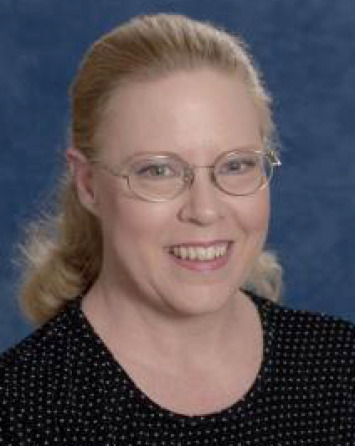
Dolores Hill
Research Specialist, Senior
Cosmochemistry, Small Bodies
CeeCee Hill
R&D Software Engineer, OSIRIS-APEX

Joshua Kantarges
SAMIS Software Engineer, OSIRIS-REx

Anjani Polit
Deputy Principal Investigator, OSIRIS-APEX

Mathilde Westermann
Lead GIS Development Engineer, OSIRIS-REx

Catherine Wolner
Editor, OSIRIS-REx
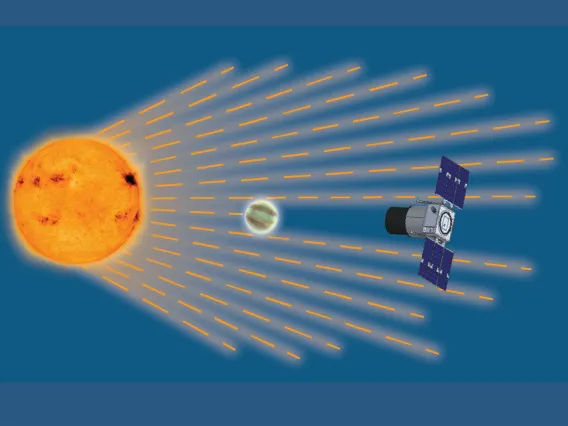
Pandora
Pandora
×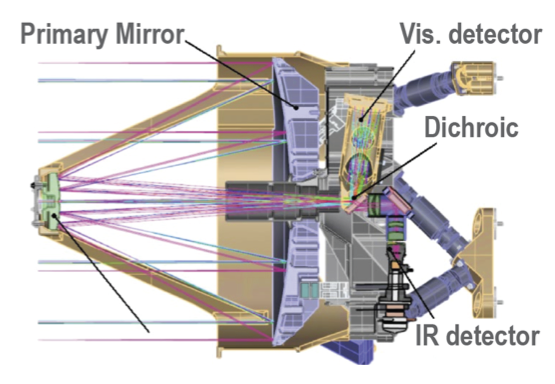
Pandora's primary objective is to conduct a long baseline survey of transiting exoplanets orbiting nearby stars with simultaneous photometric and spectroscopic observations in order to quantify and correct for stellar contamination in transmission spectra and subsequently identify exoplanets with hydrogen or water.
Pandora Faculty

Dániel Apai
Interim Associate Dean for Research, College of Science, Principal Investigator, Alien Earths, Professor
Astrobiology, Exoplanets, Planetary Atmospheres, Planetary Formation and EvolutionPandora Support Staff

Andrew Gardner
Systems Programmer, Principal

Karl Harshman
Manager, OSIRIS-REx/SPOC

Joshua Kantarges
SAMIS Software Engineer, OSIRIS-REx
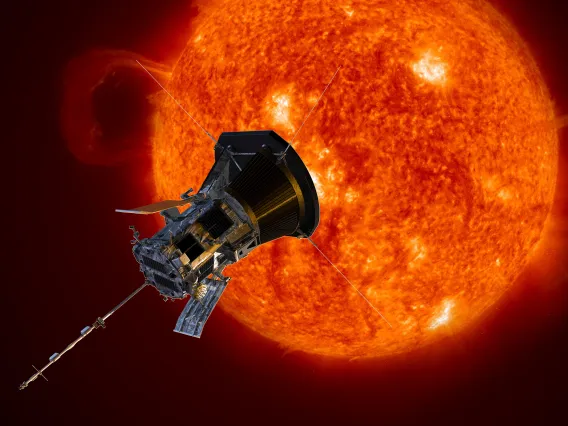
Parker Solar Probe
Parker Solar Probe: A NASA Mission to Touch the Sun
×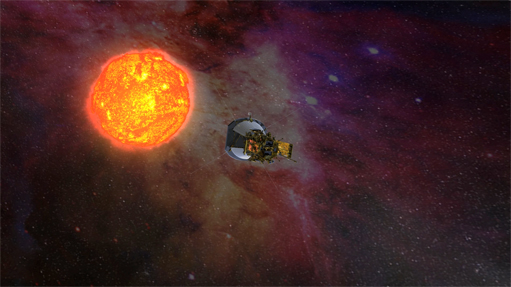
The First Mission to the Nearest Star
Parker Solar Probe will be a historic mission, flying into the Sun's atmosphere (or corona) for the first time. LPL Professor Joe Giacalone is Co-Investigator for the Integrated Science Investigation of the Sun (IS☉IS) instrument. Coming closer to the Sun than any previous spacecraft, Solar Probe Plus will employ a combination of in situ measurements and imaging to achieve the mission's primary scientific goal: to understand how the Sun's corona is heated and how the solar wind is accelerated. Parker Solar Probe will revolutionize our knowledge of the origin and evolution of the solar wind.
Parker Solar Probe Faculty

Joe Giacalone
Professor
Solar and Heliospheric Research, Theoretical Astrophysics
Kristopher Klein
Associate Professor
Solar and Heliospheric Research, Theoretical AstrophysicsParker Solar Probe Researchers
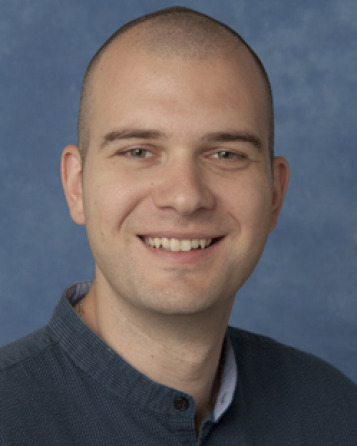
Mihailo Martinović
Researcher/Scientist
Solar and Heliospheric Research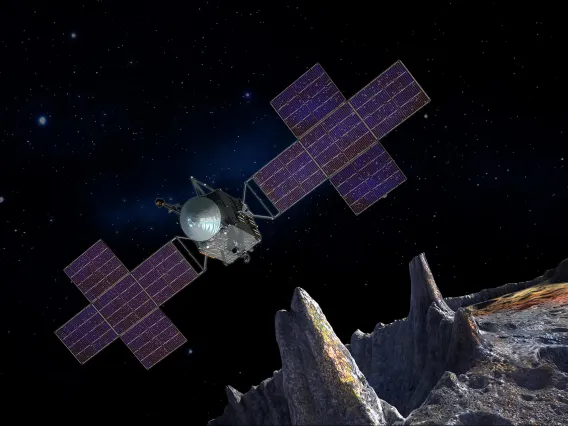
Psyche
Psyche
×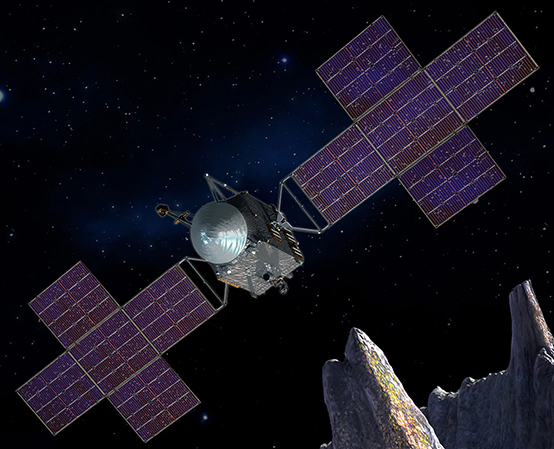
Pysche is both the name of an asteroid orbiting the Sun between Mars and Jupiter — and the name of a NASA space mission to visit that asteroid, led by Arizona State University. The mission was chosen by NASA on January 4, 2017 as one of two missions for the agency’s Discovery Program, a series of relatively low-cost missions to solar system targets.
The Psyche spacecraft is targeted to launch in summer 2022 and travel to the asteroid using solar-electric (low-thrust) propulsion, arriving in 2026, following a Mars flyby and gravity-assist in 2023. After arrival, the mission plan calls for 21 months spent at the asteroid, mapping it and studying its properties.
Psyche Faculty

Erik Asphaug
Professor
Lunar Studies, Planetary Analogs, Planetary Geophysics, Planetary Surfaces, Small Bodies, Theoretical Astrophysics, Titan & Outer Solar SystemPsyche Researchers

Namya Baijal
PTYS Graduate Student
Planetary Geophysics, Planetary Surfaces, Small Bodies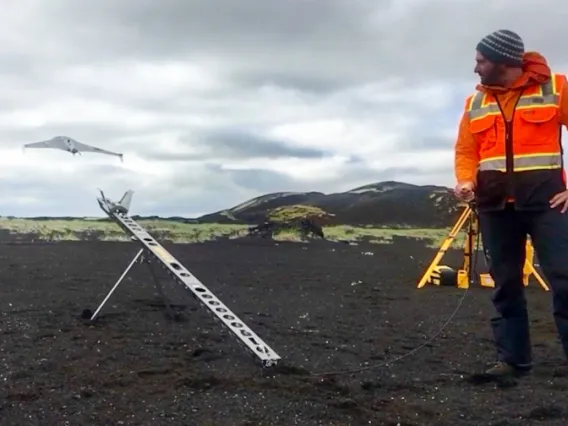
RAVEN
Rover–Aerial Vehicle Exploration Network (RAVEN)
×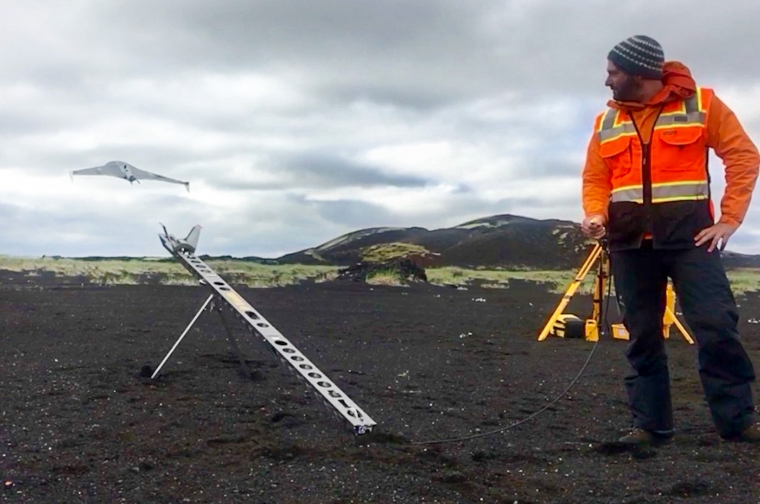
Rover–Aerial Vehicle Exploration Network
A team of scientists led by LPL’s Christopher Hamilton, an associate professor, are gearing up to send drones on exploration missions across a vast lava field in Iceland to test a next-generation Mars exploration concept. Hamilton is the principal investigator on a project that has been awarded a $3.1 million NASA grant to develop a new concept combining rovers and unmanned aerial systems, commonly known as drones, to explore regions of the red planet that have been previously inaccessible.
These new Rover–Aerial Vehicle Exploration Networks will be tested in Iceland to explore volcanic terrains similar to those observed on Mars. RAVEN adds an entirely new approach to NASA’s paradigm of planetary exploration, which traditionally has centered around four steps, each building on the scientific findings of the previous one: flyby, orbit, land and rove, according to Hamilton. The first spacecraft sent to a previously unvisited body in the solar system commonly executes a flyby pass to collect as many data as possible to inform subsequent robotic missions, which consist of another space probe placed into orbit, then a lander, which studies the surface in one place, and, finally, a rover built to move around and analyze various points of scientific interest.
RAVEN Faculty

Christopher Hamilton
Associate Professor
Astrobiology, Earth, Lunar Studies, Photogrammetry, Planetary Analogs, Planetary Geophysics, Planetary SurfacesRAVEN Researchers
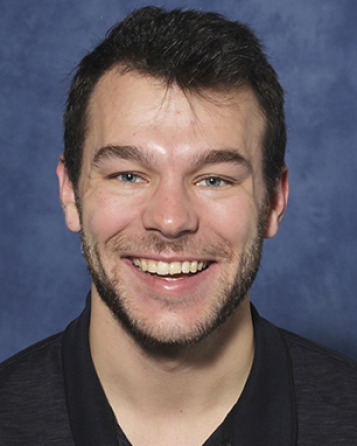
Nathan Hadland
PTYS Graduate Student
Astrobiology, Earth, Planetary Analogs, Planetary Surfaces
Michael Phillips
Researcher/Scientist
Astrobiology, Photogrammetry, Planetary Analogs, Planetary Surfaces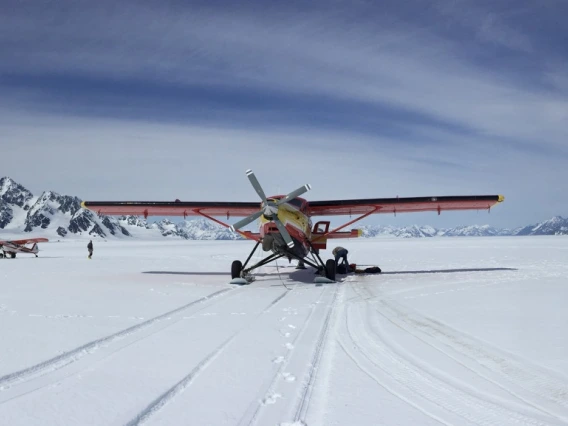
Snow4Flow
Snow4Flow
×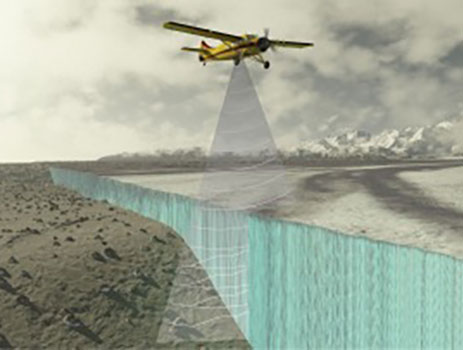
Snow4Flow will capture the spatial variability in snow accumulation and ice volume across 4 Northern Hemisphere (NH) regions containing hundreds of rapidly changing glaciers to deliver more reliable, societally relevant projections of land-ice change. This major advance requires spatially extensive radar-sounding surveys that are not possible from orbit. This EVS-4 mission will drive foundational improvements to NH land-ice boundary conditions and forcing data – including orographic precipitation patterns in alpine environments, ice thickness and subglacial topography – and directly leverages them into state-of-the-art models and projections.
Snow4Flow Faculty

Jack Holt
Professor, EDO Director
Earth, Planetary Analogs, Planetary Geophysics, Planetary Surfaces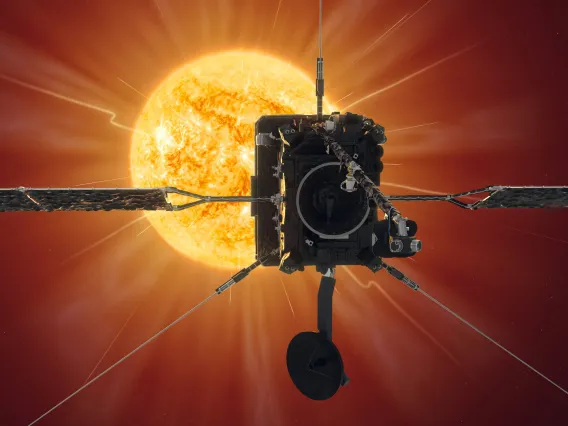
Solar Orbiter
Solar Orbiter
×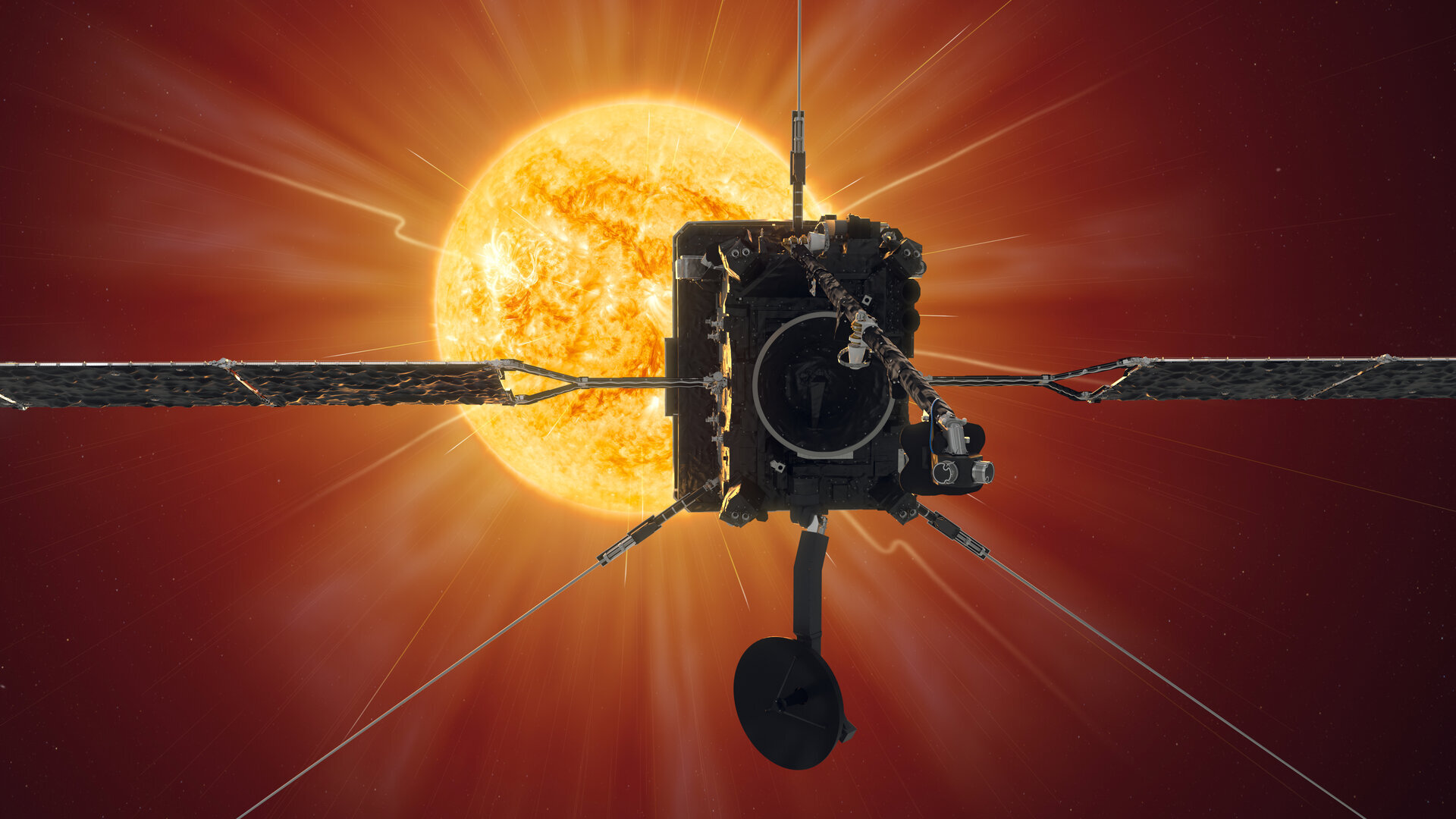
Solar Orbiter is a mission dedicated to solar and heliospheric physics. It was selected as the first medium-class mission of ESA's Cosmic Vision 2015-2025 Programme. The programme outlines key scientific questions which need to be answered about the development of planets and the emergence of life, how the Solar System works, the origins of the Universe, and the fundamental physics at work in the Universe.
Solar Orbiter Faculty

Joe Giacalone
Professor
Solar and Heliospheric Research, Theoretical AstrophysicsSolar Orbiter Researchers

Mihailo Martinović
Researcher/Scientist
Solar and Heliospheric Research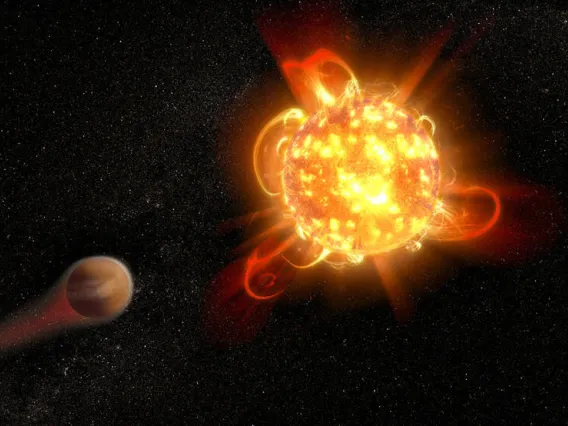
SPARCS
Star-Planet Activity Research CubeSat (SPARCS)
×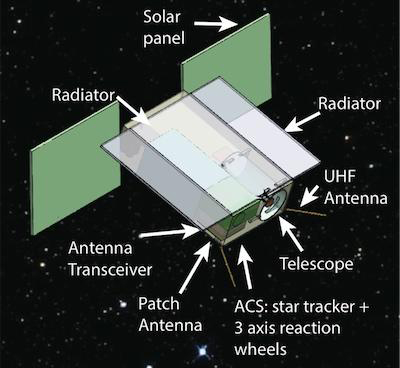
Star-Planet Activity Research CubeSat
The Star-Planet Activity Research CubeSat (SPARCS) is a small space telescope about the size and shape of a family-size Cheerios box.
It is built of six cubical units, each about four inches on a side. These are joined to make a spacecraft two units wide by three long in what is termed a 6U spacecraft; solar power panels extend like wings from one end.
The mission which SPARCS will undertake is monitoring the flares and sunspot activity of M-type stars, also called red dwarfs, in the far- and near-ultraviolet. The purpose of this is to assess how habitable the space environment is for planets orbiting them.
SPARCS Faculty

Travis Barman
Professor
Exoplanets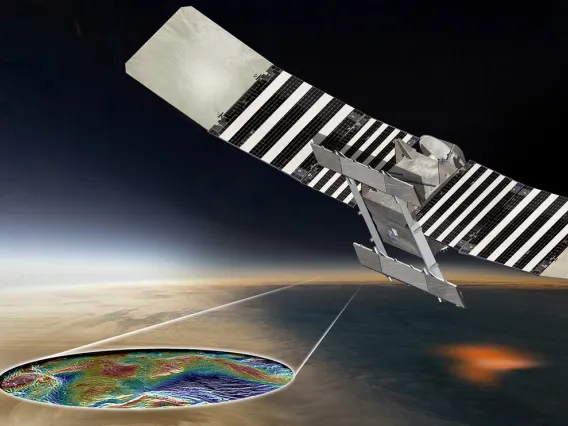
VERITAS
Venus Emissivity, Radio science, InSAR, Topography, And Spectroscopy (VERITAS)
×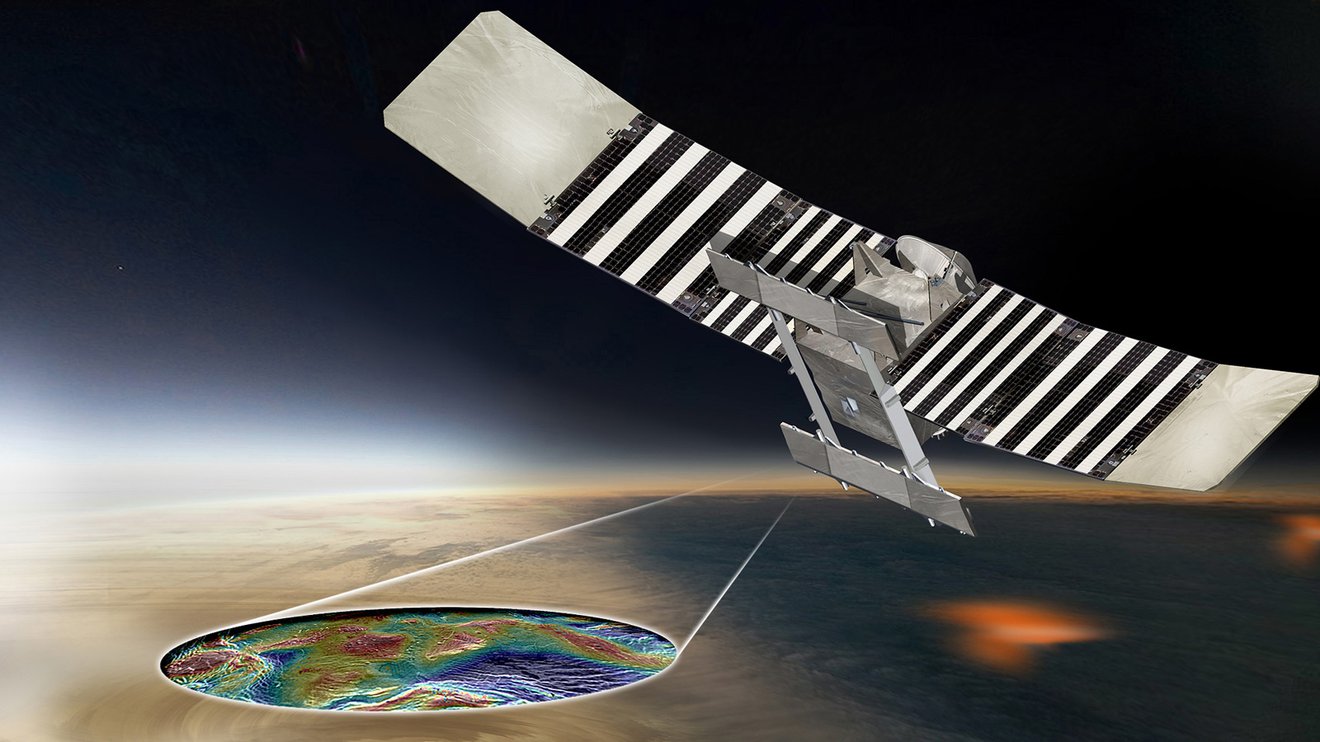 VERITAS
VERITASVenus Emissivity, Radio science, InSAR, Topography, And Spectroscopy
VERITAS is a Venus orbiter designed to reveal how the paths of Venus and Earth diverged, and how Venus lost its potential as a habitable world.
VERITAS Faculty

Jeffrey Andrews-Hanna
Professor
Lunar Studies, Planetary Geophysics, Planetary Surfaces, Titan & Outer Solar SystemVERITAS Researchers

Joseph Schools
Researcher/Scientist
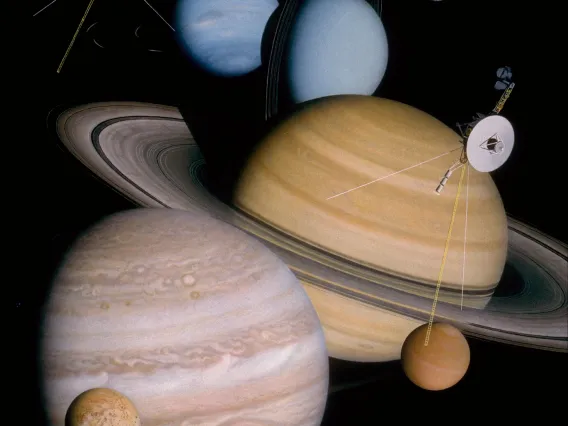
Voyager
Voyager
×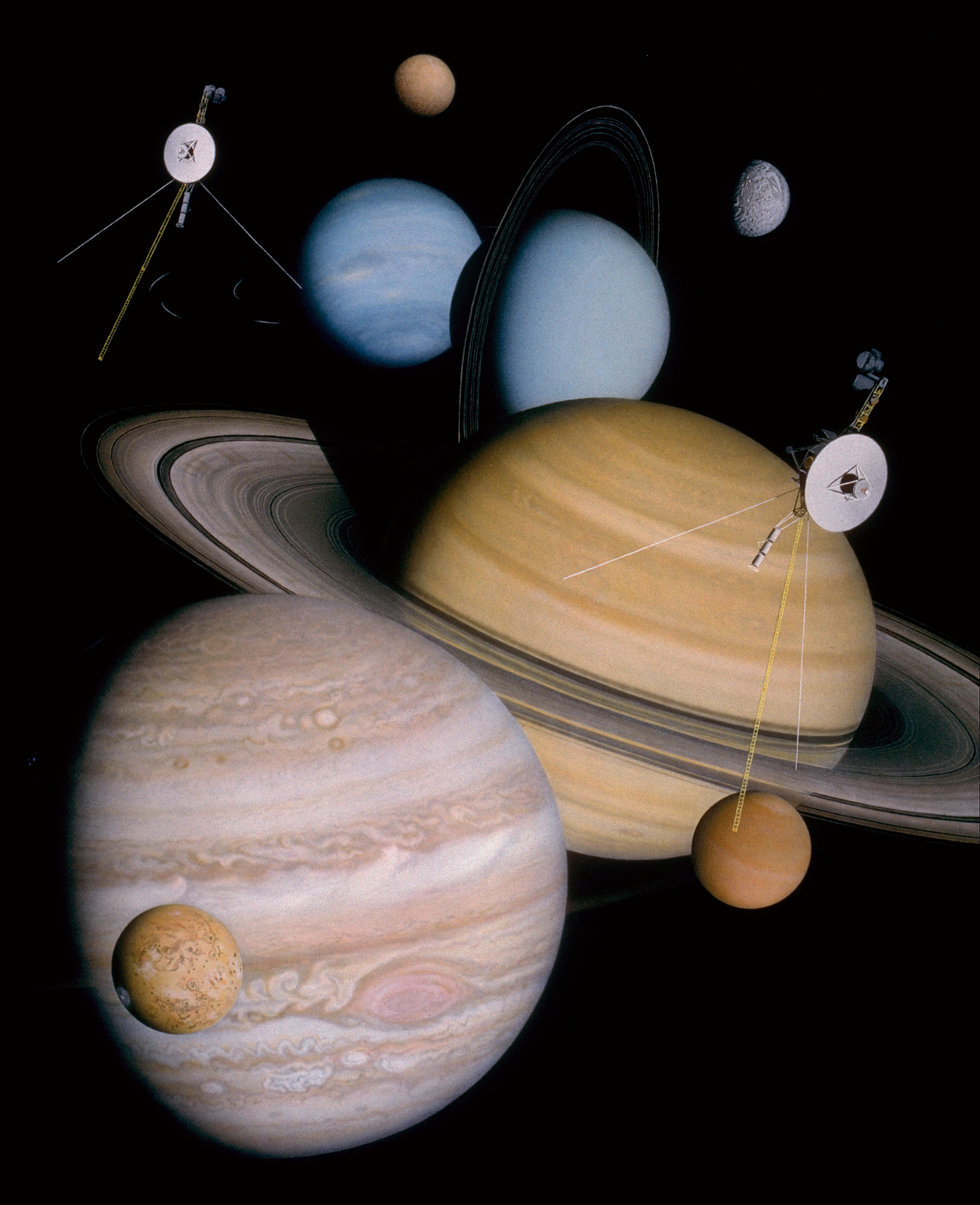 Voyager
VoyagerThe Voyager program is an American scientific program that employs two robotic probes, Voyager 1 and Voyager 2, to study the outer Solar System. The probes were launched in 1977 to take advantage of a favorable alignment of Jupiter, Saturn, Uranus, and Neptune. Although their original mission was to study only the planetary systems of Jupiter and Saturn, Voyager 2 continued on to Uranus and Neptune. The Voyagers now explore the outer boundary of the heliosphere in interstellar space; their mission has been extended three times and they continue to transmit useful scientific data. Neither Uranus nor Neptune has been visited by a probe other than Voyager 2.
Voyager Faculty
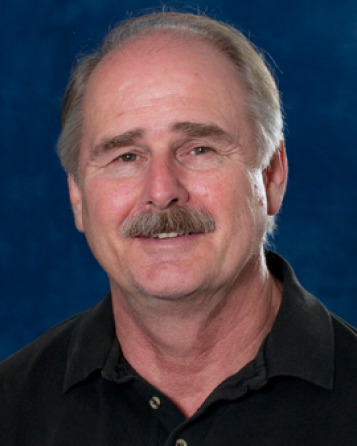
Robert Brown
Professor Emeritus
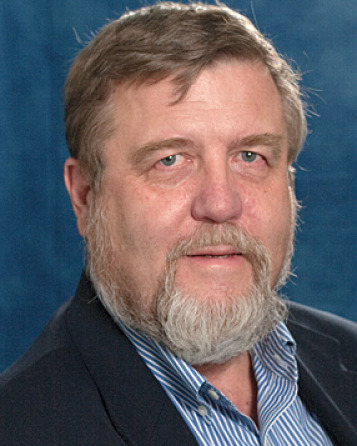
Jay Holberg
Senior Research Scientist (Retired)
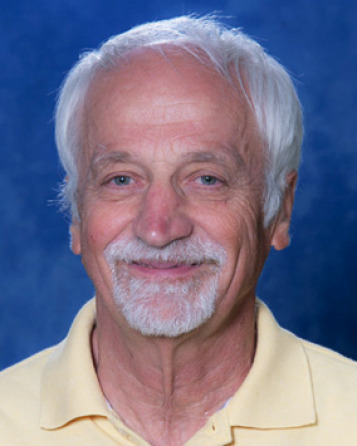
Jozsef Kota
Senior Research Scientist (Retired)
Solar and Heliospheric Research, Theoretical Astrophysics
Alfred McEwen
Regents Professor
Astrobiology, Lunar Studies, Photogrammetry, Planetary Analogs, Planetary Geophysics, Planetary Surfaces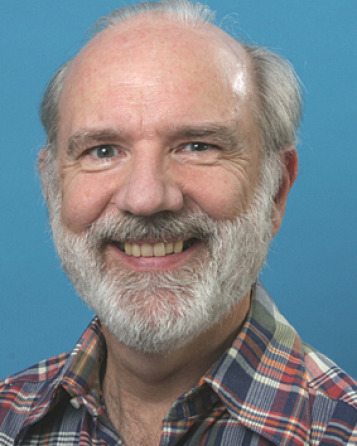
Bill Sandel
Senior Research Scientist (Retired)
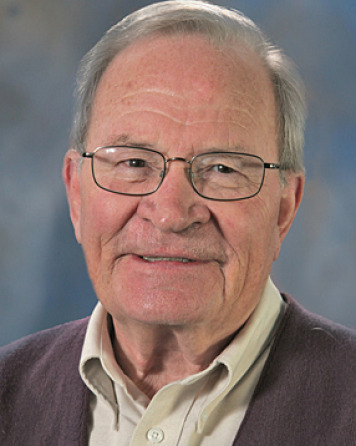
Robert Strom
Professor Emeritus
Voyager Support Staff

Michael Fitzgibbon
Software Engineer, Lead Calibration & Validation, OSIRIS-REx
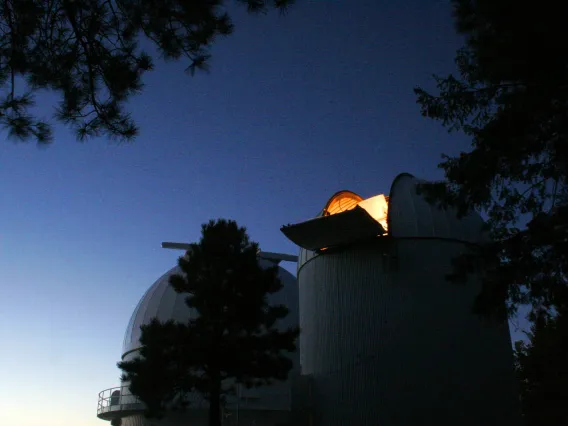
Asteroid Surveys
Asteroid Surveys
×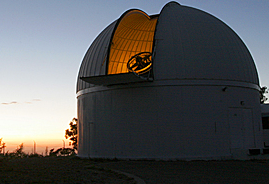
Catalina Sky Survey
The mission of the Catalina Sky Survey is to contribute to the inventory of near-earth objects (NEOs), or more specifically, the potentially hazardous asteroids (PHAs) that pose an impact risk to Earth and its inhabitants.
The identification of the iridium anomaly at the Cretaceous-Tertiary boundary (Alvarez et al. 1980), associated Chicxulub impact crater (Hildebrand et al. 1991) and the Permian-Triassic "great dying" possibly being associated with Australian Bedout Crater (Becker et al. 2004) strongly suggest that impacts by minor planets play an important role in the evolution of life.
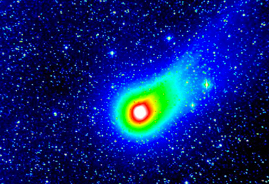
SPACEWATCH®
The primary goal of SPACEWATCH® is to explore the various populations of small objects in the solar system, and study the statistics of asteroids and comets in order to investigate the dynamical evolution of the solar system. SPACEWATCH® also finds potential targets for interplanetary spacecraft missions, provides follow-up astrometry of such targets, and finds objects that might present a hazard to the Earth.
Asteroid Surveys Faculty

Robert (Bob) McMillan
Research Professor (Retired)
Asteroid Surveys, Planetary Astronomy, Small BodiesAsteroid Surveys Researchers

Adam Battle
R&D Software Engineer, SPACE 4 Center
Asteroid Surveys, Small Bodies, Space Situational Awareness
Melissa Brucker
Principal Investigator, Spacewatch, Research Scientist
Asteroid Surveys, Small Bodies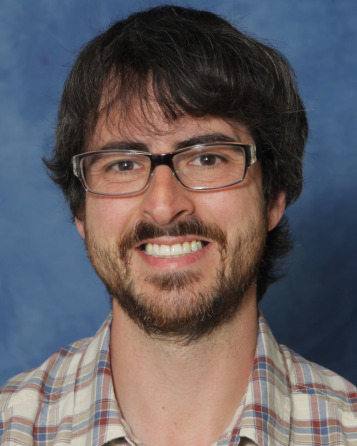
Carson Fuls
Director, Catalina Sky Survey, PTYS Graduate Student
Asteroid Surveys, Small Bodies
Hannes Gröller
Research Scientist/Assistant Staff Scientist
Asteroid Surveys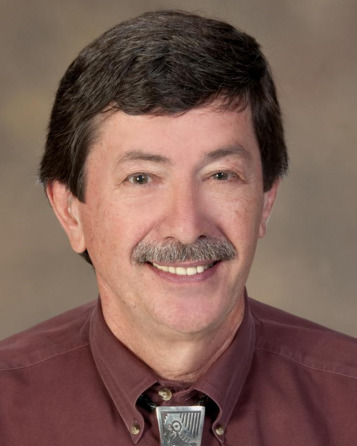
Steve Larson
Research Scientist/Senior Staff Scientist
Asteroid Surveys, Small Bodies
Bashar Rizk
Research Scientist/Senior Staff Scientist, OSIRIS-REx/OCAMS
Asteroid Surveys, Planetary AtmospheresAsteroid Surveys Support Staff

Tracie Beuden
Survey Operations Specialist, Catalina Sky Survey
Asteroid Surveys
Terrence Bressi
Engineer/Observer, Spacewatch
Asteroid Surveys
Vivian Carvajal
Survey Operations Specialist, Catalina Sky Survey
Asteroid Surveys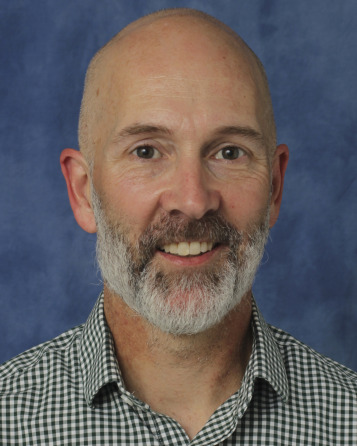
Don Fay
R&D Systems Engineer, Catalina Sky Survey
Asteroid Surveys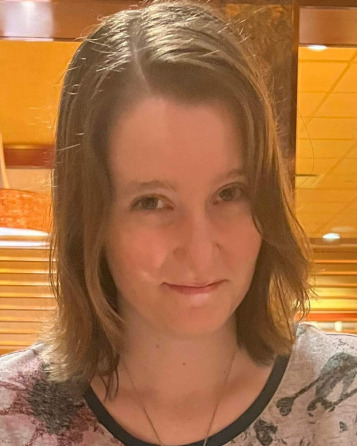
Jacqueline Fazekas
Research Technologist, Catalina Sky Survey
Asteroid Surveys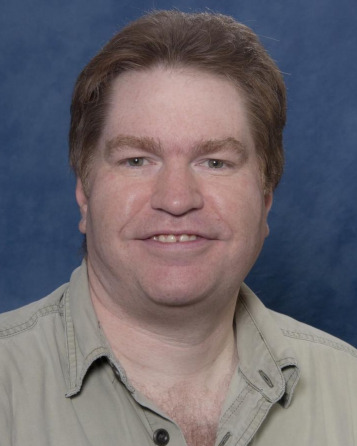
Alex Gibbs
Principal Engineer, Catalina Sky Survey
Asteroid Surveys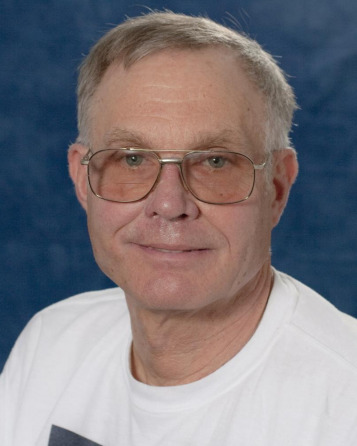
Albert Grauer
Technical Expert, Catalina Sky Survey
Asteroid Surveys
Joshua Hogan
Research Technologist, Catalina Sky Survey
Asteroid Surveys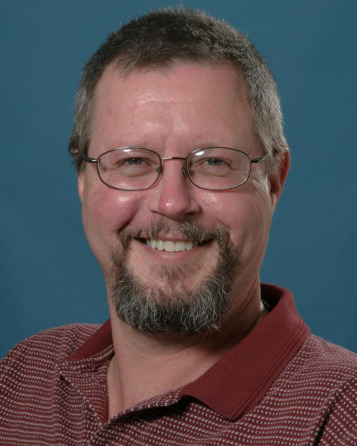
Richard Kowalski
Research Specialist, Senior, Catalina Sky Survey
Asteroid Surveys
Jeffrey Larsen
Technical Expert, Spacewatch
Asteroid Surveys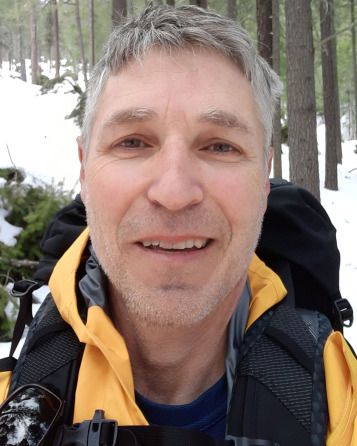
Gregory Leonard
Research Specialist, Senior, Catalina Sky Survey
Asteroid Surveys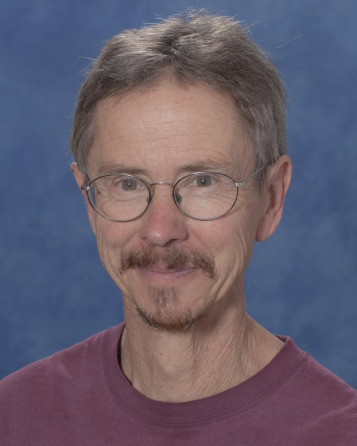
Ronald Mastaler
Observer, Spacewatch
Asteroid Surveys
David Rankin
R&D Operations Engineer, Catalina Sky Survey
Asteroid Surveys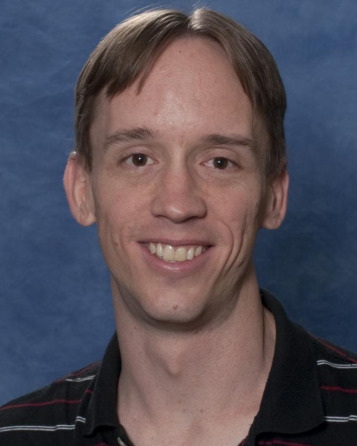
Michael Read
Chief Engineer/Observer, Spacewatch
Asteroid Surveys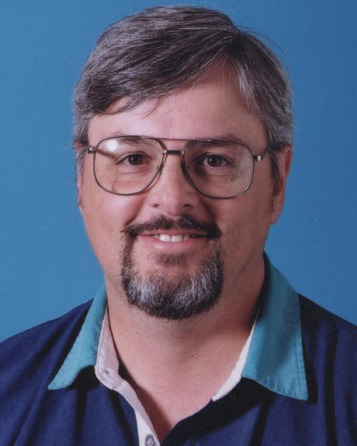
James Scotti
Observer, Spacewatch
Asteroid Surveys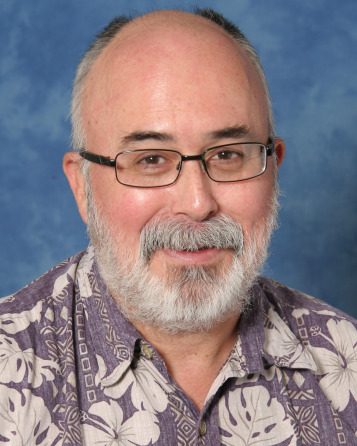
Robert Seaman
Data Engineer, Senior, Data Engineer, Senior, Catalina Sky Survey
Asteroid Surveys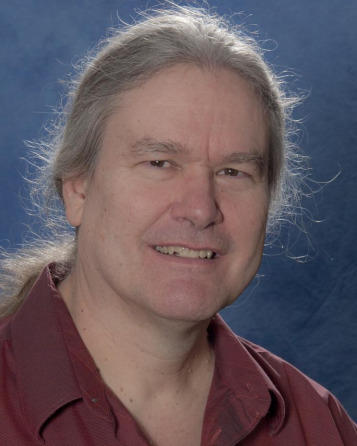
Frank Shelly
Senior Systems Programmer, Catalina Sky Survey
Asteroid Surveys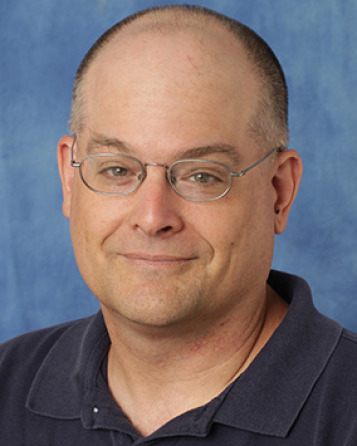
Andrew Tubbiolo
Engineer/Observer, Spacewatch
Asteroid Surveys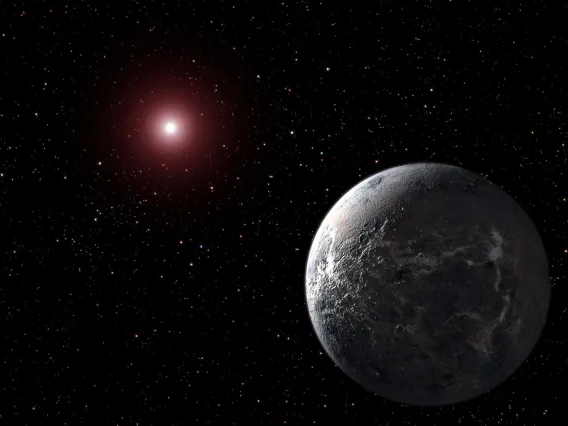
Astrobiology
Astrobiology
×Astrobiology is a vibrant, interdisciplinary field that focuses on the study of the origins, distribution and evolution of life in the universe. The Arizona Astrobiology Center (AABC) brings together researchers from across campus to serve as a hub for diverse scientific endeavors, providing bold and transformative dialogue to make astrobiology discoveries relevant to the experiences of all people on Earth.
In addition to the strengths of AABC, U of A is home to two of the eight interdisciplinary research teams selected by the NASA Astrobiology Program to inaugurate its Interdisciplinary Consortia for Astrobiology Research program are located at the University of Arizona. Led by Dániel Apai, the teams were selected from a pool of more than 40 proposals. The breadth and depth of the research of these teams spans the spectrum of astrobiology research, from cosmic origins to planetary system formation, origins and evolution of life, and the search for life beyond Earth.
The University of Arizona offers both undergraduate and graduate minors in Astrobiology.
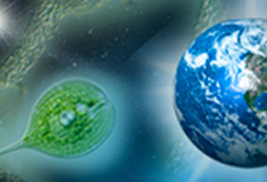 Arizona Astrobiology Center
Arizona Astrobiology CenterArizona Astrobiology Center
Researchers and students benefit from a long campus history of interdisciplinary collaboration drawing from astronomy, planetary sciences, chemistry, geo- and biological sciences and early engagement with pioneering NASA astrobiology nodes.
Astrobiology Faculty

Dániel Apai
Interim Associate Dean for Research, College of Science, Principal Investigator, Alien Earths, Professor
Astrobiology, Exoplanets, Planetary Atmospheres, Planetary Formation and Evolution
William Boynton
Professor Emeritus
Astrobiology, Cosmochemistry, Lunar Studies, Small Bodies
Shane Byrne
Professor
Astrobiology, Photogrammetry, Planetary Analogs, Planetary Geophysics, Planetary Surfaces, Titan & Outer Solar System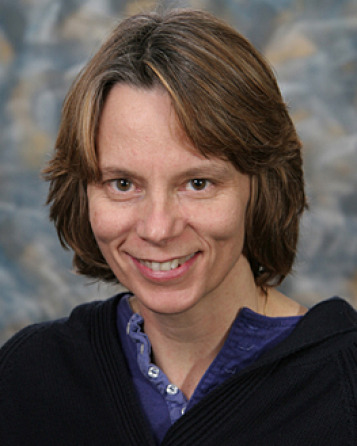
Caitlin Griffith
Professor Emeritus
Astrobiology, Exoplanets, Planetary Astronomy, Planetary Atmospheres, Planetary Formation and Evolution, Planetary Surfaces, Titan & Outer Solar System
Virginia Gulick
Research Professor
Astrobiology, Planetary Analogs, Planetary Surfaces
Pierre Haenecour
Assistant Professor
Astrobiology, Cosmochemistry, Planetary Astronomy, Small Bodies
Christopher Hamilton
Associate Professor
Astrobiology, Earth, Lunar Studies, Photogrammetry, Planetary Analogs, Planetary Geophysics, Planetary Surfaces
Dante Lauretta
Director, Arizona Astrobiology Center, Principal Investigator, OSIRIS-REx, Regents Professor
Astrobiology, Cosmochemistry, Small Bodies
Renu Malhotra
Louise Foucar Marshall Science Research Professor, Regents Professor
Astrobiology, Exoplanets, Orbital Dynamics, Planetary Formation and Evolution, Small Bodies, Theoretical Astrophysics
Isamu Matsuyama
Professor
Astrobiology, Exoplanets, Lunar Studies, Planetary Formation and Evolution, Planetary Geophysics, Theoretical Astrophysics, Titan & Outer Solar System
Alfred McEwen
Regents Professor
Astrobiology, Lunar Studies, Photogrammetry, Planetary Analogs, Planetary Geophysics, Planetary Surfaces
Ilaria Pascucci
Professor
Astrobiology, Exoplanets, Planetary Astronomy, Planetary Formation and Evolution
Sukrit Ranjan
Assistant Professor
Astrobiology, Earth, Exoplanets, Planetary Atmospheres, Planetary Formation and Evolution, Theoretical Astrophysics
Peter Smith
Professor Emeritus
Astrobiology
Roger Yelle
Professor
Astrobiology, Exoplanets, Planetary Atmospheres, Titan & Outer Solar System
Tom Zega
Professor
Astrobiology, Cosmochemistry, Small BodiesAstrobiology Researchers
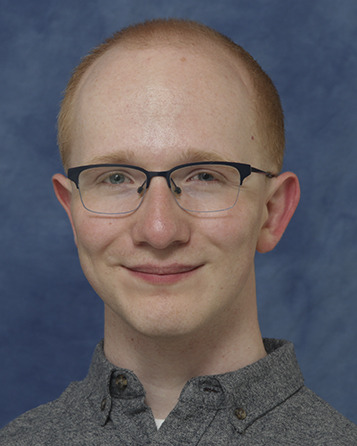
Galen Bergsten
PTYS Graduate Student
Astrobiology, Exoplanets, Planetary Atmospheres, Planetary Formation and Evolution
Jacob Bernal
DCC Postdoctoral Research Associate (Zega), NSF Postdoctoral Fellow
Astrobiology, Cosmochemistry, Small Bodies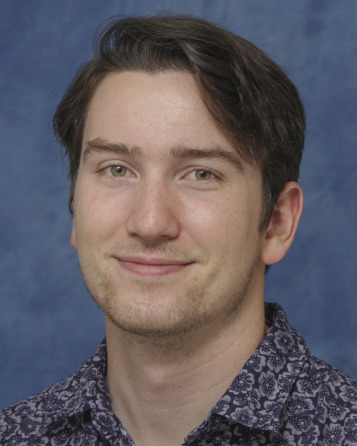
David Cantillo
PTYS Graduate Student
Astrobiology, Small Bodies, Space Situational Awareness
Maddy Christensen
PTYS Graduate Student
Astrobiology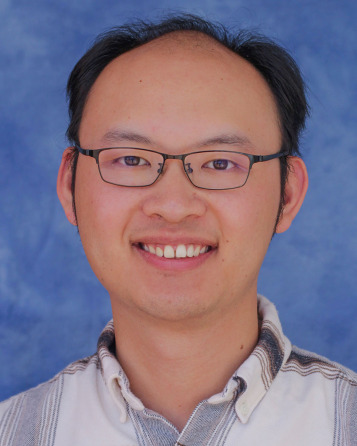
Dingshan Deng
PTYS Graduate Student
Astrobiology, Exoplanets, Planetary Formation and Evolution
Searra Foote
PTYS Graduate Student
Astrobiology, Exoplanets, Planetary Atmospheres
Ruby Fulford
PTYS Graduate Student
Astrobiology, Planetary Geophysics, Planetary Surfaces, Small Bodies, Titan & Outer Solar System
Kiki Gonglewski
PTYS Graduate Student
Astrobiology, Exoplanets, Planetary Formation and Evolution
Nathan Hadland
PTYS Graduate Student
Astrobiology, Earth, Planetary Analogs, Planetary Surfaces
Michael Phillips
Researcher/Scientist
Astrobiology, Photogrammetry, Planetary Analogs, Planetary Surfaces
Lily Robinthal
PTYS Graduate Student
Astrobiology, Exoplanets, Planetary Astronomy, Planetary Atmospheres
Christina Singh
PTYS Graduate Student
Astrobiology, Photogrammetry, Planetary Analogs, Planetary Surfaces
Lucas Smith
PTYS Graduate Student
Astrobiology, Cosmochemistry
Kayla Smith
PTYS Graduate Student
Astrobiology, Exoplanets, Planetary Atmospheres
Jingyu Wang
PTYS Graduate Student
Astrobiology, Exoplanets, Planetary Astronomy, Planetary Atmospheres
James Windsor
Postdoctoral Research Associate
Astrobiology, Exoplanets, Planetary Astronomy, Planetary Atmospheres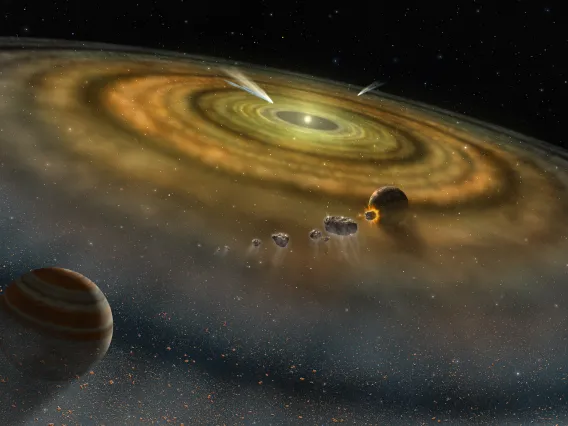
Cosmochemistry
Cosmochemistry
×Planetary Materials are those pieces of condensed matter that were leftover from the time that our solar system formed over 4.5 billion years ago. Current emphasis is on determining the structure of materials at the atomic scale using transmission electron microscopy. In addition, we are pursuing instrumentation to analyze samples that will be brought back from asteroids and other Solar System bodies in the 2020s.
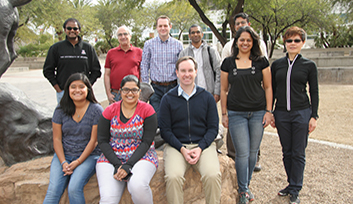 PMRG
PMRGPlanetary Materials Research Group
Planetary Materials are those pieces of condensed matter that were leftover from the time that our solar system formed over 4.5 billion years ago. Such materials include interplanetary dust particles, pre-solar grains, primitive meteorites and soils from the Moon and asteroids. The Planetary Materials Research Group studies the constituent minerals within such samples at scales ranging from micrometers down to the atomic. We use information on crystal structure and chemistry to understand the conditions under which such minerals formed.
Cosmochemistry Faculty

Jessica Barnes
Associate Professor
Cosmochemistry, Lunar Studies, Planetary Analogs
William Boynton
Professor Emeritus
Astrobiology, Cosmochemistry, Lunar Studies, Small Bodies
Pierre Haenecour
Assistant Professor
Astrobiology, Cosmochemistry, Planetary Astronomy, Small Bodies
Dante Lauretta
Director, Arizona Astrobiology Center, Principal Investigator, OSIRIS-REx, Regents Professor
Astrobiology, Cosmochemistry, Small Bodies
Vishnu Reddy
Professor
Cosmochemistry, Planetary Astronomy, Planetary Surfaces, Small Bodies, Space Situational Awareness
Timothy Swindle
Professor Emeritus
Cosmochemistry, Lunar Studies, Small Bodies, Theoretical Astrophysics
Tom Zega
Professor
Astrobiology, Cosmochemistry, Small BodiesCosmochemistry Researchers

Elana Alevy
PTYS Graduate Student, Research Technician
Cosmochemistry
Maizey Benner
PTYS Graduate Student
Cosmochemistry
Jacob Bernal
DCC Postdoctoral Research Associate (Zega), NSF Postdoctoral Fellow
Astrobiology, Cosmochemistry, Small Bodies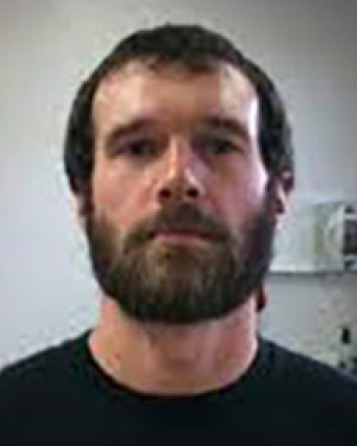
Elias Bloch
Researcher/Scientist
Cosmochemistry
Laura Chaves
Postdoctoral Research Associate
Cosmochemistry, Small Bodies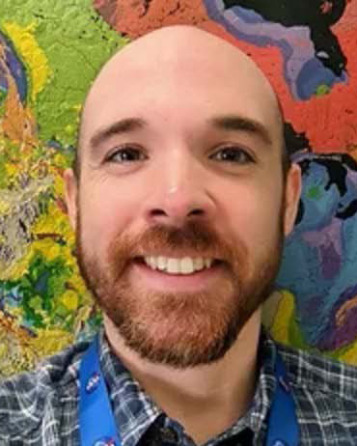
Samuel Crossley
Researcher/Scientist
Cosmochemistry, Planetary Analogs, Planetary Formation and Evolution, Small Bodies
Kana Ishimaru
PTYS Graduate Student
Cosmochemistry, Small Bodies
Nicole Kerrison
PTYS Graduate Student
Cosmochemistry
Melissa Kontogiannis
PTYS Graduate Student
Cosmochemistry
Iunn Ong
PTYS Graduate Student
Cosmochemistry
Beau Prince
PTYS Graduate Student
Cosmochemistry
Lucas Smith
PTYS Graduate Student
Astrobiology, Cosmochemistry
Nathalia Vega Santiago
PTYS Graduate Student
CosmochemistryCosmochemistry Support Staff

Dolores Hill
Research Specialist, Senior
Cosmochemistry, Small Bodies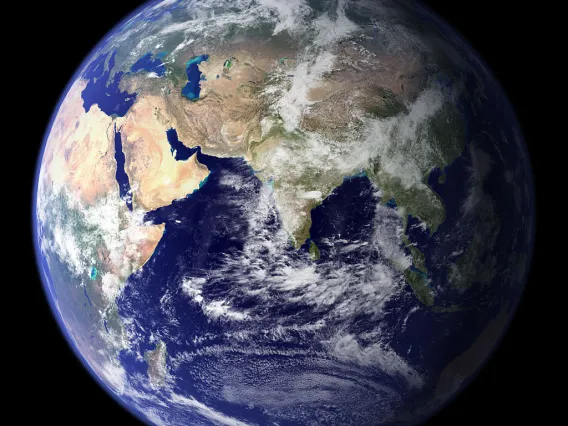
Earth
Earth
×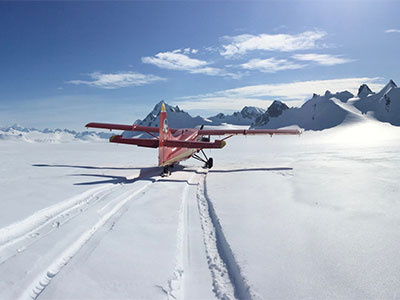 Earth Dynamics Observatory
Earth Dynamics ObservatoryEarth Dynamics Observatory
Combines the University’s strengths in space exploration, instrumentation, and earth sciences to learn more about our planet. Collecting information about Earth from space provides new information about how Earth systems work, how they are changing, and how humans might anticipate and respond to changes. Integrating UA’s expertise across diverse disciplines, in partnership with agencies and industry, allows researchers to collaboratively pose questions, design instruments to acquire the data needed to answer the questions, get the instruments into space to collect and transmit the data, analyze the data, and interpret its meaning. The results, especially when combined with ground-based data, will place the university at the forefront of understanding and educating others about how our planet functions and how we can mitigate and respond to hazards.
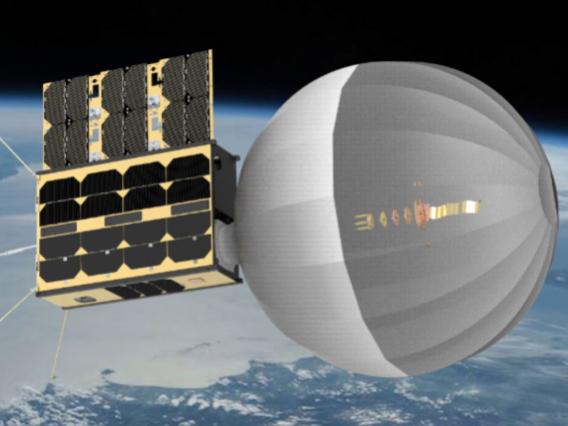 CatSat
CatSatCatSat
CatSat is a 6U CubeSat being built and tested by University of Arizona students, faculty, and staff.
During the mission’s six month expected lifetime, CatSat will detect high frequency signals from HAM radio operators all around the globe with its WSPR antenna, demonstrate an inflatable antenna for high bandwidth transmission, and provide high resolution imaging of the Earth. The data this satellite provides will give insights on the variation of the ionosphere and the technical capabilities of the new systems being tested.
Earth Faculty

Lynn Carter
Associate Department Head, Professor, University Distinguished Scholar
Earth, Lunar Studies, Planetary Analogs, Planetary Geophysics, Planetary Surfaces, Titan & Outer Solar System
Dani Mendoza DellaGiustina
Assistant Professor, Deputy Principal Investigator, OSIRIS-REx, Principal Investigator, OSIRIS-APEX
Earth, Photogrammetry, Planetary Analogs, Planetary Geophysics, Planetary Surfaces, Small Bodies
Christopher Hamilton
Associate Professor
Astrobiology, Earth, Lunar Studies, Photogrammetry, Planetary Analogs, Planetary Geophysics, Planetary Surfaces
Jack Holt
Professor, EDO Director
Earth, Planetary Analogs, Planetary Geophysics, Planetary Surfaces
Lon Hood
Research Professor
Earth, Planetary Geophysics
Stefano Nerozzi
Assistant Research Professor
Earth, Planetary Analogs, Planetary Geophysics, Planetary Surfaces
Sukrit Ranjan
Assistant Professor
Astrobiology, Earth, Exoplanets, Planetary Atmospheres, Planetary Formation and Evolution, Theoretical AstrophysicsEarth Researchers

Brett Carr
Researcher/Scientist
Earth, Lunar Studies, Photogrammetry, Planetary Analogs, Planetary Surfaces
Rishi Chandra
PTYS Graduate Student
Earth, Lunar Studies, Planetary Analogs, Planetary Geophysics, Planetary Surfaces, Small Bodies
Michael Daniel
PTYS Graduate Student
Earth, Planetary Surfaces
Nathan Hadland
PTYS Graduate Student
Astrobiology, Earth, Planetary Analogs, Planetary Surfaces
Sarah Sutton
Photogrammetry Program Lead, HiRISE, Researcher/Scientist
Earth, Lunar Studies, Photogrammetry, Planetary Analogs, Planetary Surfaces, Small BodiesEarth Support Staff

Singleton Papendick
Science Operations Engineer, HiRISE
Earth, Planetary Surfaces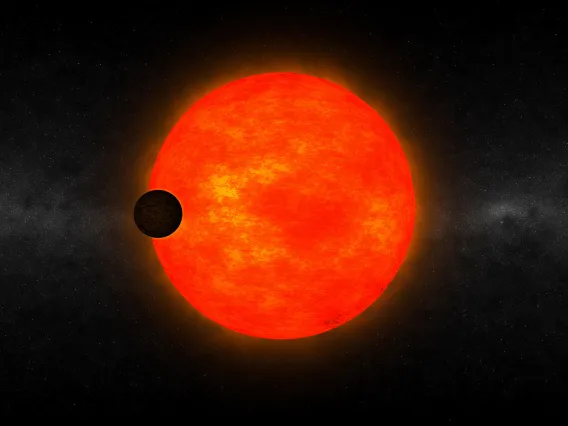
Exoplanets
Exoplanets
×Understanding planetary evolution and how life emerged on Earth are among the most fundamental questions in planetary science and astronomy. We are living in an exciting era where, in addition to the planets in our Solar System, we can study and characterize thousands of exoplanets orbiting other stars. Exoplanet studies at LPL cover a broad range of topics and benefit from unique departmental collaborations that bridge Solar System planetary science to astronomy. Key themes include the characterization and dispersal of protoplanetary disks around young stars, dynamics and stability of planetary systems, direct imaging and transit observations of exoplanets, and exoplanet atmospheric formation, evolution, and characterization.
Exoplanets Faculty

Dániel Apai
Interim Associate Dean for Research, College of Science, Principal Investigator, Alien Earths, Professor
Astrobiology, Exoplanets, Planetary Atmospheres, Planetary Formation and Evolution
Gilda Ballester
Research Professor (Retired)
Exoplanets, Planetary Astronomy, Planetary Atmospheres
Travis Barman
Professor
Exoplanets
Caitlin Griffith
Professor Emeritus
Astrobiology, Exoplanets, Planetary Astronomy, Planetary Atmospheres, Planetary Formation and Evolution, Planetary Surfaces, Titan & Outer Solar System
William Hubbard
Professor Emeritus
Exoplanets, Planetary Atmospheres, Planetary Formation and Evolution, Theoretical Astrophysics, Titan & Outer Solar System
Tommi Koskinen
Associate Department Head, Associate Professor
Exoplanets, Planetary Atmospheres, Planetary Formation and Evolution, Titan & Outer Solar System
Renu Malhotra
Louise Foucar Marshall Science Research Professor, Regents Professor
Astrobiology, Exoplanets, Orbital Dynamics, Planetary Formation and Evolution, Small Bodies, Theoretical Astrophysics
Mark S. Marley
Director, Department Head, Professor
Exoplanets
Isamu Matsuyama
Professor
Astrobiology, Exoplanets, Lunar Studies, Planetary Formation and Evolution, Planetary Geophysics, Theoretical Astrophysics, Titan & Outer Solar System
Ilaria Pascucci
Professor
Astrobiology, Exoplanets, Planetary Astronomy, Planetary Formation and Evolution
Sukrit Ranjan
Assistant Professor
Astrobiology, Earth, Exoplanets, Planetary Atmospheres, Planetary Formation and Evolution, Theoretical Astrophysics
Tyler Robinson
Associate Professor
Exoplanets
Roger Yelle
Professor
Astrobiology, Exoplanets, Planetary Atmospheres, Titan & Outer Solar SystemExoplanets Researchers

Rahul Arora
PTYS Graduate Student
Exoplanets, Planetary Atmospheres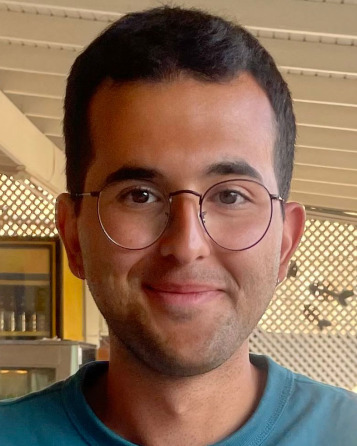
Arin Avsar
PTYS Graduate Student
Exoplanets, Planetary Astronomy, Planetary Formation and Evolution
Naman Bajaj
PTYS Graduate Student
Exoplanets, Planetary Formation and Evolution
Galen Bergsten
PTYS Graduate Student
Astrobiology, Exoplanets, Planetary Atmospheres, Planetary Formation and Evolution
Dingshan Deng
PTYS Graduate Student
Astrobiology, Exoplanets, Planetary Formation and Evolution
Searra Foote
PTYS Graduate Student
Astrobiology, Exoplanets, Planetary Atmospheres
Kiki Gonglewski
PTYS Graduate Student
Astrobiology, Exoplanets, Planetary Formation and Evolution
Kylie Hall
PTYS Graduate Student
Exoplanets
Joanna Hardesty
PTYS Graduate Student
Exoplanets, Planetary Atmospheres, Planetary Formation and Evolution
Lori Huseby
PTYS Graduate Student
Exoplanets, Planetary Atmospheres
Chaucer Langbert
PTYS Graduate Student
Exoplanets, Planetary Atmospheres
Fuda Nguyen
PTYS Graduate Student
Exoplanets, Planetary Atmospheres, Planetary Formation and Evolution, Theoretical Astrophysics
Lily Robinthal
PTYS Graduate Student
Astrobiology, Exoplanets, Planetary Astronomy, Planetary Atmospheres
Kayla Smith
PTYS Graduate Student
Astrobiology, Exoplanets, Planetary Atmospheres
Anna Taylor
PTYS Graduate Student
Exoplanets, Planetary Atmospheres, Theoretical Astrophysics
Jingyu Wang
PTYS Graduate Student
Astrobiology, Exoplanets, Planetary Astronomy, Planetary Atmospheres
James Windsor
Postdoctoral Research Associate
Astrobiology, Exoplanets, Planetary Astronomy, Planetary Atmospheres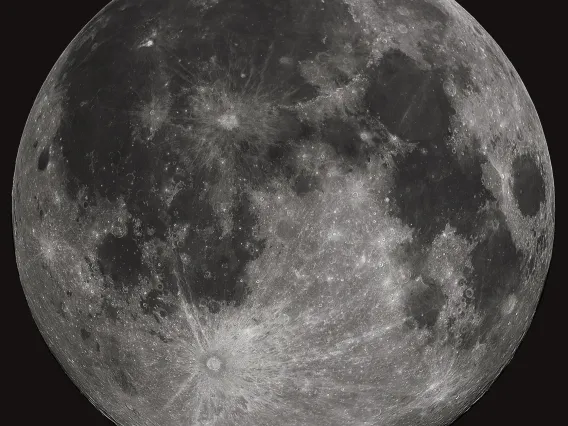
Lunar Studies
Lunar Studies
×Lunar research was one of the hallmarks of the Lunar and Planetary Laboratory in its first decade (the 1960s) as the United States prepared for the Apollo missions and LPL led the way in mapping possible landing sites. In the half-century since, the kinds of lunar research performed have changed, but the Moon is still an object of intense scrutiny. Our nearest neighbor in space lacks many of the processes occurring on the surface of Earth today, including the effects of wind, water and biology, so the rocks on its surface contain records of a much earlier era of Solar System history. On the other hand, because it lacks either an atmosphere or a strong internal magnetic field, its surface experiences effects that the Earth’s surface does not. Current LPL researchers study many different aspects of the Moon, including its composition, history, surface properties, magnetic field, interior structure, and even its tenuous atmosphere. Although the first studies were done with telescopes, we now have everything from the samples returned in the Apollo missions to modern spacecraft missions in orbit around the Moon. Read more about our history with lunar research.
Lunar Studies Faculty

Jeffrey Andrews-Hanna
Professor
Lunar Studies, Planetary Geophysics, Planetary Surfaces, Titan & Outer Solar System
Erik Asphaug
Professor
Lunar Studies, Planetary Analogs, Planetary Geophysics, Planetary Surfaces, Small Bodies, Theoretical Astrophysics, Titan & Outer Solar System
Jessica Barnes
Associate Professor
Cosmochemistry, Lunar Studies, Planetary Analogs
William Boynton
Professor Emeritus
Astrobiology, Cosmochemistry, Lunar Studies, Small Bodies
Veronica Bray
Associate Research Professor
Lunar Studies, Planetary Analogs, Planetary Surfaces
Lynn Carter
Associate Department Head, Professor, University Distinguished Scholar
Earth, Lunar Studies, Planetary Analogs, Planetary Geophysics, Planetary Surfaces, Titan & Outer Solar System
Christopher Hamilton
Associate Professor
Astrobiology, Earth, Lunar Studies, Photogrammetry, Planetary Analogs, Planetary Geophysics, Planetary Surfaces
Angela Marusiak
Assistant Research Professor
Lunar Studies, Planetary Analogs, Planetary Geophysics, Small Bodies, Titan & Outer Solar System
Isamu Matsuyama
Professor
Astrobiology, Exoplanets, Lunar Studies, Planetary Formation and Evolution, Planetary Geophysics, Theoretical Astrophysics, Titan & Outer Solar System
Alfred McEwen
Regents Professor
Astrobiology, Lunar Studies, Photogrammetry, Planetary Analogs, Planetary Geophysics, Planetary Surfaces
Timothy Swindle
Professor Emeritus
Cosmochemistry, Lunar Studies, Small Bodies, Theoretical AstrophysicsLunar Studies Researchers

Brett Carr
Researcher/Scientist
Earth, Lunar Studies, Photogrammetry, Planetary Analogs, Planetary Surfaces
Rishi Chandra
PTYS Graduate Student
Earth, Lunar Studies, Planetary Analogs, Planetary Geophysics, Planetary Surfaces, Small Bodies
Sarah Sutton
Photogrammetry Program Lead, HiRISE, Researcher/Scientist
Earth, Lunar Studies, Photogrammetry, Planetary Analogs, Planetary Surfaces, Small Bodies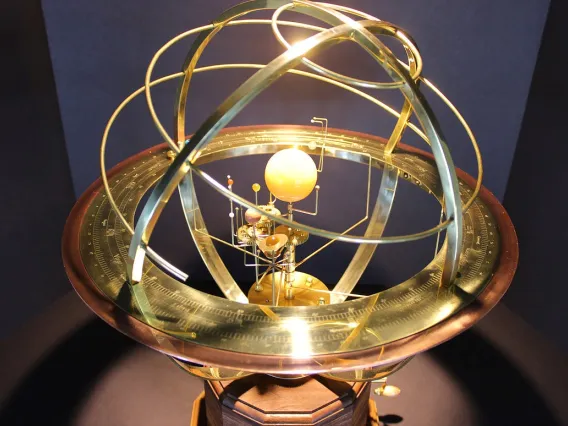
Orbital Dynamics
Orbital Dynamics
×Kepler's laws of planetary motion turn out to be far from the last word on planetary orbits. Orbits change over time, some changes are slow and periodic, others are chaotic and dramatic; these determine the architecture of planetary systems. In orbital dynamics research, we seek to discover the past and future of planetary systems - the diverse effects of gravity that shape where and how planets form and how their orbits evolve in time. We study the orbital evolution of planetary and satellite systems, and small bodies (asteroids and comets), as well as interplanetary dust, in the solar system and in exo-planetary systems. We seek discovery and understanding of the dynamical transport processes of planetary materials across vast distances in space and over geologically long times. We study how Earth's habitability is affected by its orbital history, and how orbital dynamics shapes extra-terrestrial environments.
Recent News
July 2020
-
Kathryn Volk is now the Chair of the AAS Division on Dynamical Astronomy
-
A new paper by Kathryn Volk (co-authored with Renu Malhotra) on the source of dynamical instability in multiplanet systems: "Dynamical instabilities in systems of multiple short-period planets are likely driven by secular chaos: a case study of Kepler-102" Volk & Malhotra 2020, AJ in press
-
Steward Observatory Graduate Student Rachel Smullen and Kathryn Volk had a paper accepted about using machine learning to dynamically classify Kuiper belt objects: "Machine Learning Classification of Kuiper Belt Populations" Smullen & Volk, MNRAS in press
June 2020
- A new paper by Prof Renu Malhotra describes the discovery of low eccentricity bridges between first order mean motion resonances: On the Divergence of First Order Resonance Widths at Low Eccentricities
- Graduate Student Nathaniel Hendler led this new paper on measuring the sizes of 199 protoplanetary disks: The Evolution of Dust Disk Sizes from a Homogeneous Analysis of 1-10 Myr old Stars
March 2020
- Regents Professor Renu Malhotra co-authored this paper on Search for L5 Earth Trojans with DECam, Markwardt et al., MNRAS, 492(4):6105-6119 (2020)
February 2020
- Graduate student Hamish Hay successfully defended his PhD Dissertation, “A Tale of Tides: icy satellites, subsurface oceans, and tightly-packed planetary systems”
- Graduate student Teddy Kareta led this paper on the new interstellar object 2I/Borisov Carbon Chain Depletion of 2I/Borisov
December 2019
- A new paper led by graduate student Teddy Kareta "Physical Characterization of the 2017 December Outburst of the Centaur 174P/Echeclus", (2019), Astronomical Journal, 158, 6.
- Regents Professor Renu Malhotra’s work featured in the Economist How the planets got their spots - The Economist, December 2019
November 2019
- Resonant Kuiper Belt Objects: a review, Geoscience Letters, 6:12 (2019). (a review paper by Regents Professor Renu Malhotra)
October 2019
- Kathryn Volk’s work featured in UA News Beyond Jupiter, Researchers Discovered a 'Cradle of Comets'
August 2019
- A new paper by visiting graduate student Lan Lei and Regents Professor Renu Malhotra Neptune's resonances in the Scattered Disk, CMDA, 131, article ID 39, 26 pp. (2019)
April 2019
- A new paper led by graduate student Hamish Hay Tides Between the TRAPPIST-1 Planets
March 2019
- LPL’s 2019 Kuiper Award goes to graduate student Hamish Hay!
February 2019
- Nonlinear tidal dissipation in the subsurface oceans of Enceladus and other icy satellites (a new paper led by Hamish Hay)
- The case for a deep search for Earth's Trojan asteroids, Nature Astronomy (18 February 2019). (A Comment by Regents Professor Renu Malhotra)
- Regents Professor Renu Malhotra quoted in PBS Nova article Battle scars on Pluto and Charon, PBS Nova, February 2019
December 2018
- Regents Professor Renu Malhotra’s work featured in the New York Times A Journey into the Solar System’s outer reaches, New York Times, December 2018
- Regents Professor Renu Malhotra’s work featured in Science magazine Did the ancient Sun go on a diet? Science, December 2018
November 2018
- A paper led by Teddy Kareta "Rotationally Resolved Spectroscopic Characterization of Near-Earth Object (3200) Phaethon", (2018)
September 2018
- A paper co-authored by graduate student Hamish Hay Ocean tidal heating in icy satellites with solid shells
June 2018
- Associate Professor of Practice Steve Kortenkamp’s Project POEM featured in the UA News UA Encourages Visually Impaired Teens in STEM - June 13, 2018
December 2017
- Nathaniel Hendler led this paper on the transition disc of T Chameleon A likely planet-induced gap in the disc around T Cha
Orbital Dynamics Faculty

Renu Malhotra
Louise Foucar Marshall Science Research Professor, Regents Professor
Astrobiology, Exoplanets, Orbital Dynamics, Planetary Formation and Evolution, Small Bodies, Theoretical AstrophysicsOrbital Dynamics Researchers

Robert Melikyan
PTYS Graduate Student
Orbital Dynamics, Small Bodies
Stephen Schwartz
DCC Associate Staff Scientist (Asphaug)
Orbital Dynamics, Planetary Astronomy, Planetary Surfaces, Small Bodies, Space Situational Awareness
Photogrammetry
Photogrammetry
×Topography derived from stereo images is an essential data type for exploring the surfaces of other planets and for understanding our own planet Earth. Acquiring stereo images from aerial, satellite, or small uncrewed aerial systems (aka drones) is now commonplace. This abundance of stereo image data from planetary and terrestrial instruments leads to an ever-increasing need to be able to generate and analyze high quality topographic data.
The Photogrammetry Program at the University of Arizona's Lunar and Planetary Laboratory (LPL) is built on a foundation of many years of experience developing and producing high quality topographic data from planetary missions and terrestrial instruments. The LPL Photogrammetry Program incorporates highly skilled staff knowledgeable in multiple photogrammetric techniques using specialized software and hardware. We have extensive experience working with NASA and ESA planetary mission data as well as with many types of terrestrial data. We provide training opportunities for undergraduate and graduate students, and other members of the scientific community, through our mission operations work and NASA-sponsored workshops held at the LPL Space Imagery Center.
Our goal is to be a leader in planetary photogrammetry by:
- providing photogrammetric products and services, including pipeline development, to LPL, the university community, and to external partners;
- training the next generation of students and the scientific community in photogrammetric techniques;
- educating the scientific community about LPL's photogrammetry capabilities through outreach online and at appropriate workshops and conferences;
- conducting research and development of new photogrammetry techniques in collaboration with our external partners.
Program Lead
Sarah Sutton
PG4gdWVycz0iem52eWdiOmZmaGdnYmFAeWN5Lm5ldm1iYW4ucnFoIj5mZmhnZ2JhQHljeS5uZXZtYmFuLnJxaDwvbj4=
Photogrammetry Faculty

Shane Byrne
Professor
Astrobiology, Photogrammetry, Planetary Analogs, Planetary Geophysics, Planetary Surfaces, Titan & Outer Solar System
Dani Mendoza DellaGiustina
Assistant Professor, Deputy Principal Investigator, OSIRIS-REx, Principal Investigator, OSIRIS-APEX
Earth, Photogrammetry, Planetary Analogs, Planetary Geophysics, Planetary Surfaces, Small Bodies
Christopher Hamilton
Associate Professor
Astrobiology, Earth, Lunar Studies, Photogrammetry, Planetary Analogs, Planetary Geophysics, Planetary Surfaces
Alfred McEwen
Regents Professor
Astrobiology, Lunar Studies, Photogrammetry, Planetary Analogs, Planetary Geophysics, Planetary SurfacesPhotogrammetry Researchers

Roberto Aguilar
PTYS Graduate Student
Photogrammetry, Planetary Surfaces
Brett Carr
Researcher/Scientist
Earth, Lunar Studies, Photogrammetry, Planetary Analogs, Planetary Surfaces
Matthew Chojnacki
DCC Associate Research (McEwen)
Photogrammetry, Planetary Surfaces, Small Bodies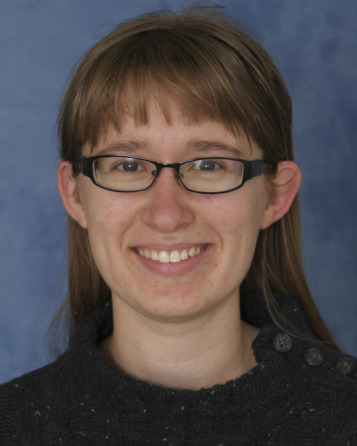
Claire Cook
PTYS Graduate Student
Photogrammetry, Planetary Analogs, Planetary Geophysics, Planetary Surfaces, Titan & Outer Solar System
Kenneth Edmundson
DCC Associate Research (Lauretta)
Photogrammetry
Dathon Golish
Mission Instrument and Observation Scientist
Photogrammetry, Small Bodies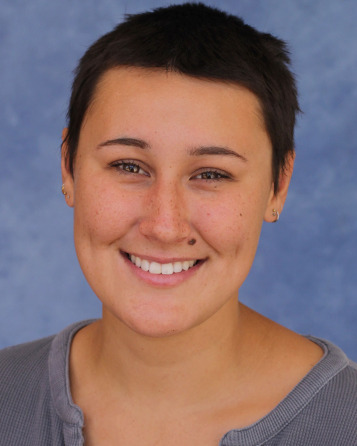
Rowan Huang
PTYS Graduate Student
Photogrammetry, Planetary Surfaces
Euibin Kim
PTYS Graduate Student
Photogrammetry, Planetary Formation and Evolution, Planetary Surfaces
Michael Phillips
Researcher/Scientist
Astrobiology, Photogrammetry, Planetary Analogs, Planetary Surfaces
Christina Singh
PTYS Graduate Student
Astrobiology, Photogrammetry, Planetary Analogs, Planetary Surfaces
Sarah Sutton
Photogrammetry Program Lead, HiRISE, Researcher/Scientist
Earth, Lunar Studies, Photogrammetry, Planetary Analogs, Planetary Surfaces, Small BodiesPhotogrammetry Support Staff

Kris Akers
Research Engineering Technician
Photogrammetry
Kris Becker
Senior Data Analyst, OSIRIS-REx
Photogrammetry
Audrie Fennema
Engineer, Satellite Payload Operations, HiRISE
Photogrammetry
Jason Perry
Staff Technician, HiRISE
Photogrammetry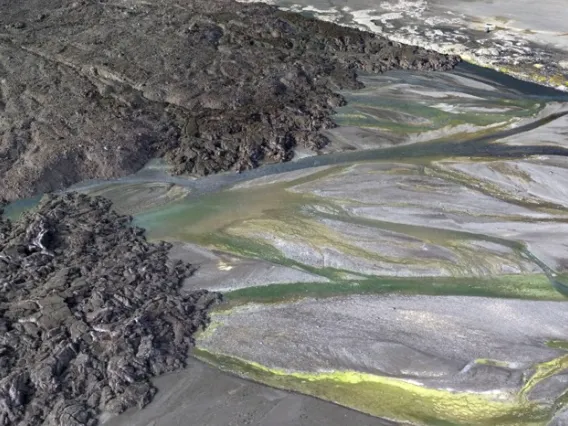
Planetary Analogs
Planetary Analogs
×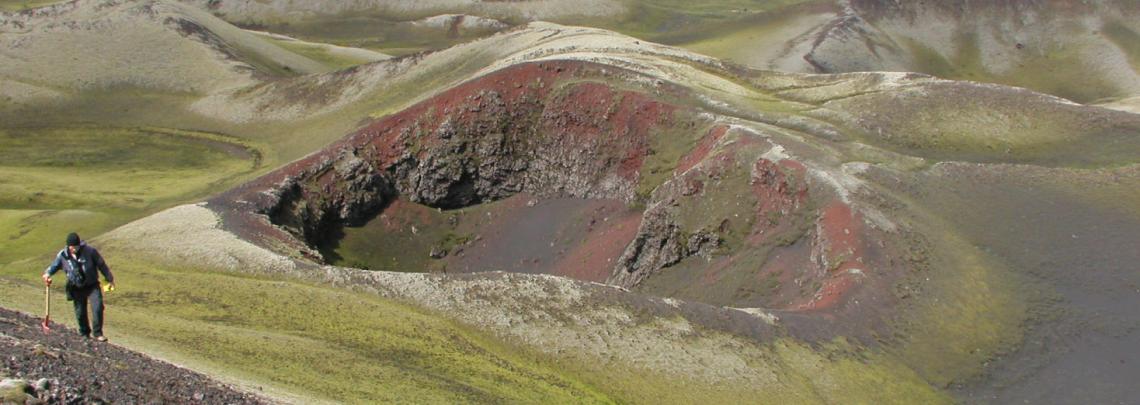 Hamilton Research Group
Hamilton Research GroupHamilton Research Group
Dr. Hamilton's Research Group investigates a range of geologic surface processes to better understand the history of terrestrial bodies in the Solar System. These processes include volcanic, tectonic, glacial, fluvial, aeolian, and impact cratering activity, which we explore through a combination of field-based observations, remote sensing, geophysical modeling, and machine learning.
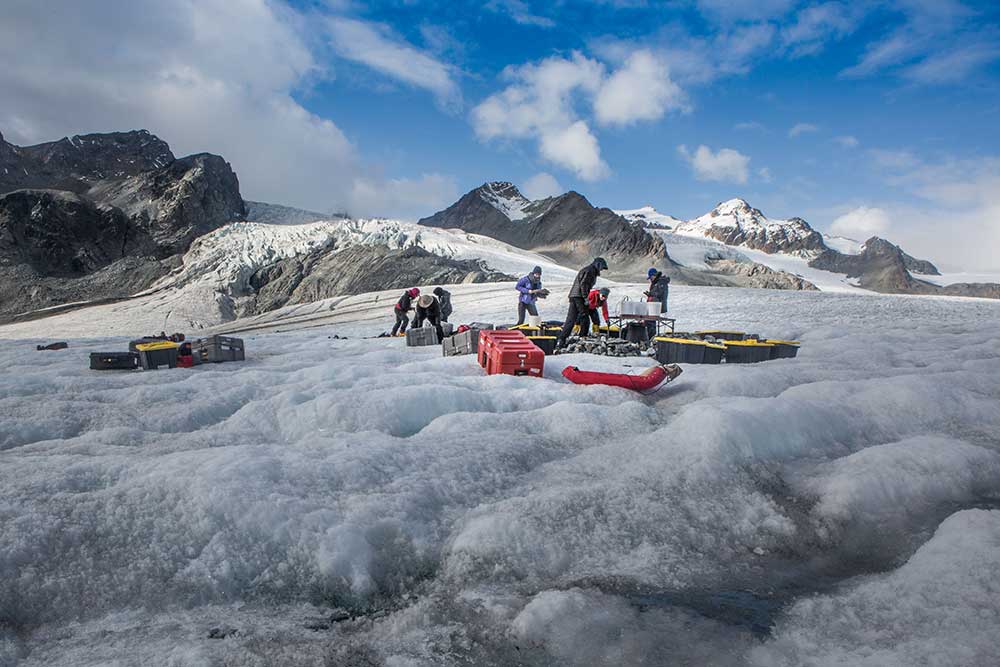 SIIOS
SIIOSSeismometer to Investigate Ice and Ocean Structure (SIIOS)
The icy moons of Europa and Enceladus are thought to have subsurface oceans in contact with mineral-rich interiors, likely providing the ingredients needed for life as we know it. Their crustal thickness and structure is therefore one of the most important and controversial topics in astrobiology. In a future lander-based spacecraft investigation, seismic measurements will be a key geophysical tool for obtaining this critical knowledge. The Seismometer to Investigate Ice and Ocean Structure (SIIOS) field-tests flight-ready technologies and develops the analytical methods necessary to make a seismic study of Europa and Enceladus a reality.
 RAVEN
RAVENRover–Aerial Vehicle Exploration Network (RAVEN)
A team of scientists led by LPL’s Christopher Hamilton, an associate professor, are gearing up to send drones on exploration missions across a vast lava field in Iceland to test a next-generation Mars exploration concept. Hamilton is the principal investigator on a project that has been awarded a $3.1 million NASA grant to develop a new concept combining rovers and unmanned aerial systems, commonly known as drones, to explore regions of the red planet that have been previously inaccessible.
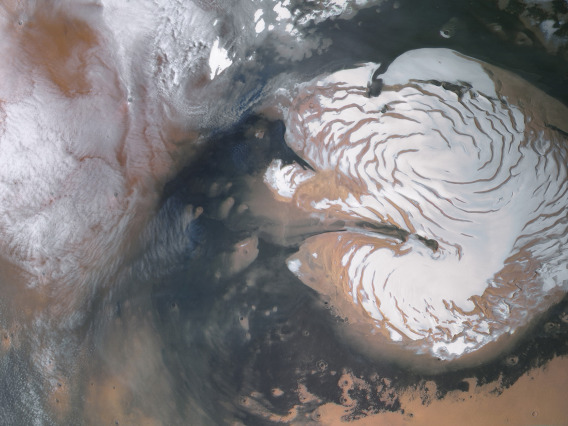 TAPIR
TAPIRTerrestrial And Planetary Investigations and Reconnaissance (TAPIR)
TAPIR research themes include debris-covered glaciers, terrestrial glaciers and ice sheets, Mars polar studies, and geophysical instrumentation techniques.
Planetary Analogs Faculty

Erik Asphaug
Professor
Lunar Studies, Planetary Analogs, Planetary Geophysics, Planetary Surfaces, Small Bodies, Theoretical Astrophysics, Titan & Outer Solar System
Jessica Barnes
Associate Professor
Cosmochemistry, Lunar Studies, Planetary Analogs
Veronica Bray
Associate Research Professor
Lunar Studies, Planetary Analogs, Planetary Surfaces
Shane Byrne
Professor
Astrobiology, Photogrammetry, Planetary Analogs, Planetary Geophysics, Planetary Surfaces, Titan & Outer Solar System
Lynn Carter
Associate Department Head, Professor, University Distinguished Scholar
Earth, Lunar Studies, Planetary Analogs, Planetary Geophysics, Planetary Surfaces, Titan & Outer Solar System
Dani Mendoza DellaGiustina
Assistant Professor, Deputy Principal Investigator, OSIRIS-REx, Principal Investigator, OSIRIS-APEX
Earth, Photogrammetry, Planetary Analogs, Planetary Geophysics, Planetary Surfaces, Small Bodies
Virginia Gulick
Research Professor
Astrobiology, Planetary Analogs, Planetary Surfaces
Christopher Hamilton
Associate Professor
Astrobiology, Earth, Lunar Studies, Photogrammetry, Planetary Analogs, Planetary Geophysics, Planetary Surfaces
Jack Holt
Professor, EDO Director
Earth, Planetary Analogs, Planetary Geophysics, Planetary Surfaces
Angela Marusiak
Assistant Research Professor
Lunar Studies, Planetary Analogs, Planetary Geophysics, Small Bodies, Titan & Outer Solar System
Alfred McEwen
Regents Professor
Astrobiology, Lunar Studies, Photogrammetry, Planetary Analogs, Planetary Geophysics, Planetary Surfaces
Stefano Nerozzi
Assistant Research Professor
Earth, Planetary Analogs, Planetary Geophysics, Planetary SurfacesPlanetary Analogs Researchers

Brett Carr
Researcher/Scientist
Earth, Lunar Studies, Photogrammetry, Planetary Analogs, Planetary Surfaces
Rishi Chandra
PTYS Graduate Student
Earth, Lunar Studies, Planetary Analogs, Planetary Geophysics, Planetary Surfaces, Small Bodies
Claire Cook
PTYS Graduate Student
Photogrammetry, Planetary Analogs, Planetary Geophysics, Planetary Surfaces, Titan & Outer Solar System
Samuel Crossley
Researcher/Scientist
Cosmochemistry, Planetary Analogs, Planetary Formation and Evolution, Small Bodies
Nathan Hadland
PTYS Graduate Student
Astrobiology, Earth, Planetary Analogs, Planetary Surfaces
Samantha Moruzzi
PTYS Graduate Student
Planetary Analogs, Planetary Geophysics, Planetary Surfaces, Titan & Outer Solar System
Michael Phillips
Researcher/Scientist
Astrobiology, Photogrammetry, Planetary Analogs, Planetary Surfaces
Christina Singh
PTYS Graduate Student
Astrobiology, Photogrammetry, Planetary Analogs, Planetary Surfaces
Sarah Sutton
Photogrammetry Program Lead, HiRISE, Researcher/Scientist
Earth, Lunar Studies, Photogrammetry, Planetary Analogs, Planetary Surfaces, Small Bodies
Wesley Tucker
Postdoctoral Research Associate
Planetary Analogs, Planetary Geophysics, Planetary Surfaces, Titan & Outer Solar System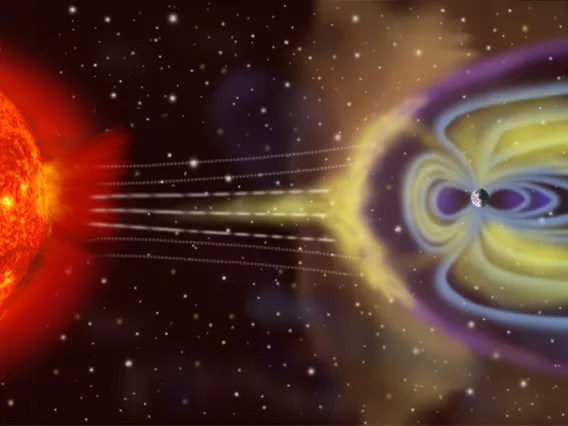
Planetary Astronomy
Planetary Astronomy
×The planets of the solar system, along with their satellite systems, are our only accessible example of the end state of planetary system development. Observational study of these worlds provides us insight into how systems of planets form, the role of migration, bombardment and stellar interaction in their evolution, and the range of potential sites of habitability. Planetary astronomy at LPL targets planets on multiple levels ranging from observations of surface features and composition, through the dynamic and chemical processes in their atmospheres, and ultimately to the interface of their magnetic and atmospheric interaction with the solar wind. These measurements are obtained from a combination of in situ robotic probes, a global network of ground and space-based observatories, and customized instrumentation developed by LPL scientists and engineers. The results are then interpreted in coordination with local laboratory based and theoretical facilities to improve our understanding of the solar neighborhood.
Planetary Astronomy Faculty

Gilda Ballester
Research Professor (Retired)
Exoplanets, Planetary Astronomy, Planetary Atmospheres
Caitlin Griffith
Professor Emeritus
Astrobiology, Exoplanets, Planetary Astronomy, Planetary Atmospheres, Planetary Formation and Evolution, Planetary Surfaces, Titan & Outer Solar System
Pierre Haenecour
Assistant Professor
Astrobiology, Cosmochemistry, Planetary Astronomy, Small Bodies
Walter Harris
Professor
Planetary Astronomy, Planetary Atmospheres, Small Bodies, Solar and Heliospheric Research
Robert (Bob) McMillan
Research Professor (Retired)
Asteroid Surveys, Planetary Astronomy, Small Bodies
Ilaria Pascucci
Professor
Astrobiology, Exoplanets, Planetary Astronomy, Planetary Formation and Evolution
Vishnu Reddy
Professor
Cosmochemistry, Planetary Astronomy, Planetary Surfaces, Small Bodies, Space Situational Awareness
George Rieke
Regents Professor
Planetary AstronomyPlanetary Astronomy Researchers

Arin Avsar
PTYS Graduate Student
Exoplanets, Planetary Astronomy, Planetary Formation and Evolution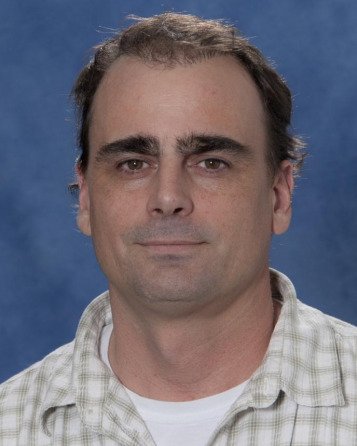
Jason Corliss
Research Scientist/Senior Staff Scientist
Planetary Astronomy, Planetary Atmospheres, Small Bodies, Solar and Heliospheric Research
Erich Karkoschka
Research Scientist/Senior Staff Scientist
Planetary Astronomy, Planetary Atmospheres, Planetary Surfaces, Titan & Outer Solar System
Lily Robinthal
PTYS Graduate Student
Astrobiology, Exoplanets, Planetary Astronomy, Planetary Atmospheres
Stephen Schwartz
DCC Associate Staff Scientist (Asphaug)
Orbital Dynamics, Planetary Astronomy, Planetary Surfaces, Small Bodies, Space Situational Awareness
Jingyu Wang
PTYS Graduate Student
Astrobiology, Exoplanets, Planetary Astronomy, Planetary Atmospheres
James Windsor
Postdoctoral Research Associate
Astrobiology, Exoplanets, Planetary Astronomy, Planetary Atmospheres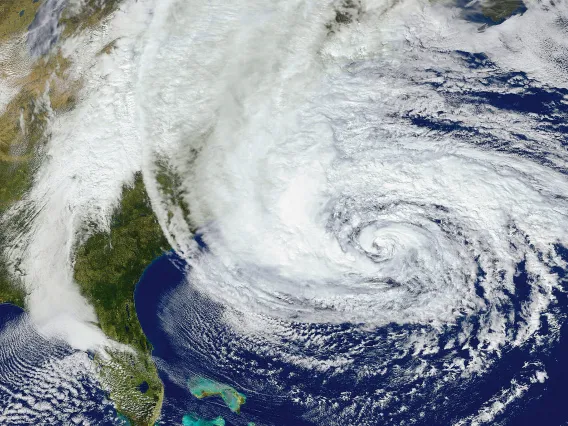
Planetary Atmospheres
Planetary Atmospheres
×The Lunar and Planetary Laboratory has a strong background in the study of planetary and satellite atmospheres. Since the pioneering days of Gerard Kuiper, atmospheres have been an integral part of the research program at LPL. Faculty and staff have been involved in most major space missions that have targeted planetary and satellite atmospheres in the solar system. They have served in leadership roles and participated in instrument development, management as well as the analysis and interpretation of the science results. While prior research focused on the solar system, the department is now also actively involved in the study of extrasolar planet atmospheres. LPL scientists benefit from knowledge gained over decades of detailed solar system studies and apply it to explain new discoveries on extrasolar planets.
Current research into planetary and satellite atmospheres at LPL includes many aspects of solar system and extrasolar planets. LPL scientists are analyzing data and developing models to characterize the atmospheres of Venus, Earth and Mars in the inner solar system. They are involved in research and missions dedicated to the study of the giant planet, satellite and dwarf planet atmospheres in the outer solar system. Beyond the solar system, there is a vibrant effort to observe and model the atmospheres of extrasolar planets. This includes spectroscopic studies and models of extrasolar giant planets as well as efforts to define and constrain the habitability of rocky planet atmospheres for future studies. The goal of these research endeavors is to address fundamental questions about the nature, evolution and habitability of planetary and satellite atmospheres.
Planetary Atmospheres Faculty

Dániel Apai
Interim Associate Dean for Research, College of Science, Principal Investigator, Alien Earths, Professor
Astrobiology, Exoplanets, Planetary Atmospheres, Planetary Formation and Evolution
Gilda Ballester
Research Professor (Retired)
Exoplanets, Planetary Astronomy, Planetary Atmospheres
Caitlin Griffith
Professor Emeritus
Astrobiology, Exoplanets, Planetary Astronomy, Planetary Atmospheres, Planetary Formation and Evolution, Planetary Surfaces, Titan & Outer Solar System
Walter Harris
Professor
Planetary Astronomy, Planetary Atmospheres, Small Bodies, Solar and Heliospheric Research
William Hubbard
Professor Emeritus
Exoplanets, Planetary Atmospheres, Planetary Formation and Evolution, Theoretical Astrophysics, Titan & Outer Solar System
Tommi Koskinen
Associate Department Head, Associate Professor
Exoplanets, Planetary Atmospheres, Planetary Formation and Evolution, Titan & Outer Solar System
Sukrit Ranjan
Assistant Professor
Astrobiology, Earth, Exoplanets, Planetary Atmospheres, Planetary Formation and Evolution, Theoretical Astrophysics
Roger Yelle
Professor
Astrobiology, Exoplanets, Planetary Atmospheres, Titan & Outer Solar SystemPlanetary Atmospheres Researchers

Rahul Arora
PTYS Graduate Student
Exoplanets, Planetary Atmospheres
Galen Bergsten
PTYS Graduate Student
Astrobiology, Exoplanets, Planetary Atmospheres, Planetary Formation and Evolution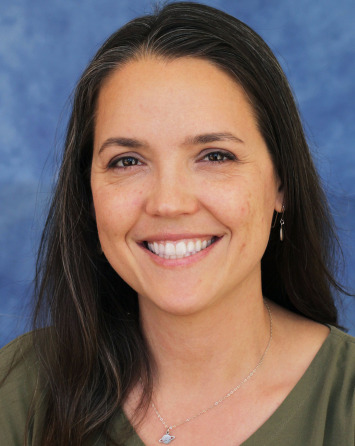
Zarah Brown
Postdoctoral Research Associate
Planetary Atmospheres, Planetary Formation and Evolution
Jason Corliss
Research Scientist/Senior Staff Scientist
Planetary Astronomy, Planetary Atmospheres, Small Bodies, Solar and Heliospheric Research
Searra Foote
PTYS Graduate Student
Astrobiology, Exoplanets, Planetary Atmospheres
Joanna Hardesty
PTYS Graduate Student
Exoplanets, Planetary Atmospheres, Planetary Formation and Evolution
Lori Huseby
PTYS Graduate Student
Exoplanets, Planetary Atmospheres
Erich Karkoschka
Research Scientist/Senior Staff Scientist
Planetary Astronomy, Planetary Atmospheres, Planetary Surfaces, Titan & Outer Solar System
Chaucer Langbert
PTYS Graduate Student
Exoplanets, Planetary Atmospheres
Thea McKenna
PTYS Graduate Student
Planetary Atmospheres, Planetary Surfaces
Cole Meyer
PTYS Graduate Student
Planetary Atmospheres, Planetary Surfaces, Solar and Heliospheric Research
Fuda Nguyen
PTYS Graduate Student
Exoplanets, Planetary Atmospheres, Planetary Formation and Evolution, Theoretical Astrophysics
Tyler Reese
PTYS Graduate Student
Planetary Atmospheres, Solar and Heliospheric Research
Bashar Rizk
Research Scientist/Senior Staff Scientist, OSIRIS-REx/OCAMS
Asteroid Surveys, Planetary Atmospheres
Lily Robinthal
PTYS Graduate Student
Astrobiology, Exoplanets, Planetary Astronomy, Planetary Atmospheres
Kayla Smith
PTYS Graduate Student
Astrobiology, Exoplanets, Planetary Atmospheres
Anna Taylor
PTYS Graduate Student
Exoplanets, Planetary Atmospheres, Theoretical Astrophysics
Jingyu Wang
PTYS Graduate Student
Astrobiology, Exoplanets, Planetary Astronomy, Planetary Atmospheres
James Windsor
Postdoctoral Research Associate
Astrobiology, Exoplanets, Planetary Astronomy, Planetary Atmospheres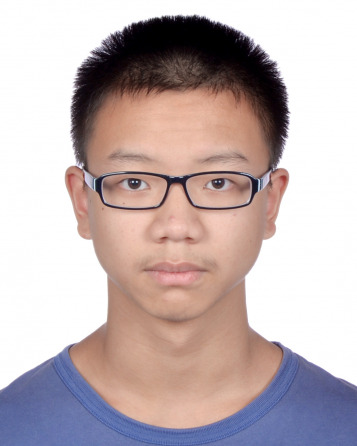
Chengyan Xie
PTYS Graduate Student
Planetary Atmospheres, Planetary Formation and Evolution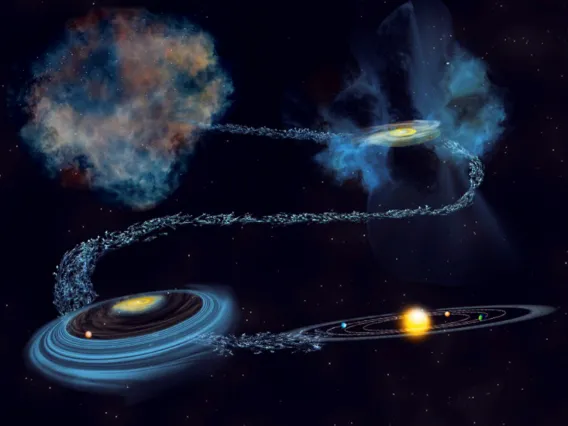
Planetary Formation and Evolution
Planetary Formation and Evolution
×Exoplanet discoveries made in the past decade have revealed that planetary systems are ubiquitous in the Universe and far more diverse than predicted by theoretical models that could reproduce the properties of our own Solar System. At LPL, our research efforts include studying the environments where planets form, the gaseous and dusty disks around young stars. Additionally, we engage in theoretical explorations to better comprehend the process of planetary formation and evolution under different initial conditions. Through the integration of observational data from disks and exoplanets with theoretical models, LPL scientists aim at developing a comprehensive and predictive theory of how planets are formed and how they evolve over time.
Planetary Formation and Evolution Faculty

Dániel Apai
Interim Associate Dean for Research, College of Science, Principal Investigator, Alien Earths, Professor
Astrobiology, Exoplanets, Planetary Atmospheres, Planetary Formation and Evolution
Caitlin Griffith
Professor Emeritus
Astrobiology, Exoplanets, Planetary Astronomy, Planetary Atmospheres, Planetary Formation and Evolution, Planetary Surfaces, Titan & Outer Solar System
William Hubbard
Professor Emeritus
Exoplanets, Planetary Atmospheres, Planetary Formation and Evolution, Theoretical Astrophysics, Titan & Outer Solar System
Tommi Koskinen
Associate Department Head, Associate Professor
Exoplanets, Planetary Atmospheres, Planetary Formation and Evolution, Titan & Outer Solar System
Renu Malhotra
Louise Foucar Marshall Science Research Professor, Regents Professor
Astrobiology, Exoplanets, Orbital Dynamics, Planetary Formation and Evolution, Small Bodies, Theoretical Astrophysics
Isamu Matsuyama
Professor
Astrobiology, Exoplanets, Lunar Studies, Planetary Formation and Evolution, Planetary Geophysics, Theoretical Astrophysics, Titan & Outer Solar System
Ilaria Pascucci
Professor
Astrobiology, Exoplanets, Planetary Astronomy, Planetary Formation and Evolution
Sukrit Ranjan
Assistant Professor
Astrobiology, Earth, Exoplanets, Planetary Atmospheres, Planetary Formation and Evolution, Theoretical AstrophysicsPlanetary Formation and Evolution Researchers

Arin Avsar
PTYS Graduate Student
Exoplanets, Planetary Astronomy, Planetary Formation and Evolution
Naman Bajaj
PTYS Graduate Student
Exoplanets, Planetary Formation and Evolution
Galen Bergsten
PTYS Graduate Student
Astrobiology, Exoplanets, Planetary Atmospheres, Planetary Formation and Evolution
Zarah Brown
Postdoctoral Research Associate
Planetary Atmospheres, Planetary Formation and Evolution
Sophie Clark
PTYS Graduate Student
Planetary Formation and Evolution
Samuel Crossley
Researcher/Scientist
Cosmochemistry, Planetary Analogs, Planetary Formation and Evolution, Small Bodies
Dingshan Deng
PTYS Graduate Student
Astrobiology, Exoplanets, Planetary Formation and Evolution
Kiki Gonglewski
PTYS Graduate Student
Astrobiology, Exoplanets, Planetary Formation and Evolution
Joanna Hardesty
PTYS Graduate Student
Exoplanets, Planetary Atmospheres, Planetary Formation and Evolution
Euibin Kim
PTYS Graduate Student
Photogrammetry, Planetary Formation and Evolution, Planetary Surfaces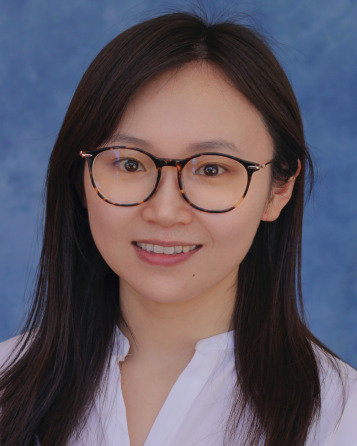
Feng Long
Postdoctoral Research Associate, Sagan Fellow
Planetary Formation and Evolution, Theoretical Astrophysics
Fuda Nguyen
PTYS Graduate Student
Exoplanets, Planetary Atmospheres, Planetary Formation and Evolution, Theoretical Astrophysics
Peter Stephenson
Postdoctoral Research Associate
Planetary Formation and Evolution
Robin Van Auken
PTYS Graduate Student
Planetary Formation and Evolution, Planetary Surfaces
Chengyan Xie
PTYS Graduate Student
Planetary Atmospheres, Planetary Formation and Evolution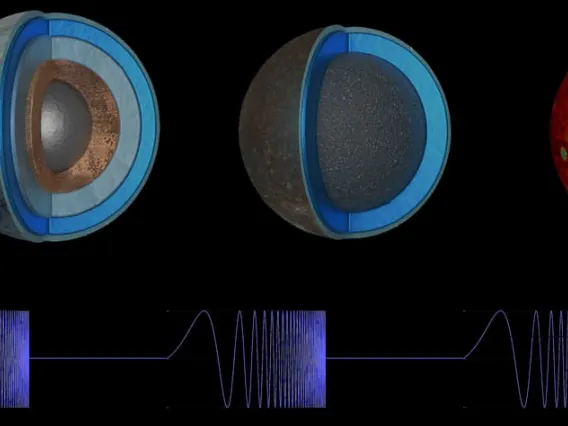
Planetary Geophysics
Planetary Geophysics
×At LPL, we use planetary geophysics to study the interior structure and dynamics of solid planetary bodies. Geophysical data provides a means to see beneath the surfaces of the planets. Radar data is used to peer through the clouds of Venus and Titan, to measure the surface topography of Venus and Titan, and to probe the interiors of glaciers and lava flows on Mars. Laser altimeters have measured the surface topography of Mars and the Moon with incredible precision. Gravity data illuminates the structure of the crust and mantle of the Moon, Mars, Venus, and Mercury. Magnetic data reveals the presence of ancient dynamos in the cores of the Moon and Mars and an active dynamo on Mercury. The global shapes and gravity fields of the planets and how they deform in response to rotation and tides reveal the deep interior structure all the way down to the core.
Geophysical models provide a means to study the processes operating at and below the surfaces of the planets, both today and in the past. Models of the flow of water through surface and ground water, and as ice through glaciers inform our understanding of the past hydrology and climate of Mars, while models of methane flow on Titan help us understand its active hydrocarbon hydrology. Models of volcanic and tectonic processes and the response of the lithosphere reveal details of the crustal evolution of the terrestrial planets and other solid-surface bodies. Models of impacts show the dynamics of cosmic collisions ranging from small crater-forming impacts to the Moon-forming impact. Models of the rotational and tidal deformation of planets and satellites help constrain their internal structure and thermal evolution. Together, geophysical data and models provide the keys to unlocking the past evolution and present-day structure of the planets.
 TAPIR
TAPIRTerrestrial And Planetary Investigations and Reconnaissance (TAPIR)
TAPIR research themes include debris-covered glaciers, terrestrial glaciers and ice sheets, Mars polar studies, and geophysical instrumentation techniques.
Planetary Geophysics Faculty

Jeffrey Andrews-Hanna
Professor
Lunar Studies, Planetary Geophysics, Planetary Surfaces, Titan & Outer Solar System
Erik Asphaug
Professor
Lunar Studies, Planetary Analogs, Planetary Geophysics, Planetary Surfaces, Small Bodies, Theoretical Astrophysics, Titan & Outer Solar System
Shane Byrne
Professor
Astrobiology, Photogrammetry, Planetary Analogs, Planetary Geophysics, Planetary Surfaces, Titan & Outer Solar System
Lynn Carter
Associate Department Head, Professor, University Distinguished Scholar
Earth, Lunar Studies, Planetary Analogs, Planetary Geophysics, Planetary Surfaces, Titan & Outer Solar System
Dani Mendoza DellaGiustina
Assistant Professor, Deputy Principal Investigator, OSIRIS-REx, Principal Investigator, OSIRIS-APEX
Earth, Photogrammetry, Planetary Analogs, Planetary Geophysics, Planetary Surfaces, Small Bodies
Christopher Hamilton
Associate Professor
Astrobiology, Earth, Lunar Studies, Photogrammetry, Planetary Analogs, Planetary Geophysics, Planetary Surfaces
Jack Holt
Professor, EDO Director
Earth, Planetary Analogs, Planetary Geophysics, Planetary Surfaces
Lon Hood
Research Professor
Earth, Planetary Geophysics
Angela Marusiak
Assistant Research Professor
Lunar Studies, Planetary Analogs, Planetary Geophysics, Small Bodies, Titan & Outer Solar System
Isamu Matsuyama
Professor
Astrobiology, Exoplanets, Lunar Studies, Planetary Formation and Evolution, Planetary Geophysics, Theoretical Astrophysics, Titan & Outer Solar System
Alfred McEwen
Regents Professor
Astrobiology, Lunar Studies, Photogrammetry, Planetary Analogs, Planetary Geophysics, Planetary Surfaces
Stefano Nerozzi
Assistant Research Professor
Earth, Planetary Analogs, Planetary Geophysics, Planetary SurfacesPlanetary Geophysics Researchers

Namya Baijal
PTYS Graduate Student
Planetary Geophysics, Planetary Surfaces, Small Bodies
Rishi Chandra
PTYS Graduate Student
Earth, Lunar Studies, Planetary Analogs, Planetary Geophysics, Planetary Surfaces, Small Bodies
Claire Cook
PTYS Graduate Student
Photogrammetry, Planetary Analogs, Planetary Geophysics, Planetary Surfaces, Titan & Outer Solar System
Ruby Fulford
PTYS Graduate Student
Astrobiology, Planetary Geophysics, Planetary Surfaces, Small Bodies, Titan & Outer Solar System
Samantha Moruzzi
PTYS Graduate Student
Planetary Analogs, Planetary Geophysics, Planetary Surfaces, Titan & Outer Solar System
Wesley Tucker
Postdoctoral Research Associate
Planetary Analogs, Planetary Geophysics, Planetary Surfaces, Titan & Outer Solar System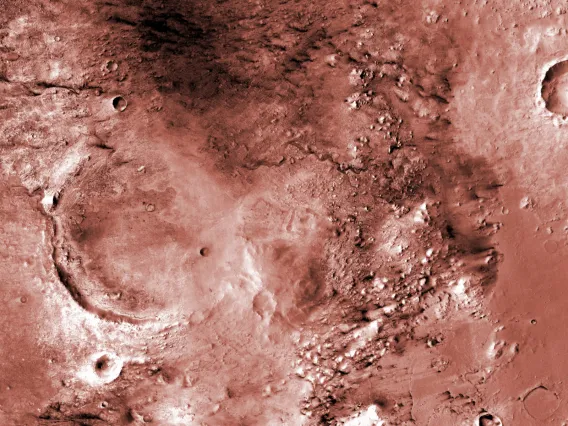
Planetary Surfaces
Planetary Surfaces
×Planetary surfaces are influenced by their interior processes (e.g. volcanoes), exterior effects (e.g. impact cratering) and their atmospheres (e.g. wind and rain) and so can be incredibly informative when it comes to figuring out a planet’s history. The decade from the mid-1960s to mid-1970s saw the exploration of much of the inner solar system with the photography of surfaces of the Moon (including its unseen far-side), Mercury and Mars. LPL’s previous work on telescopic mapping of the lunar surface had left it well prepared to play leading roles in most of these missions and the interpretation of the data they returned. In the following decades, LPL continued contributing to the study of planetary surfaces around the solar system with cameras aboard the Mars Pathfinder mission, the Huygens lander on Saturn’s moon Titan and the operation of the Phoenix lander on Mars. The study of these surfaces has also grown in sophistication and now includes analysis of surface composition from remote spacecraft as well as analysis of returned samples here in the laboratory.
Today at Mars, LPL is operating the HiRISE camera aboard Mars Reconnaissance Orbiter, which takes higher resolution images than any camera to fly on a planetary mission. LPL was home to the VIMS instrument on the Cassini spacecraft, which took images in hundreds of different colors to allow the composition of the target to be determined. LPL faculty also have ongoing involvement in numerous other instruments and missions investigating planetary surfaces.
Planetary Surfaces Group Meetings
 TAPIR
TAPIRTerrestrial And Planetary Investigations and Reconnaissance (TAPIR)
TAPIR research themes include debris-covered glaciers, terrestrial glaciers and ice sheets, Mars polar studies, and geophysical instrumentation techniques.
Planetary Surfaces Faculty

Jeffrey Andrews-Hanna
Professor
Lunar Studies, Planetary Geophysics, Planetary Surfaces, Titan & Outer Solar System
Erik Asphaug
Professor
Lunar Studies, Planetary Analogs, Planetary Geophysics, Planetary Surfaces, Small Bodies, Theoretical Astrophysics, Titan & Outer Solar System
Veronica Bray
Associate Research Professor
Lunar Studies, Planetary Analogs, Planetary Surfaces
Shane Byrne
Professor
Astrobiology, Photogrammetry, Planetary Analogs, Planetary Geophysics, Planetary Surfaces, Titan & Outer Solar System
Lynn Carter
Associate Department Head, Professor, University Distinguished Scholar
Earth, Lunar Studies, Planetary Analogs, Planetary Geophysics, Planetary Surfaces, Titan & Outer Solar System
Dani Mendoza DellaGiustina
Assistant Professor, Deputy Principal Investigator, OSIRIS-REx, Principal Investigator, OSIRIS-APEX
Earth, Photogrammetry, Planetary Analogs, Planetary Geophysics, Planetary Surfaces, Small Bodies
Caitlin Griffith
Professor Emeritus
Astrobiology, Exoplanets, Planetary Astronomy, Planetary Atmospheres, Planetary Formation and Evolution, Planetary Surfaces, Titan & Outer Solar System
Virginia Gulick
Research Professor
Astrobiology, Planetary Analogs, Planetary Surfaces
Christopher Hamilton
Associate Professor
Astrobiology, Earth, Lunar Studies, Photogrammetry, Planetary Analogs, Planetary Geophysics, Planetary Surfaces
Jack Holt
Professor, EDO Director
Earth, Planetary Analogs, Planetary Geophysics, Planetary Surfaces
Alfred McEwen
Regents Professor
Astrobiology, Lunar Studies, Photogrammetry, Planetary Analogs, Planetary Geophysics, Planetary Surfaces
Stefano Nerozzi
Assistant Research Professor
Earth, Planetary Analogs, Planetary Geophysics, Planetary Surfaces
Vishnu Reddy
Professor
Cosmochemistry, Planetary Astronomy, Planetary Surfaces, Small Bodies, Space Situational AwarenessPlanetary Surfaces Researchers

Roberto Aguilar
PTYS Graduate Student
Photogrammetry, Planetary Surfaces
Namya Baijal
PTYS Graduate Student
Planetary Geophysics, Planetary Surfaces, Small Bodies
Brett Carr
Researcher/Scientist
Earth, Lunar Studies, Photogrammetry, Planetary Analogs, Planetary Surfaces
Rishi Chandra
PTYS Graduate Student
Earth, Lunar Studies, Planetary Analogs, Planetary Geophysics, Planetary Surfaces, Small Bodies
Matthew Chojnacki
DCC Associate Research (McEwen)
Photogrammetry, Planetary Surfaces, Small Bodies
Claire Cook
PTYS Graduate Student
Photogrammetry, Planetary Analogs, Planetary Geophysics, Planetary Surfaces, Titan & Outer Solar System
Michael Daniel
PTYS Graduate Student
Earth, Planetary Surfaces
Ruby Fulford
PTYS Graduate Student
Astrobiology, Planetary Geophysics, Planetary Surfaces, Small Bodies, Titan & Outer Solar System
Gabriel Gowman
PTYS Graduate Student
Planetary Surfaces
Nathan Hadland
PTYS Graduate Student
Astrobiology, Earth, Planetary Analogs, Planetary Surfaces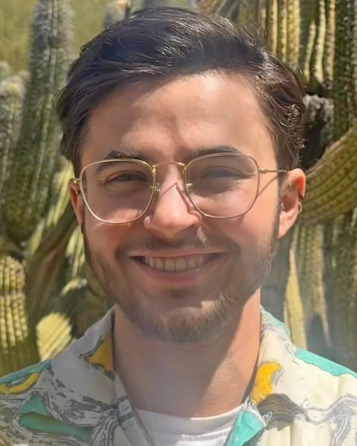
Orion Hon
PTYS Graduate Student
Planetary Surfaces
Rowan Huang
PTYS Graduate Student
Photogrammetry, Planetary Surfaces
Rocio Jacobo Bojorquez
PTYS Graduate Student
Planetary Surfaces
Erich Karkoschka
Research Scientist/Senior Staff Scientist
Planetary Astronomy, Planetary Atmospheres, Planetary Surfaces, Titan & Outer Solar System
Euibin Kim
PTYS Graduate Student
Photogrammetry, Planetary Formation and Evolution, Planetary Surfaces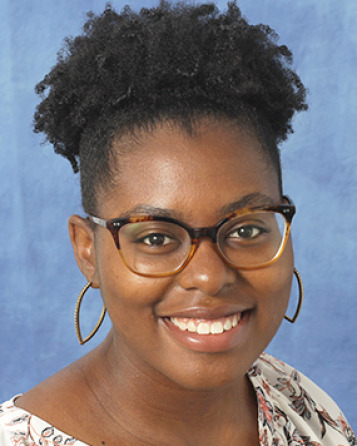
Kiana McFadden
PTYS Graduate Student
Planetary Surfaces, Small Bodies
Thea McKenna
PTYS Graduate Student
Planetary Atmospheres, Planetary Surfaces
Cole Meyer
PTYS Graduate Student
Planetary Atmospheres, Planetary Surfaces, Solar and Heliospheric Research
Samantha Moruzzi
PTYS Graduate Student
Planetary Analogs, Planetary Geophysics, Planetary Surfaces, Titan & Outer Solar System
Carter Mucha
PTYS Graduate Student
Planetary Surfaces
Michael Phillips
Researcher/Scientist
Astrobiology, Photogrammetry, Planetary Analogs, Planetary Surfaces
Andrew Ryan
Researcher/Scientist, OSIRIS-REx
Planetary Surfaces
Stephen Schwartz
DCC Associate Staff Scientist (Asphaug)
Orbital Dynamics, Planetary Astronomy, Planetary Surfaces, Small Bodies, Space Situational Awareness
Christina Singh
PTYS Graduate Student
Astrobiology, Photogrammetry, Planetary Analogs, Planetary Surfaces
Sarah Sutton
Photogrammetry Program Lead, HiRISE, Researcher/Scientist
Earth, Lunar Studies, Photogrammetry, Planetary Analogs, Planetary Surfaces, Small Bodies
Wesley Tucker
Postdoctoral Research Associate
Planetary Analogs, Planetary Geophysics, Planetary Surfaces, Titan & Outer Solar System
Robin Van Auken
PTYS Graduate Student
Planetary Formation and Evolution, Planetary SurfacesPlanetary Surfaces Support Staff

Singleton Papendick
Science Operations Engineer, HiRISE
Earth, Planetary Surfaces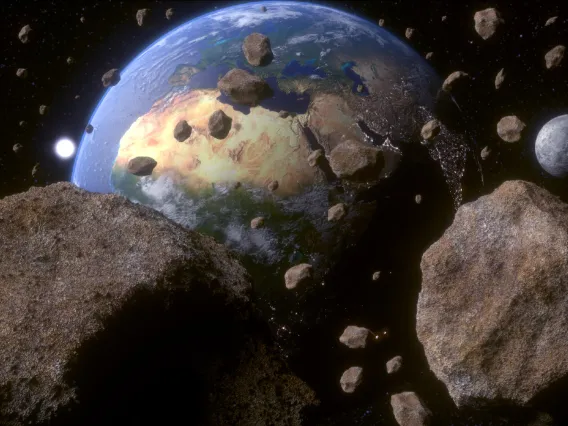
Small Bodies
Small Bodies
×LPL has long been a leader in researching the small bodies of the solar system. Active research includes:
- Two world-renowned groundbased asteroid survey programs: SPACEWATCH®, directed by Dr. Melissa Brucker, claims a number of firsts in hunting for small bodies, many related to being the first to use CCD-scanning routinely; and Catalina Sky Survey, under the direction of Carson Fuls, has led the world in asteroid discoveries each year since 2005.
- The first American asteroid sample-return mission. OSIRIS-REx, with Professor Dante Lauretta as the Principal Investigator, was launched in 2016, arrived at asteroid Bennu in 2018, began its return to Earth in 2021, and is on track for Fall 2023 delivery.
- The OSIRIS-APEX mission, led by Assistant Professor Dani DellaGiustina, will reprise the discoveries of the OSIRIS-REx spacecraft at a second asteroid, Apophis.
- Several groups active in meteorite research, led by professors Jessica Barnes, Pierre Haenecour, Dante Lauretta, and Tom Zega.
- Research into the orbital evolution of the main asteroid belt and the Kuiper Belt, led by Regents Professor Renu Malhotra.
- LPL also has a long history of comet research, which continues with new and ongoing studies by Professor Walter Harris and Professor Emeritus Uwe Fink.
 Catalina Sky Survey
Catalina Sky Survey SPACEWATCH®
SPACEWATCH® OSIRIS-REx
OSIRIS-REx OSIRIS-APEX
OSIRIS-APEXSmall Bodies Faculty

Erik Asphaug
Professor
Lunar Studies, Planetary Analogs, Planetary Geophysics, Planetary Surfaces, Small Bodies, Theoretical Astrophysics, Titan & Outer Solar System
William Boynton
Professor Emeritus
Astrobiology, Cosmochemistry, Lunar Studies, Small Bodies
Dani Mendoza DellaGiustina
Assistant Professor, Deputy Principal Investigator, OSIRIS-REx, Principal Investigator, OSIRIS-APEX
Earth, Photogrammetry, Planetary Analogs, Planetary Geophysics, Planetary Surfaces, Small Bodies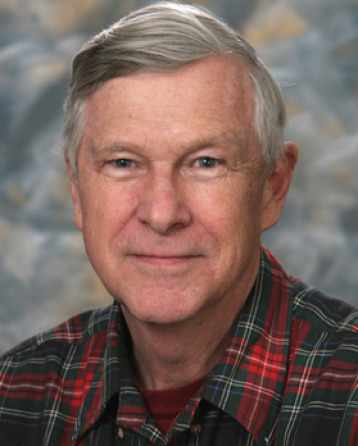
Uwe Fink
Professor Emeritus
Small Bodies
Pierre Haenecour
Assistant Professor
Astrobiology, Cosmochemistry, Planetary Astronomy, Small Bodies
Walter Harris
Professor
Planetary Astronomy, Planetary Atmospheres, Small Bodies, Solar and Heliospheric Research
Ellen Howell
Research Professor
Small Bodies
Dante Lauretta
Director, Arizona Astrobiology Center, Principal Investigator, OSIRIS-REx, Regents Professor
Astrobiology, Cosmochemistry, Small Bodies
Renu Malhotra
Louise Foucar Marshall Science Research Professor, Regents Professor
Astrobiology, Exoplanets, Orbital Dynamics, Planetary Formation and Evolution, Small Bodies, Theoretical Astrophysics
Angela Marusiak
Assistant Research Professor
Lunar Studies, Planetary Analogs, Planetary Geophysics, Small Bodies, Titan & Outer Solar System
Robert (Bob) McMillan
Research Professor (Retired)
Asteroid Surveys, Planetary Astronomy, Small Bodies
Michael Nolan
Deputy Principal Investigator, OSIRIS-APEX, Research Professor
Small Bodies
Vishnu Reddy
Professor
Cosmochemistry, Planetary Astronomy, Planetary Surfaces, Small Bodies, Space Situational Awareness
Timothy Swindle
Professor Emeritus
Cosmochemistry, Lunar Studies, Small Bodies, Theoretical Astrophysics
Tom Zega
Professor
Astrobiology, Cosmochemistry, Small BodiesSmall Bodies Researchers

Namya Baijal
PTYS Graduate Student
Planetary Geophysics, Planetary Surfaces, Small Bodies
Adam Battle
R&D Software Engineer, SPACE 4 Center
Asteroid Surveys, Small Bodies, Space Situational Awareness
Jacob Bernal
DCC Postdoctoral Research Associate (Zega), NSF Postdoctoral Fellow
Astrobiology, Cosmochemistry, Small Bodies
Melissa Brucker
Principal Investigator, Spacewatch, Research Scientist
Asteroid Surveys, Small Bodies
David Cantillo
PTYS Graduate Student
Astrobiology, Small Bodies, Space Situational Awareness
Rishi Chandra
PTYS Graduate Student
Earth, Lunar Studies, Planetary Analogs, Planetary Geophysics, Planetary Surfaces, Small Bodies
Laura Chaves
Postdoctoral Research Associate
Cosmochemistry, Small Bodies
Matthew Chojnacki
DCC Associate Research (McEwen)
Photogrammetry, Planetary Surfaces, Small Bodies
Jason Corliss
Research Scientist/Senior Staff Scientist
Planetary Astronomy, Planetary Atmospheres, Small Bodies, Solar and Heliospheric Research
Samuel Crossley
Researcher/Scientist
Cosmochemistry, Planetary Analogs, Planetary Formation and Evolution, Small Bodies
Ruby Fulford
PTYS Graduate Student
Astrobiology, Planetary Geophysics, Planetary Surfaces, Small Bodies, Titan & Outer Solar System
Carson Fuls
Director, Catalina Sky Survey, PTYS Graduate Student
Asteroid Surveys, Small Bodies
Dathon Golish
Mission Instrument and Observation Scientist
Photogrammetry, Small Bodies
Devin Hoover
PTYS Graduate Student
Small Bodies
Kana Ishimaru
PTYS Graduate Student
Cosmochemistry, Small Bodies
Steve Larson
Research Scientist/Senior Staff Scientist
Asteroid Surveys, Small Bodies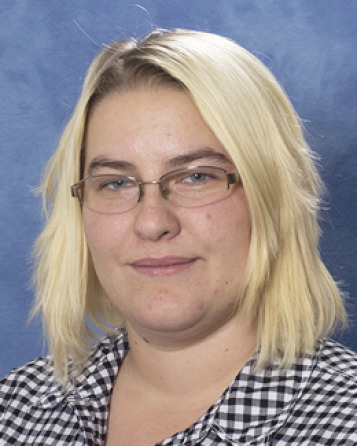
Cassandra Lejoly
Research Scientist/Observer, Spacewatch
Small Bodies
Kiana McFadden
PTYS Graduate Student
Planetary Surfaces, Small Bodies
Robert Melikyan
PTYS Graduate Student
Orbital Dynamics, Small Bodies
Stephen Schwartz
DCC Associate Staff Scientist (Asphaug)
Orbital Dynamics, Planetary Astronomy, Planetary Surfaces, Small Bodies, Space Situational Awareness
Sarah Sutton
Photogrammetry Program Lead, HiRISE, Researcher/Scientist
Earth, Lunar Studies, Photogrammetry, Planetary Analogs, Planetary Surfaces, Small BodiesSmall Bodies Support Staff

Dolores Hill
Research Specialist, Senior
Cosmochemistry, Small Bodies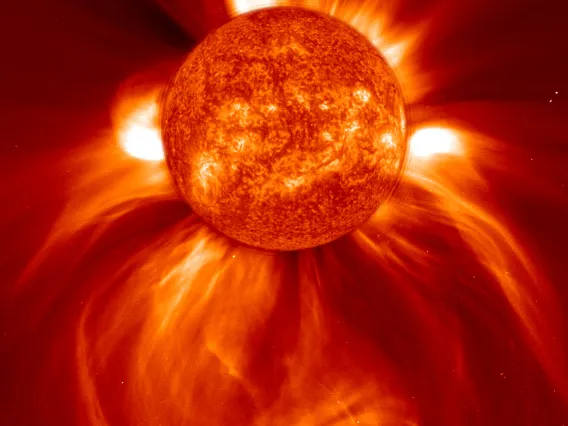
Solar & Heliospheric
Solar and Heliospheric Research
×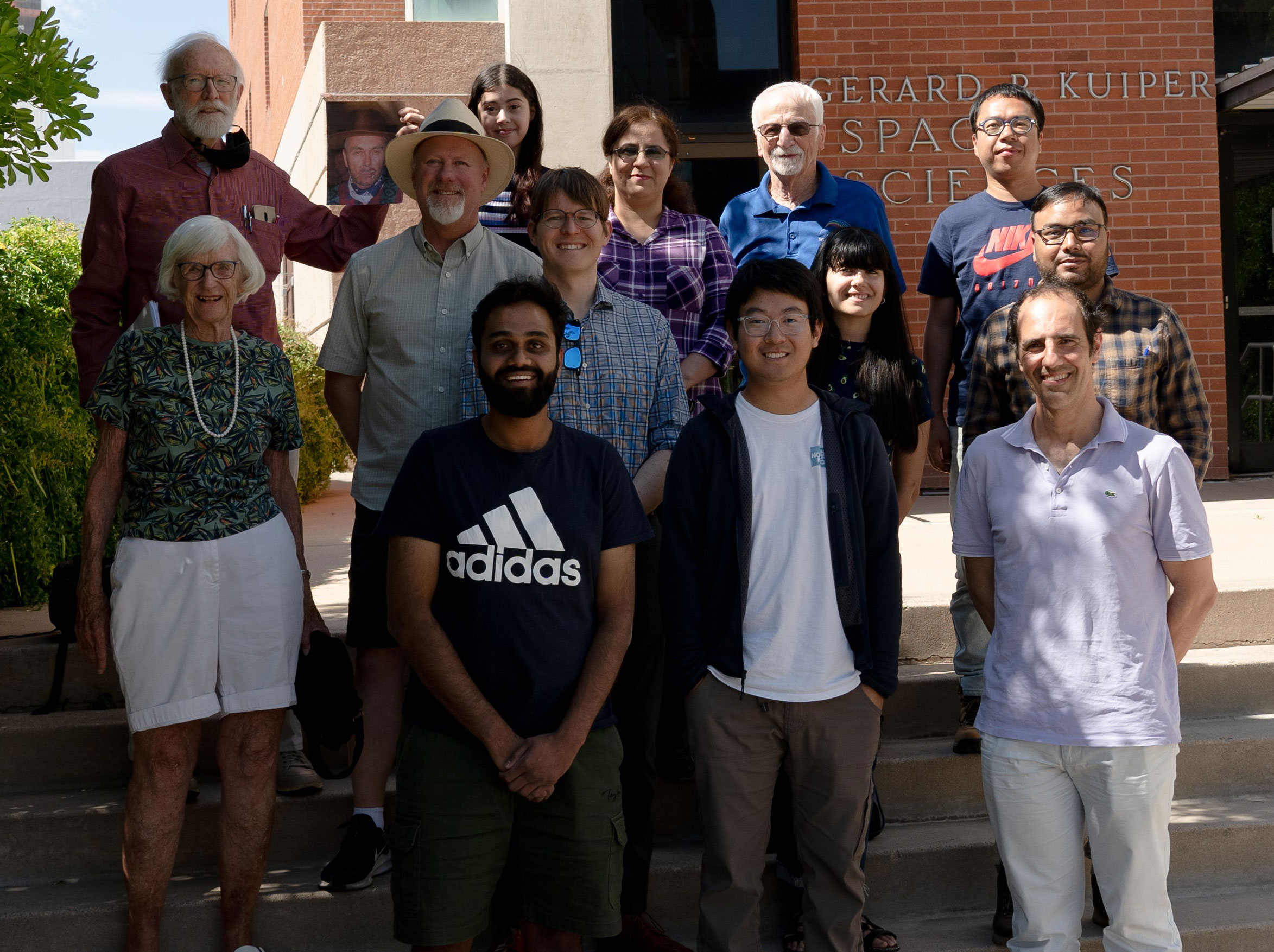 Heliophysics Research Group
Heliophysics Research GroupSolar and Heliospheric Research Group
The Lunar and Planetary Laboratory has had a long history studying the Sun’s atmosphere and magnetic field as it moves outward at supersonic speeds throughout the solar system until it encounters the local interstellar medium. The region of the interstellar space near the Sun that is ‘carved out’ by the solar wind is known as the Heliosphere. Current LPL researchers study many different aspects of the Heliosphere, including how it affects the transport of galactic cosmic rays within the solar system, as well as the acceleration and transport of high-energy solar particles, both of which comprise the space radiation environment. LPL researchers have had significant involvement in the Voyager spacecraft missions which are currently exploring the boundaries of the Heliosphere, as well as involvement with other spacecraft missions aimed at studying the Sun and solar wind, such as the Advanced Composition Explorer and Ulysses, and also in the "mission to touch the Sun," Parker Solar Probe.
Solar & Heliospheric Faculty

Joe Giacalone
Professor
Solar and Heliospheric Research, Theoretical Astrophysics
Walter Harris
Professor
Planetary Astronomy, Planetary Atmospheres, Small Bodies, Solar and Heliospheric Research
Kristopher Klein
Associate Professor
Solar and Heliospheric Research, Theoretical Astrophysics
Jozsef Kota
Senior Research Scientist (Retired)
Solar and Heliospheric Research, Theoretical AstrophysicsSolar & Heliospheric Researchers

Jason Corliss
Research Scientist/Senior Staff Scientist
Planetary Astronomy, Planetary Atmospheres, Small Bodies, Solar and Heliospheric Research
Mark Giampapa
DCC Visiting Research Scholar (Giacalone)
Solar and Heliospheric Research
Jack Harvey
DCC Visiting Research Scholar (Giacalone)
Solar and Heliospheric Research
John Leibacher
DCC Visiting Research Scholar (Giacalone)
Solar and Heliospheric Research
Mihailo Martinović
Researcher/Scientist
Solar and Heliospheric Research
Cole Meyer
PTYS Graduate Student
Planetary Atmospheres, Planetary Surfaces, Solar and Heliospheric Research
Ashraf Moradi
Postdoctoral Research Associate
Solar and Heliospheric Research
Marcia Neugebauer
DCC Visiting Research Scientist (Giacalone)
Solar and Heliospheric Research
Tyler Reese
PTYS Graduate Student
Planetary Atmospheres, Solar and Heliospheric Research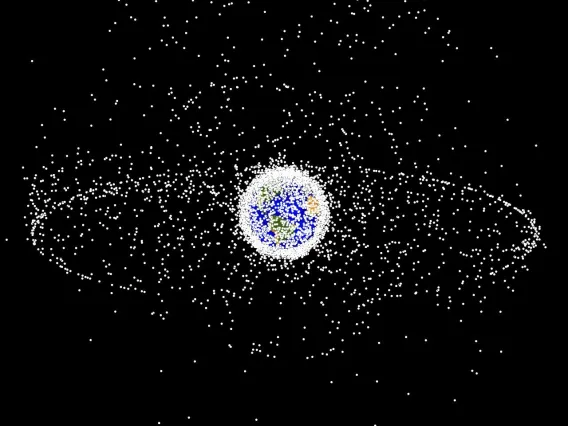
Space Situational Awareness
Space Situational Awareness
×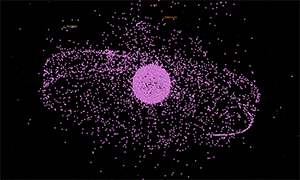 Reddy Research Group
Reddy Research GroupOrbital space around our Earth is congested, contested and competitive. Our research group is actively working to ensure sustainable management of this valuable resource for future generations. Our spectroscopy lab is capable of characterizing space material under space-like conditions so we can better interpret spectral properties of objects in Earth orbit and uniquely identify them. We have a dedicated telescope for collecting visible wavelength spectral data (0.35-1.0 µm) of space objects. Undergraduate engineering students built the RAPTORS telescope that will enable us to characterize objects in geostationary belt.
Projects related to small bodies include characterization of near-Earth asteroids for planetary defense, asteroid-meteorite link, rapid recovery of meteorites using radar and ground-based support for spacecraft missions. Space surveillance topics of interest include daytime imaging, telescopic and laboratory spectral characterization of space materials, sensor tasking, and cyber infrastructure for big data.
Space Situational Awareness Faculty

Vishnu Reddy
Professor
Cosmochemistry, Planetary Astronomy, Planetary Surfaces, Small Bodies, Space Situational AwarenessSpace Situational Awareness Researchers

Adam Battle
R&D Software Engineer, SPACE 4 Center
Asteroid Surveys, Small Bodies, Space Situational Awareness
David Cantillo
PTYS Graduate Student
Astrobiology, Small Bodies, Space Situational Awareness
Stephen Schwartz
DCC Associate Staff Scientist (Asphaug)
Orbital Dynamics, Planetary Astronomy, Planetary Surfaces, Small Bodies, Space Situational Awareness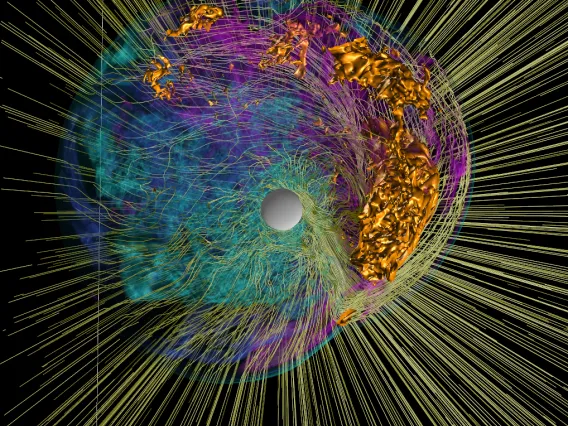
Theoretical Astrophysics
Theoretical Astrophysics
×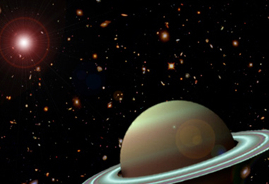 Theoretical Astrophysics Program
Theoretical Astrophysics ProgramTheoretical Astrophysics Program
In 1985, the University of Arizona consolidated its traditional and long-standing strength in astronomy and planetary sciences through an interdisciplinary program in theoretical astrophysics that includes the departments of Physics, Astronomy, Planetary Sciences (LPL), and Applied Mathematics Departments, as well as the National Optical Astronomy Observatory. The Theoretical Astrophysics Program (TAP) administers a Monday colloquium series, graduate student research and recruitment prizes, a postdoctoral fellowship, and a visitor program.
Theoretical Astrophysics Faculty

Erik Asphaug
Professor
Lunar Studies, Planetary Analogs, Planetary Geophysics, Planetary Surfaces, Small Bodies, Theoretical Astrophysics, Titan & Outer Solar System
Joe Giacalone
Professor
Solar and Heliospheric Research, Theoretical Astrophysics
William Hubbard
Professor Emeritus
Exoplanets, Planetary Atmospheres, Planetary Formation and Evolution, Theoretical Astrophysics, Titan & Outer Solar System
Kristopher Klein
Associate Professor
Solar and Heliospheric Research, Theoretical Astrophysics
Jozsef Kota
Senior Research Scientist (Retired)
Solar and Heliospheric Research, Theoretical Astrophysics
Renu Malhotra
Louise Foucar Marshall Science Research Professor, Regents Professor
Astrobiology, Exoplanets, Orbital Dynamics, Planetary Formation and Evolution, Small Bodies, Theoretical Astrophysics
Isamu Matsuyama
Professor
Astrobiology, Exoplanets, Lunar Studies, Planetary Formation and Evolution, Planetary Geophysics, Theoretical Astrophysics, Titan & Outer Solar System
Sukrit Ranjan
Assistant Professor
Astrobiology, Earth, Exoplanets, Planetary Atmospheres, Planetary Formation and Evolution, Theoretical Astrophysics
Timothy Swindle
Professor Emeritus
Cosmochemistry, Lunar Studies, Small Bodies, Theoretical AstrophysicsTheoretical Astrophysics Researchers

Feng Long
Postdoctoral Research Associate, Sagan Fellow
Planetary Formation and Evolution, Theoretical Astrophysics
Fuda Nguyen
PTYS Graduate Student
Exoplanets, Planetary Atmospheres, Planetary Formation and Evolution, Theoretical Astrophysics
Anna Taylor
PTYS Graduate Student
Exoplanets, Planetary Atmospheres, Theoretical Astrophysics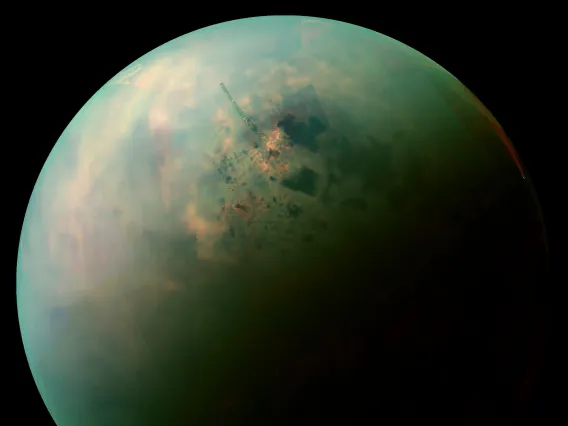
Titan & Outer Solar System
Titan & Outer Solar System
×Titan Media
Tour of Titan from Cassini-VIMS: 30 Years of Exploration
Video by Cassini VIMS team
The Cassini/VIMS team, based at LPL, has created an unparalleled map of Titan, which is a culmination of nearly 3 decades of effort by a diverse team of dedicated people. Custom mapping software sewed together the best Titan data collected during over 100 flybys of Saturn’s largest moon, and months of detailed adjustments to lighting and mosaic seams produced the most complete hyperspectral map of Titan in existence. This video commemorates our achievements—technical and artistic - and conveys in some small way the emotions felt by the group of dedicated people who worked on VIMS and Cassini-Huygens. This mission is a human achievement of the highest order, and for those who worked on it, pride in the mission will stay with us the rest of our lives.
Download (MP4 720P)
Additional Videos
- Approaching Titan a Billion Times Closer (MP4)
- The View from Huygens on January 14, 2005 (MP4)
- The Descent Imager/Spectral Radiometer During the Descent of Huygens onto Titan on January 14, 2005 (MP4)
- Read the Full Description
Titan & Outer Solar System Faculty

Jeffrey Andrews-Hanna
Professor
Lunar Studies, Planetary Geophysics, Planetary Surfaces, Titan & Outer Solar System
Erik Asphaug
Professor
Lunar Studies, Planetary Analogs, Planetary Geophysics, Planetary Surfaces, Small Bodies, Theoretical Astrophysics, Titan & Outer Solar System
Shane Byrne
Professor
Astrobiology, Photogrammetry, Planetary Analogs, Planetary Geophysics, Planetary Surfaces, Titan & Outer Solar System
Lynn Carter
Associate Department Head, Professor, University Distinguished Scholar
Earth, Lunar Studies, Planetary Analogs, Planetary Geophysics, Planetary Surfaces, Titan & Outer Solar System
Caitlin Griffith
Professor Emeritus
Astrobiology, Exoplanets, Planetary Astronomy, Planetary Atmospheres, Planetary Formation and Evolution, Planetary Surfaces, Titan & Outer Solar System
William Hubbard
Professor Emeritus
Exoplanets, Planetary Atmospheres, Planetary Formation and Evolution, Theoretical Astrophysics, Titan & Outer Solar System
Tommi Koskinen
Associate Department Head, Associate Professor
Exoplanets, Planetary Atmospheres, Planetary Formation and Evolution, Titan & Outer Solar System
Angela Marusiak
Assistant Research Professor
Lunar Studies, Planetary Analogs, Planetary Geophysics, Small Bodies, Titan & Outer Solar System
Isamu Matsuyama
Professor
Astrobiology, Exoplanets, Lunar Studies, Planetary Formation and Evolution, Planetary Geophysics, Theoretical Astrophysics, Titan & Outer Solar System
Roger Yelle
Professor
Astrobiology, Exoplanets, Planetary Atmospheres, Titan & Outer Solar SystemTitan & Outer Solar System Researchers

Claire Cook
PTYS Graduate Student
Photogrammetry, Planetary Analogs, Planetary Geophysics, Planetary Surfaces, Titan & Outer Solar System
Ruby Fulford
PTYS Graduate Student
Astrobiology, Planetary Geophysics, Planetary Surfaces, Small Bodies, Titan & Outer Solar System
Erich Karkoschka
Research Scientist/Senior Staff Scientist
Planetary Astronomy, Planetary Atmospheres, Planetary Surfaces, Titan & Outer Solar System
Samantha Moruzzi
PTYS Graduate Student
Planetary Analogs, Planetary Geophysics, Planetary Surfaces, Titan & Outer Solar System
Wesley Tucker
Postdoctoral Research Associate
Planetary Analogs, Planetary Geophysics, Planetary Surfaces, Titan & Outer Solar System
